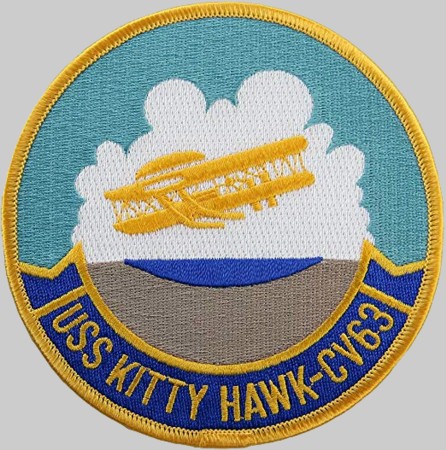 |
||
|
HOME
|
US Navy -
ships
|
US Navy - air
units
|
USMC - air
units
|
International
Navies
|
Weapon Systems
|
Special Reports |
||
|
US Navy - Aircraft Carrier CVA 63 / CV 63 - USS Kitty Hawk |
||
|
||
| 12/23 | ||
|
Type, class: Aircraft Carrier, Kitty Hawk class Builder: New York Shipbuilding Corporation, Camden, New Jersey, USA STATUS: Awarded: October 1, 1955 Laid down: December 27, 1956 Launched: May 21, 1960 Commissioned: April 29, 1961 (as CVA 63) redesignated CV 63 on April 29, 1973 Decommissioned: May 12, 2009 Fate: laid up in reserve at Naval Inactive Ship Maintenance Facility (NISMF) Bremerton, Washington stricken from the Naval Vessel Register on 20 October 2017 towed to Brownsville, Texas via the Magellan Strait in January 2022 arrived in Brownsville, Texas for scrapping in May 2022 Namesake: Kitty Hawk, North Carolina Ships Motto: ? Technical Data: see: INFO > Kitty Hawk class Aircraft Carrier - CV |
||
|
Deployments - Carrier Air Groups/Wings embarked - major maintenance periods: August 1961 - November 1961 with Carrier Air Group 11 (CVG-11) - shakedown cruise & transfer to Pacific September 1962 - April 1963 with Carrier Air Group 11 (CVG-11) - Western Pacific October 1963 - July 1964 with Carrier Air Group 11 (CVG-11) - Western Pacific August 1964 - May 1965: Drydocking Selected Restricted Availability (DSRA) at Puget Sound Naval Shipyard October 1965 - June 1966 with Carrier Air Wing 11 (CVW-11) - Western Pacific & Vietnam November 1966 - June 1967 with Carrier Air Wing 11 (CVW-11) - Western Pacific & Vietnam November 1967 - June 1968 with Carrier Air Wing 11 (CVW-11) - Western Pacific & Vietnam December 1968 - September 1969 with Carrier Air Wing 11 (CVW-11) - Western Pacific & Vietnam November 1970 - July 1971 with Carrier Air Wing 11 (CVW-11) - Western Pacific & Vietnam February 1972 - November 1972 with Carrier Air Wing 11 (CVW-11) - Western Pacific & Vietnam November 1973 - July 1974 with Carrier Air Wing 11 (CVW-11) - Western Pacific / Indian Ocean May 1975 - December 1975 with Carrier Air Wing 11 (CVW-11) - Western Pacific October 1977 - May 1978 with Carrier Air Wing 11 (CVW-11) - Western Pacific May 1979 - February 1980 with Carrier Air Wing 15 (CVW-15) - Western Pacific / Indian Ocean April 1981 - November 1981 with Carrier Air Wing 15 (CVW-15) - Western Pacific / Indian Ocean January 1984 - August 1984 with Carrier Air Wing 2 (CVW-2) - Western Pacific / Indian Ocean July 1985 - December 1985 with Carrier Air Wing 9 (CVW-9) - Western Pacific / Indian Ocean January 1987 - June 1987 with Carrier Air Wing 9 (CVW-9) - world cruise July 1987 - July 1991: Service Life Extension Program (SLEP) at Philadelphia Naval Shipyard November 1992 - May 1993 with Carrier Air Wing 15 (CVW-15) - Western Pacific / Indian Ocean / Arabian Gulf June 1994 - December 1994 with Carrier Air Wing 15 (CVW-15) - Western Pacific October 1996 - April 1997 with Carrier Air Wing 11 (CVW-11) - Western Pacific / Indian Ocean / Persian Gulf July 1998 - August 1998 carrier transfer from US West Coast to Japan: with Carrier Air Wing 9 (CVW-9) - West Coast to Hawaii with Carrier Air Wing 5 (CVW-5) - Hawaii to Japan August 1998 - May 2008 permanently forward deployed to Naval Activities Yokosuka, Japan with Carrier Air Wing 5 (CVW-5) assigned May 2008 - August 2008 with CVW-5 - carrier transfer > Yokosuka, Japan to San Diego, California |
||
| images (2007-decomm.) | ||
 ex-USS Kitty Hawk departing Naval Base Kitsap - Bremerton, Washington for her final journey to a shipbreaking facility in Brownsville, Texas via the Magellan Strait - January 15, 2022 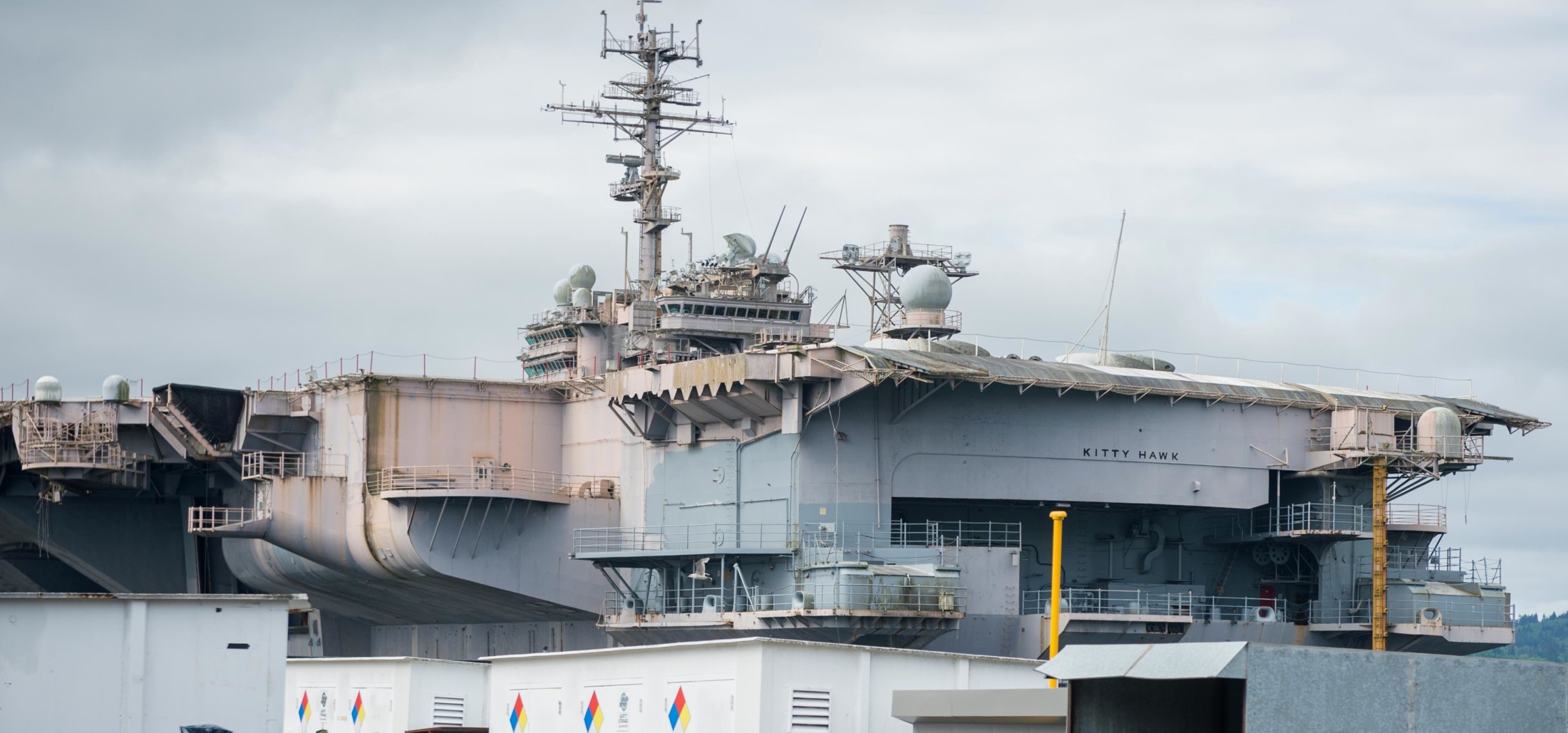 Puget Sound Naval Shipyard, Washington - May 2017  USS Kitty Hawk (CV 63) changes berth at Puget Sound Naval Shipyard in preparation for her upcoming decommissioning ceremony. Kitty Hawk will be moored along side sister ships USS Ranger (CV 61), USS Independence (CV 62), and USS Constellation (CV 64) January 14, 2009  USS Kitty Hawk (CV 63) enters Puget Sound Naval Shipyard in preparation for its decommissioning January 2009 completing 47 years of active service - September 2, 2008  Puget Sound Naval Shipyard - September 2, 2008  departing San Diego for Puget Sound, Washington - August 28, 2008 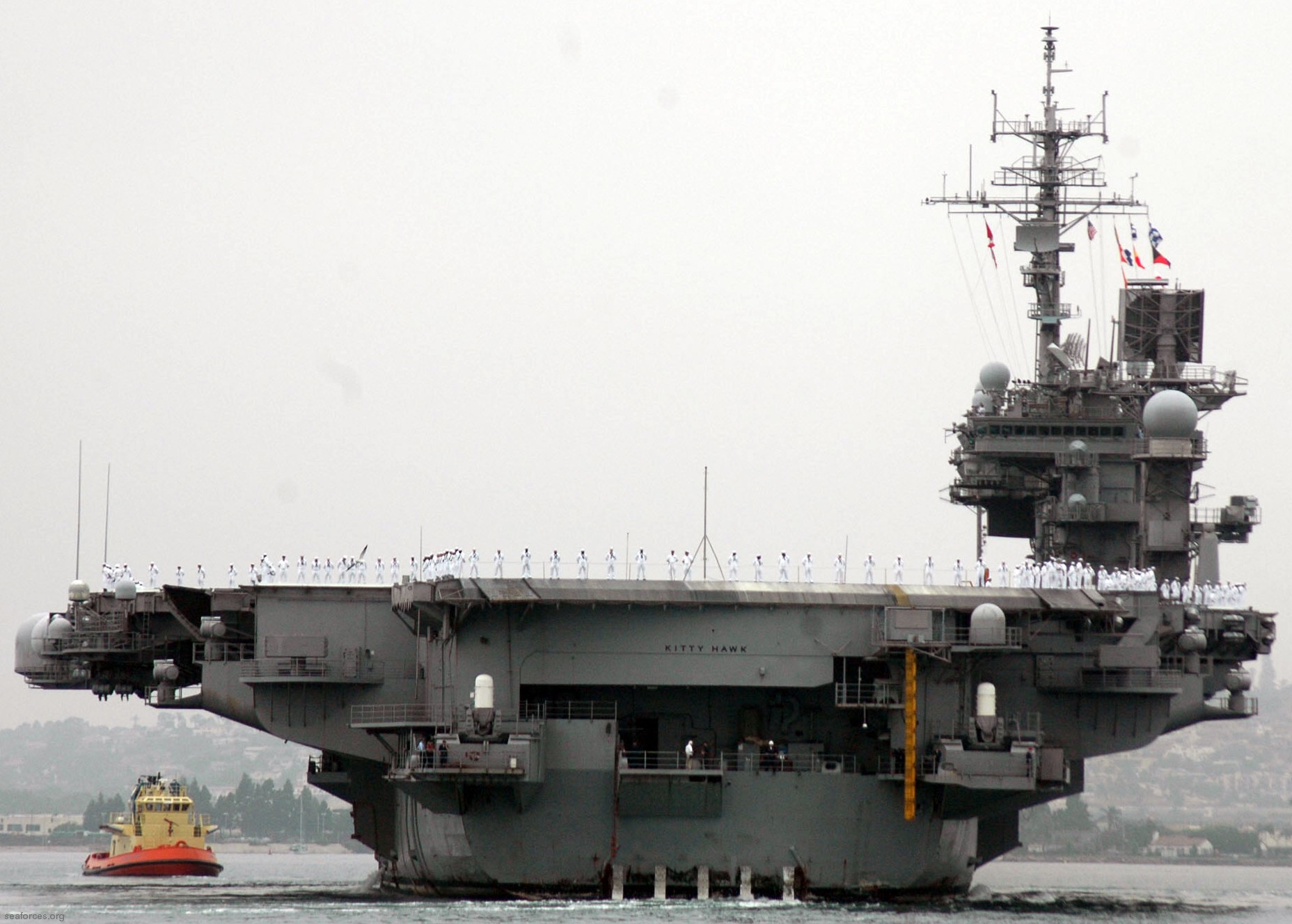 departing San Diego for Puget Sound, Washington - August 28, 2008 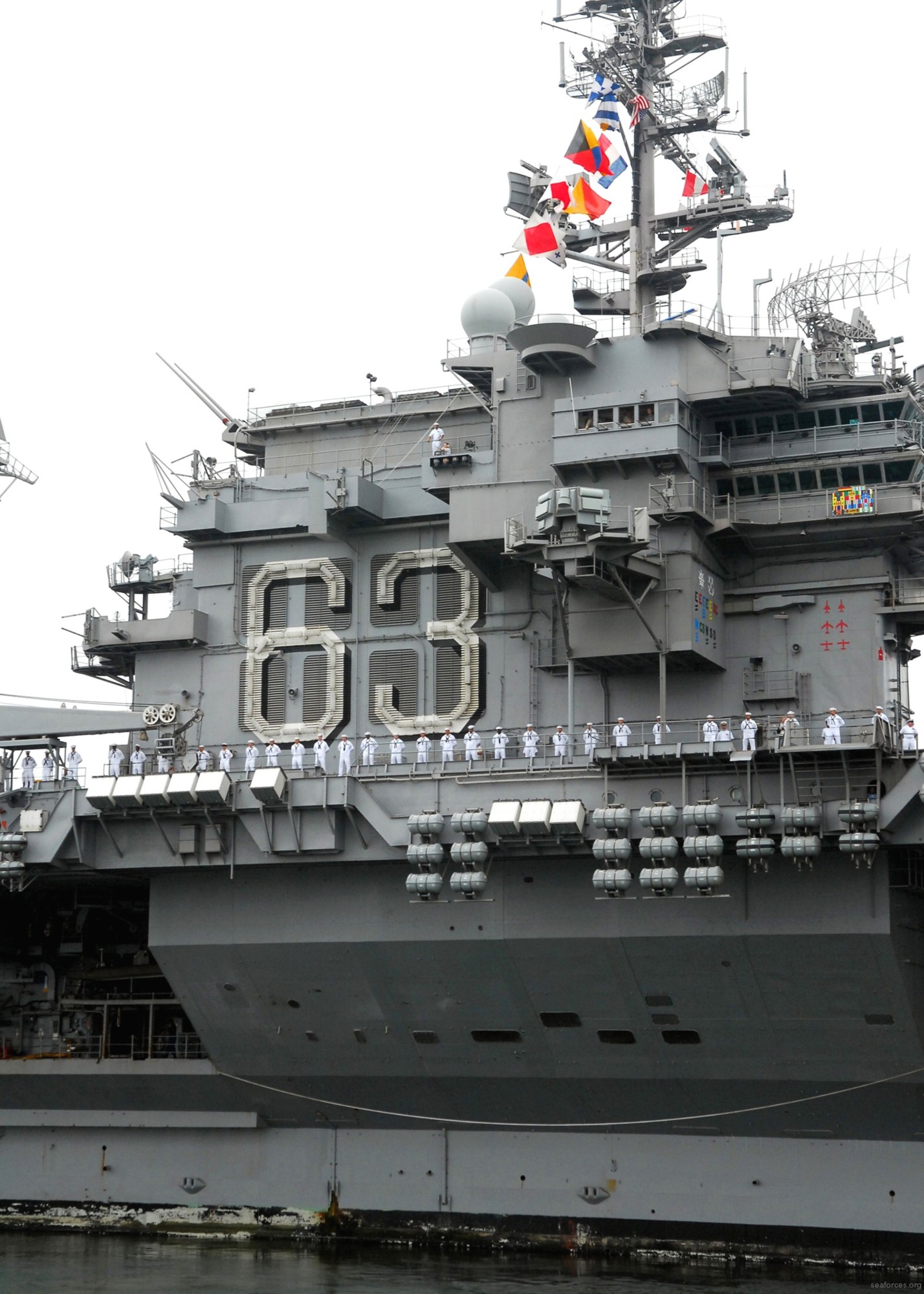 departing San Diego for Puget Sound, Washington - August 28, 2008 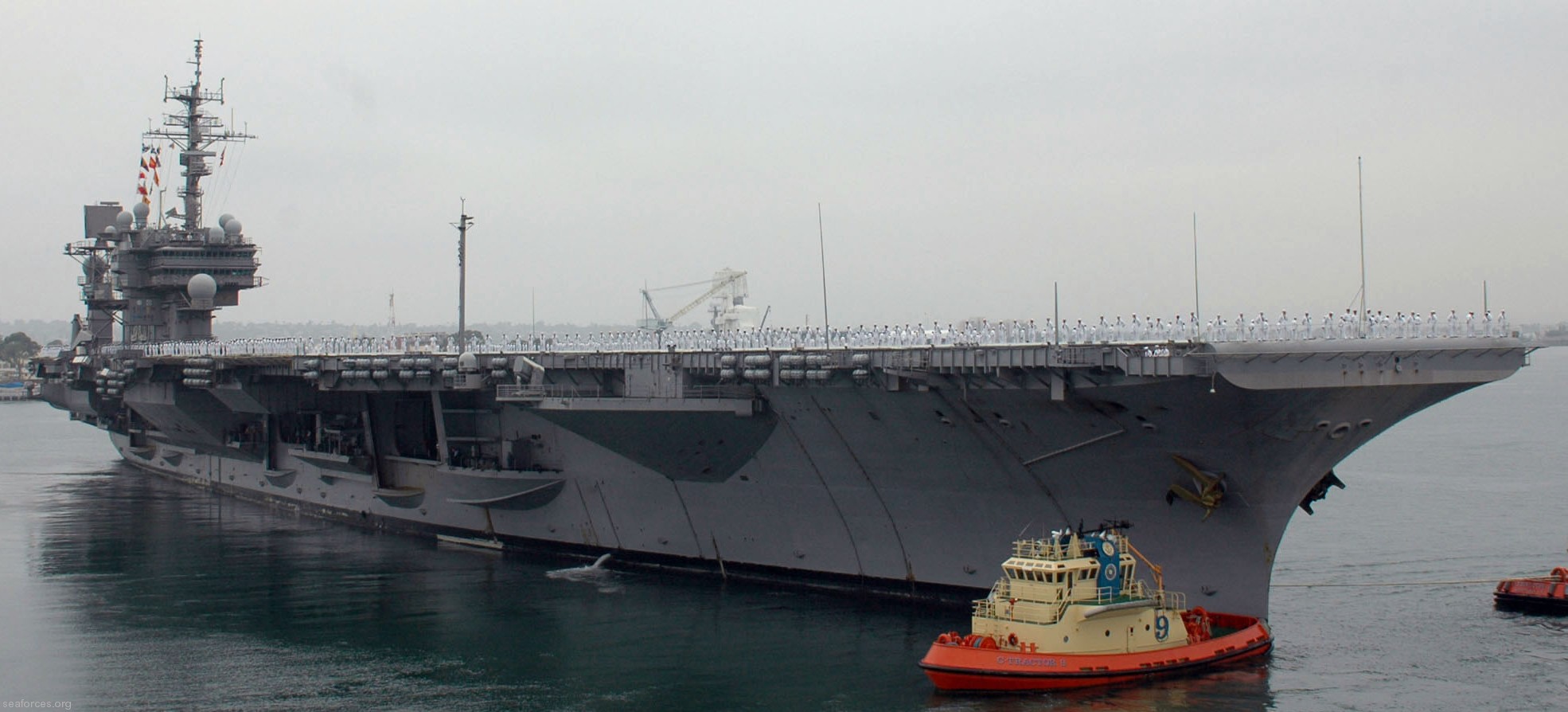 NAS North Island, California - August 2008 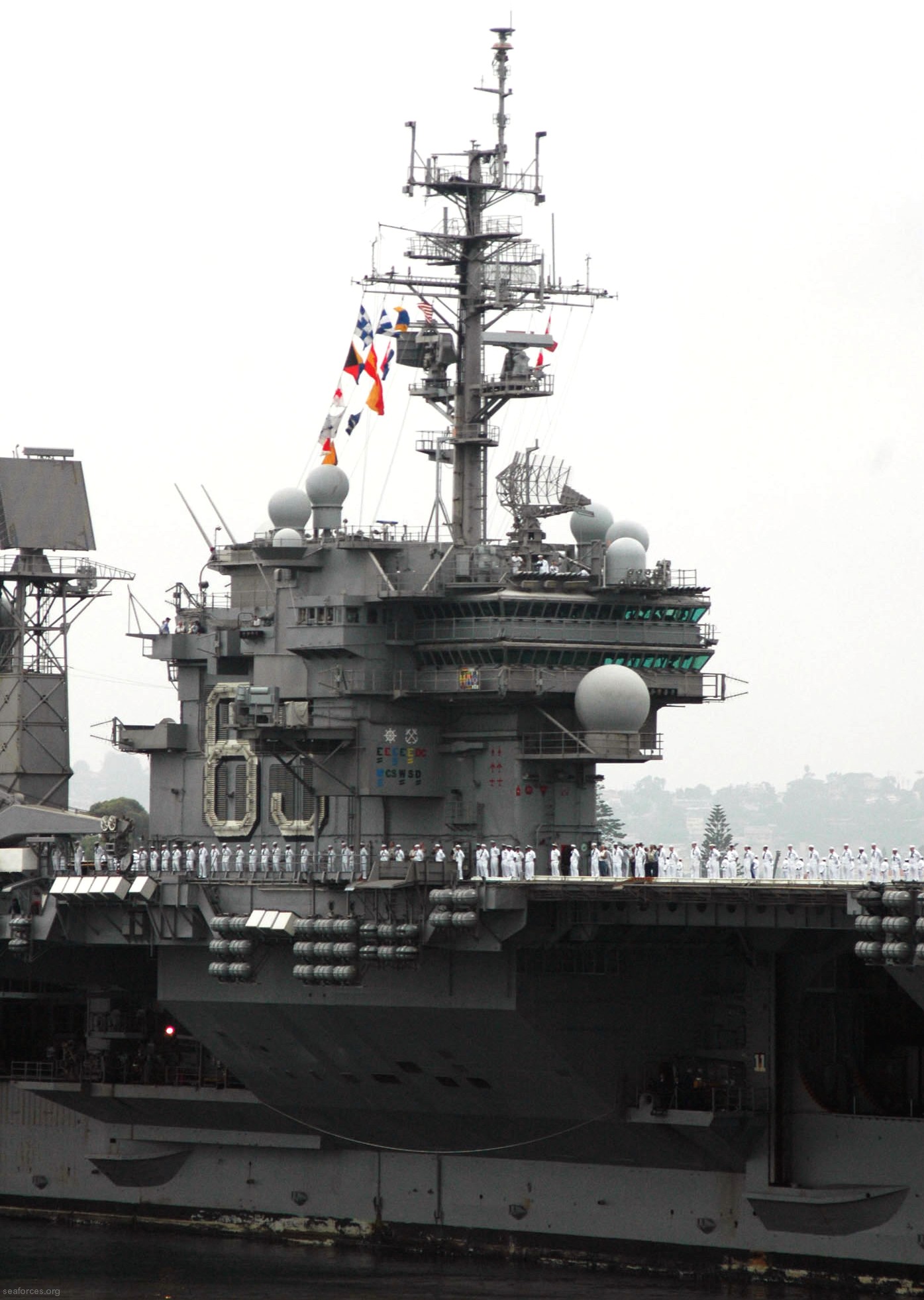 NAS North Island, California - August 2008 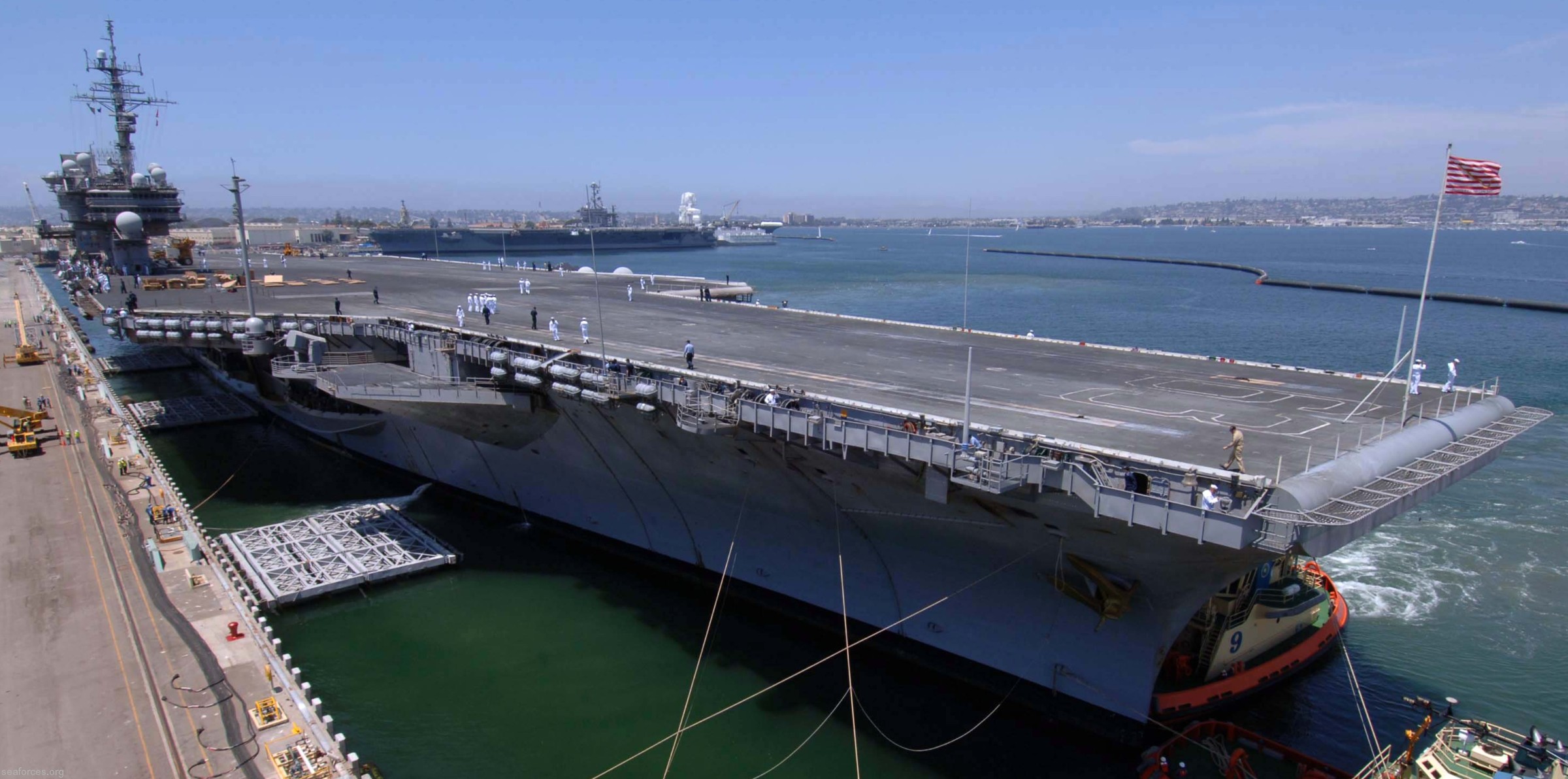 NAS North Island, California - August 7, 2008 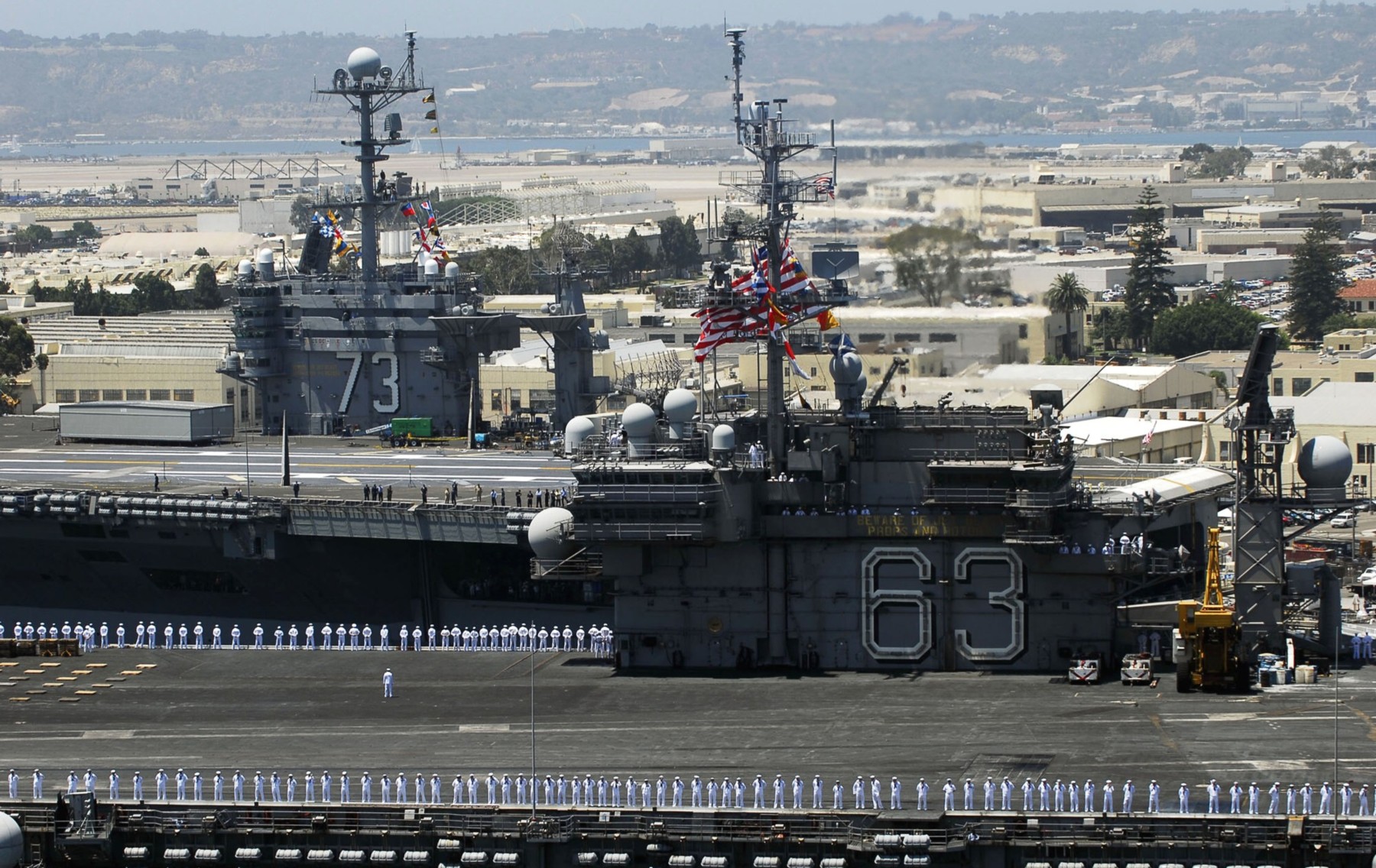 arriving at NAS North Island, California - August 7, 2008 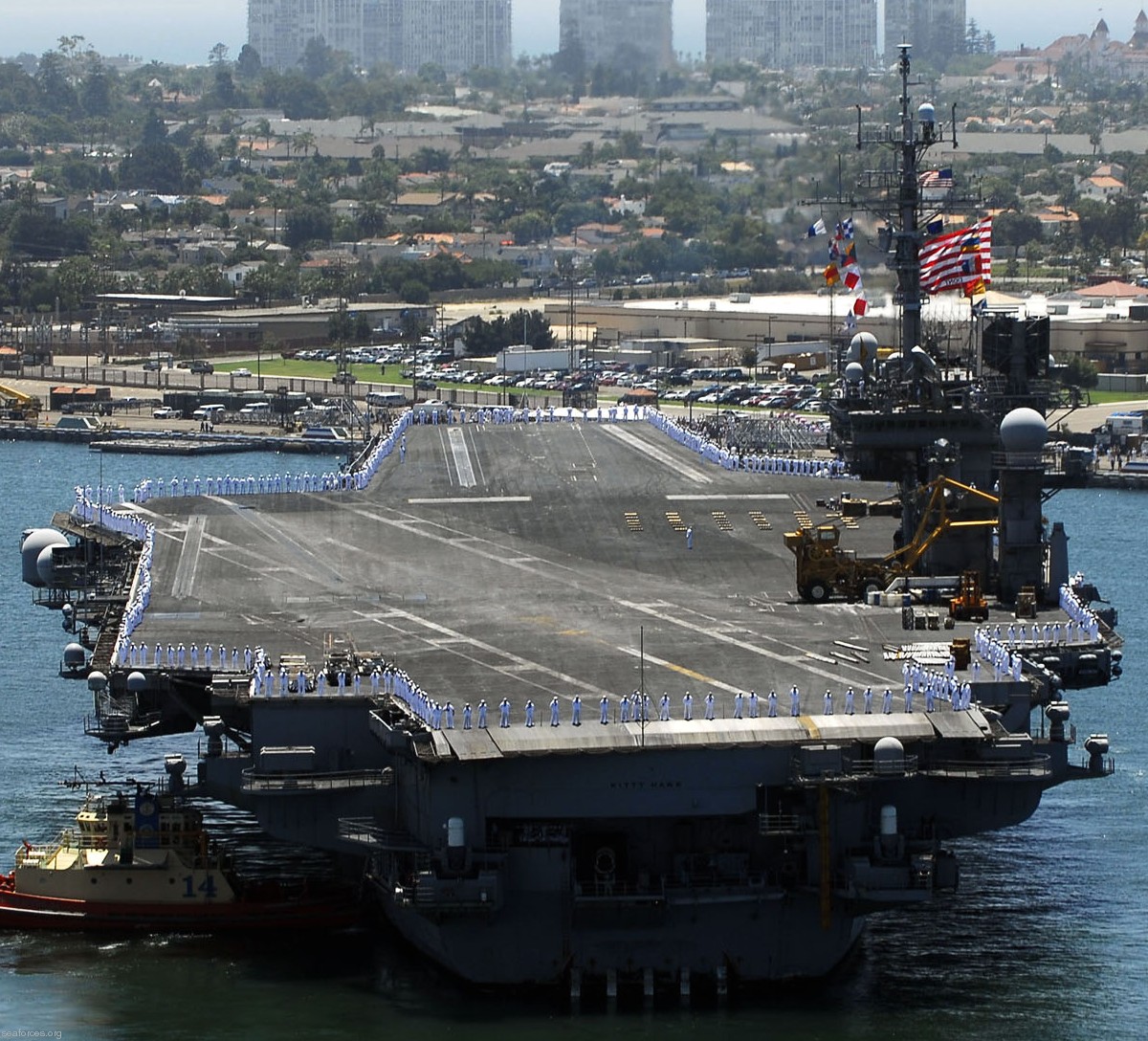 arriving at NAS North Island, California - August 7, 2008 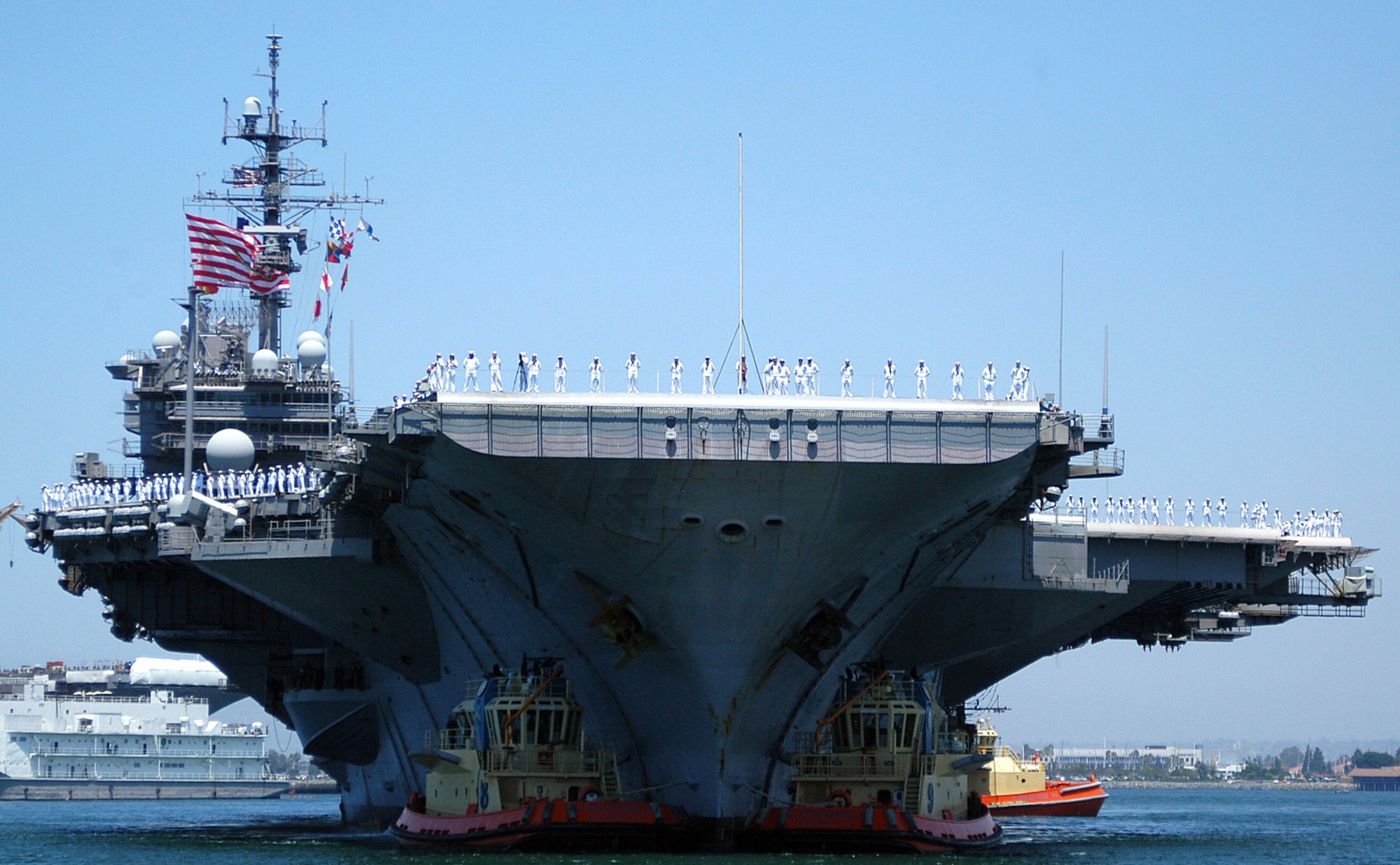 arriving at NAS North Island, California - August 7, 2008  arriving at NAS North Island, California - August 7, 2008 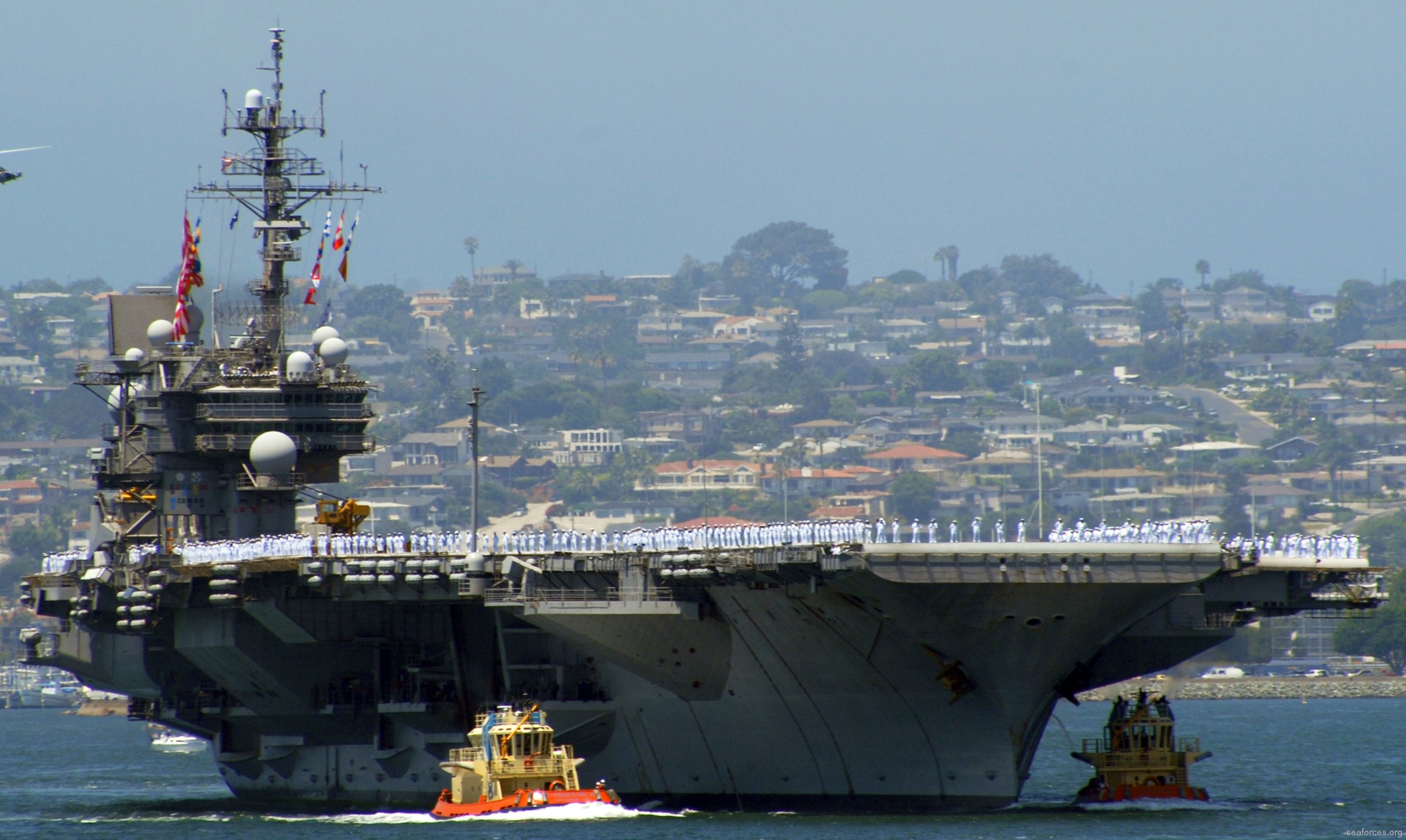 arriving at NAS North Island, California - August 7, 2008 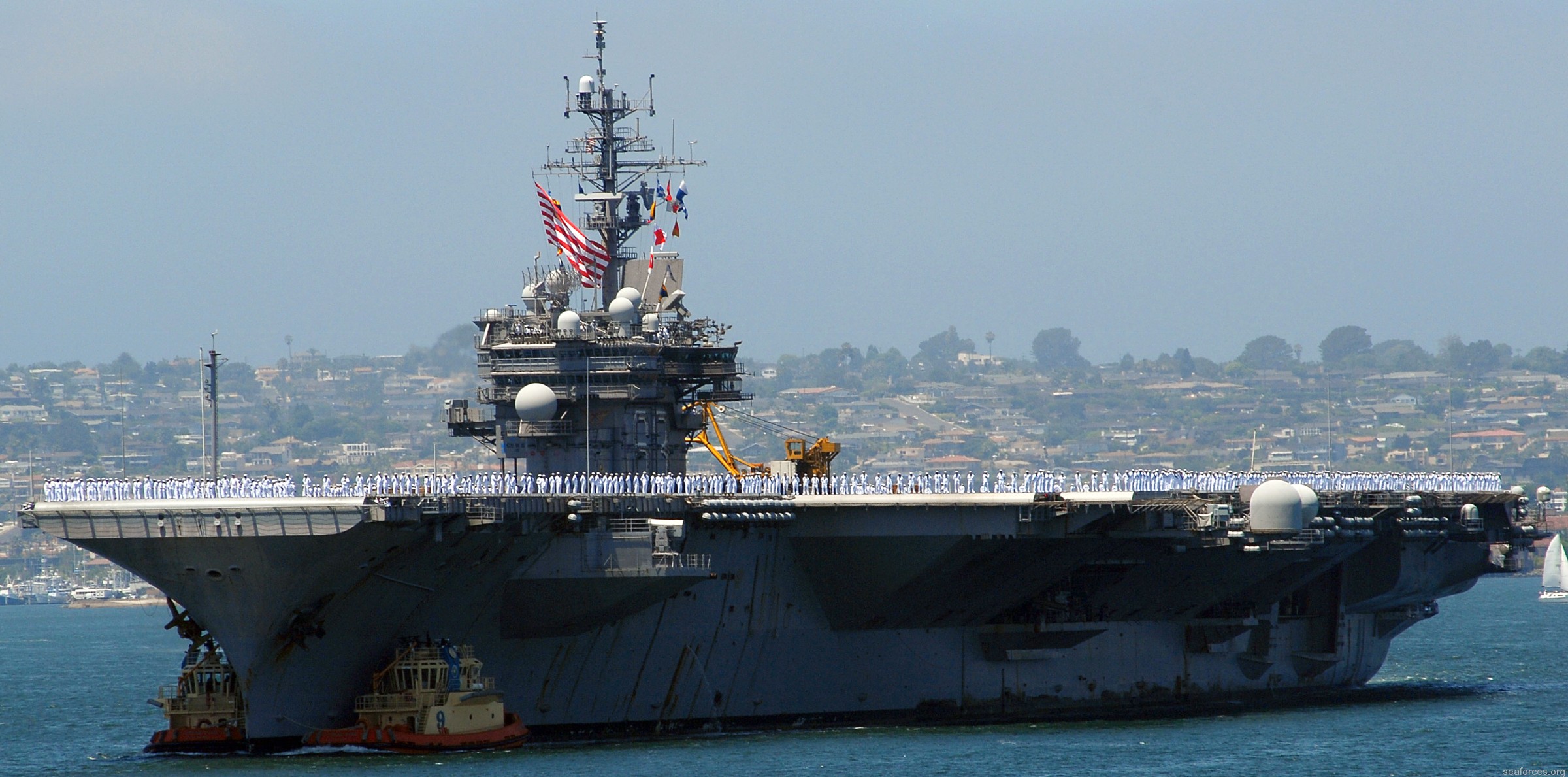 arriving at NAS North Island, California - August 7, 2008 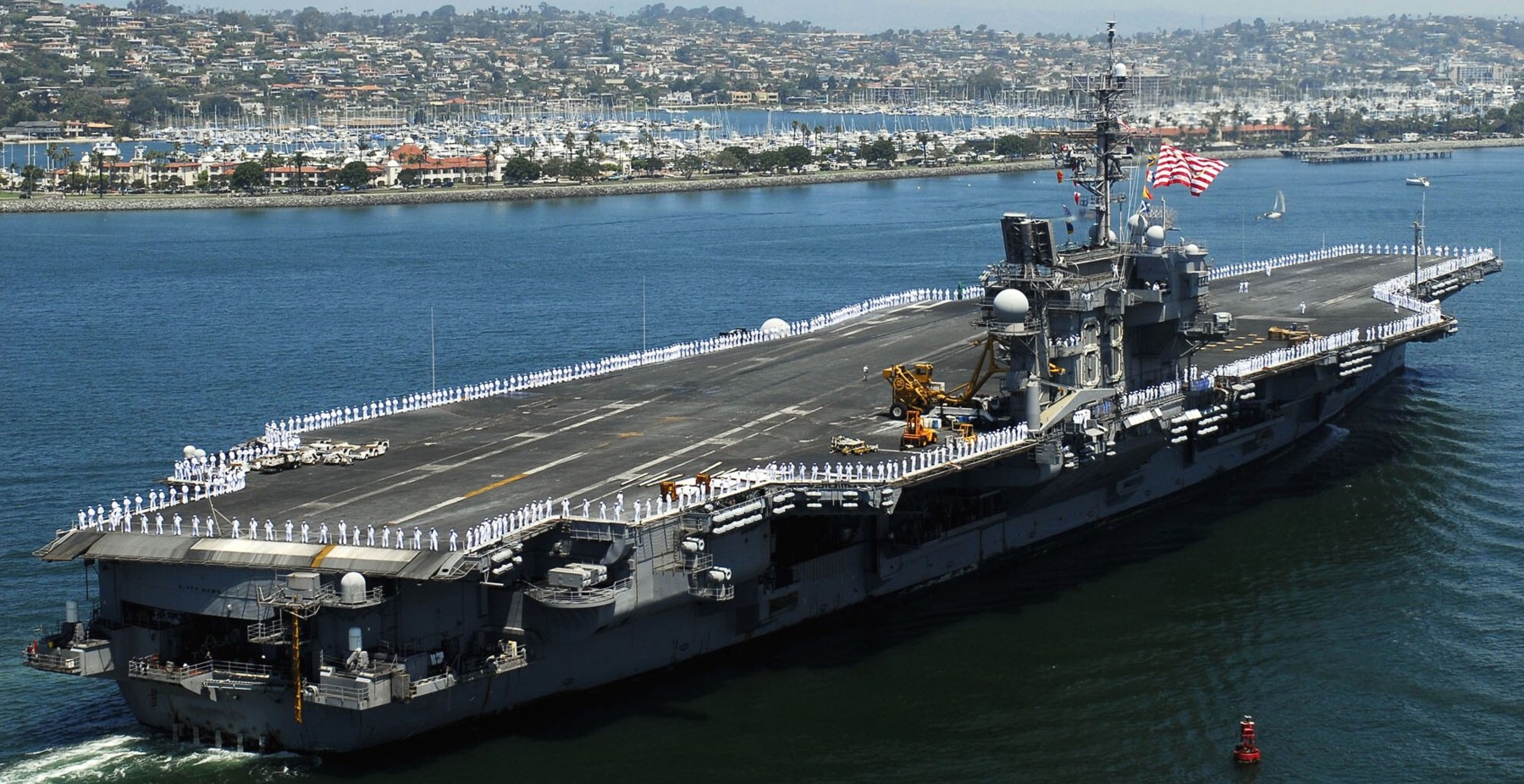 arriving at NAS North Island, California - August 7, 2008 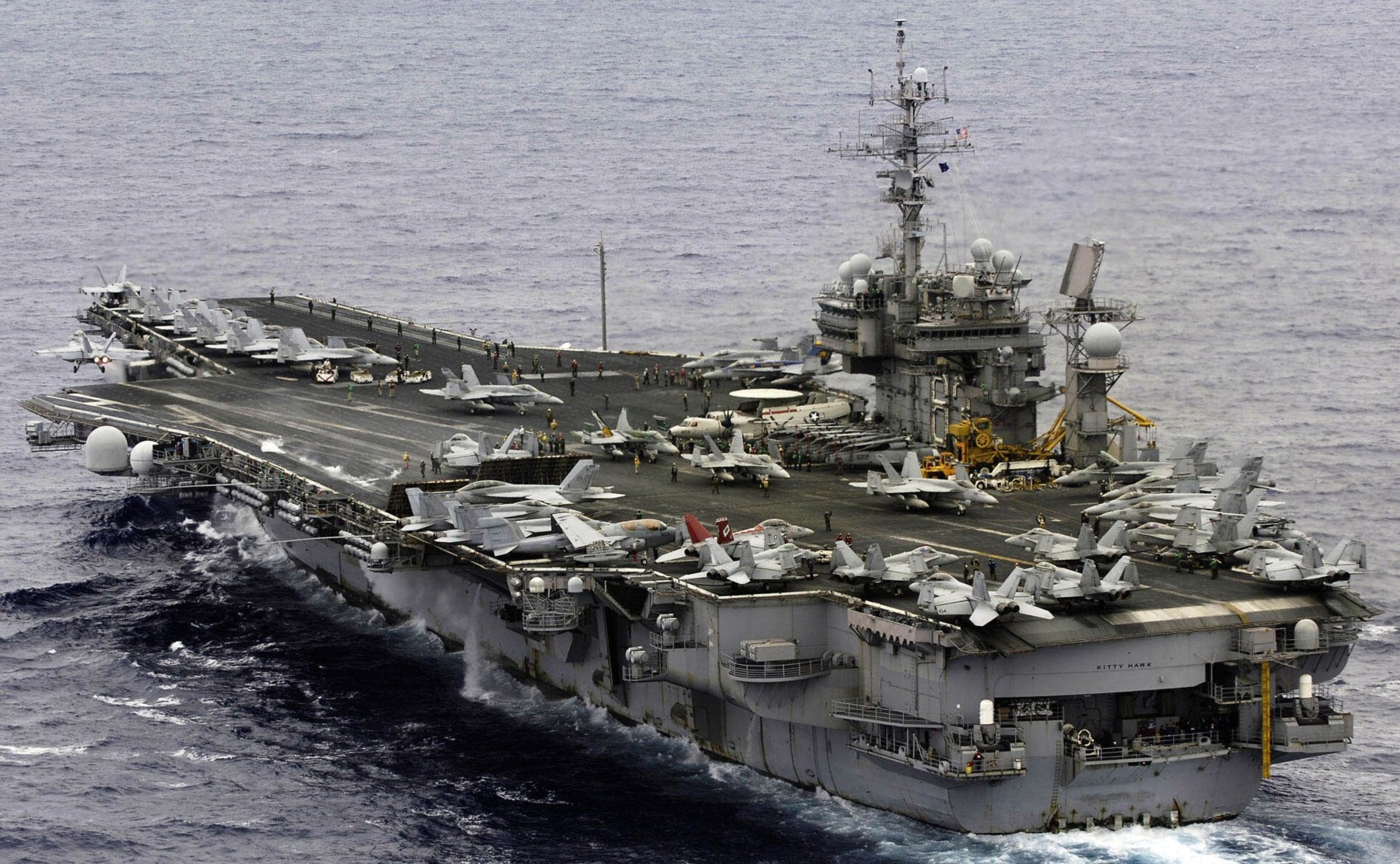 final flyout of CVW-5 aircraft - August 6, 2008 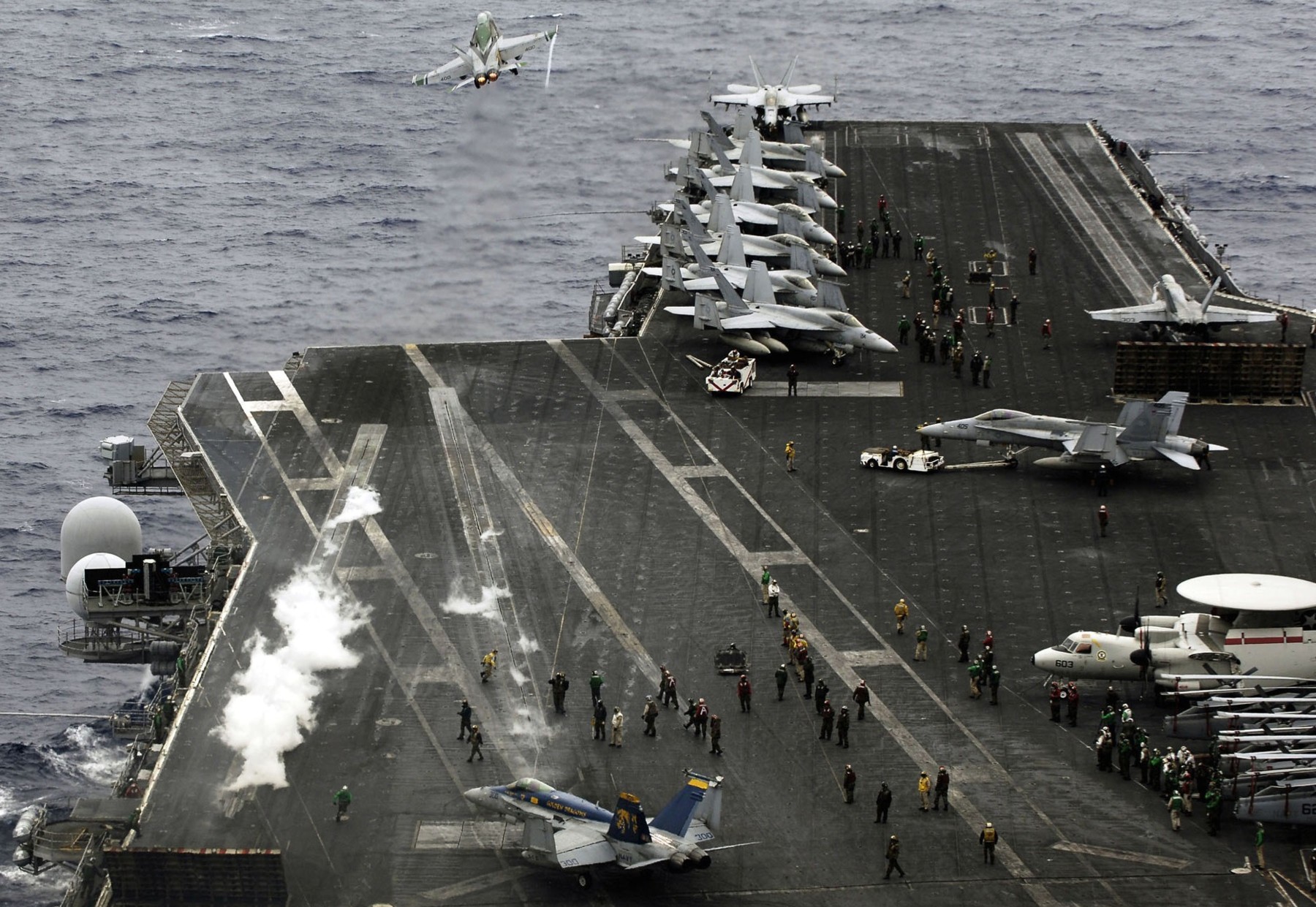 final flyout of CVW-5 aircraft - August 6, 2008 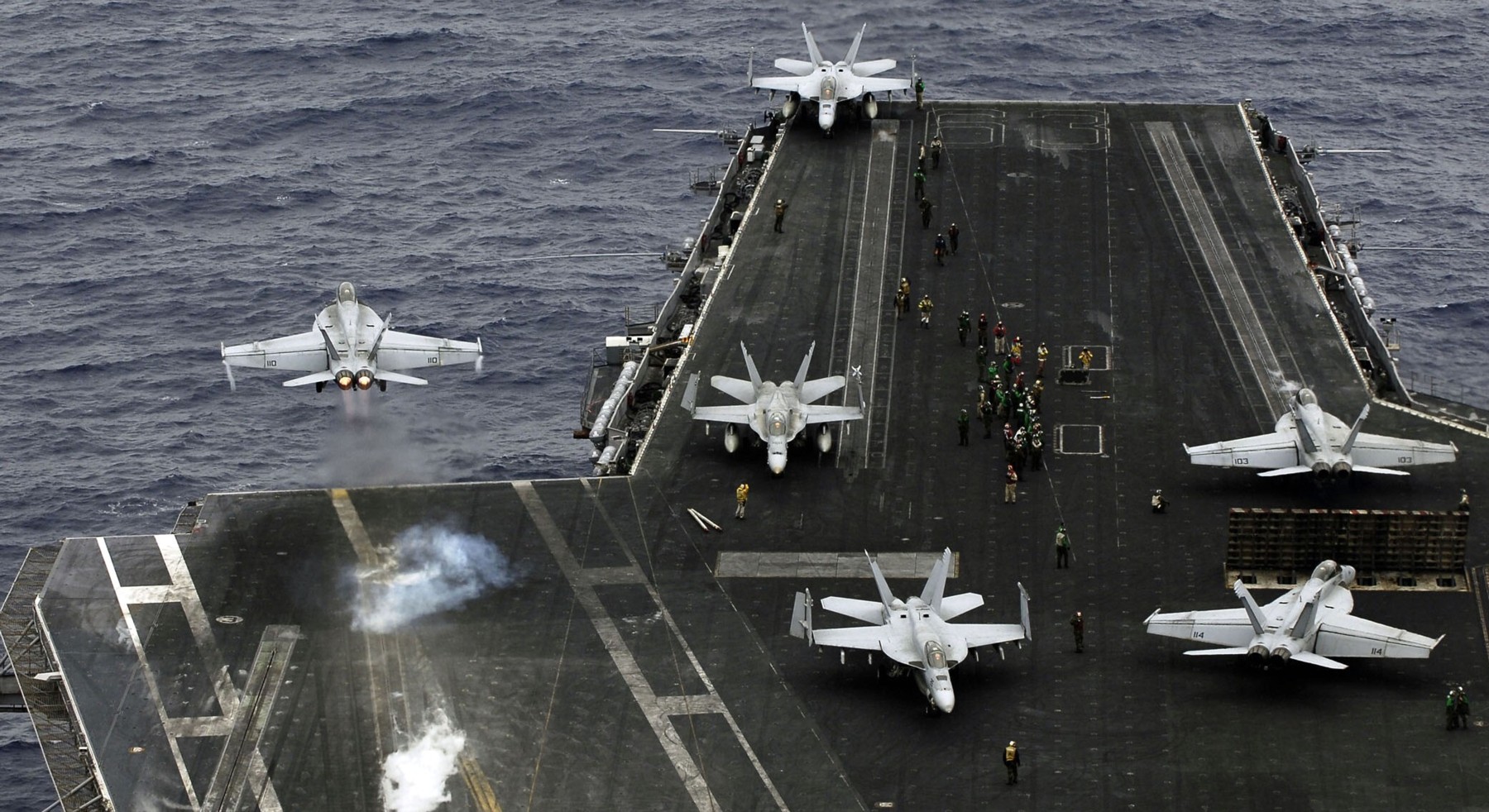 final flyout of CVW-5 aircraft - August 6, 2008 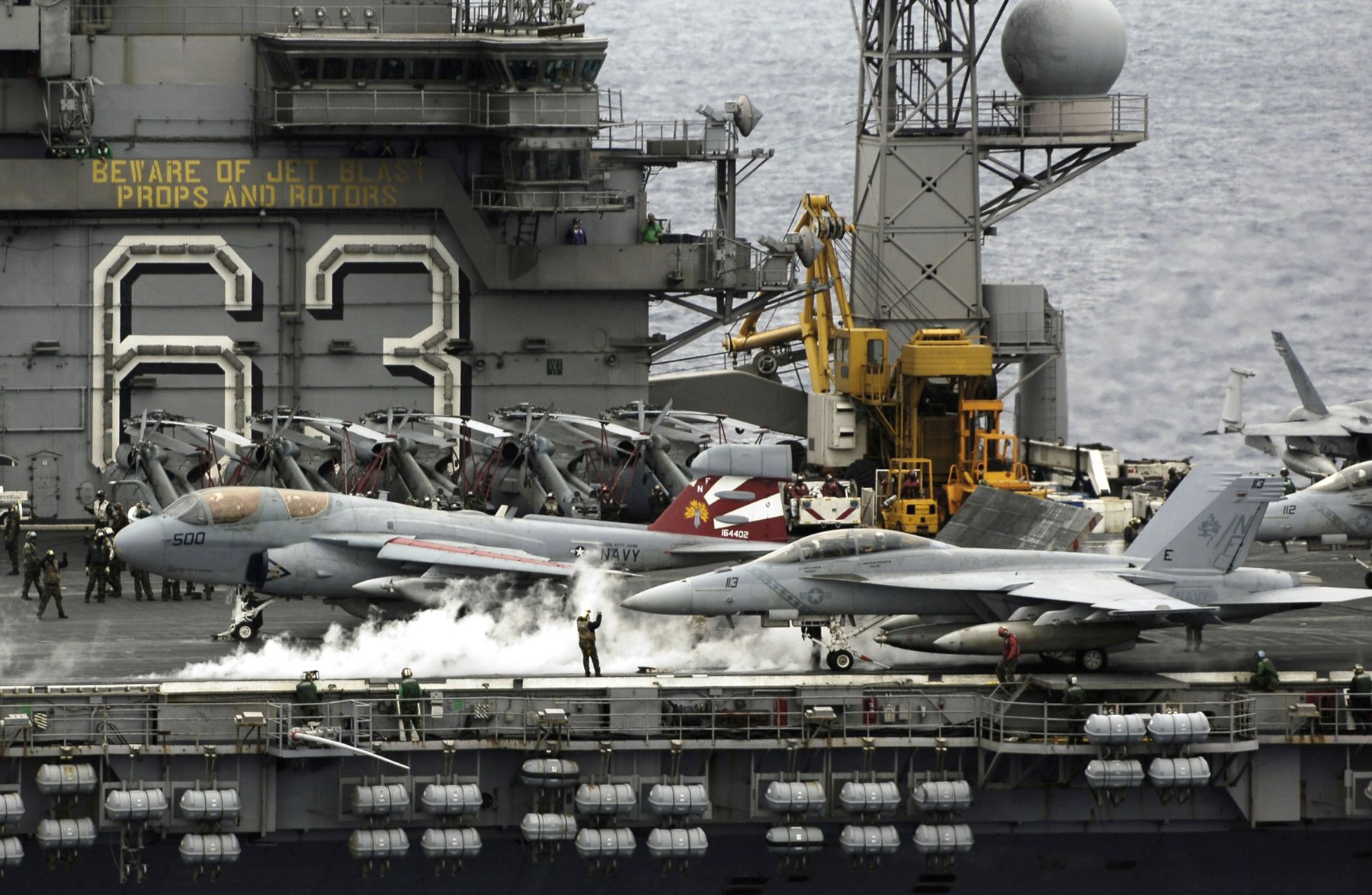 final flyout of CVW-5 aircraft - August 6, 2008 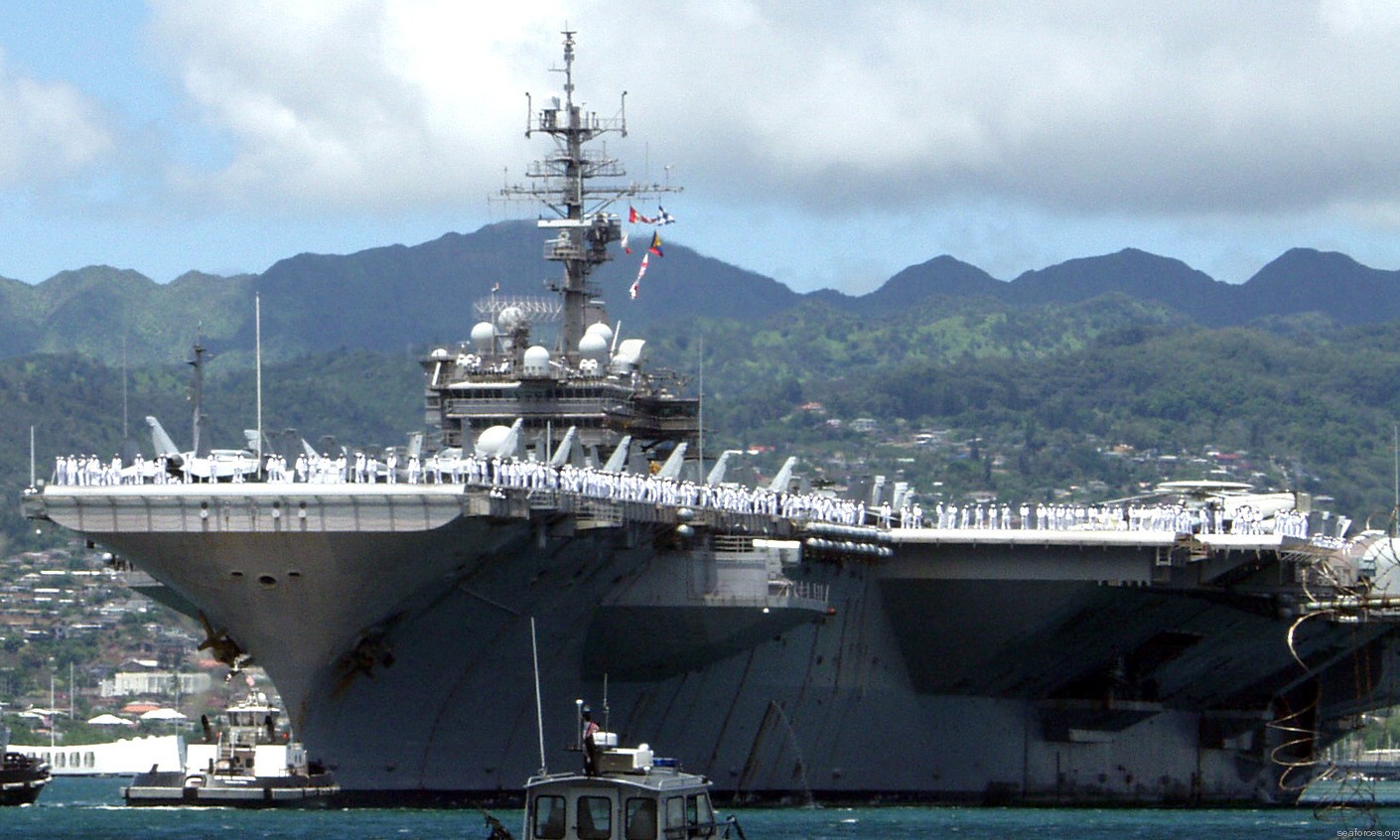 departing Pearl Harbor, Hawaii - August 1, 2008 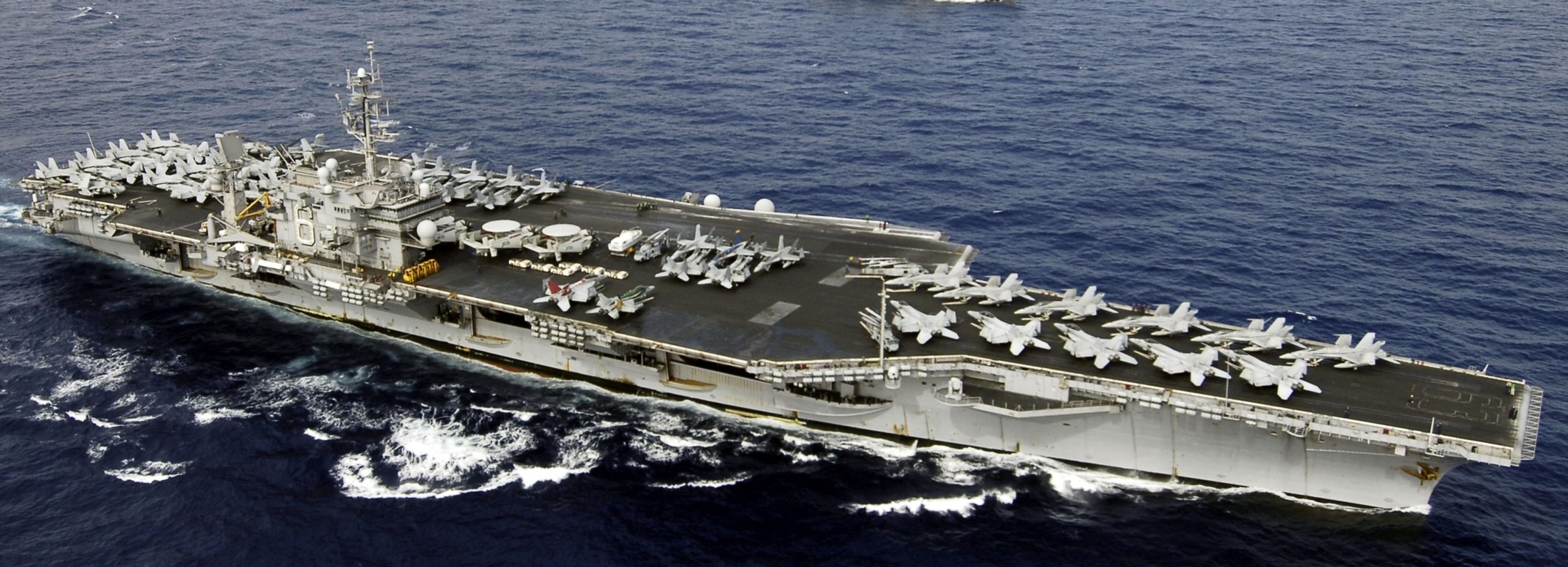 with CVW-5 embarked - during exercise Rim of the Pacific 08 (RIMPAC) - July 2008 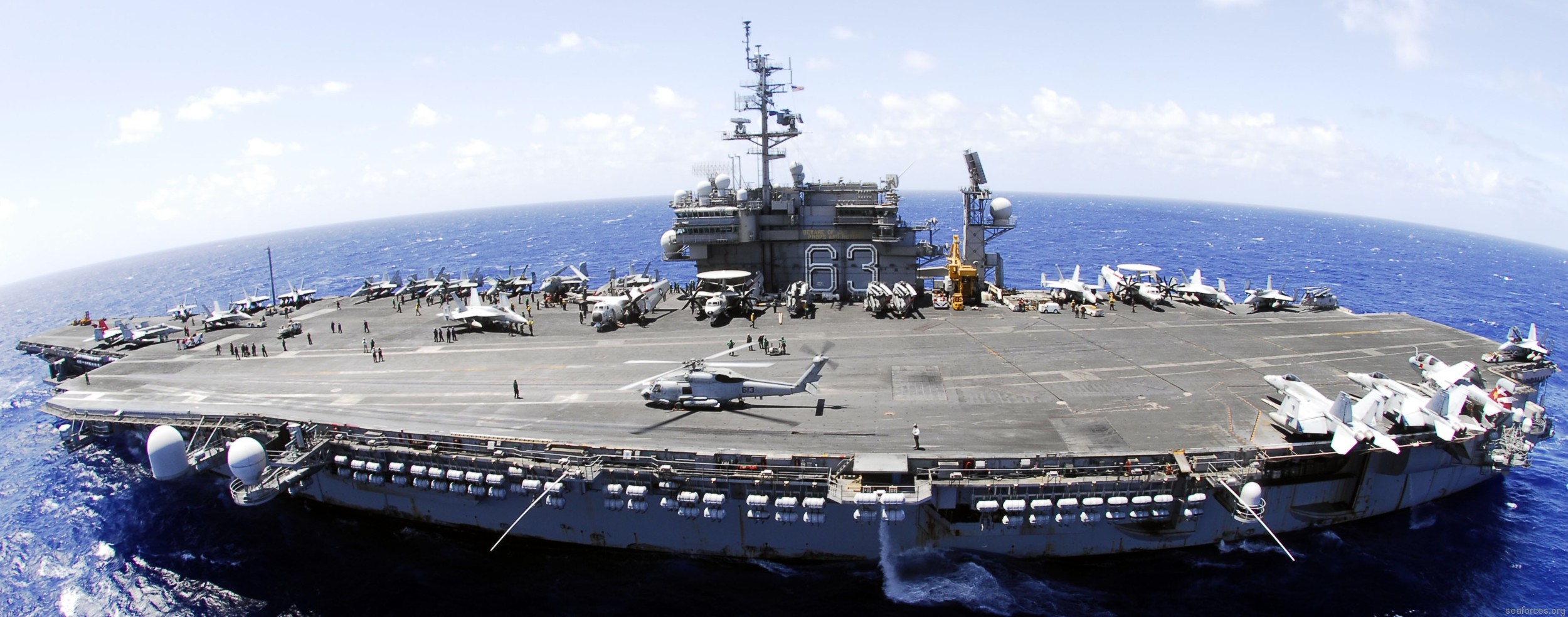 with CVW-5 embarked - during exercise Rim of the Pacific 08 (RIMPAC) - July 2008  departing Pearl Harbor, Hawaii for exercise RIMPAC 08 - July 2008  Pearl Harbor, Hawaii - July 2008 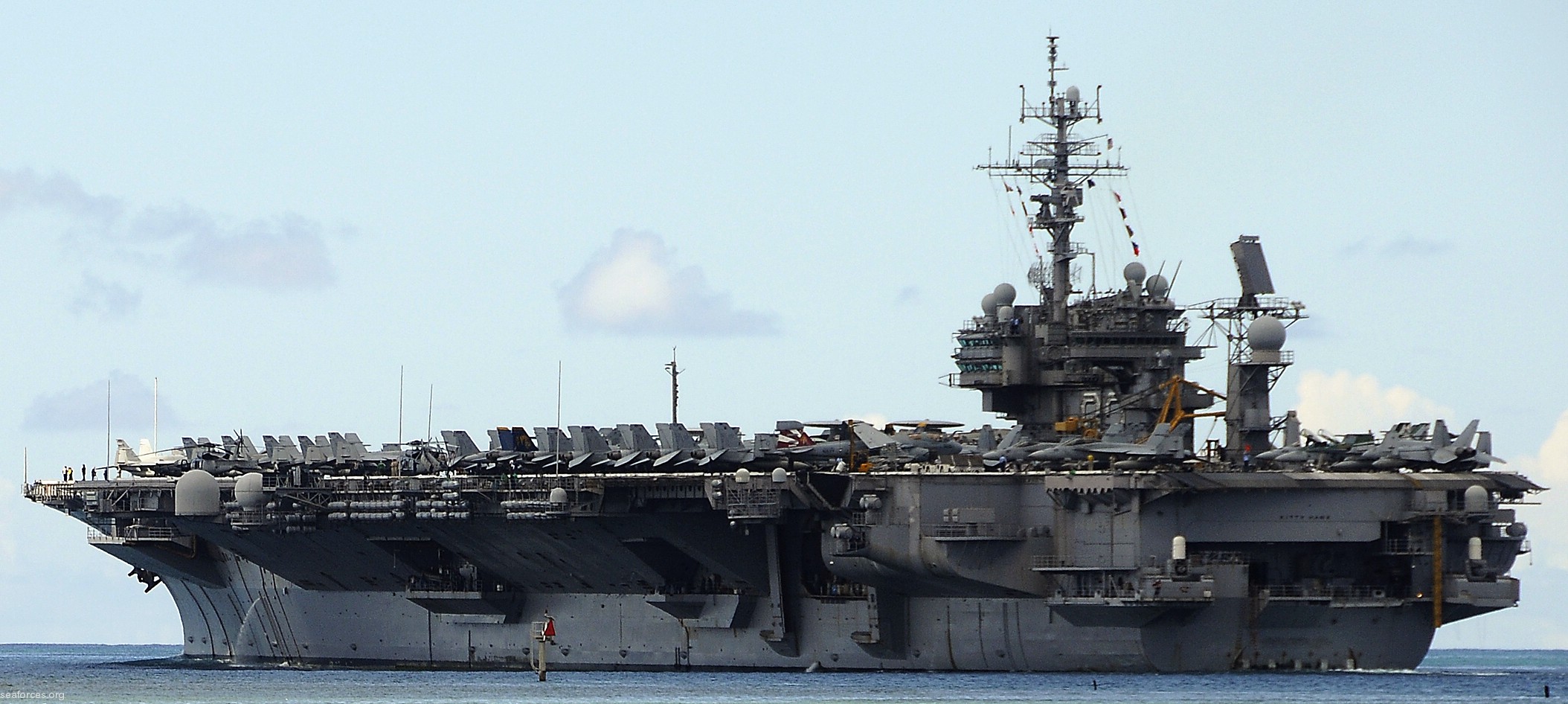 with CVW-5 embarked - Pearl Harbor, Hawaii - July 2008 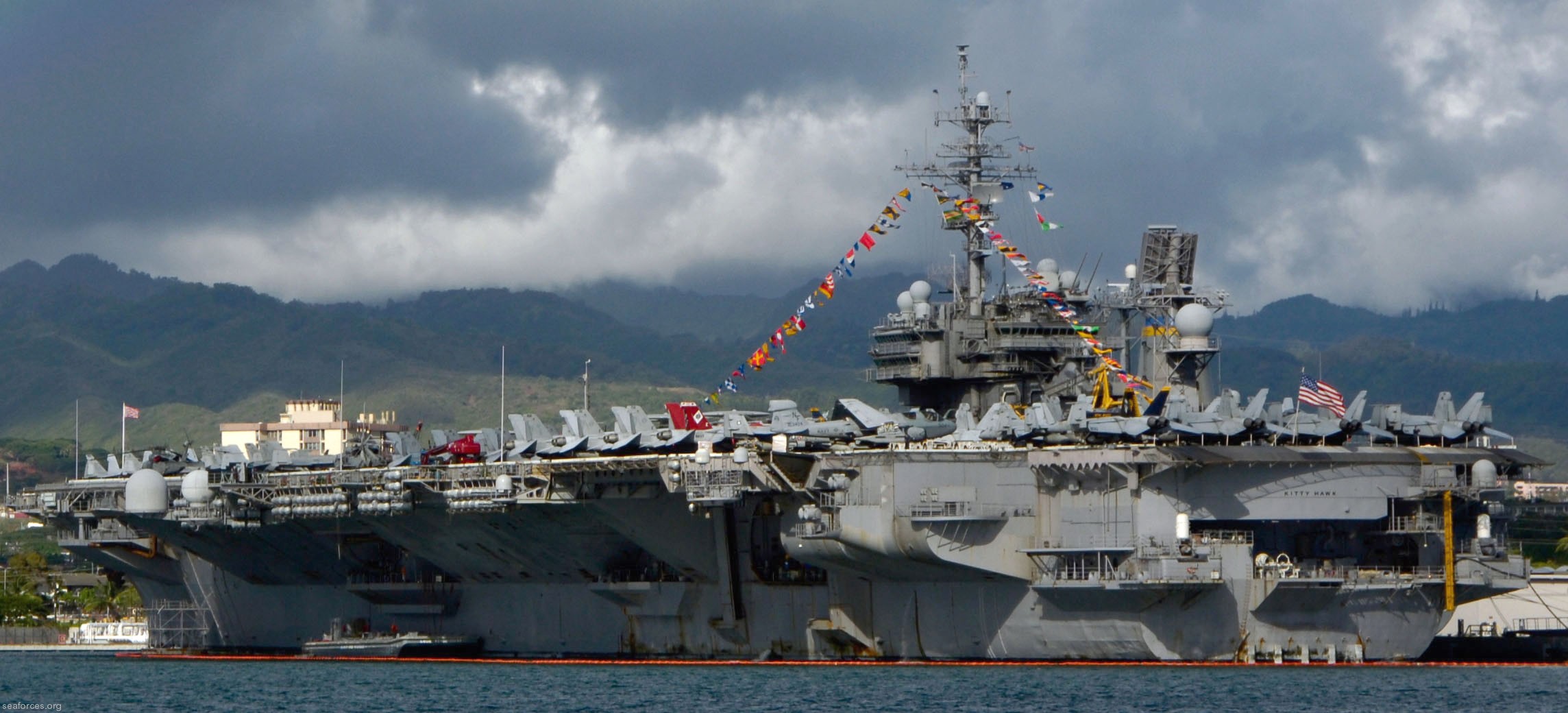 with CVW-5 embarked - Pearl Harbor, Hawaii - July 2008  Pearl Harbor, Hawaii - July 2008  Pearl Harbor, Hawaii - July 2008 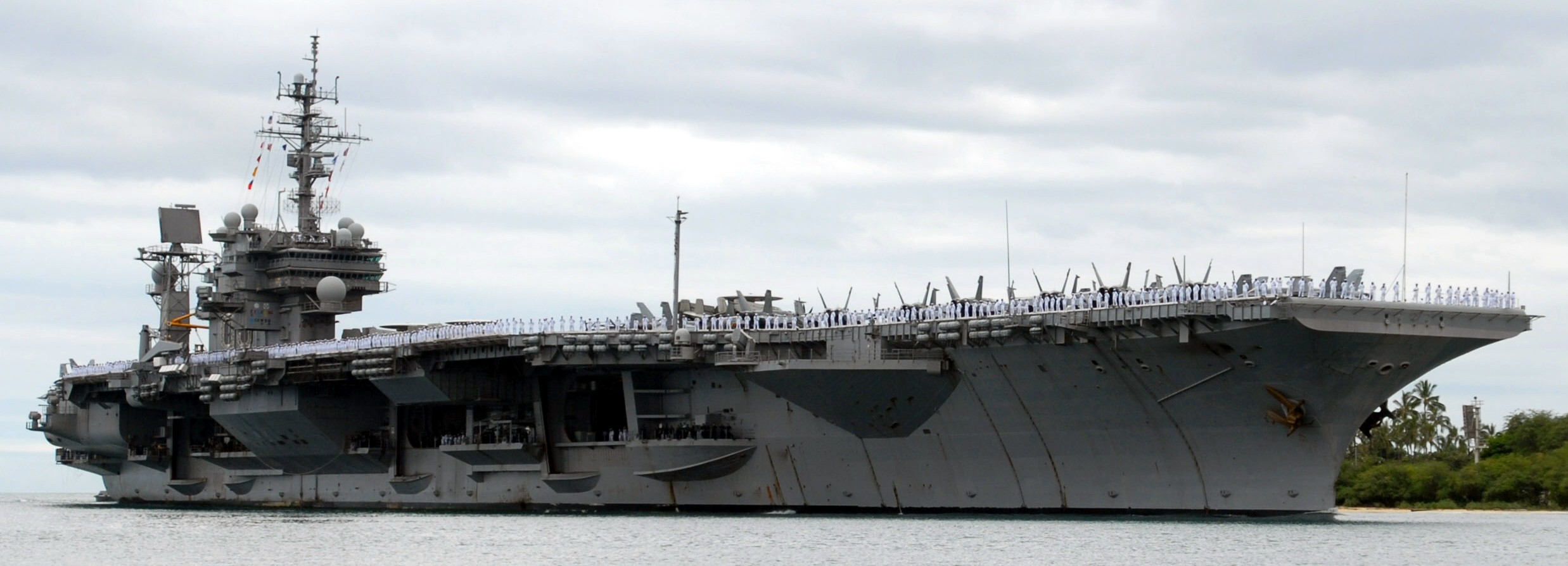 Pearl Harbor, Hawaii - July 2008  Pearl Harbor, Hawaii - July 2008 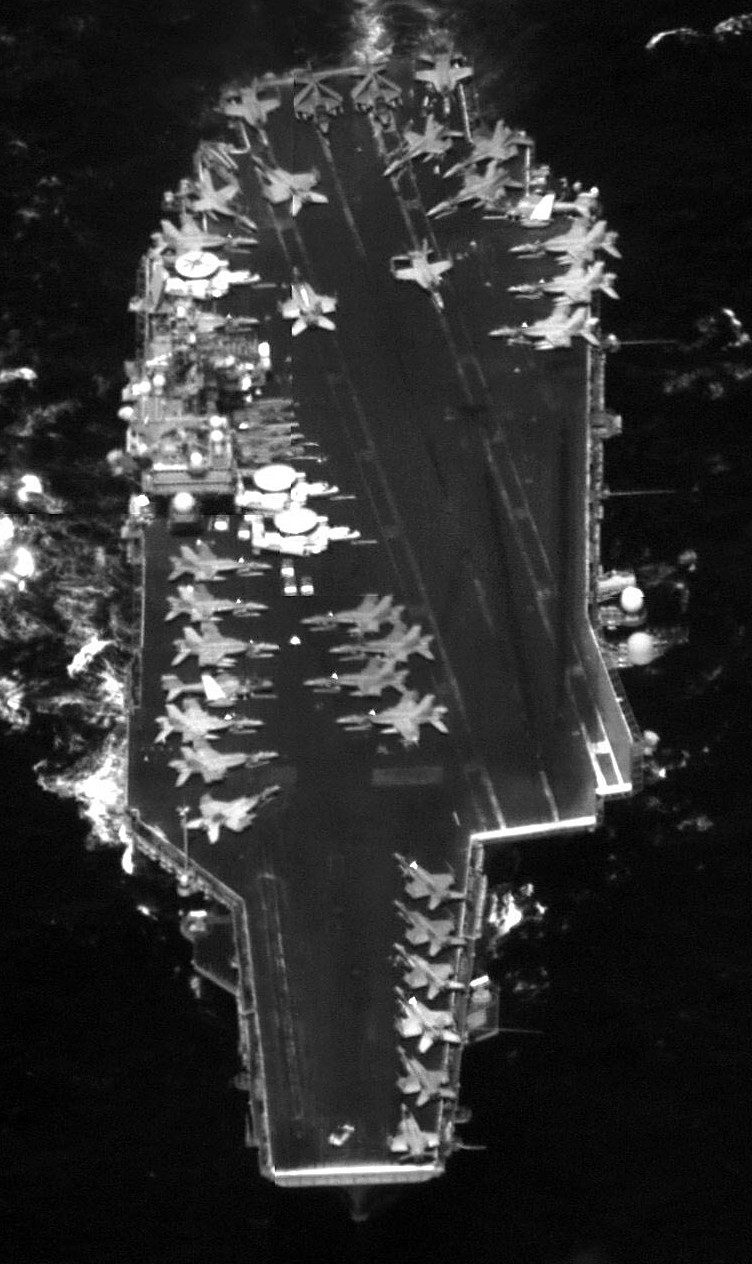 photographed from a RQ-4A Global Hawk UAV during exercise RIMPAC 08 - July 2008 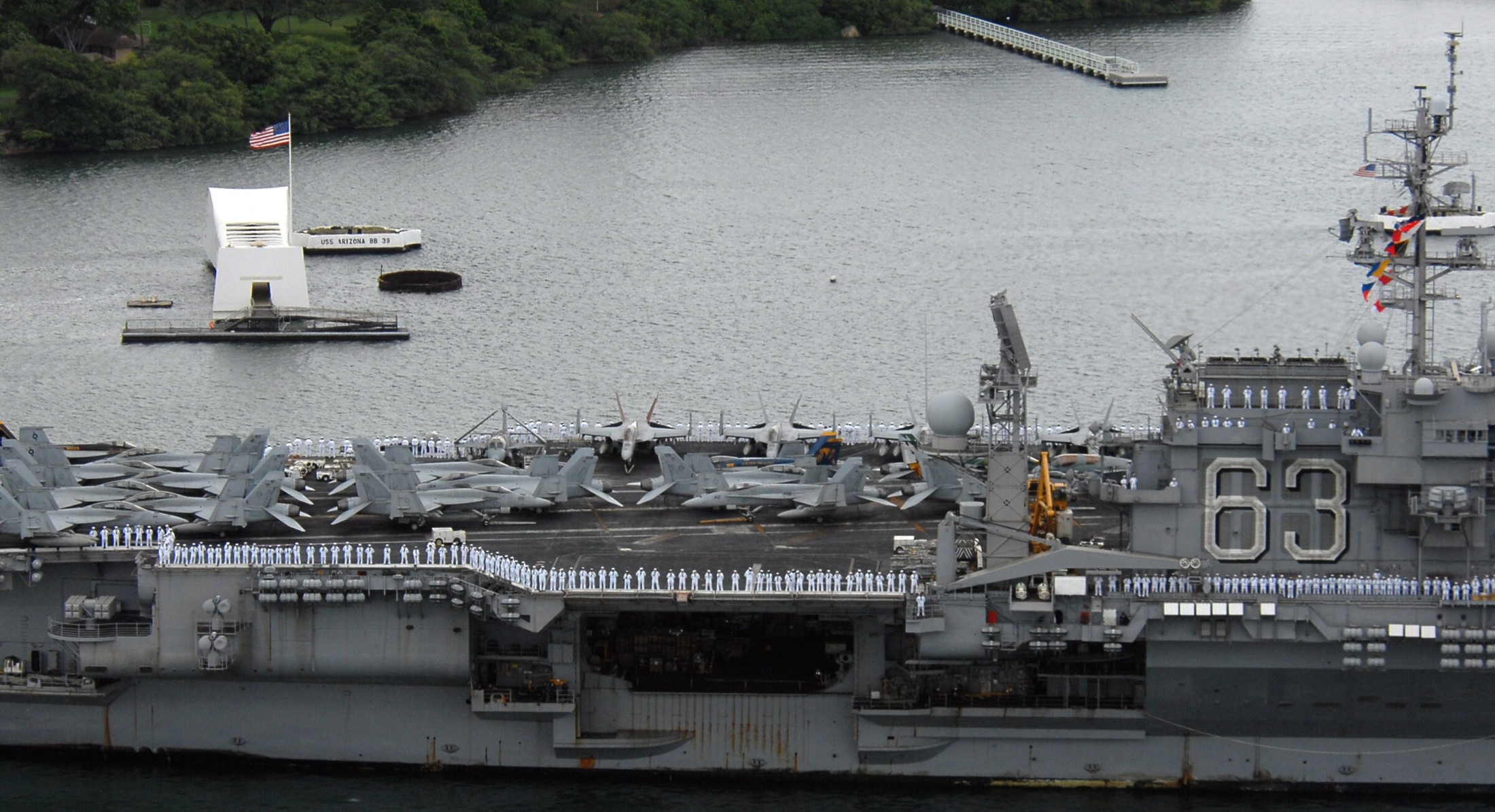 with CVW-5 embarked - Pearl Harbor, Hawaii - June 2008 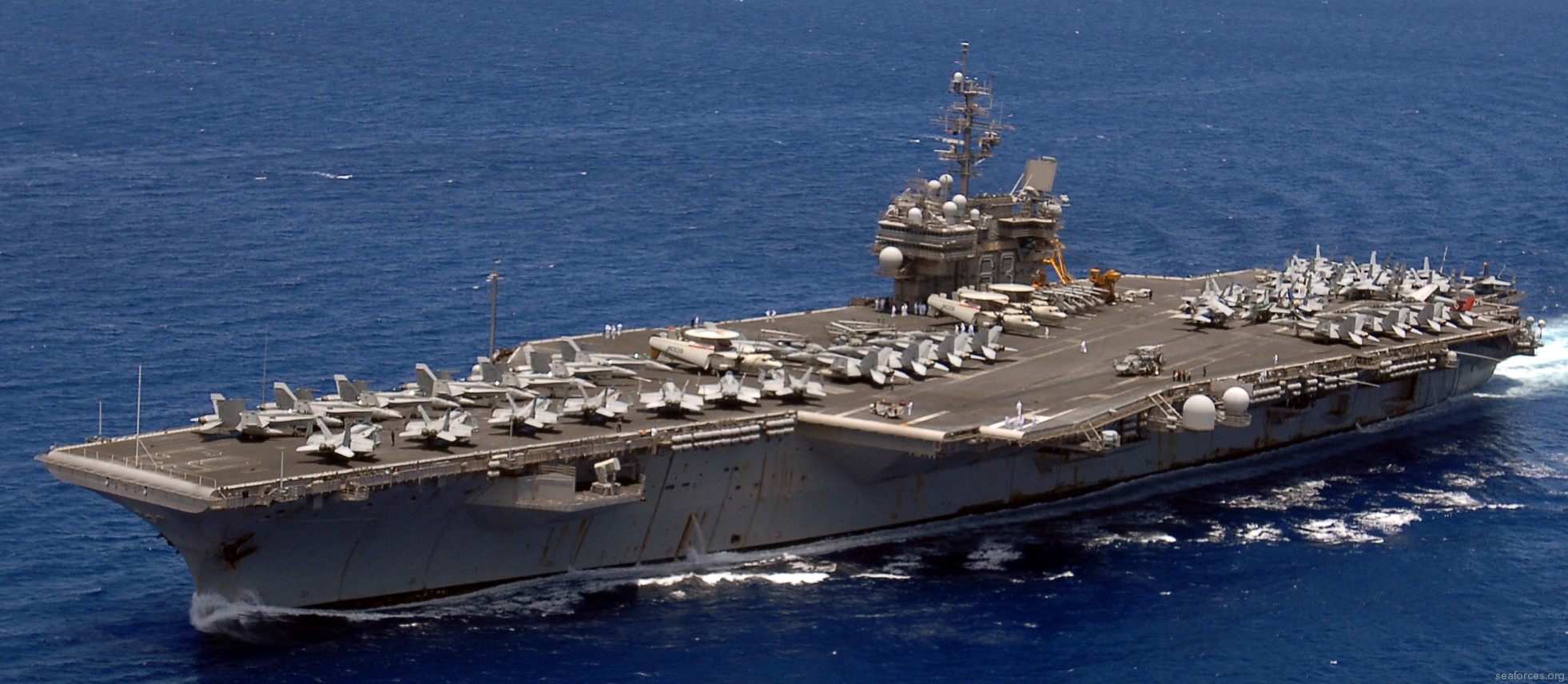 with CVW-5 embarked - off Hawaii - June 2008 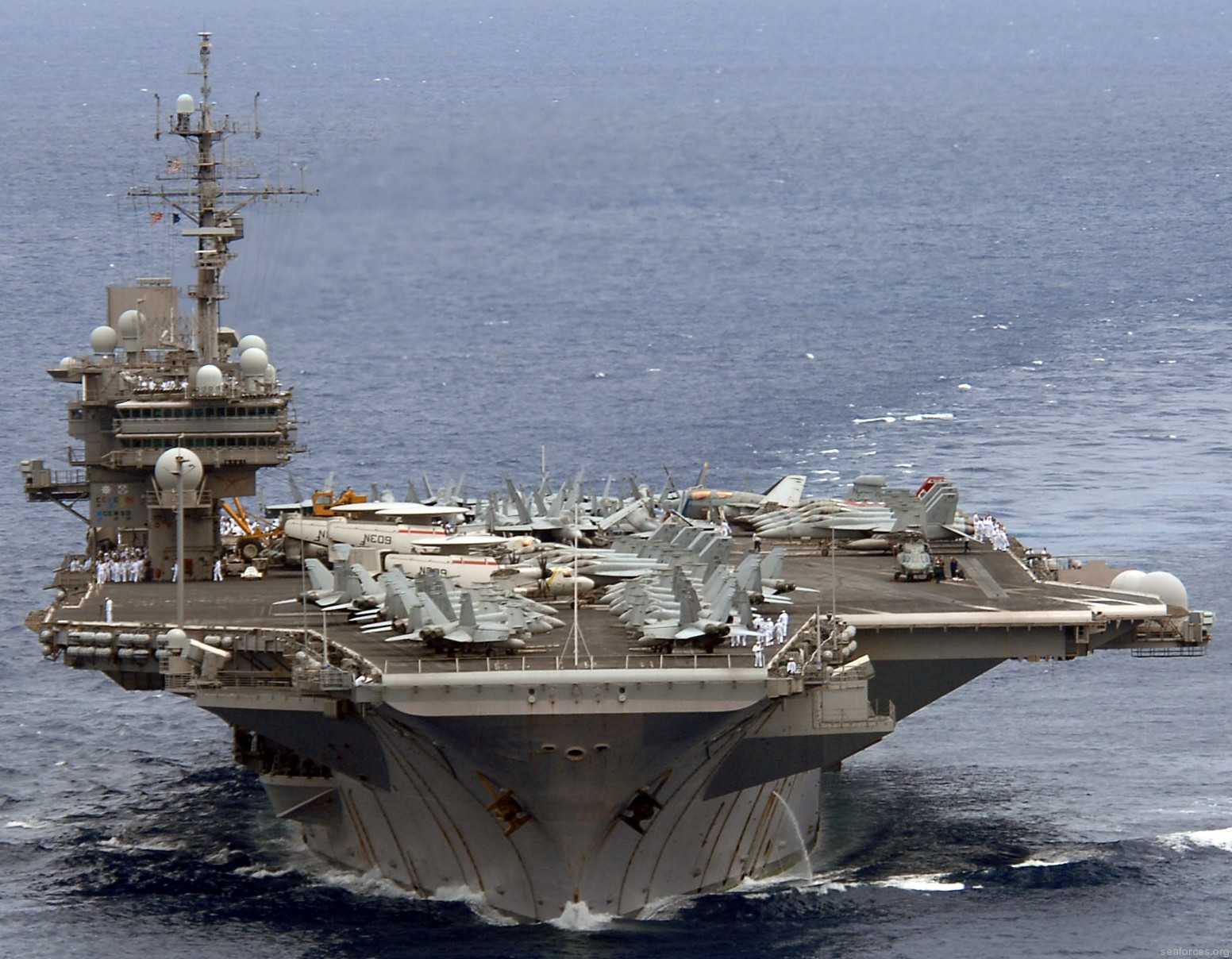 with CVW-5 embarked - off Hawaii - June 2008 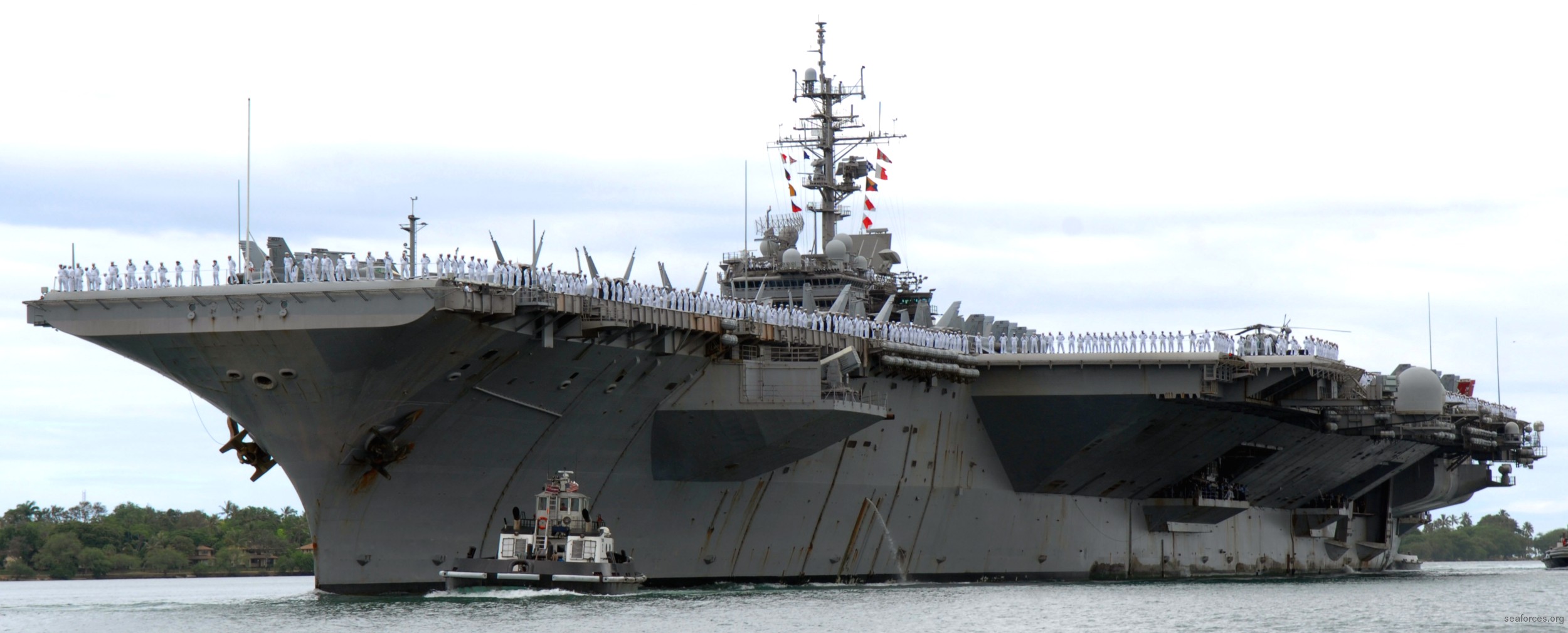 with CVW-5 embarked - Pearl Harbor, Hawaii - June 2008 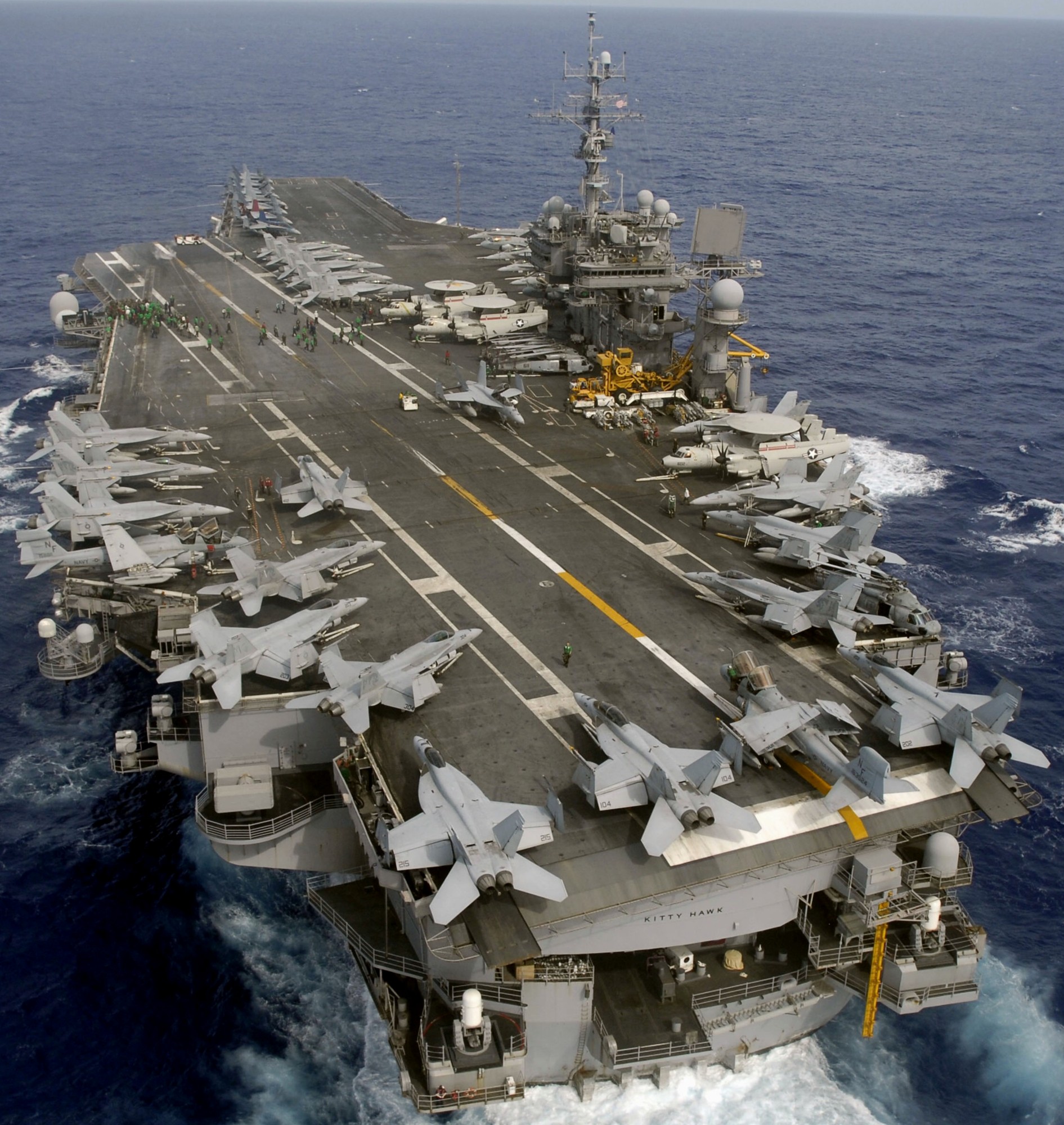 with CVW-5 embarked - Pacific Ocean - June 2008 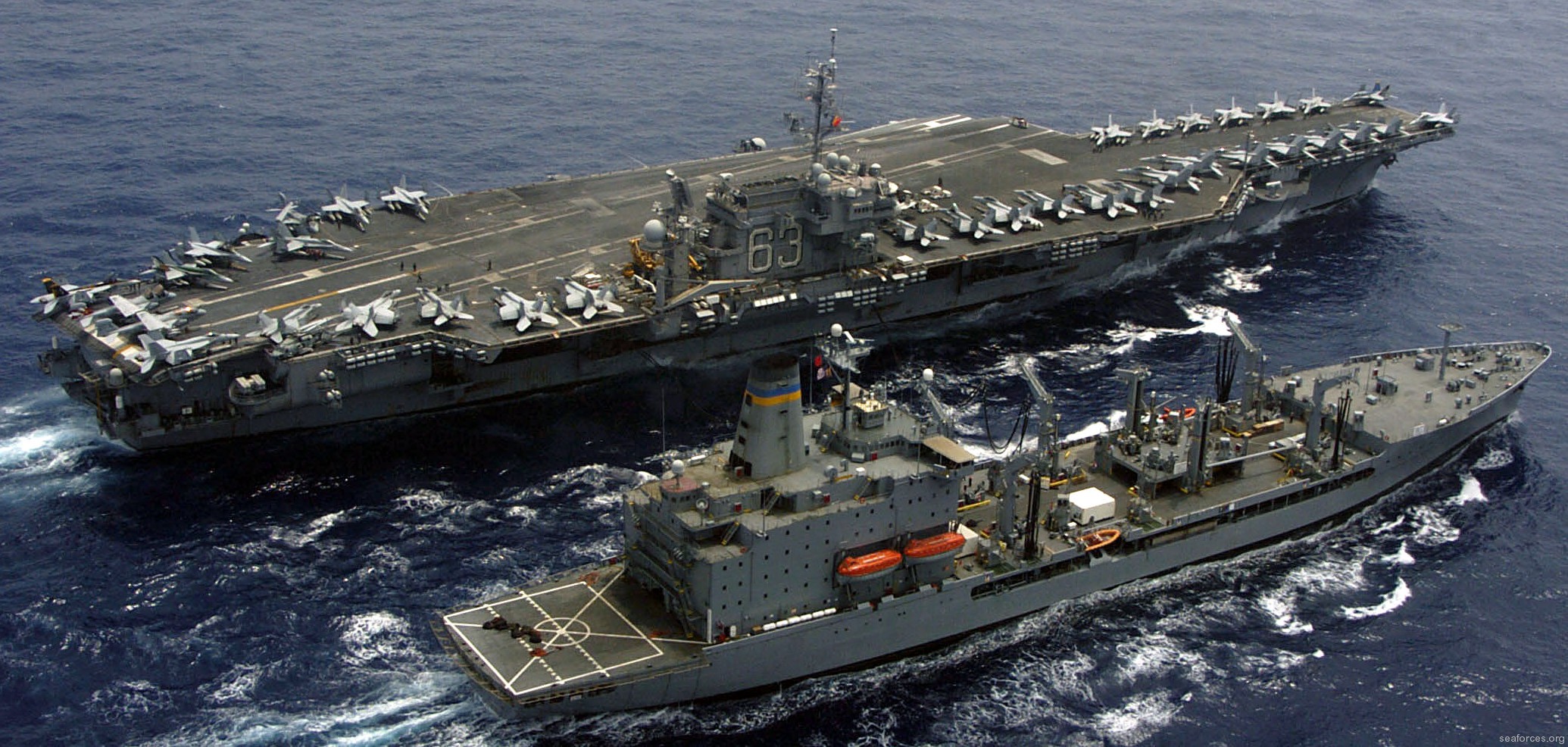 with CVW-5 embarked - Pacific Ocean - June 2008 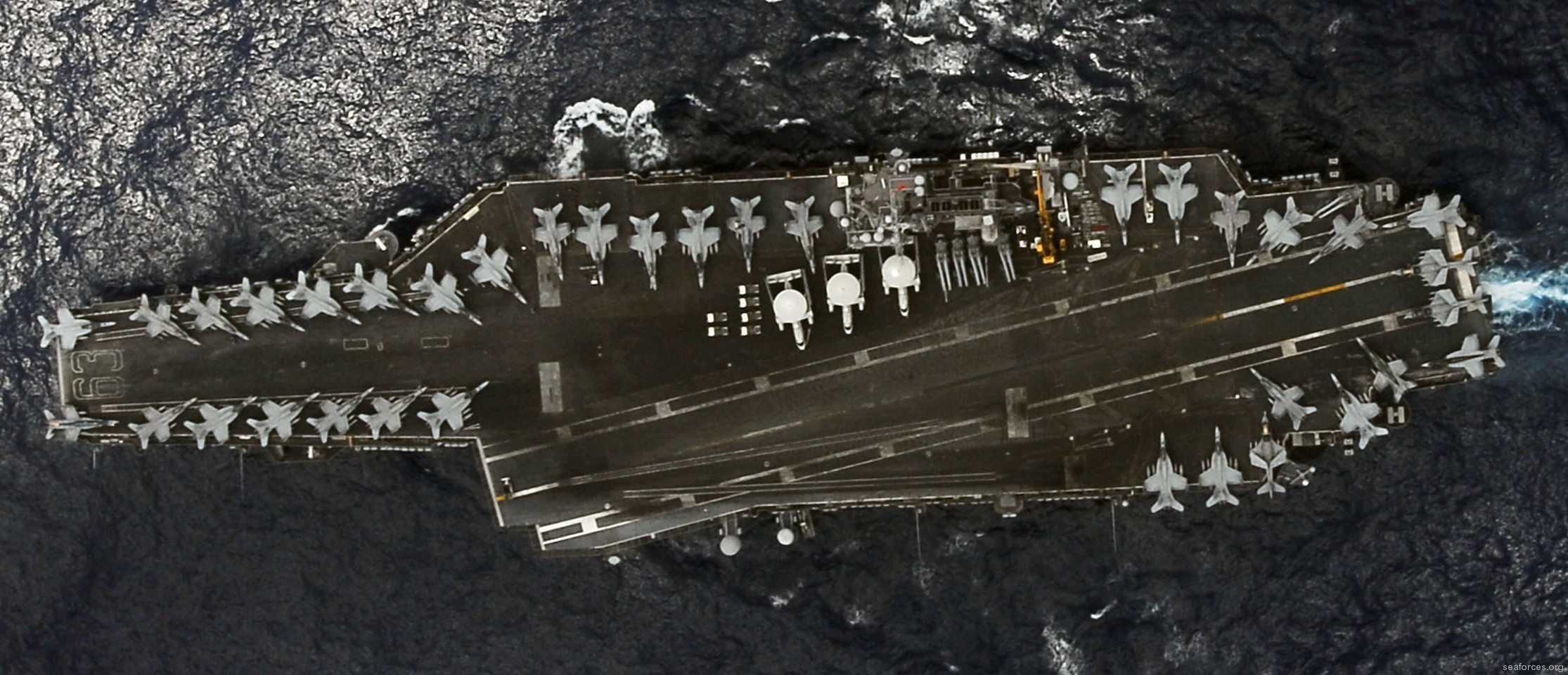 with CVW-5 embarked - Pacific Ocean - June 2008 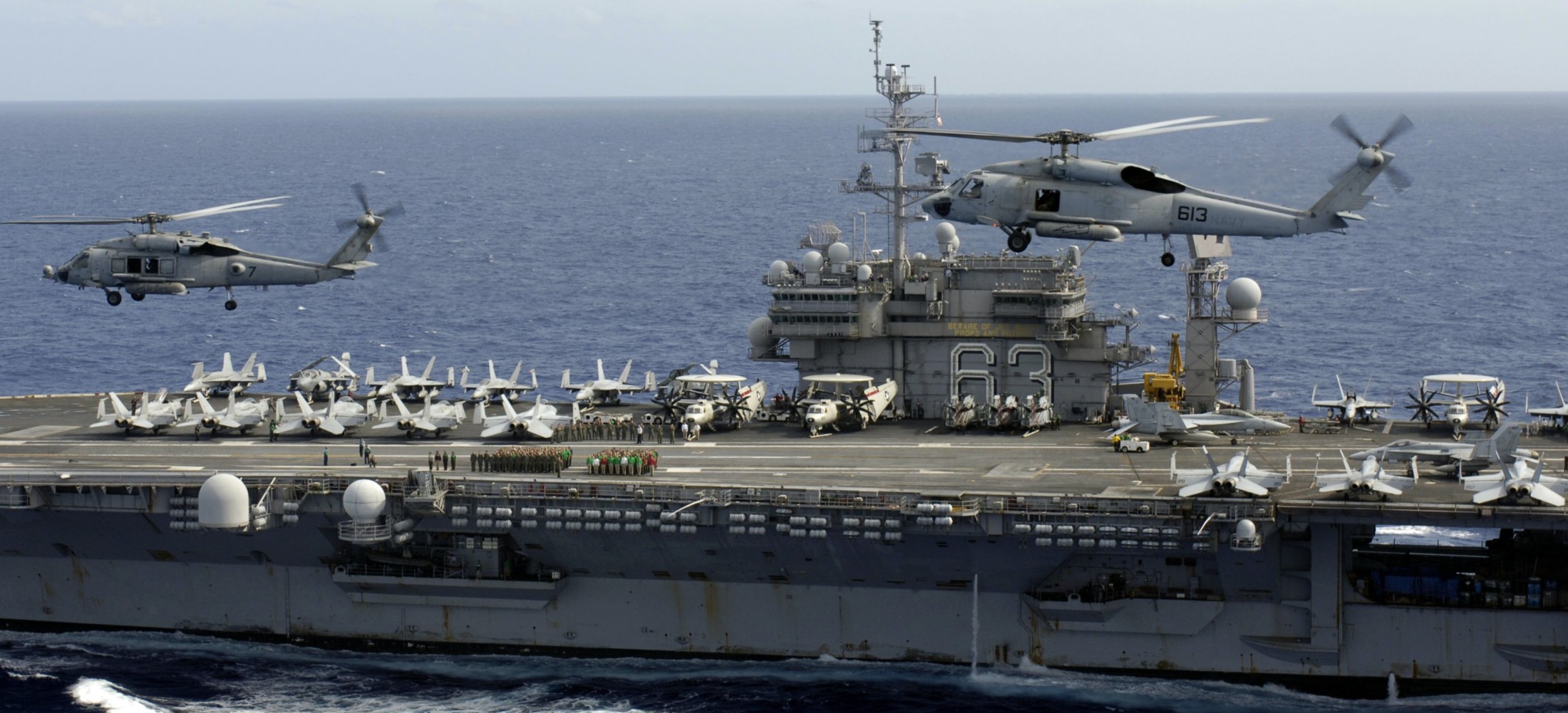 with CVW-5 embarked - Pacific Ocean - June 2008 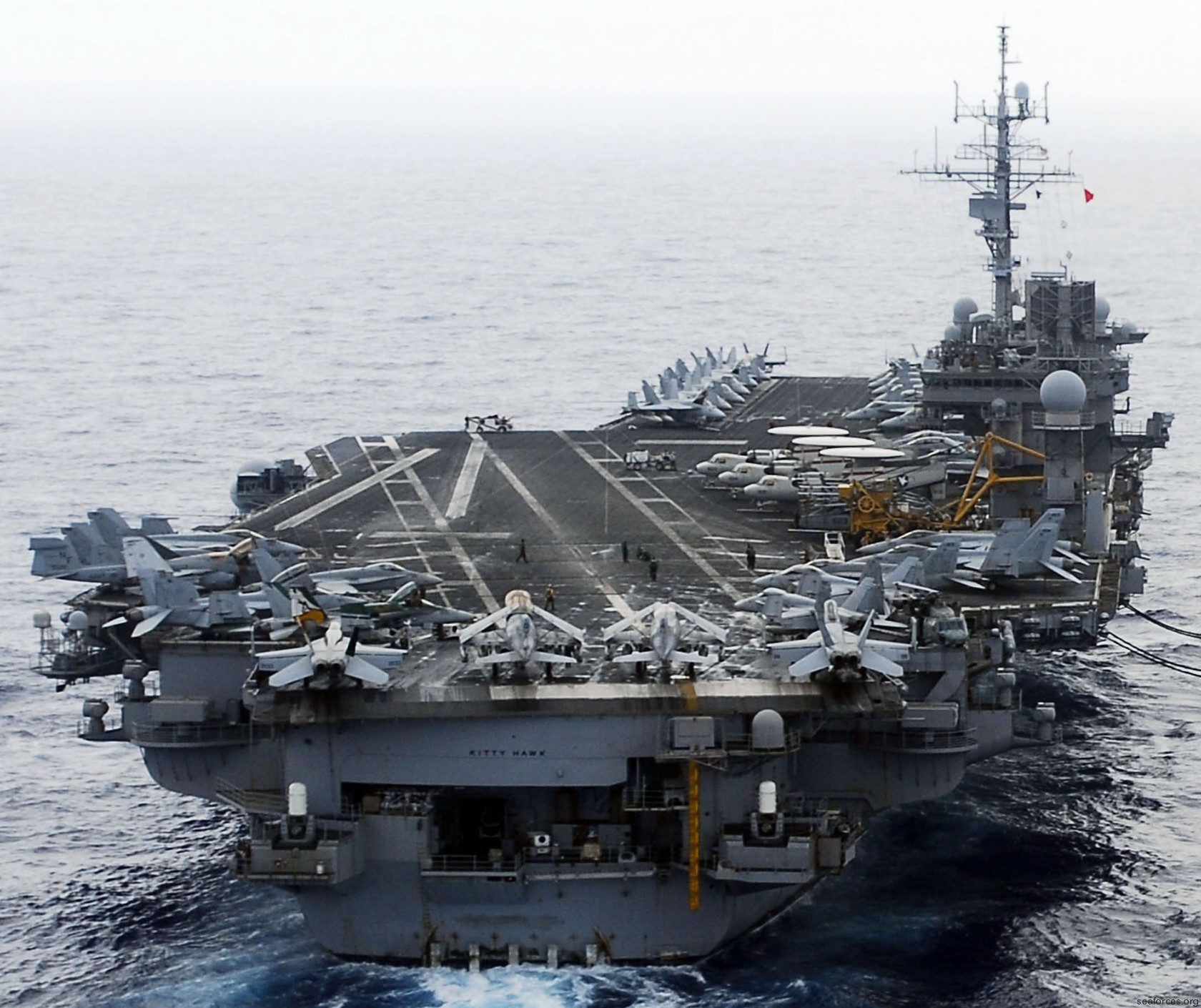 with CVW-5 embarked - Pacific Ocean - June 2008  USS Kitty Hawk (CV 63) departs Yokosuka, Japan for the final time. Sayonara is Japanese for "goodbye" - May 28, 2008 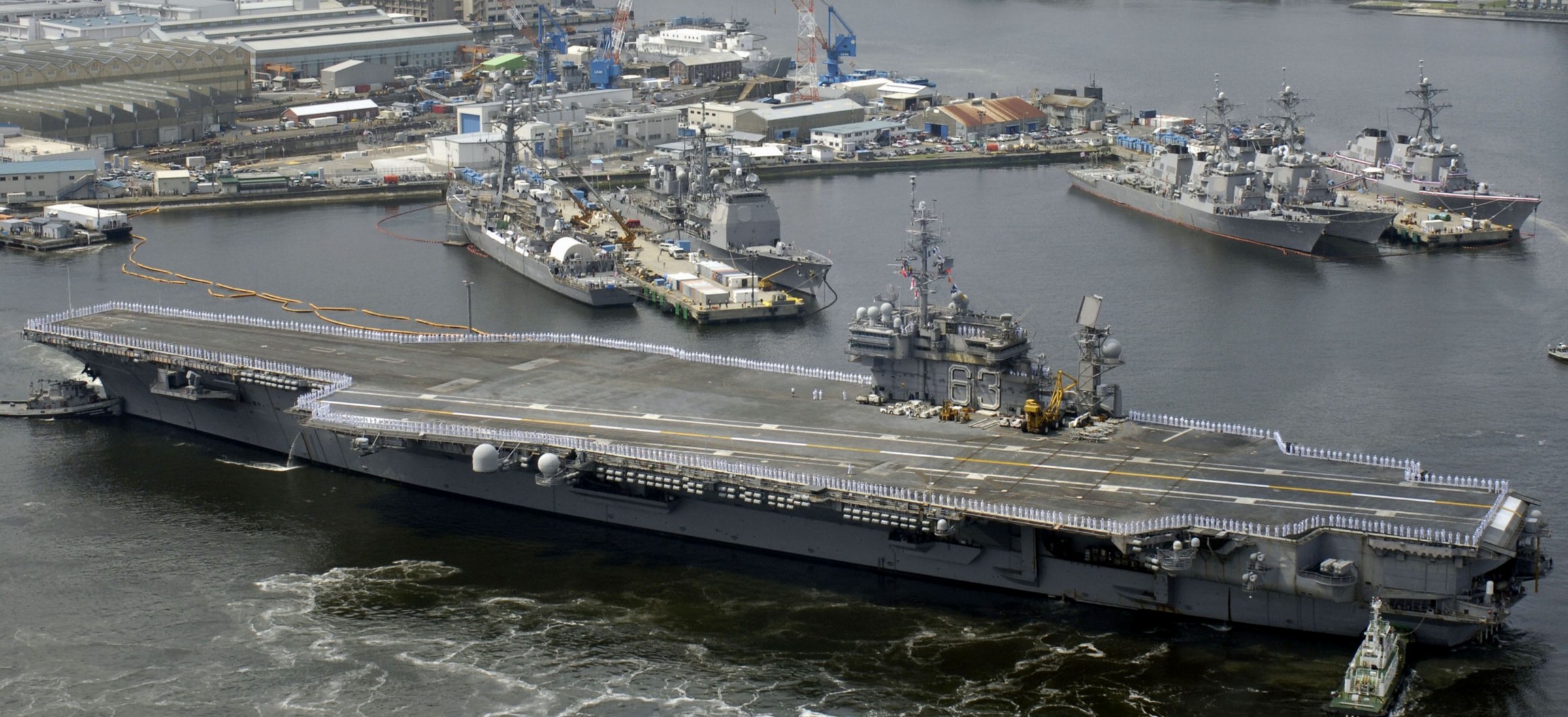 USS Kitty Hawk (CV 63) departs Yokosuka, Japan for the final time - May 28, 2008 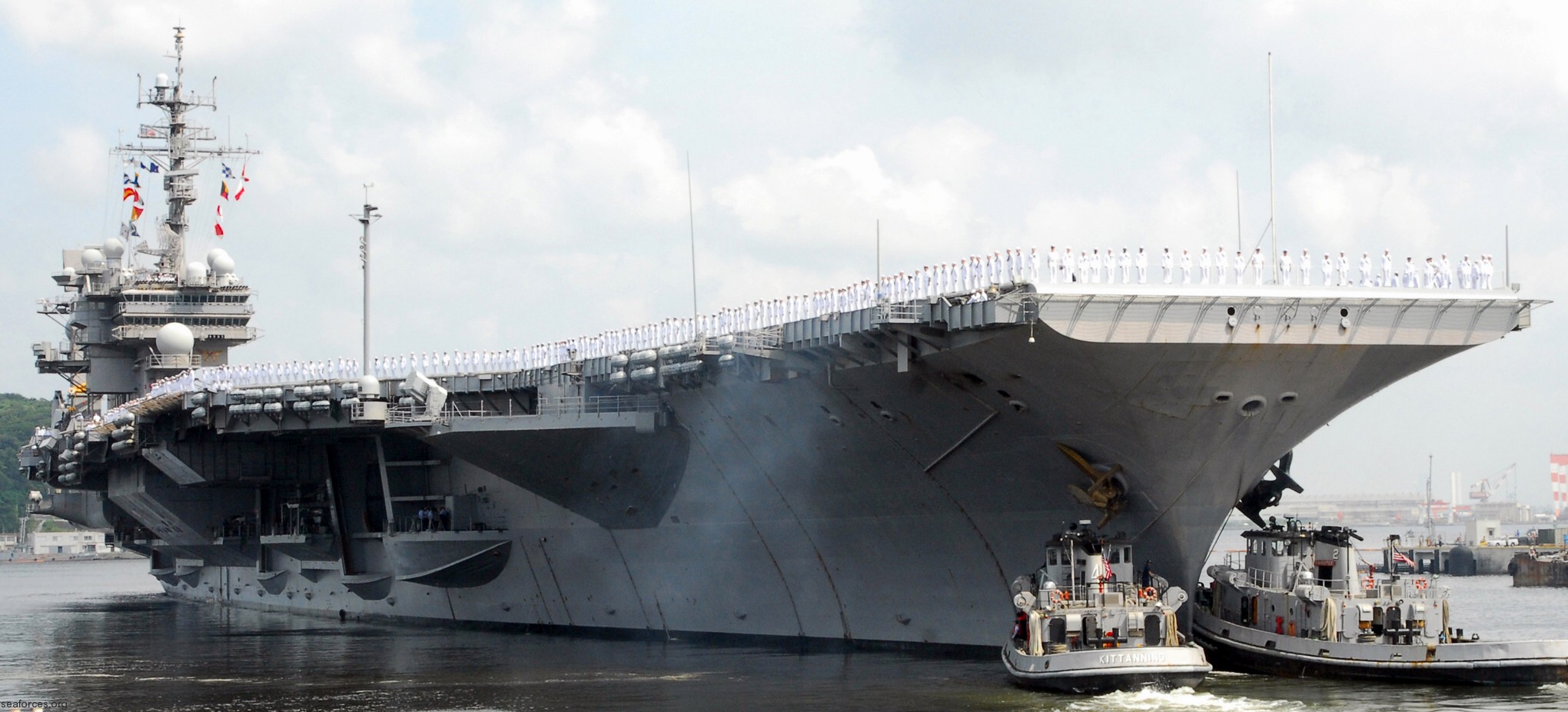 USS Kitty Hawk (CV 63) departs Yokosuka, Japan for the final time - May 28, 2008 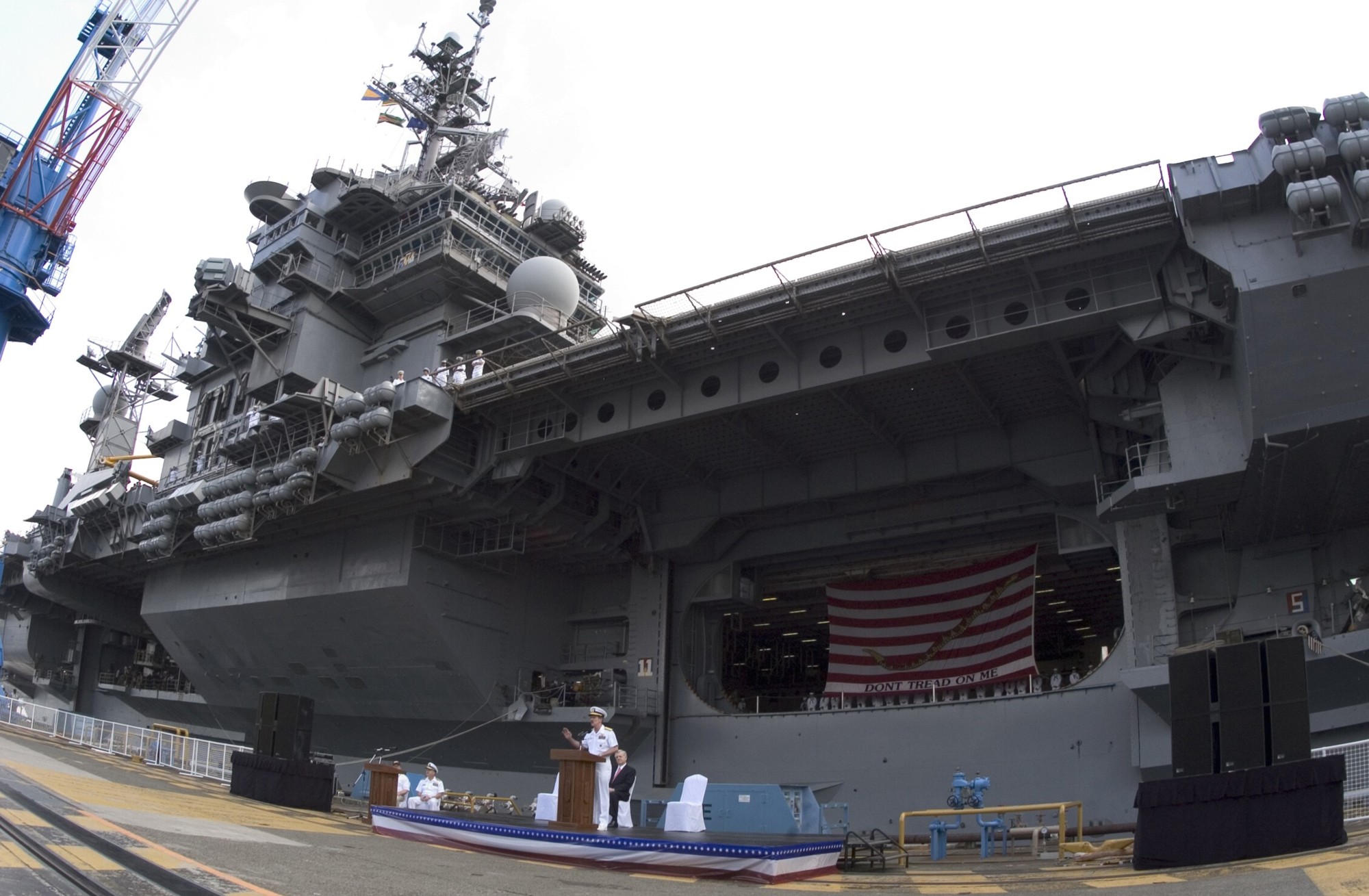 Fleet Activities Yokosuka, Japan - May 28, 2008  returning to Fleet Activities Yokosuka, Japan - May 2008 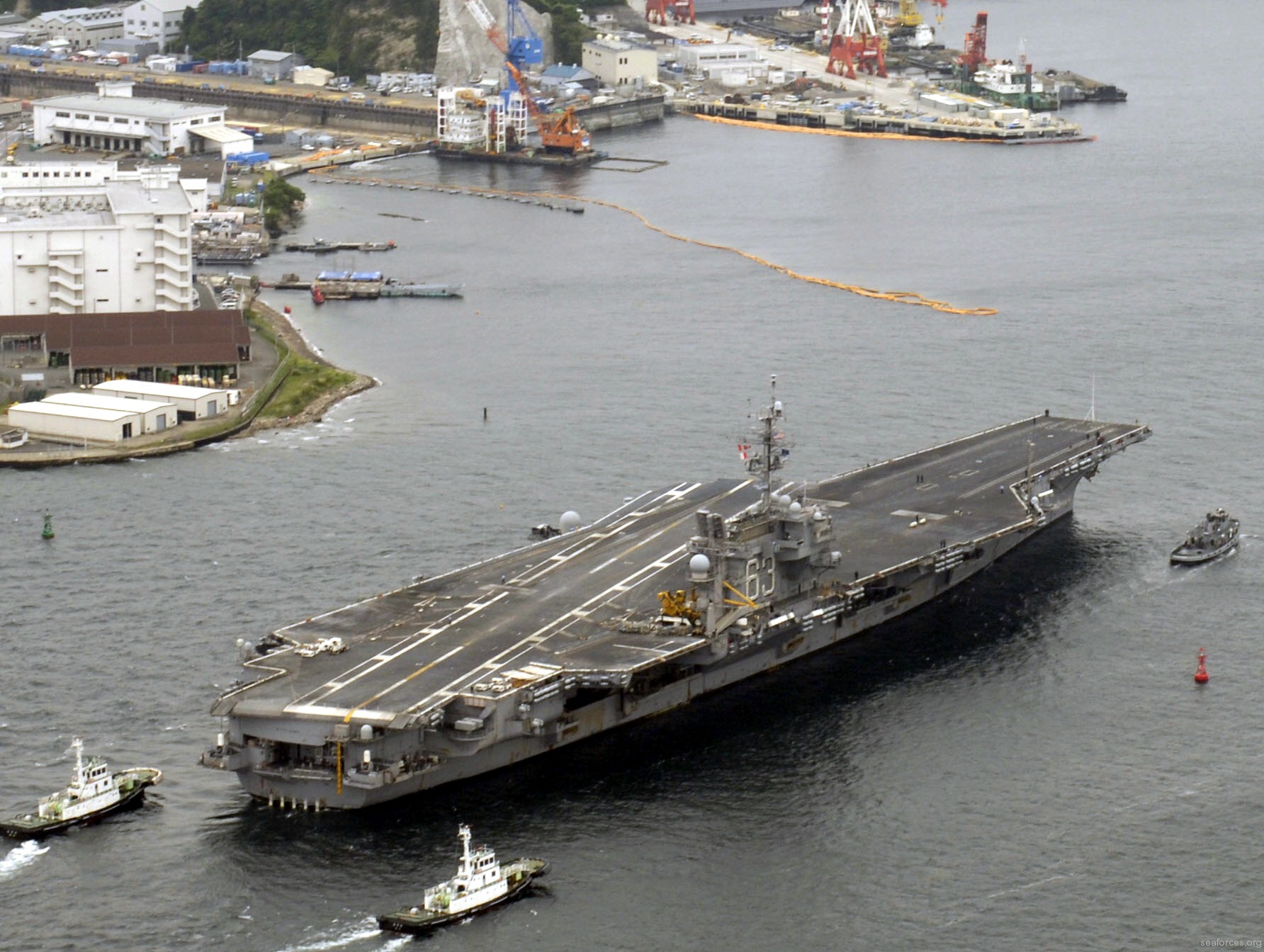 returning to Fleet Activities Yokosuka, Japan - May 2008 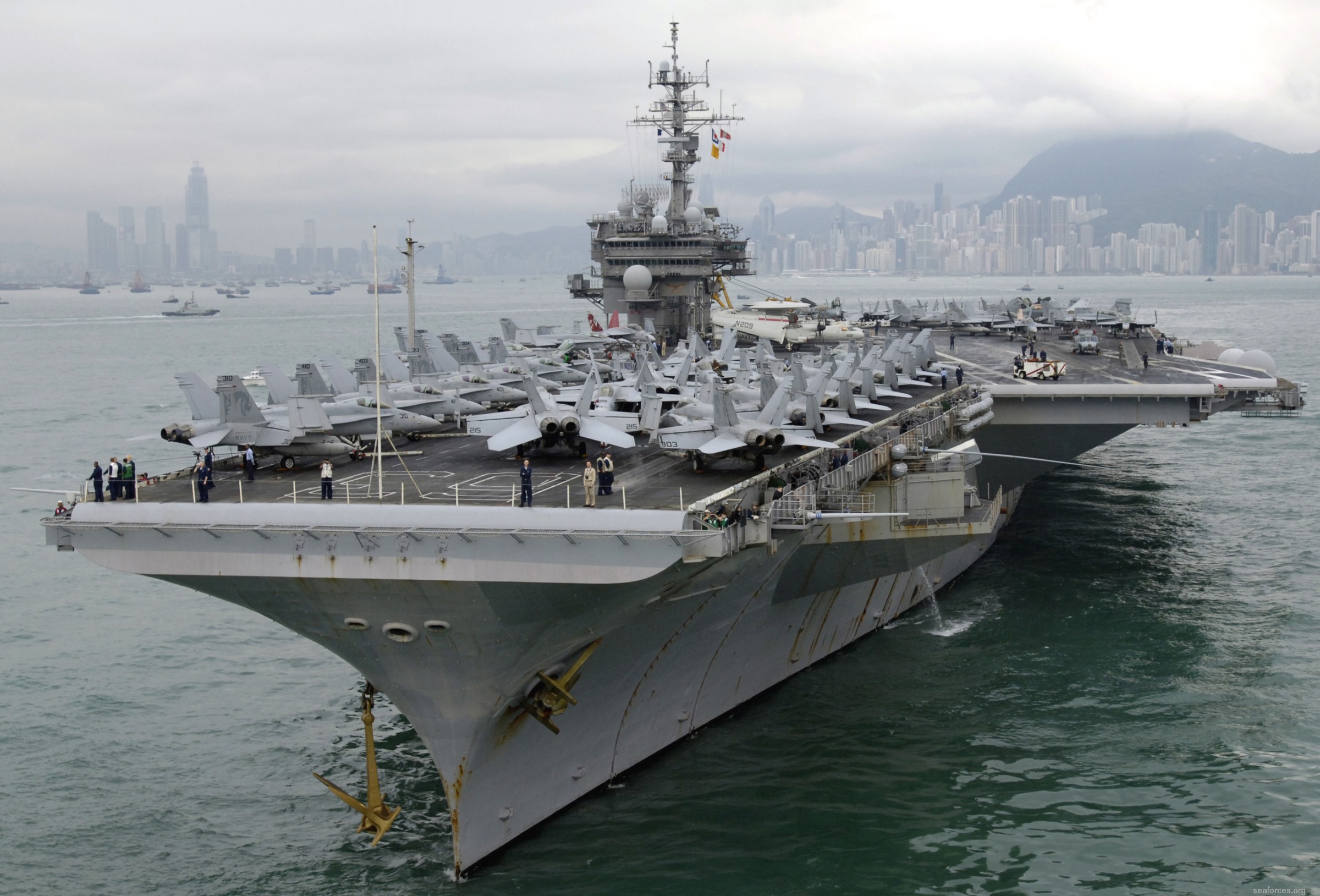 with CVW-5 embarked - Hong Kong - April 2008 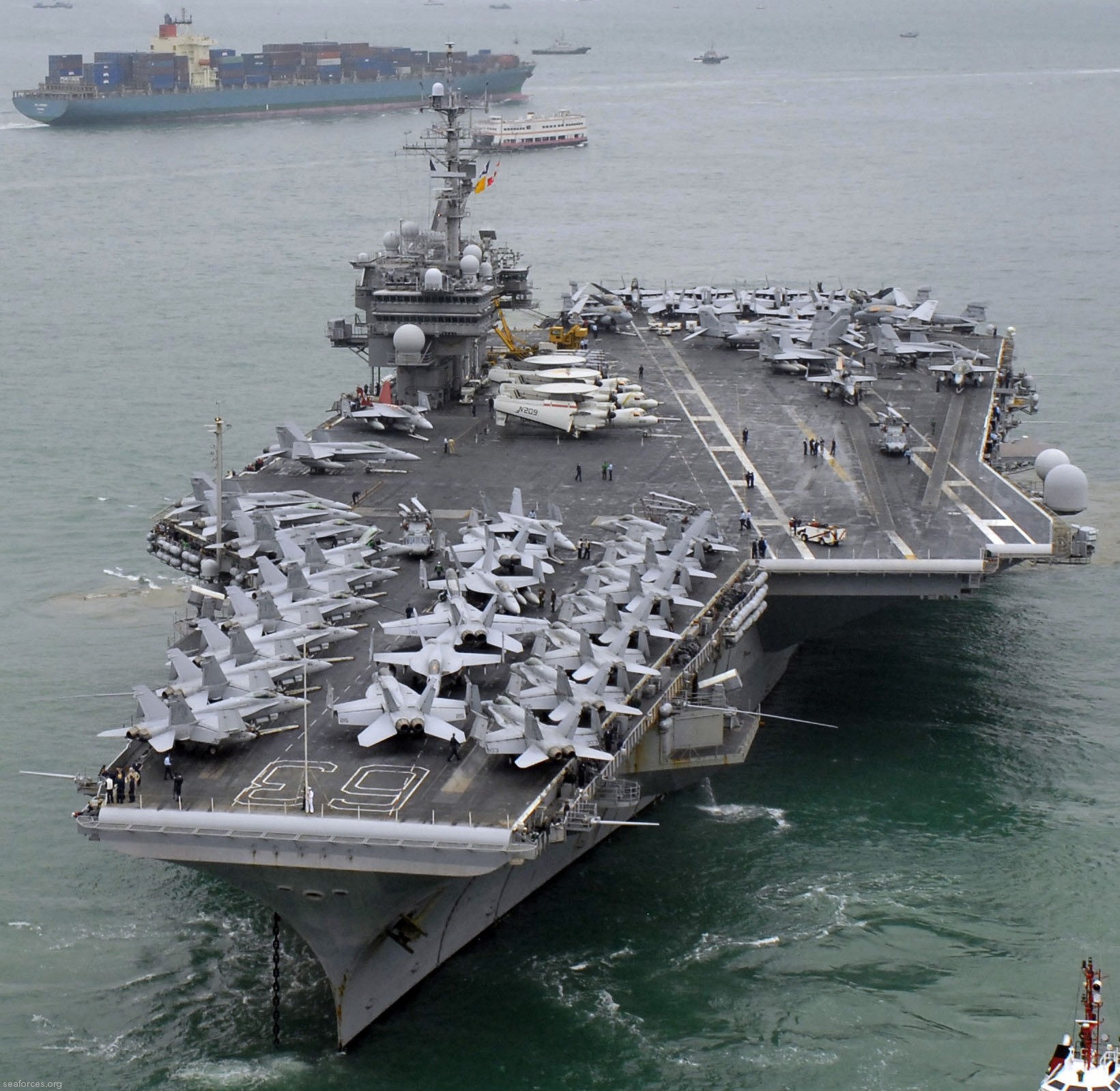 with CVW-5 embarked - Hong Kong - April 2008 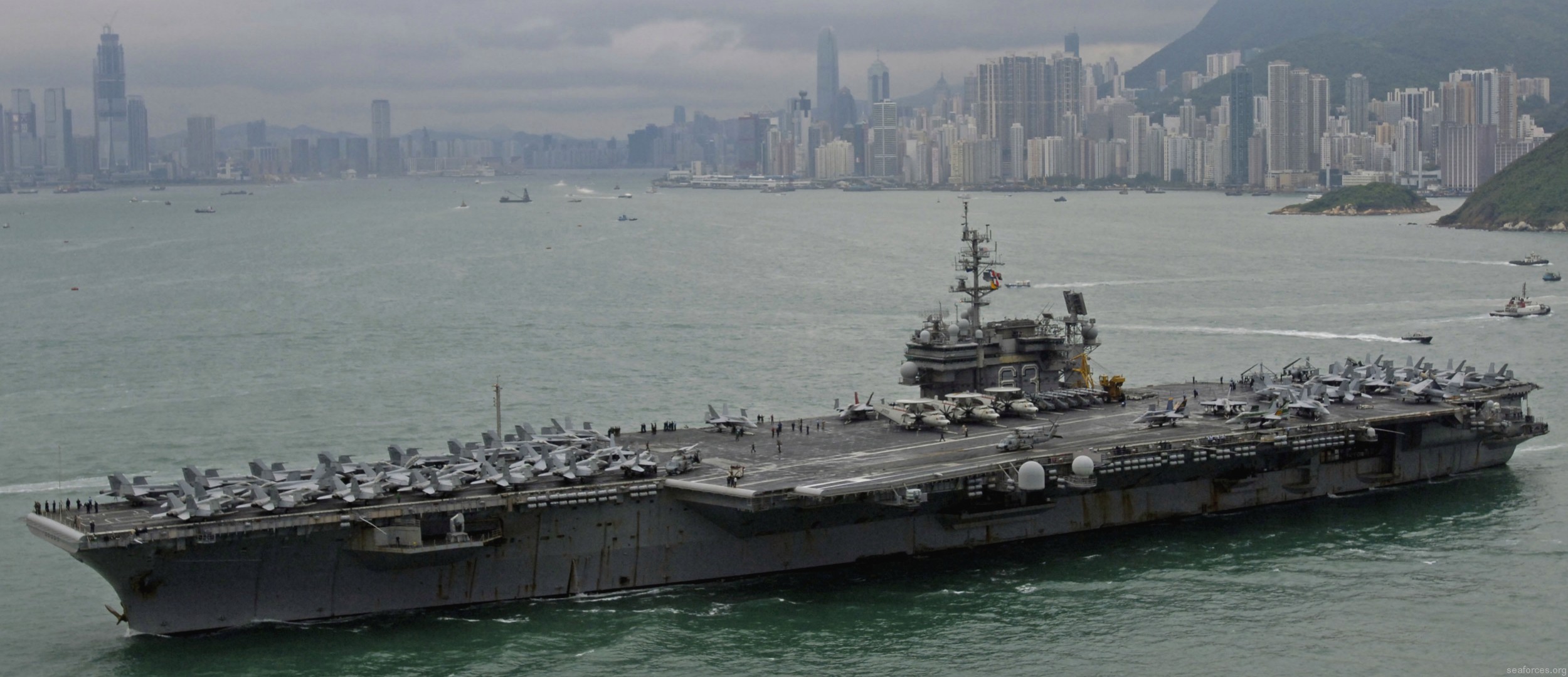 with CVW-5 embarked - Hong Kong - April 2008 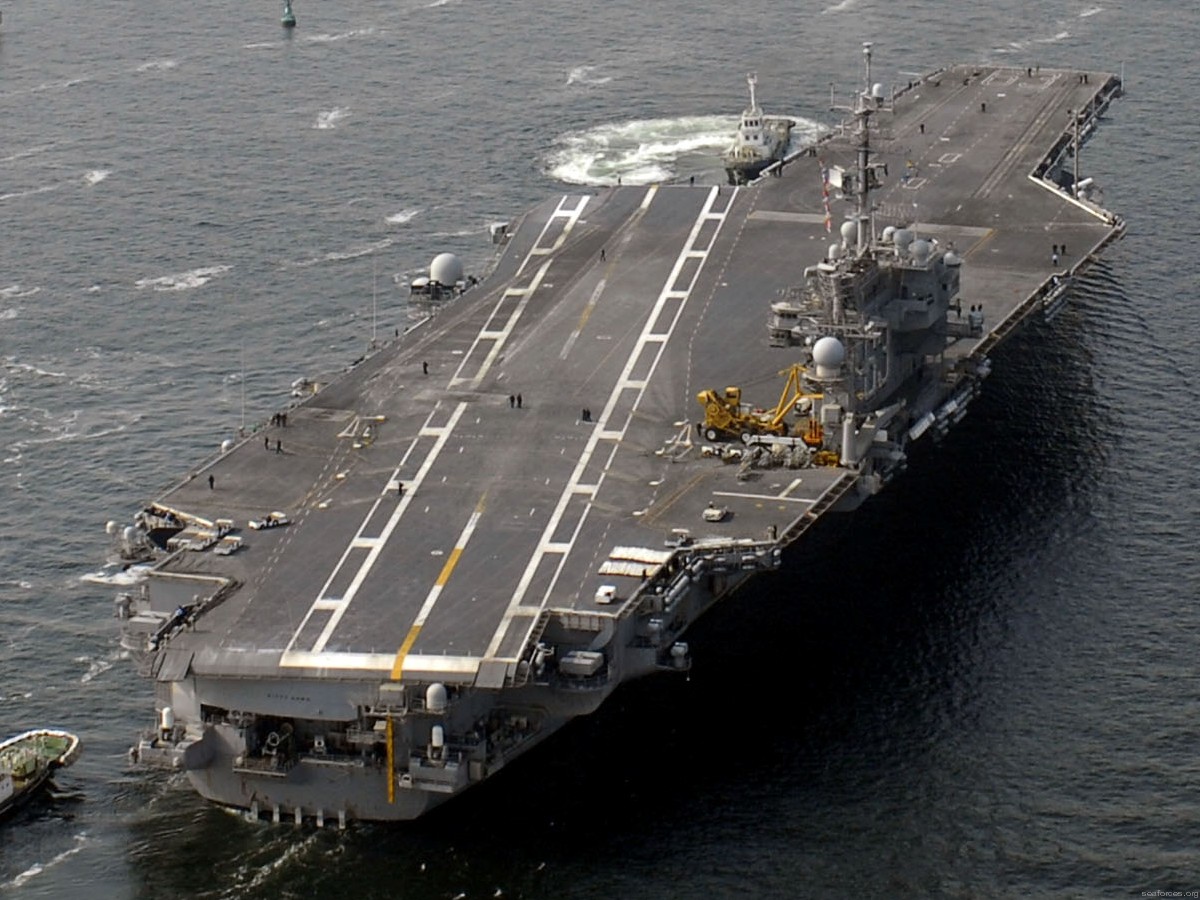 Yokosuka, Japan - April 2008 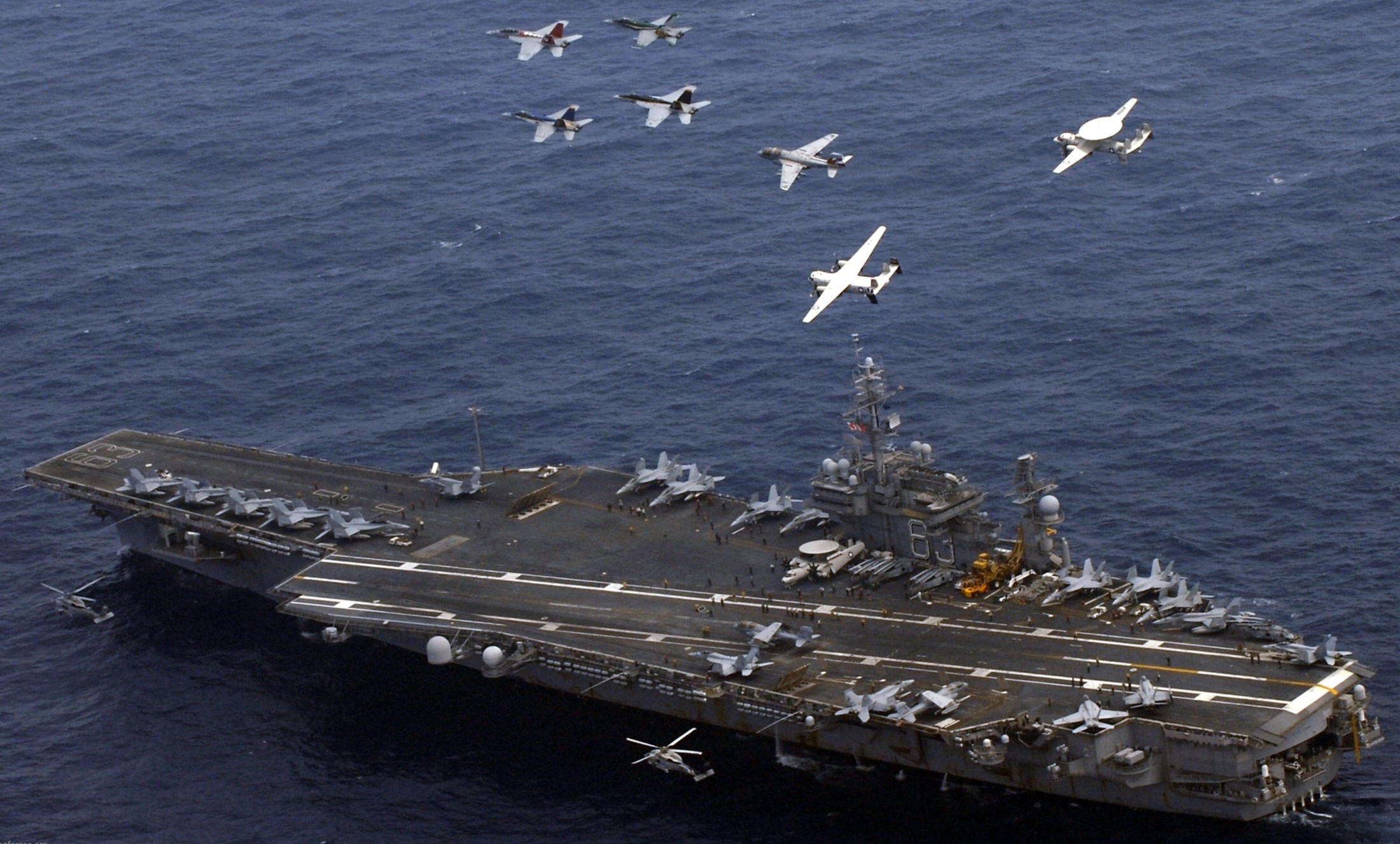 with CVW-5 embarked - Pacific Ocean - April 2008  with CVW-5 embarked - Pacific Ocean - April 2008 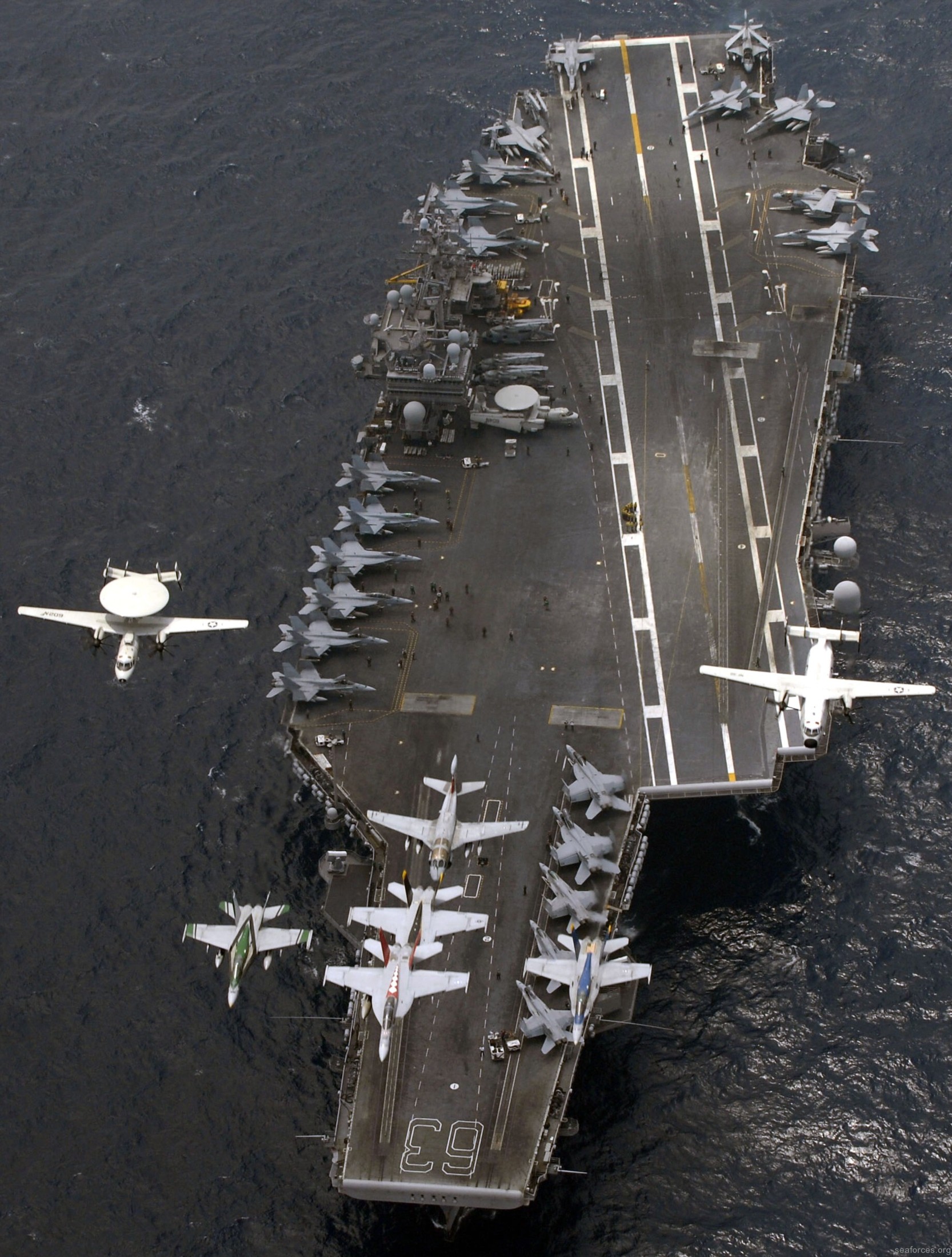 with CVW-5 embarked - Pacific Ocean - April 2008 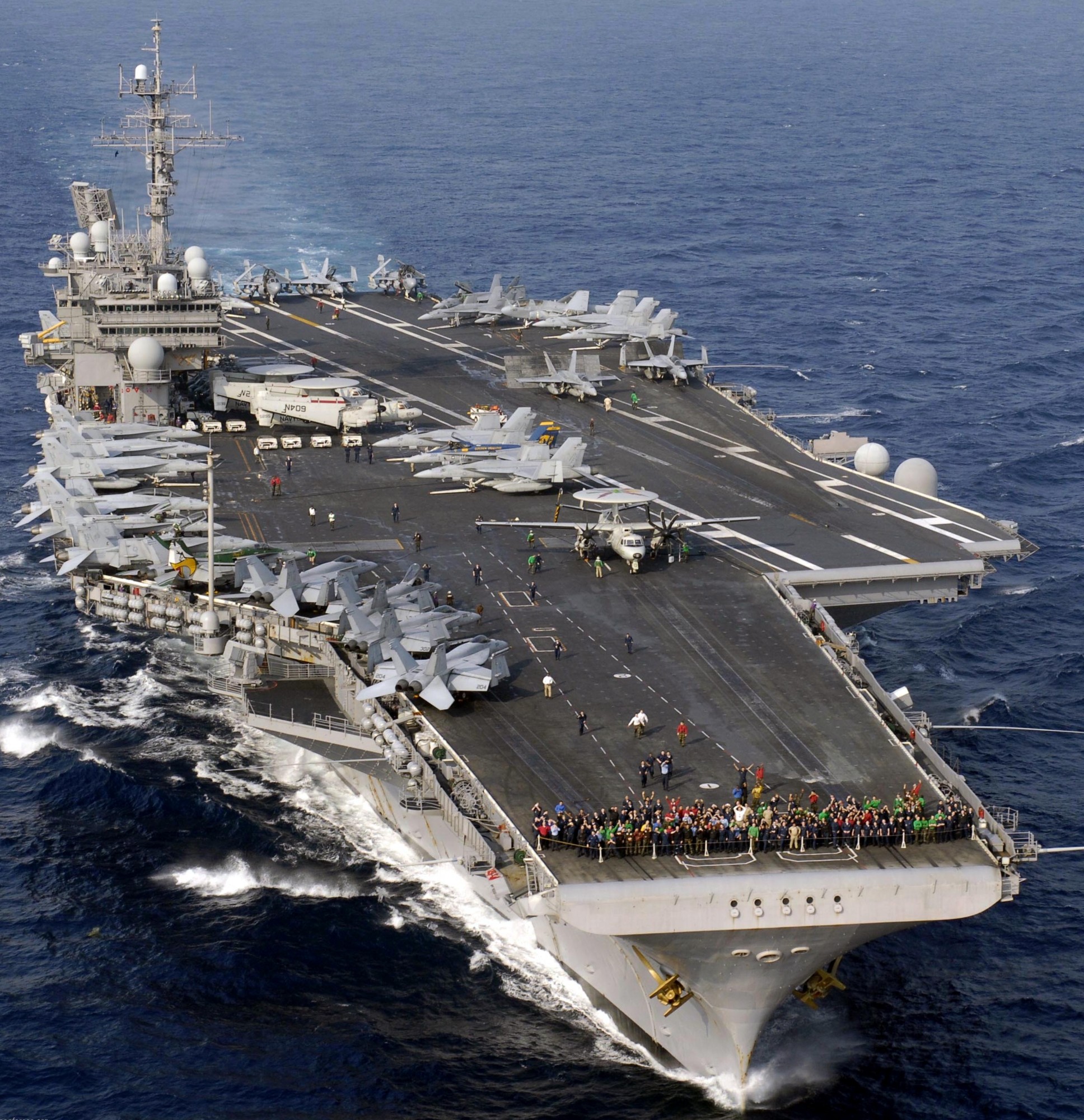 with CVW-5 embarked - Pacific Ocean - March 2008 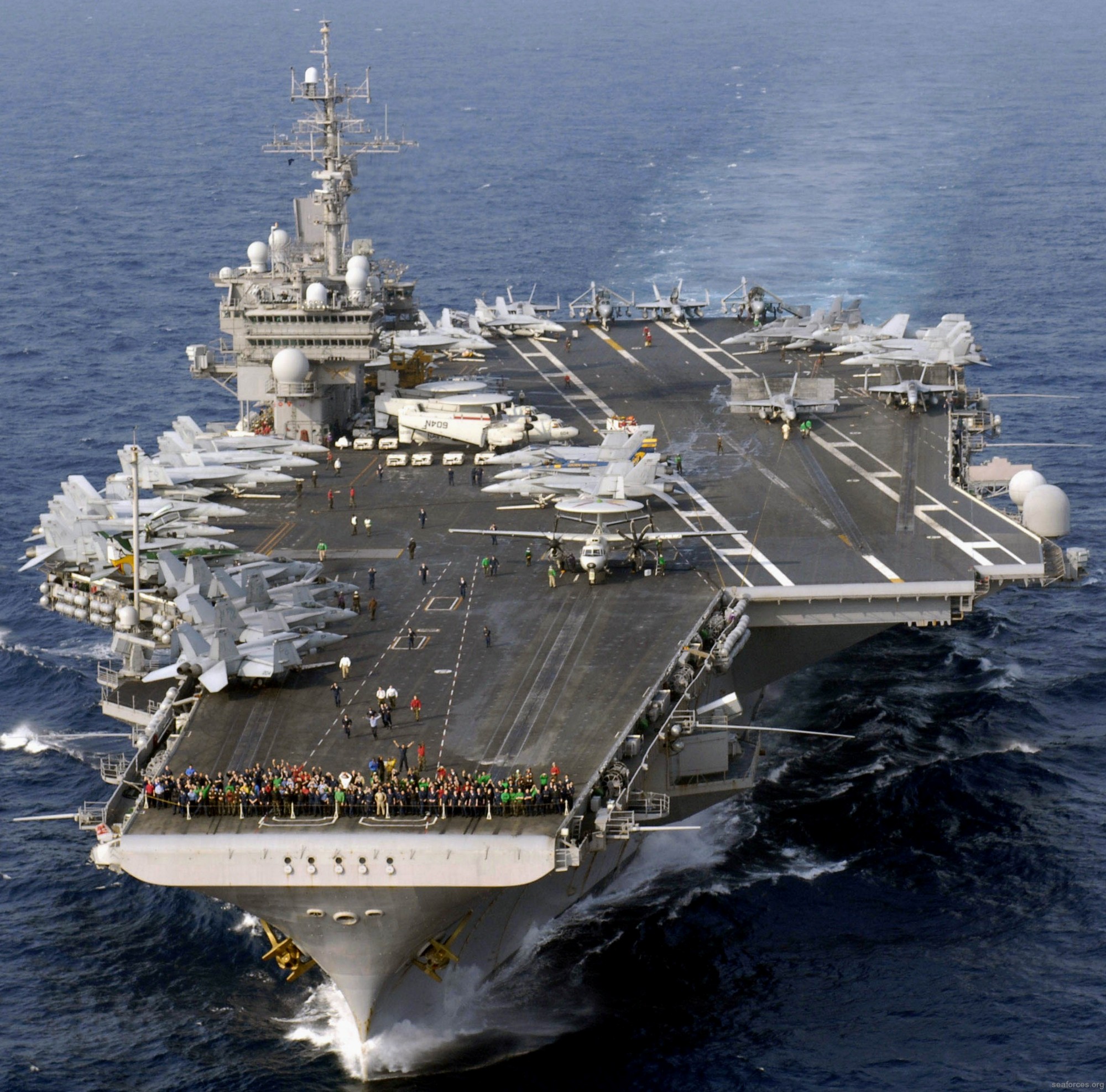 with CVW-5 embarked - Pacific Ocean - March 2008 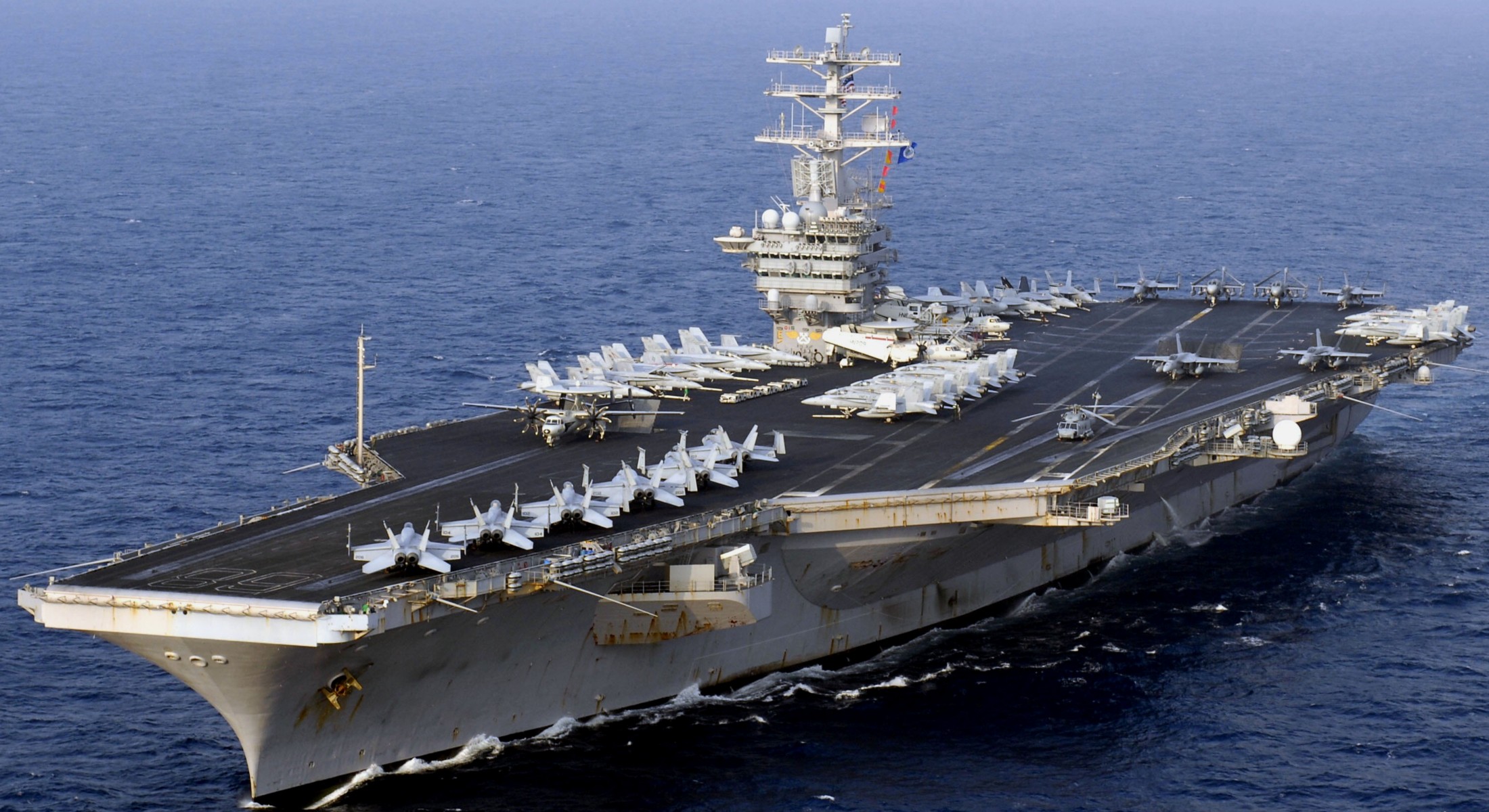 with CVW-5 embarked - Pacific Ocean - March 2008 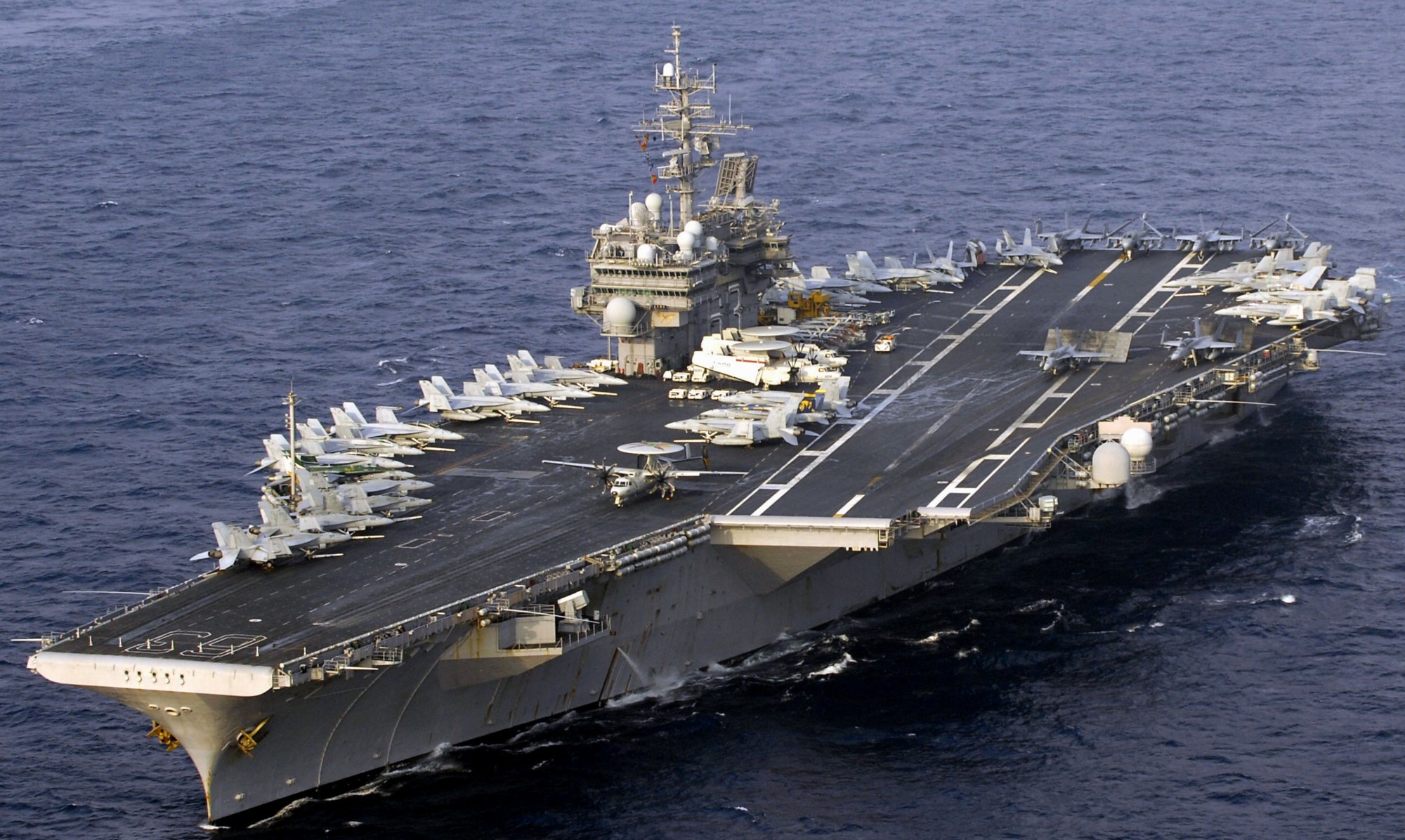 with CVW-5 embarked - Pacific Ocean - March 2008 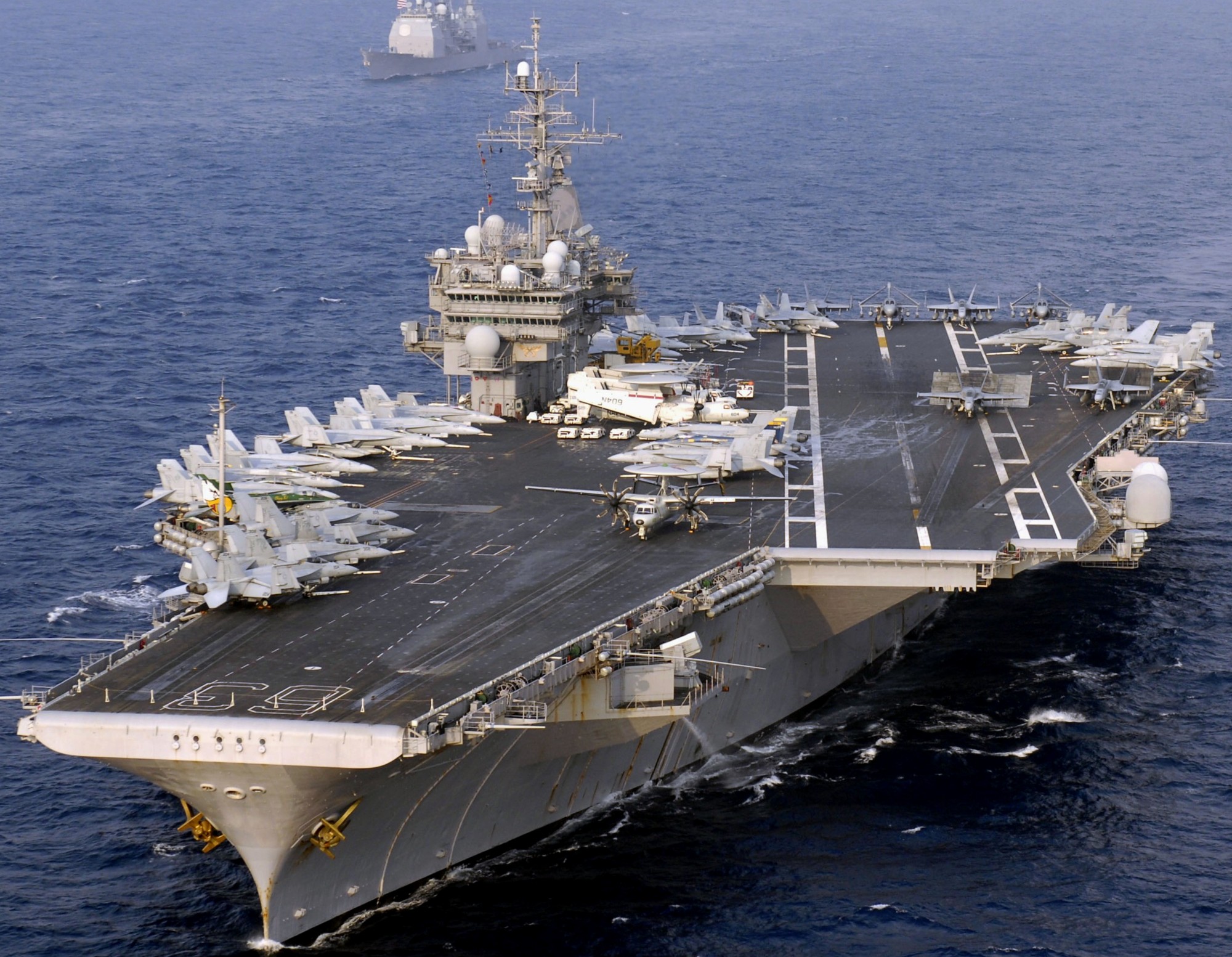 with CVW-5 embarked - Pacific Ocean - March 2008 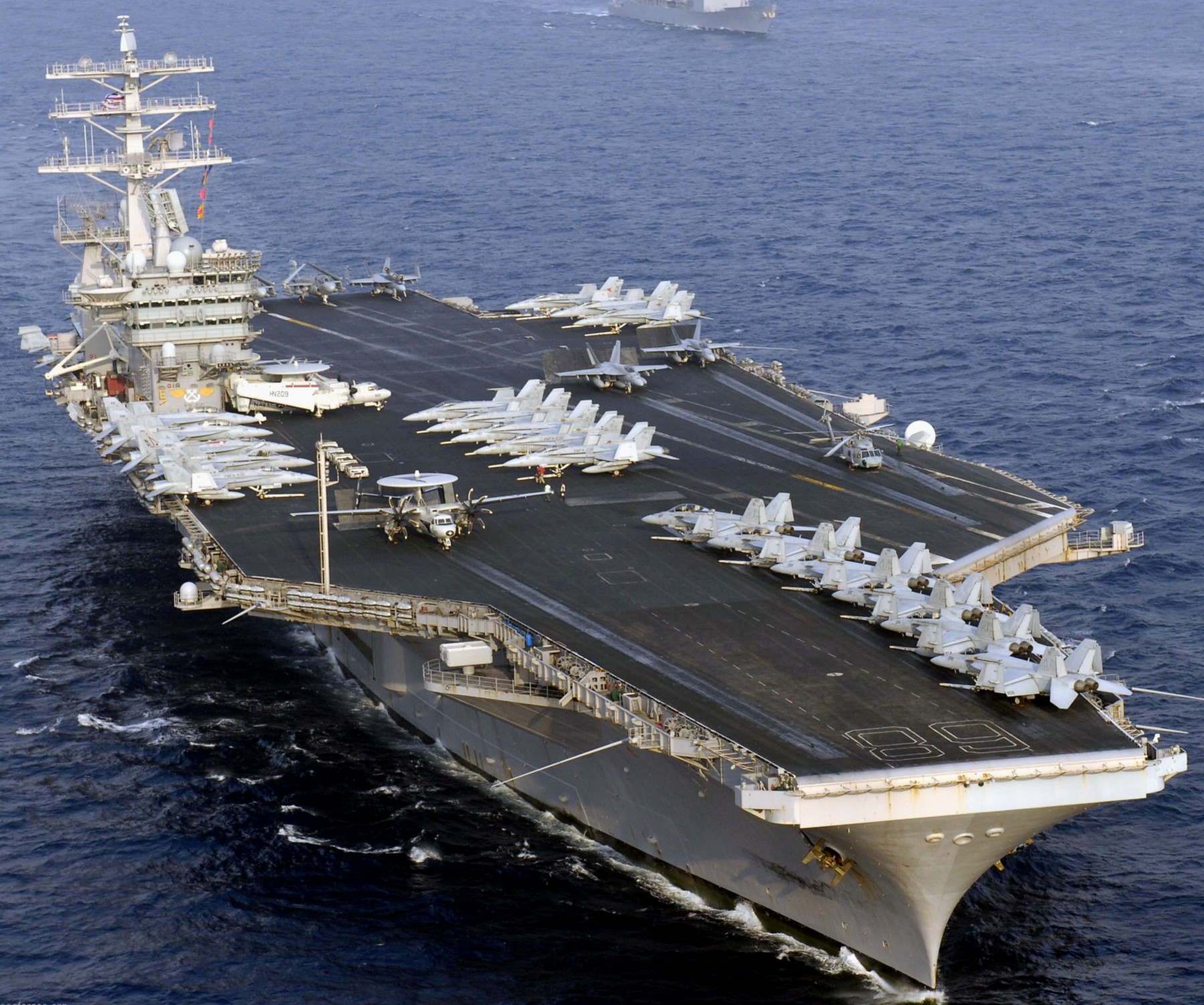 with CVW-5 embarked - Pacific Ocean - March 2008 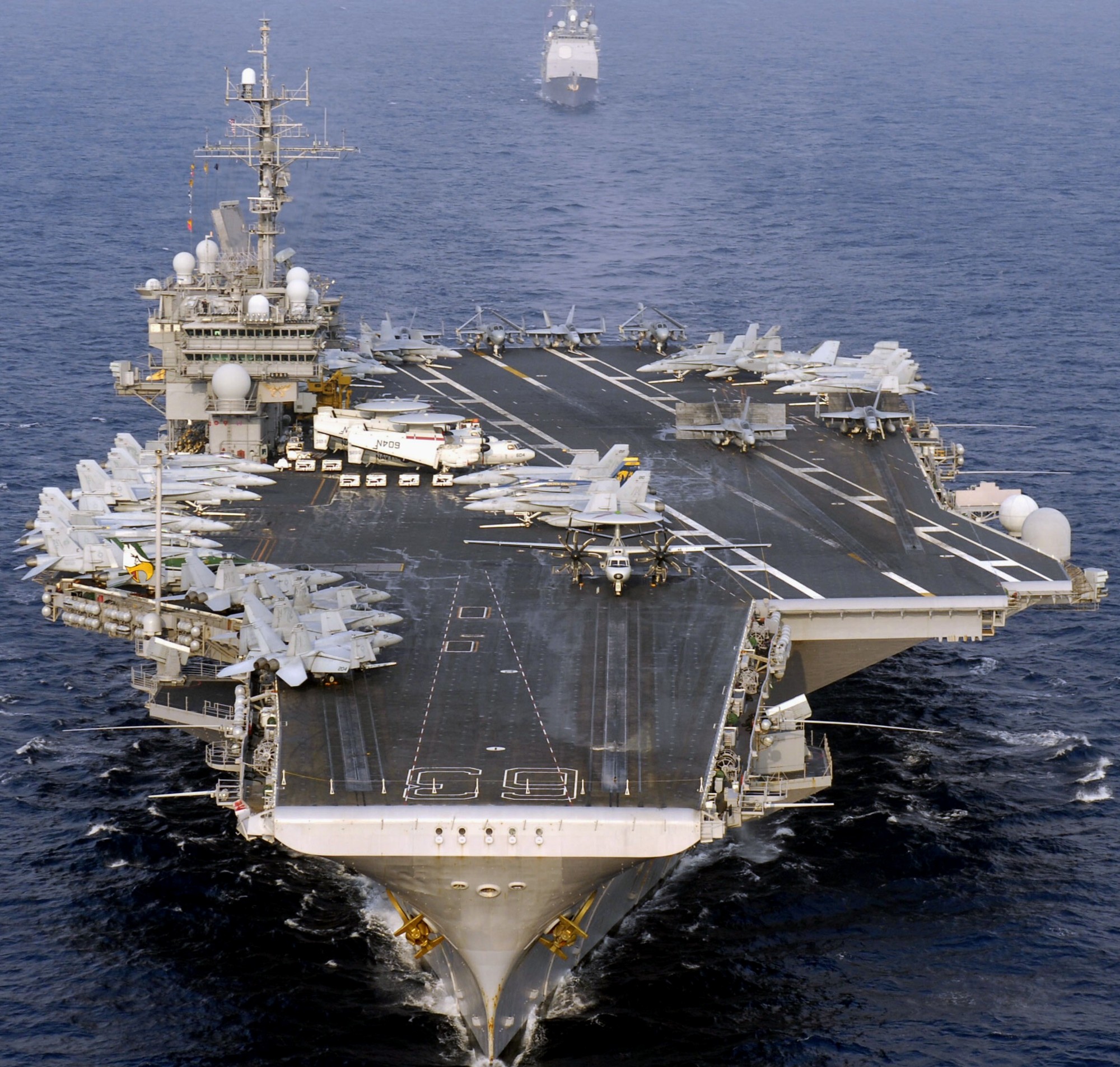 with CVW-5 embarked - Pacific Ocean - March 2008 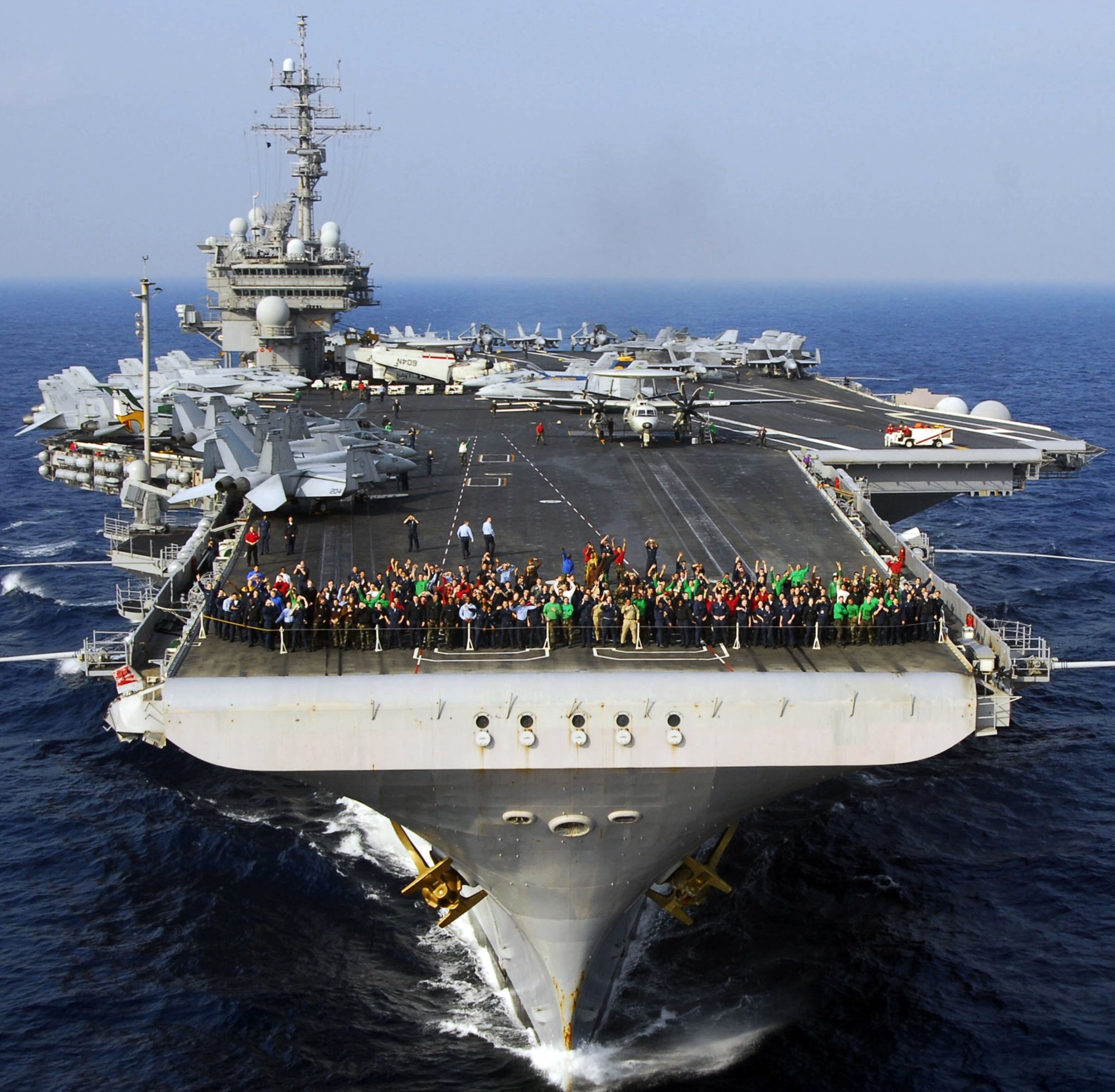 with CVW-5 embarked - Pacific Ocean - March 2008  with CVW-5 embarked - Pacific Ocean - March 2008 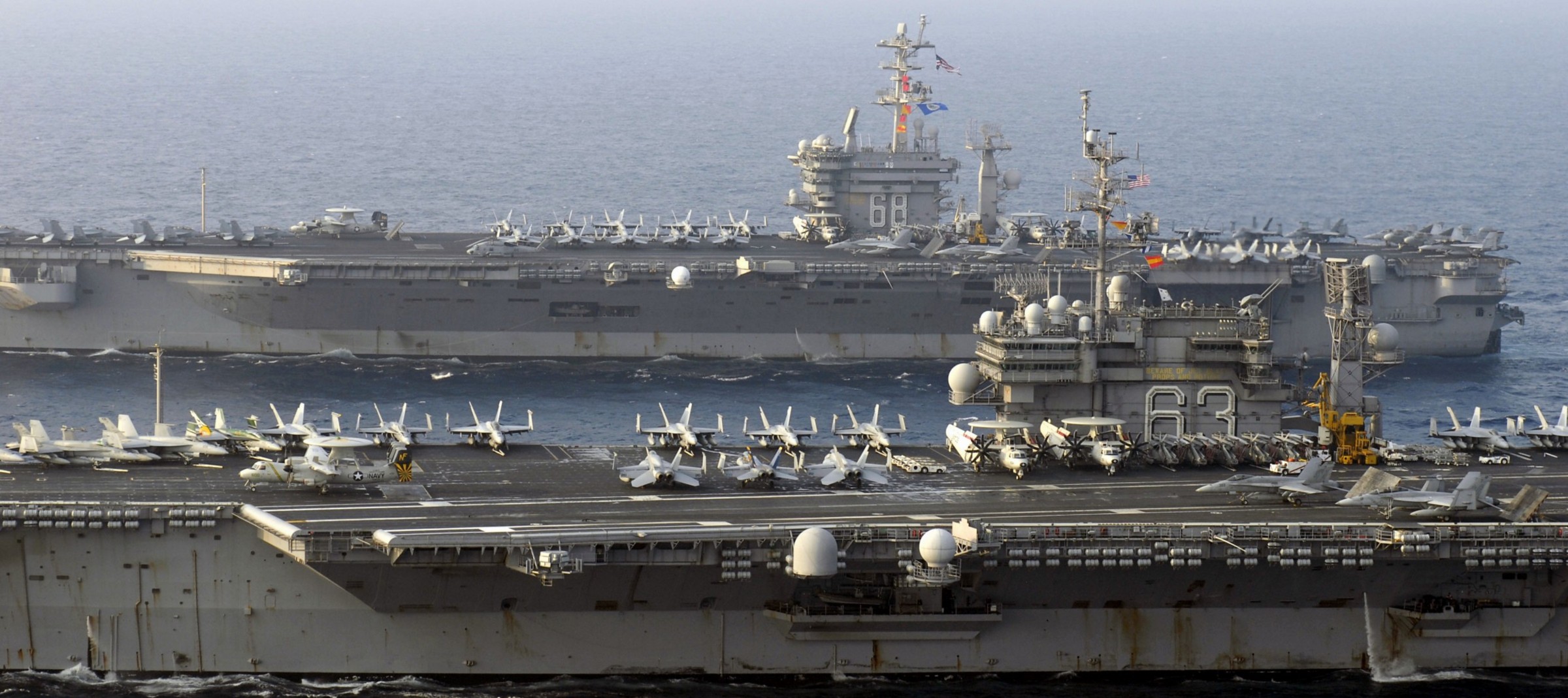 with CVW-5 embarked - Pacific Ocean - March 2008 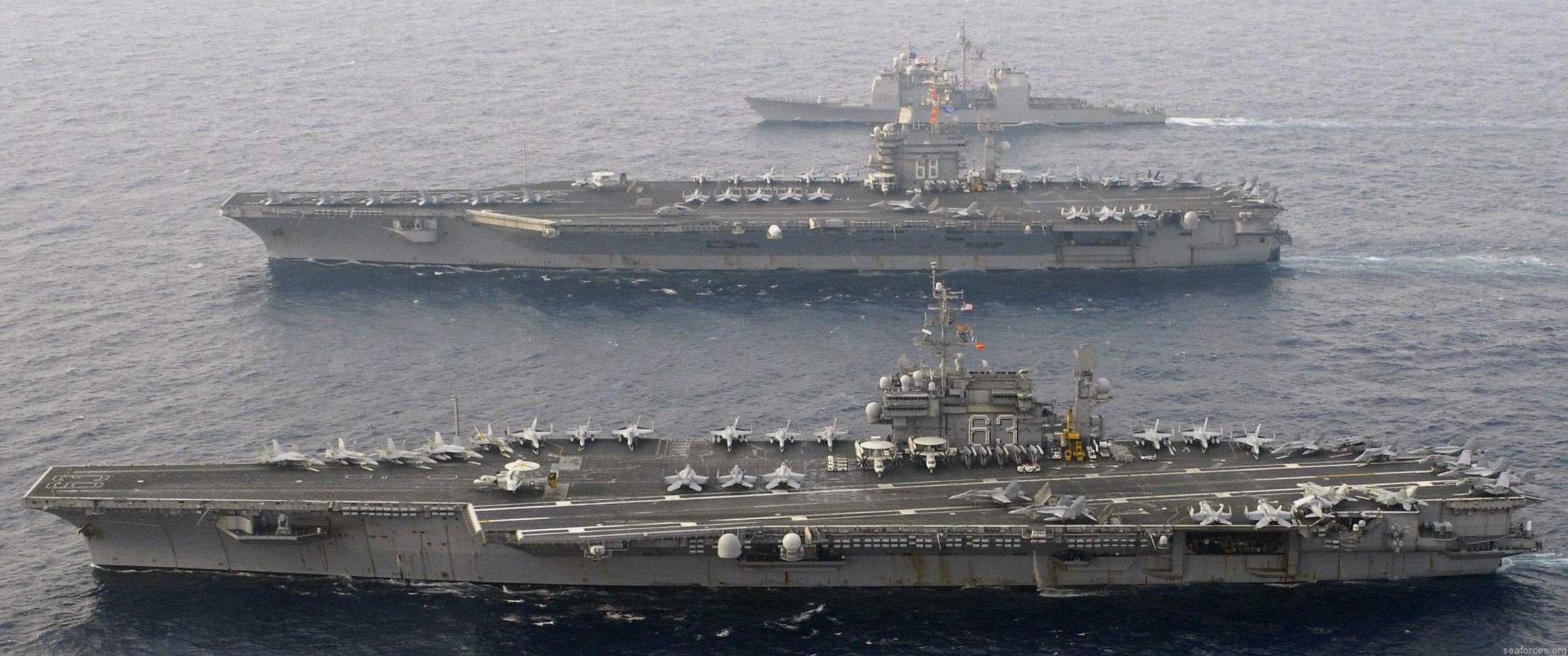 with CVW-5 embarked - Pacific Ocean - March 2008 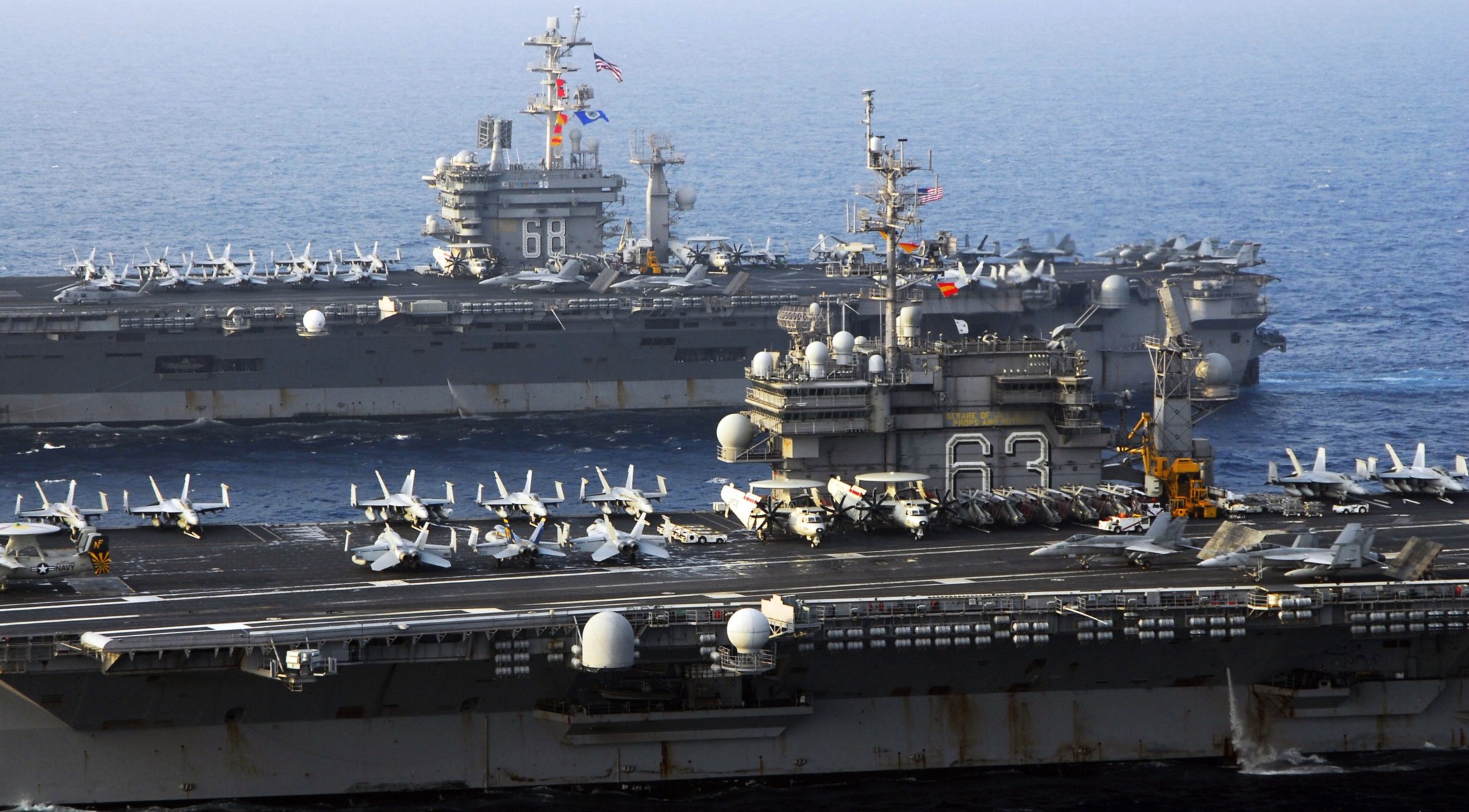 with CVW-5 embarked - Pacific Ocean - March 2008 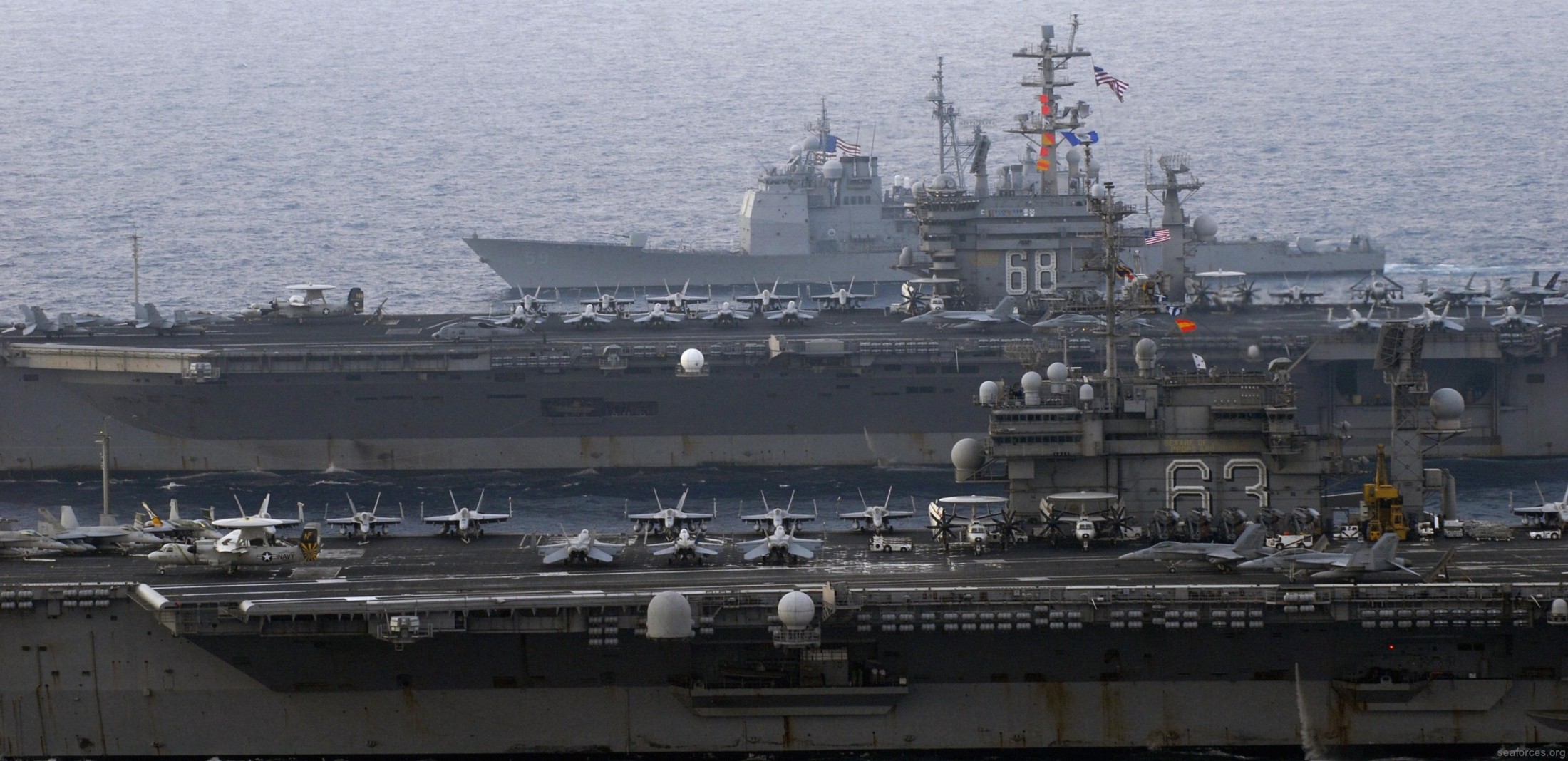 with CVW-5 embarked - Pacific Ocean - March 2008 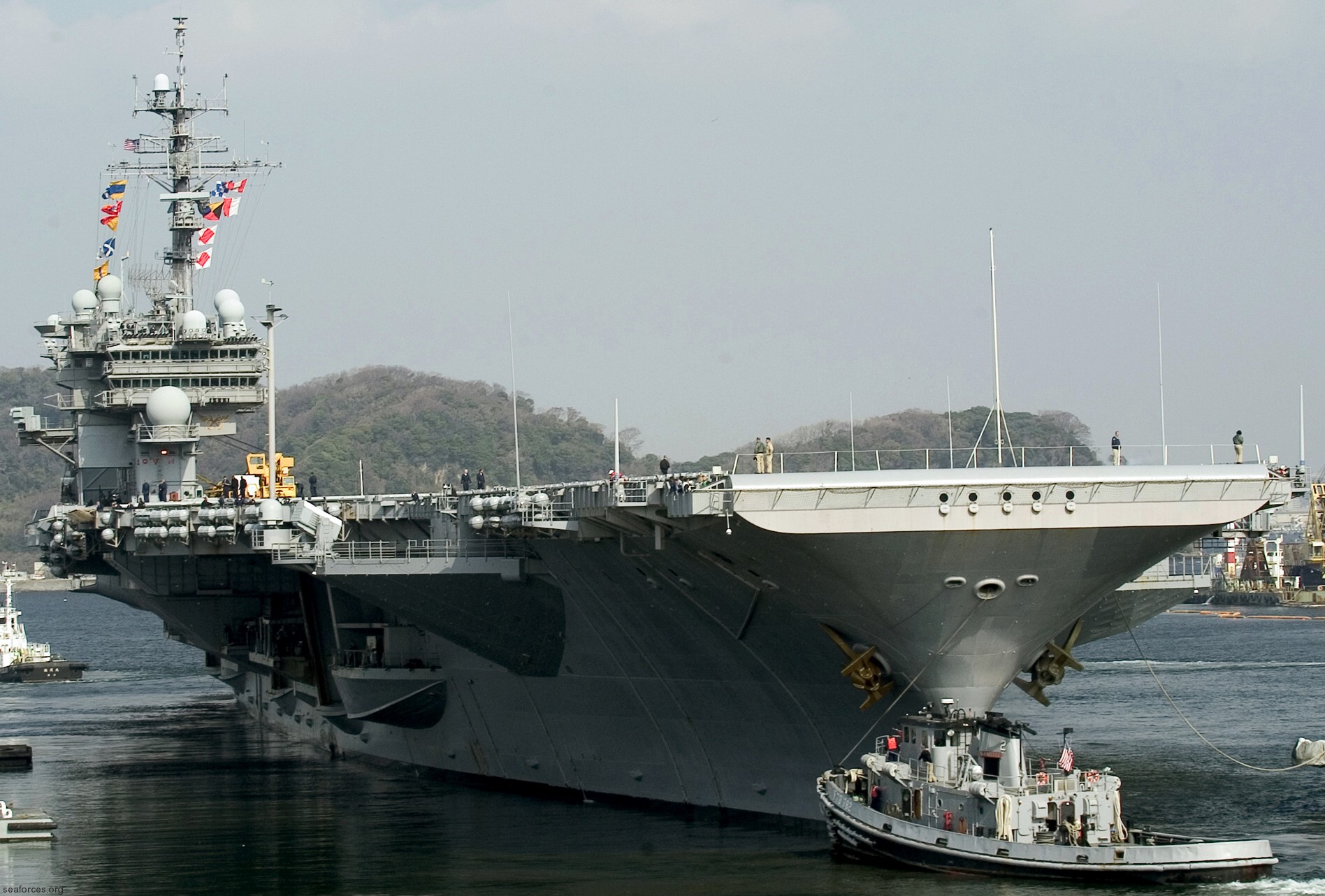 Yokosuka, Japan - March 2008 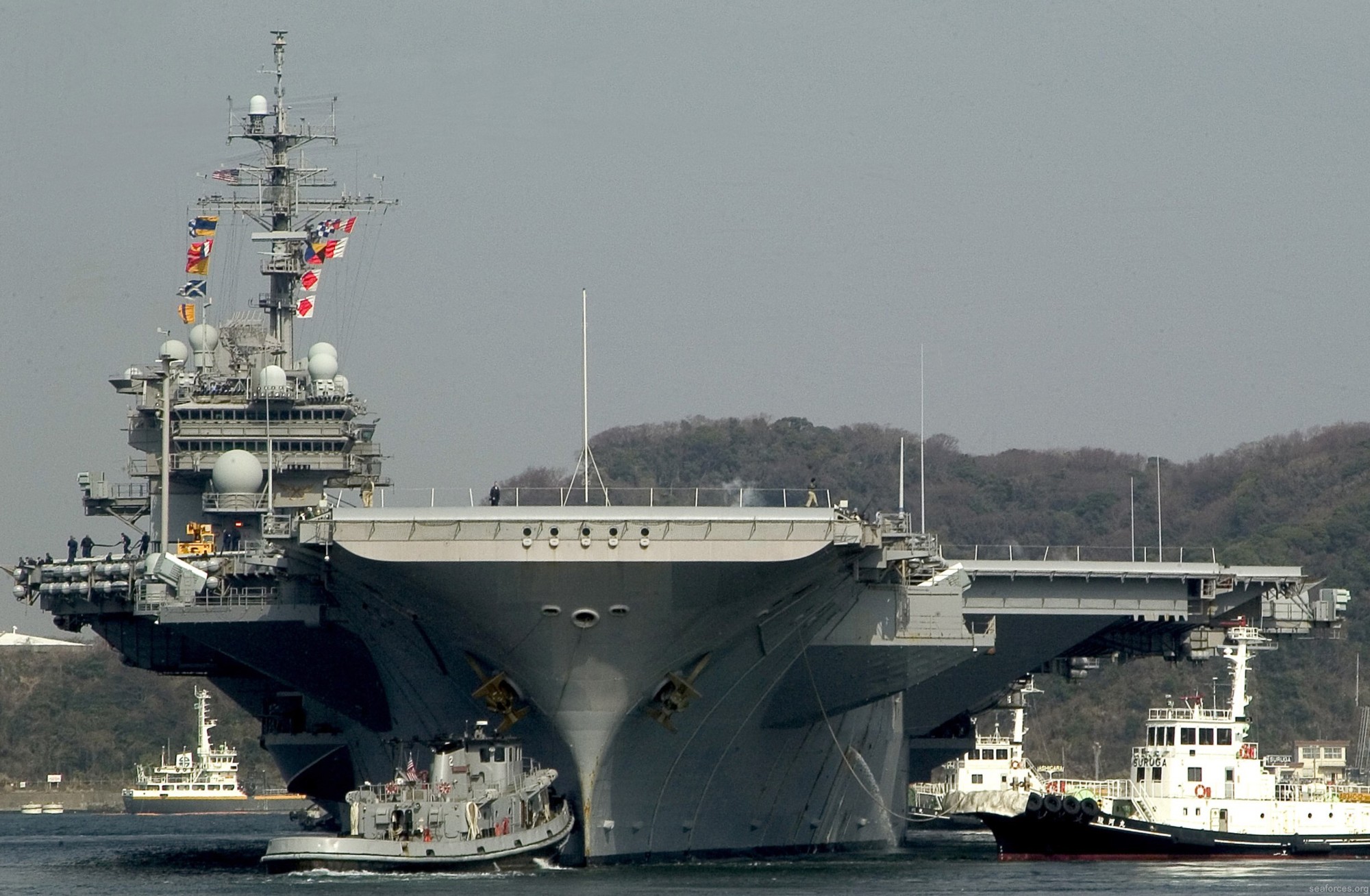 Yokosuka, Japan - March 2008 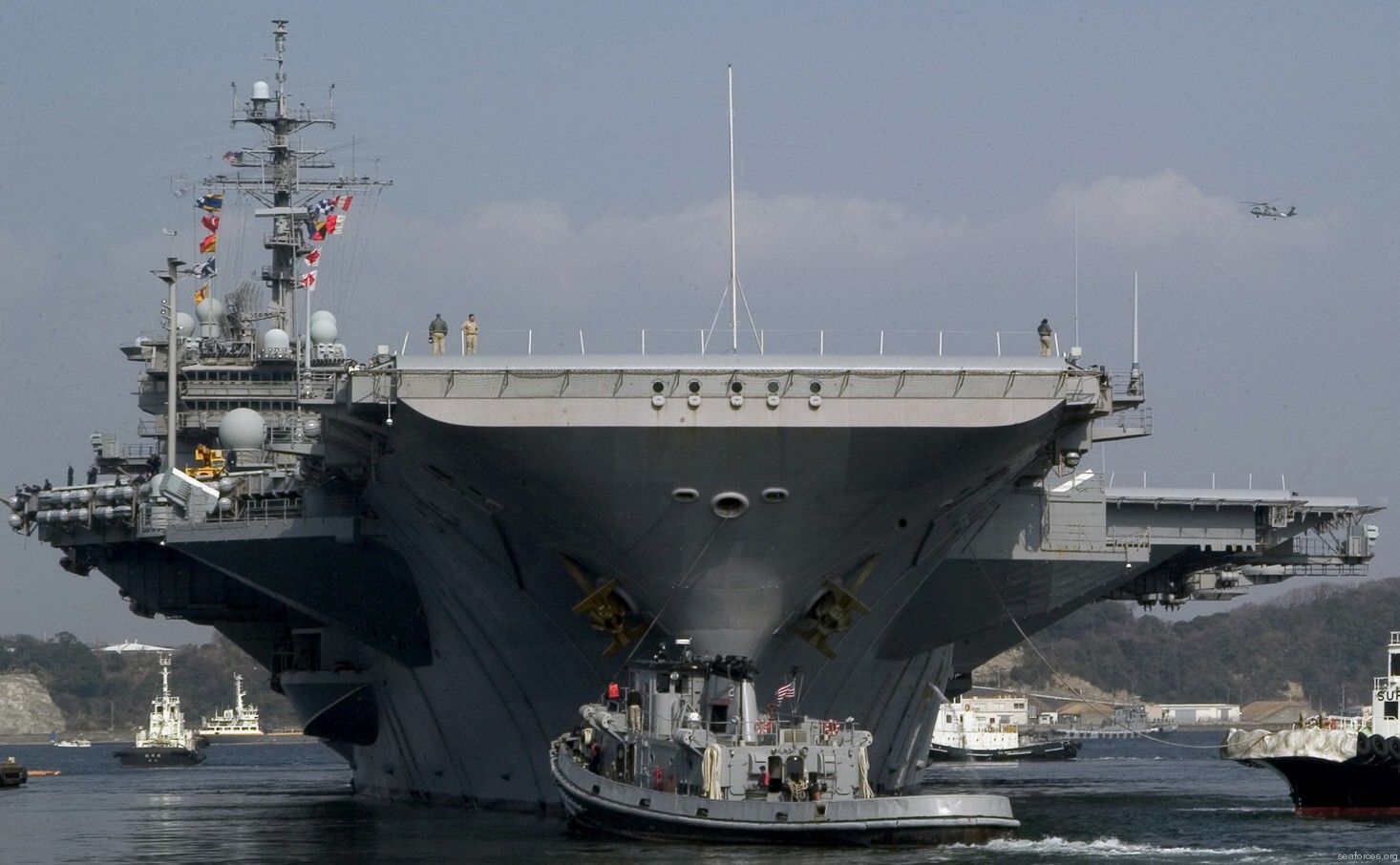 Yokosuka, Japan - March 2008 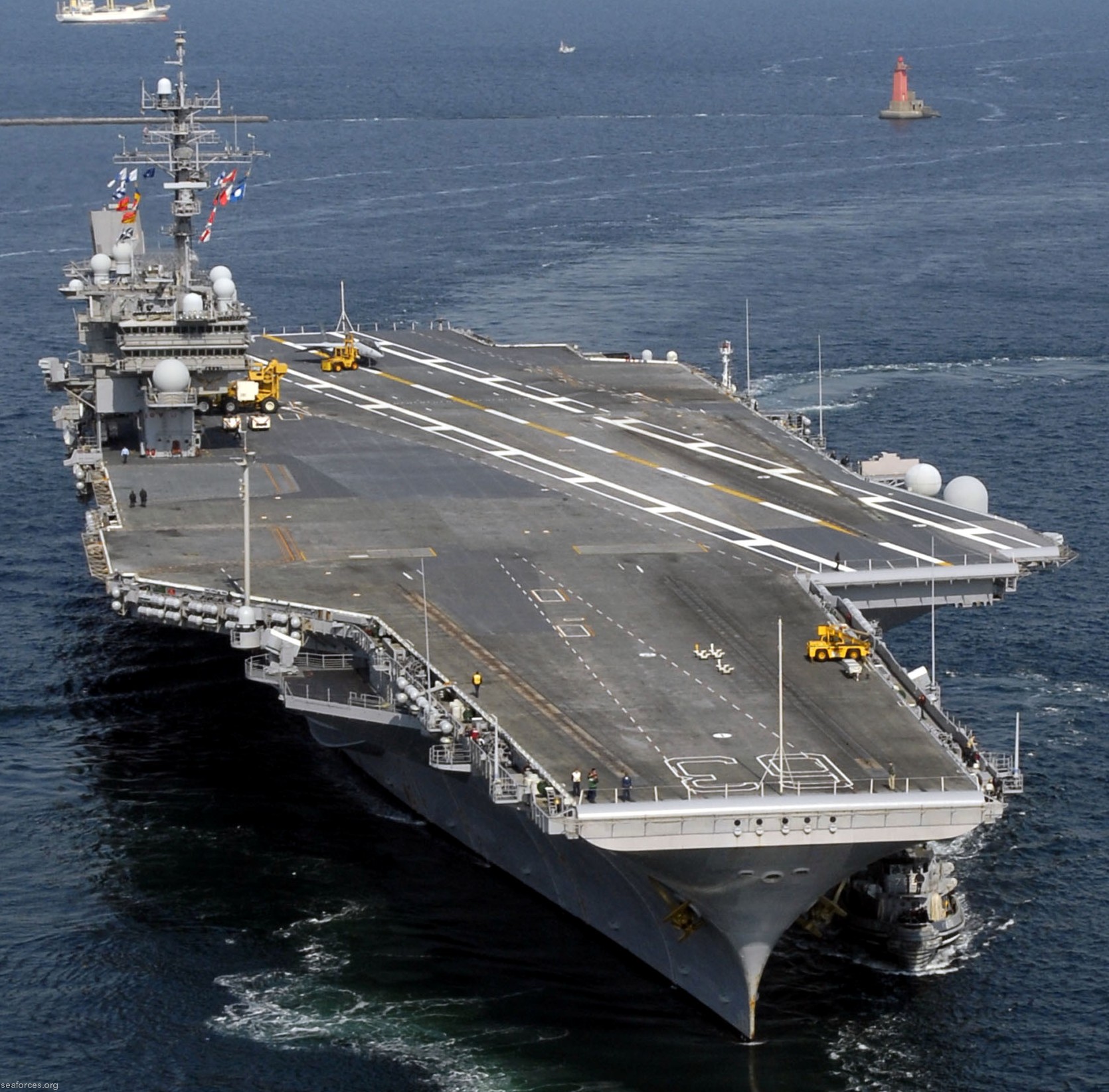 Yokosuka, Japan - March 2008 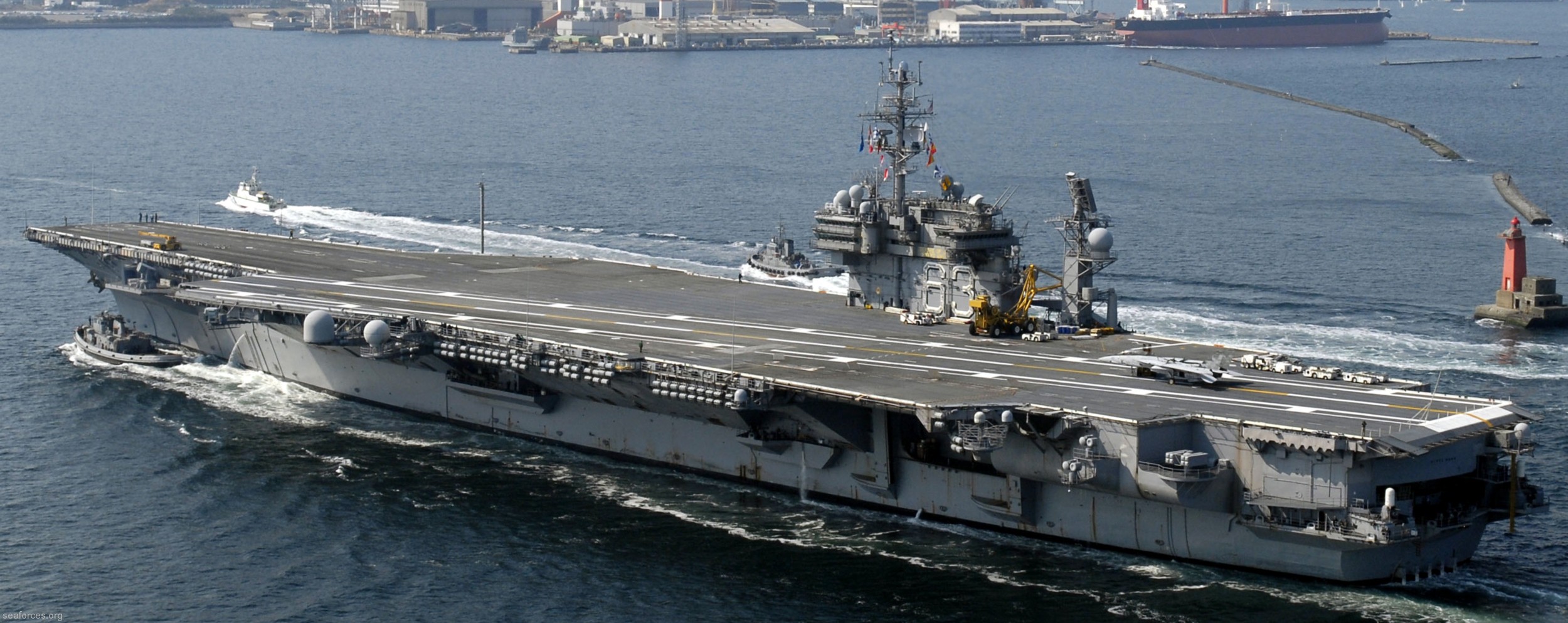 Yokosuka, Japan - March 2008  Yokosuka, Japan - March 2008 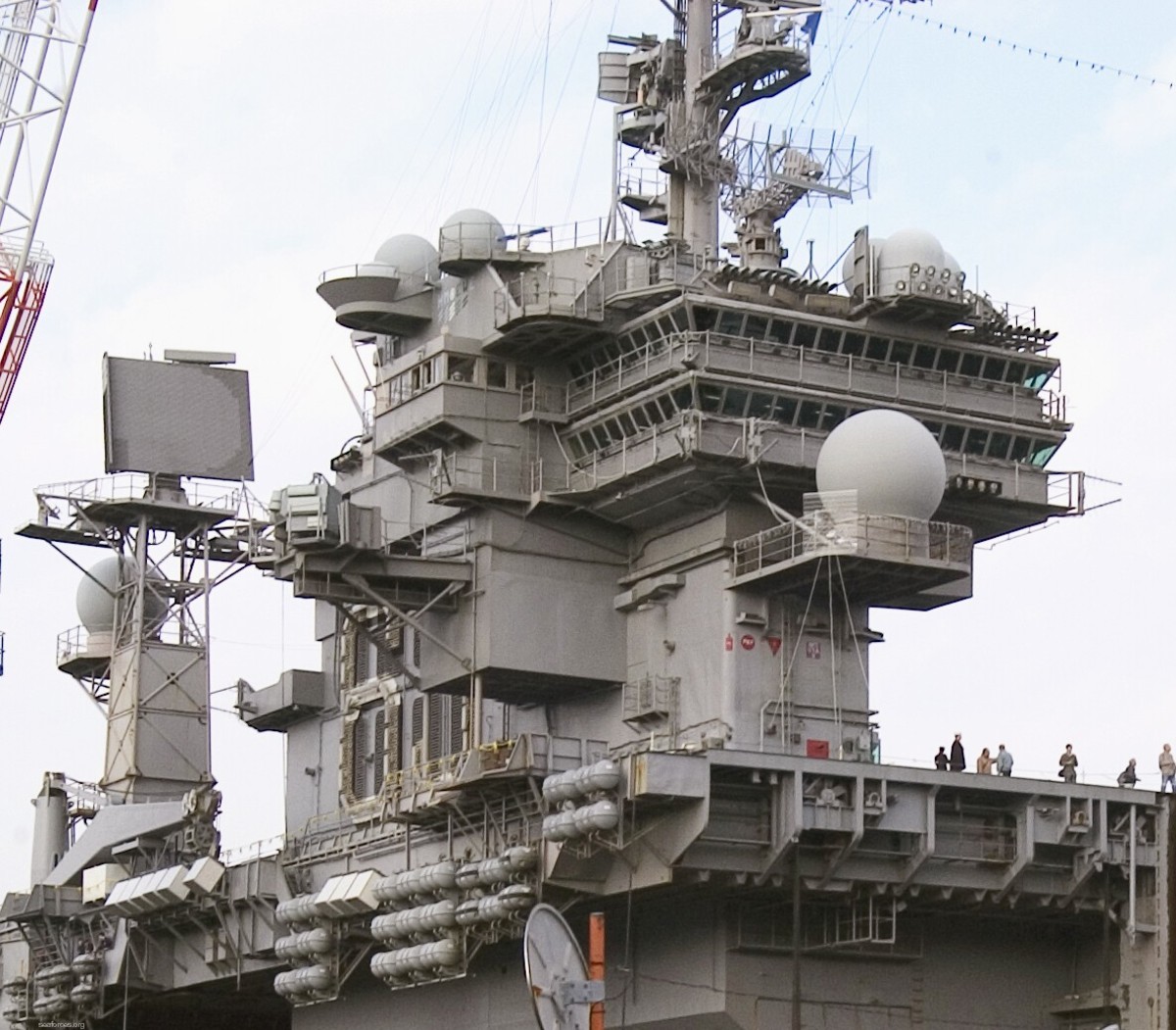 Yokosuka, Japan - December 2007 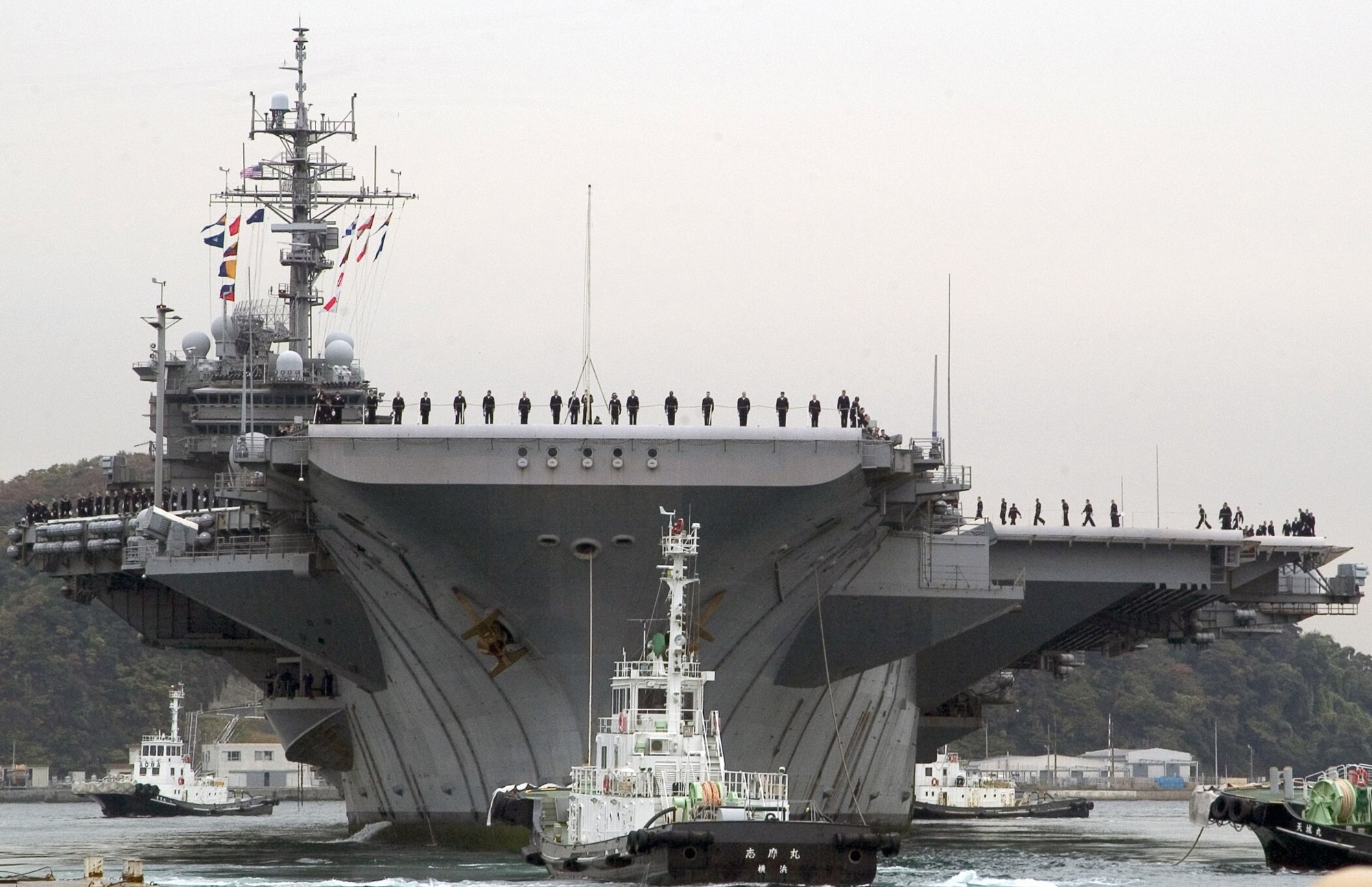 Yokosuka, Japan - November 2007 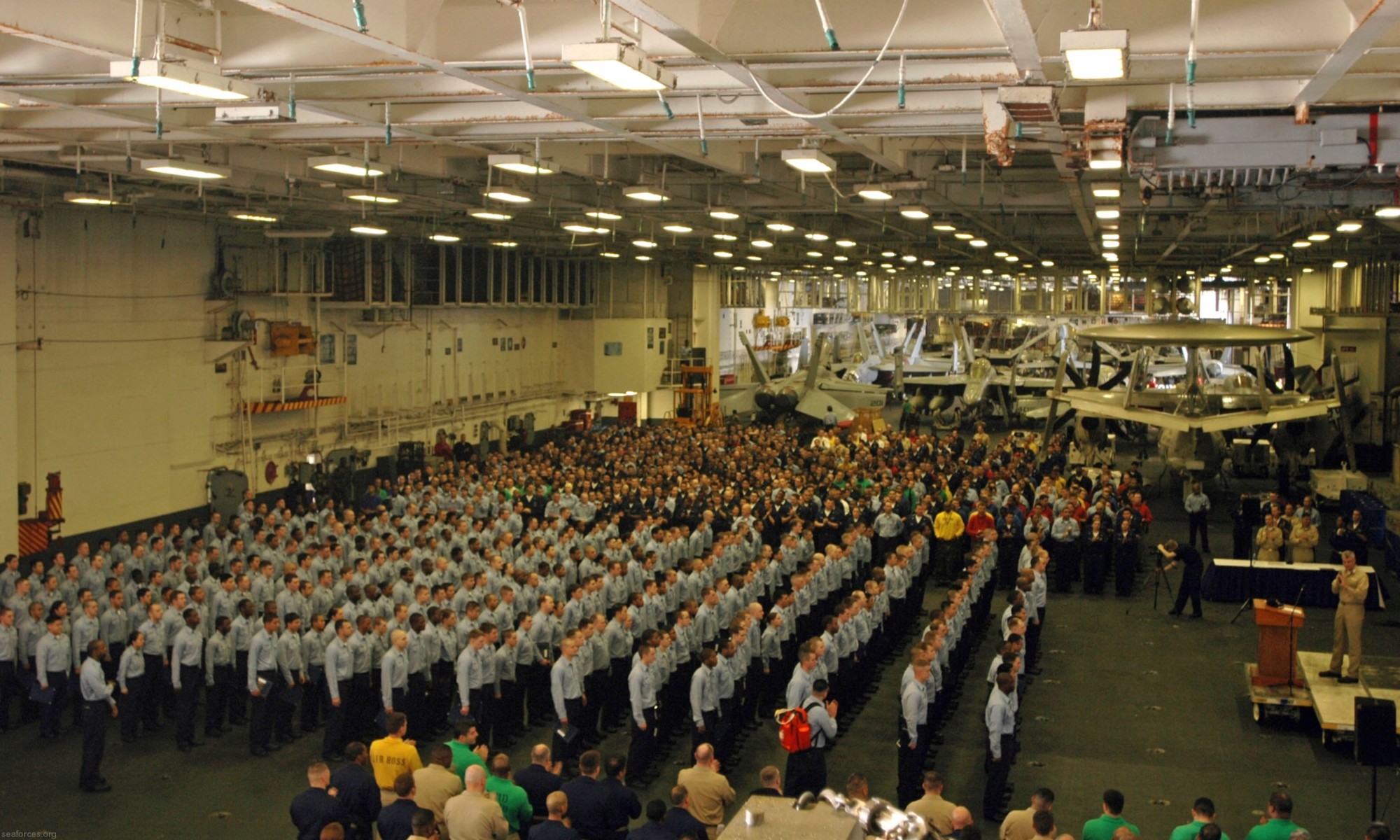 South China Sea - November 2007 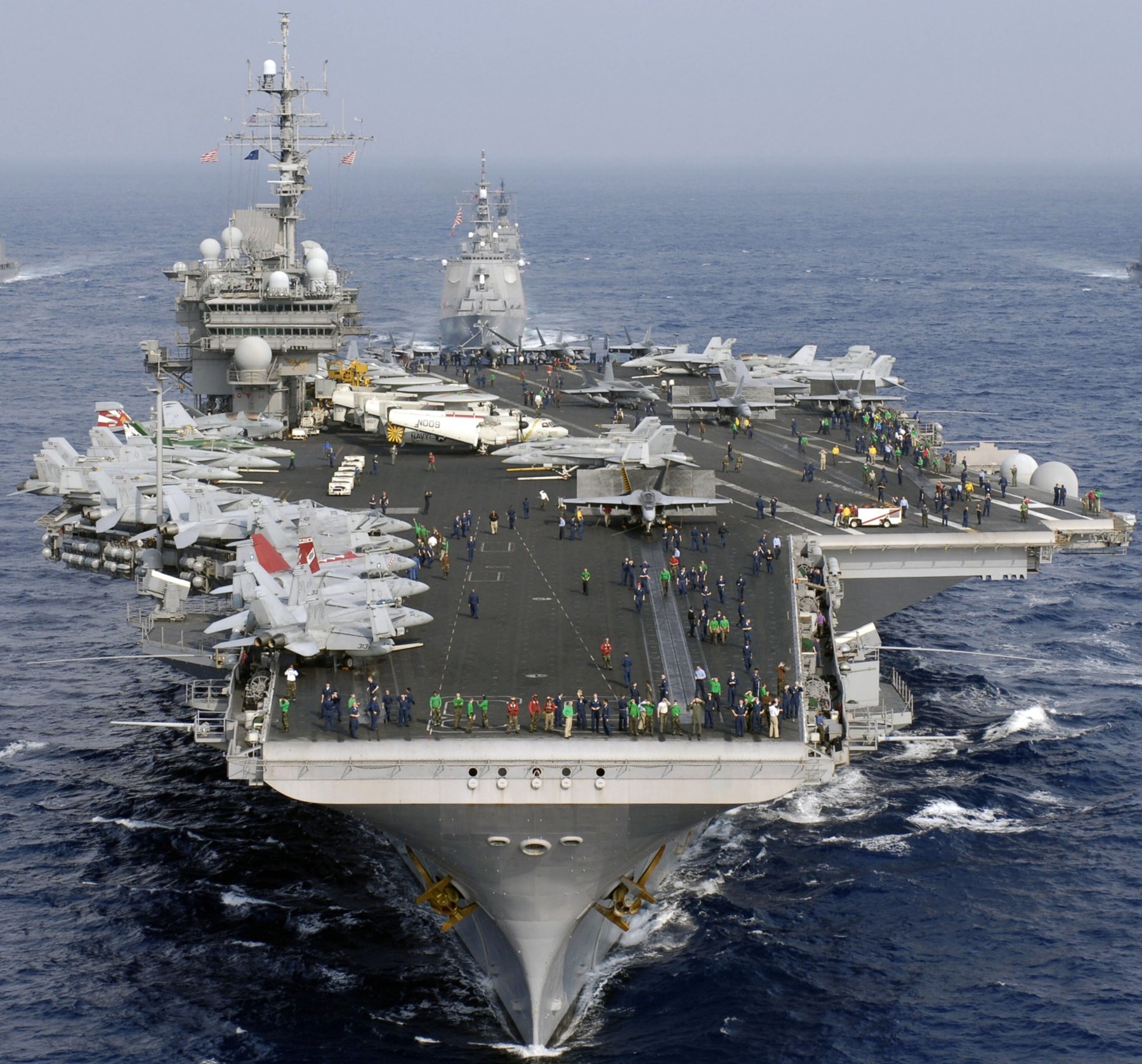 with CVW-5 embarked - South China Sea - November 2007 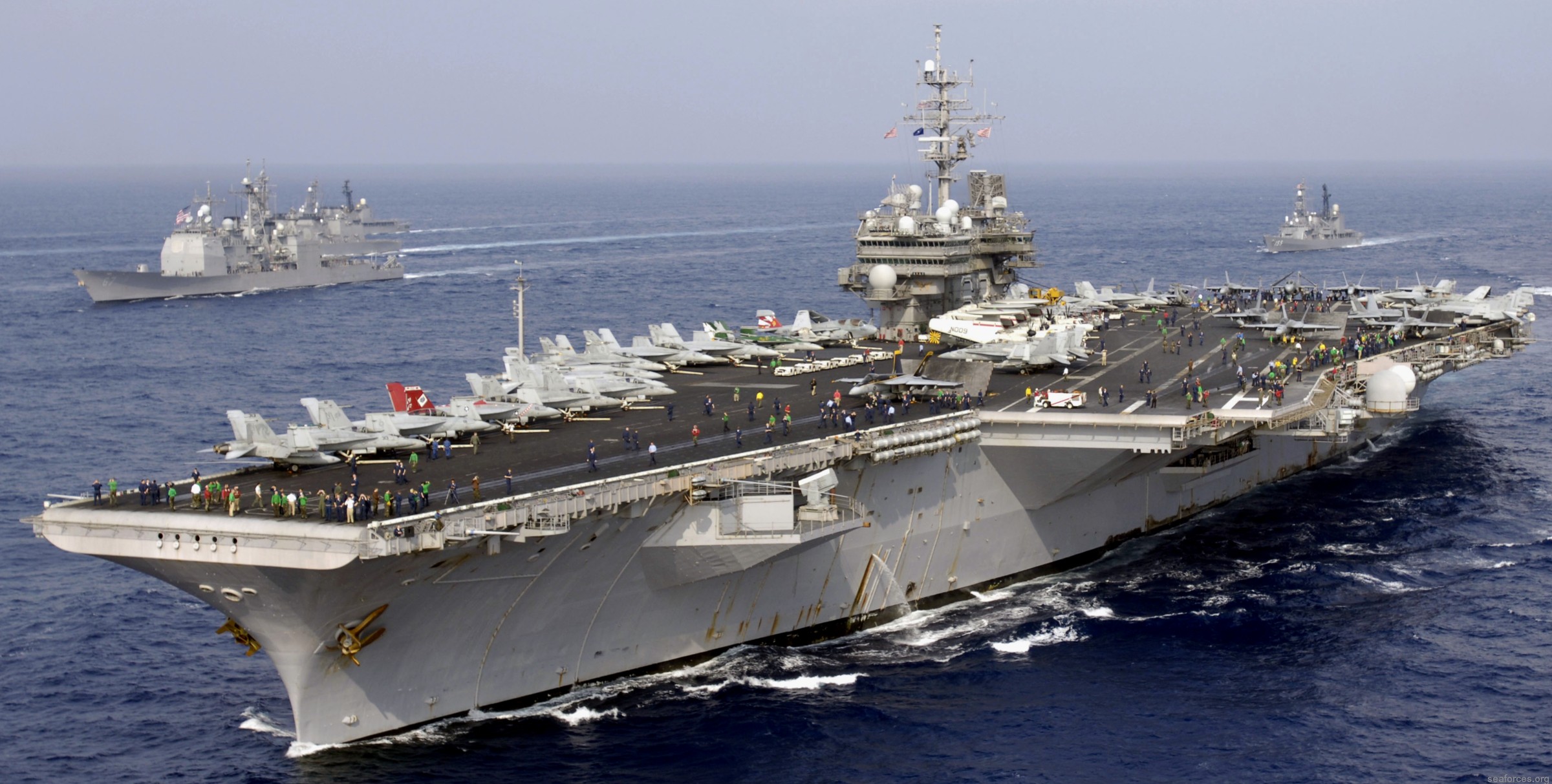 with CVW-5 embarked - South China Sea - November 2007 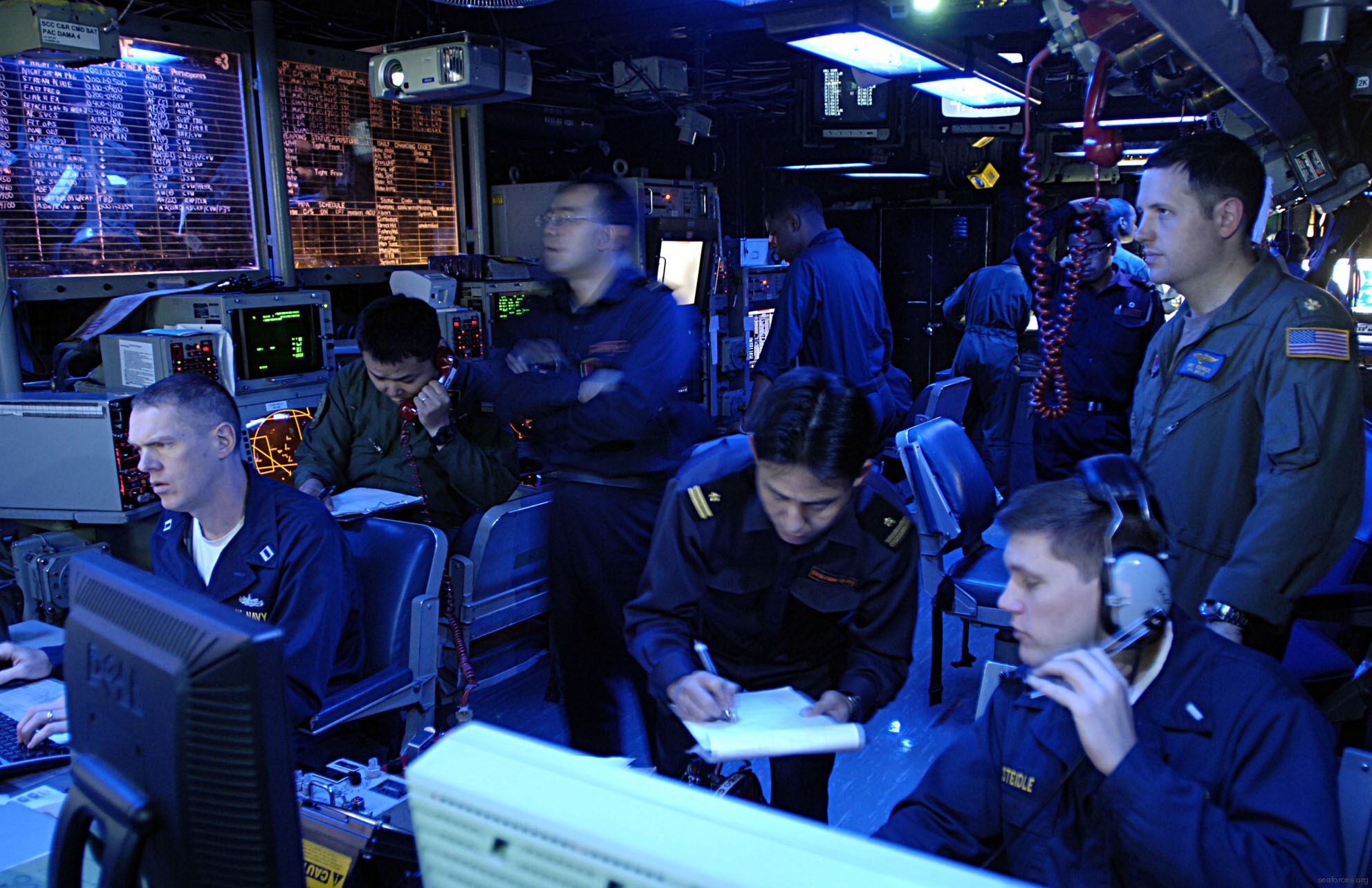 Combat Direction Center (CDC) - Philippine Sea - November 2007 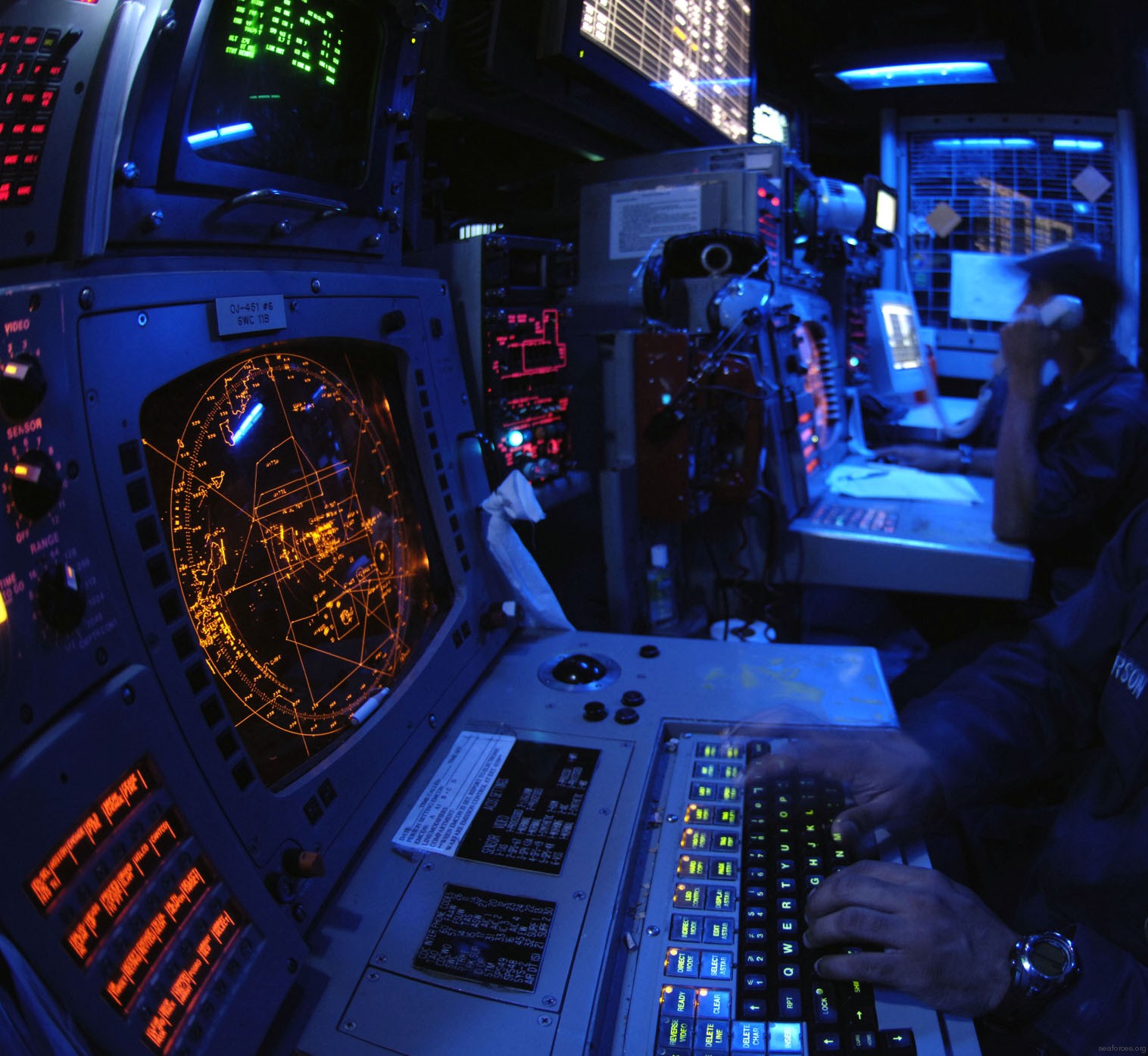 Combat Direction Center (CDC) - Philippine Sea - November 2007 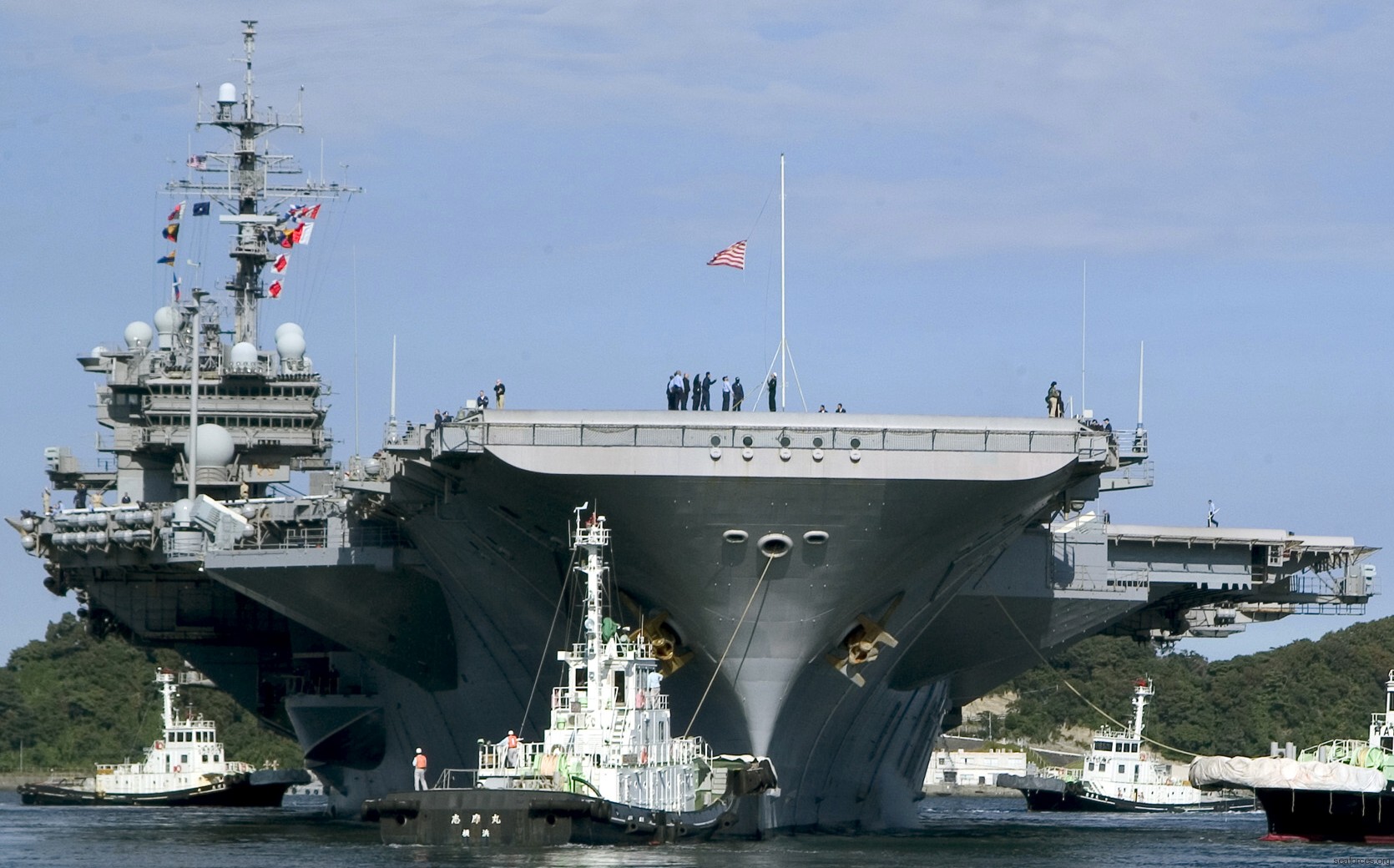 Yokosuka, Japan - October 2007 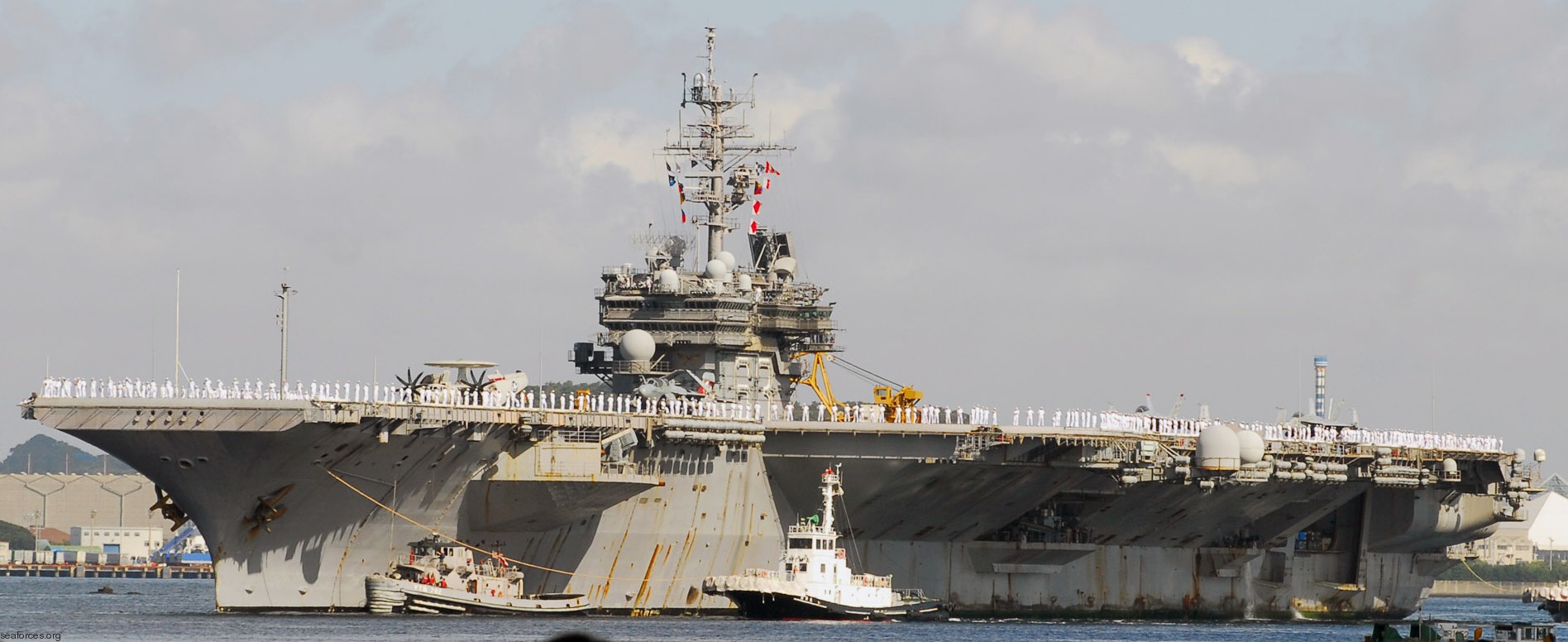 Yokosuka, Japan - September 2007 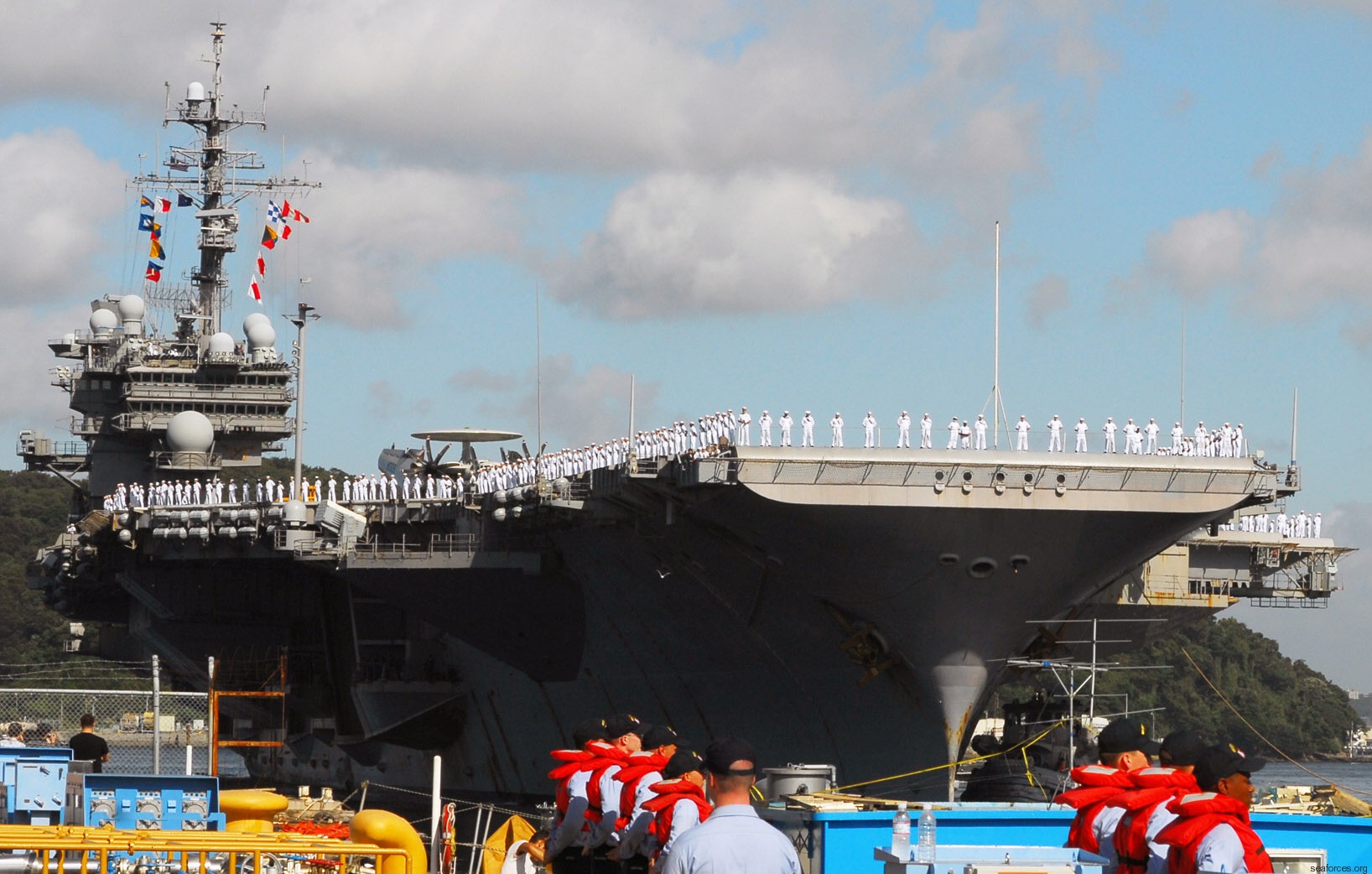 Yokosuka, Japan - September 2007 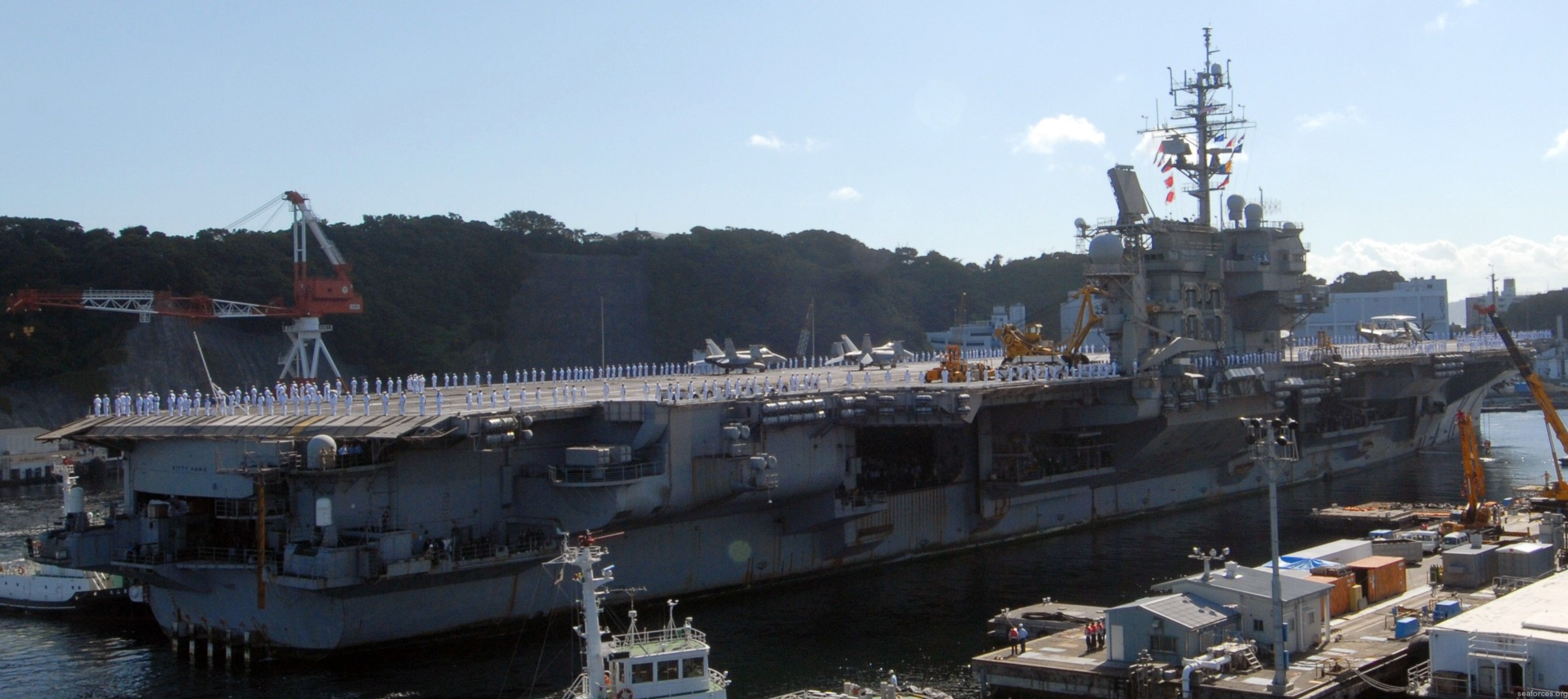 Yokosuka, Japan - September 2007 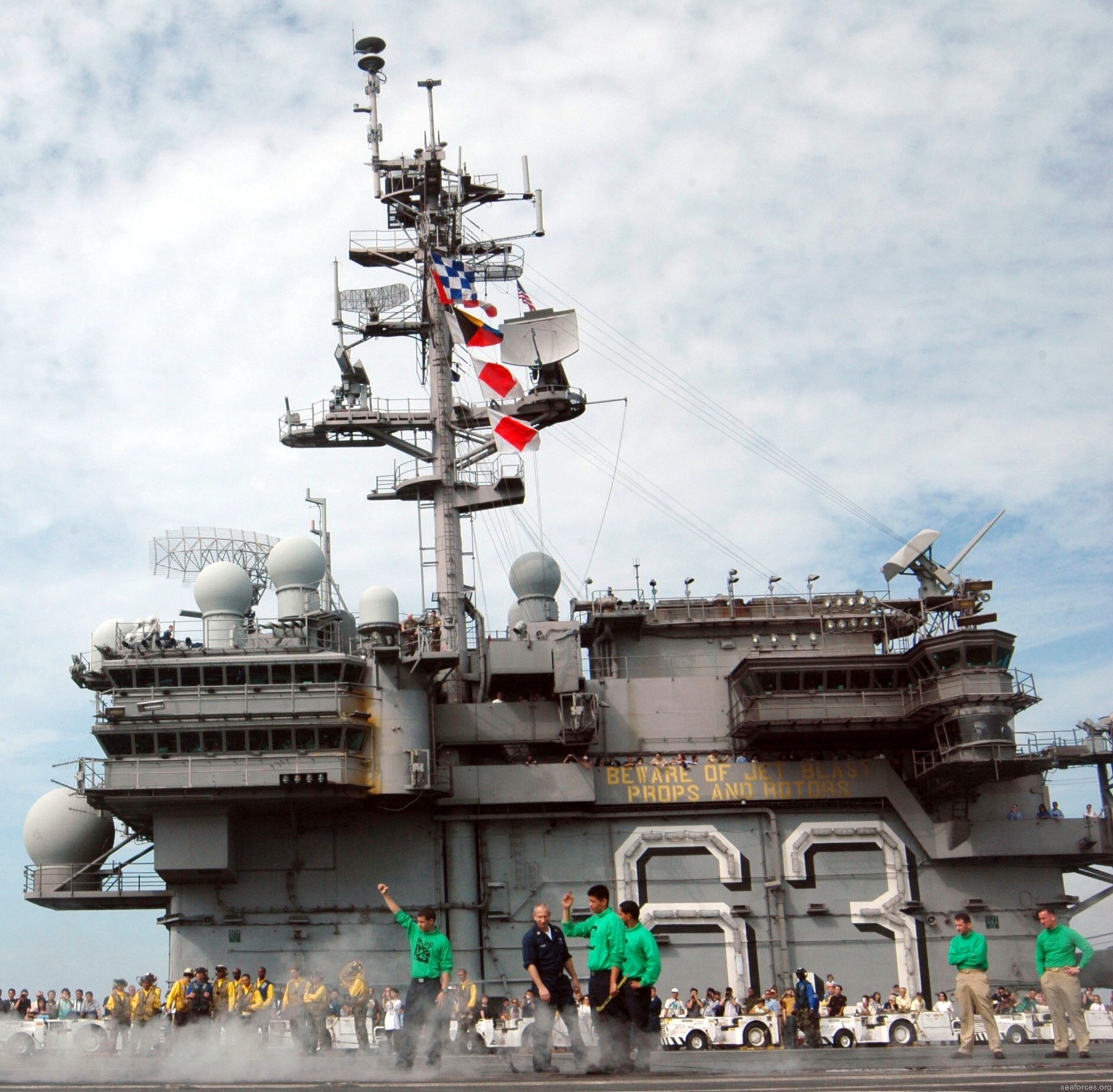 Yokosuka, Japan - September 2007 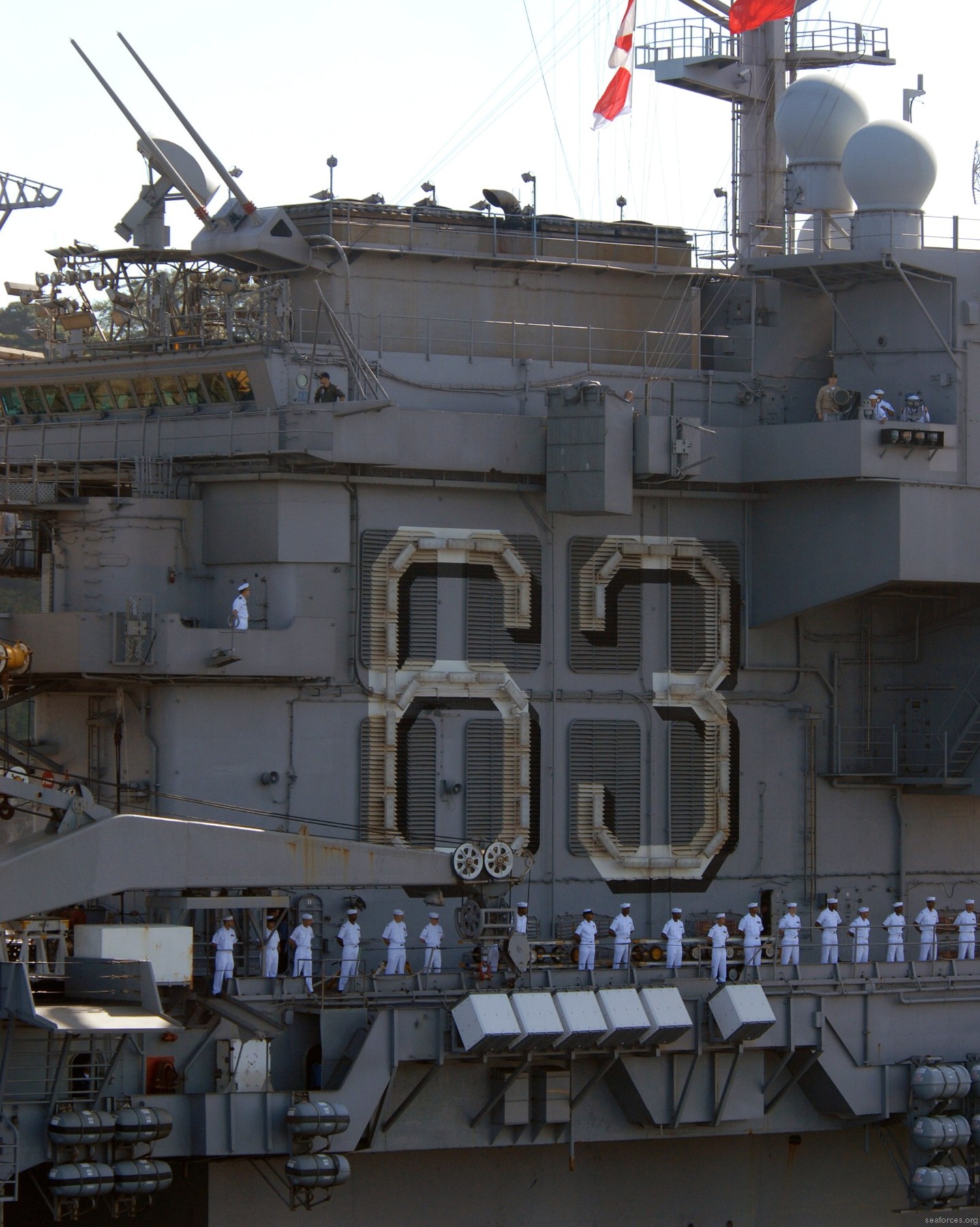 Yokosuka, Japan - September 2007 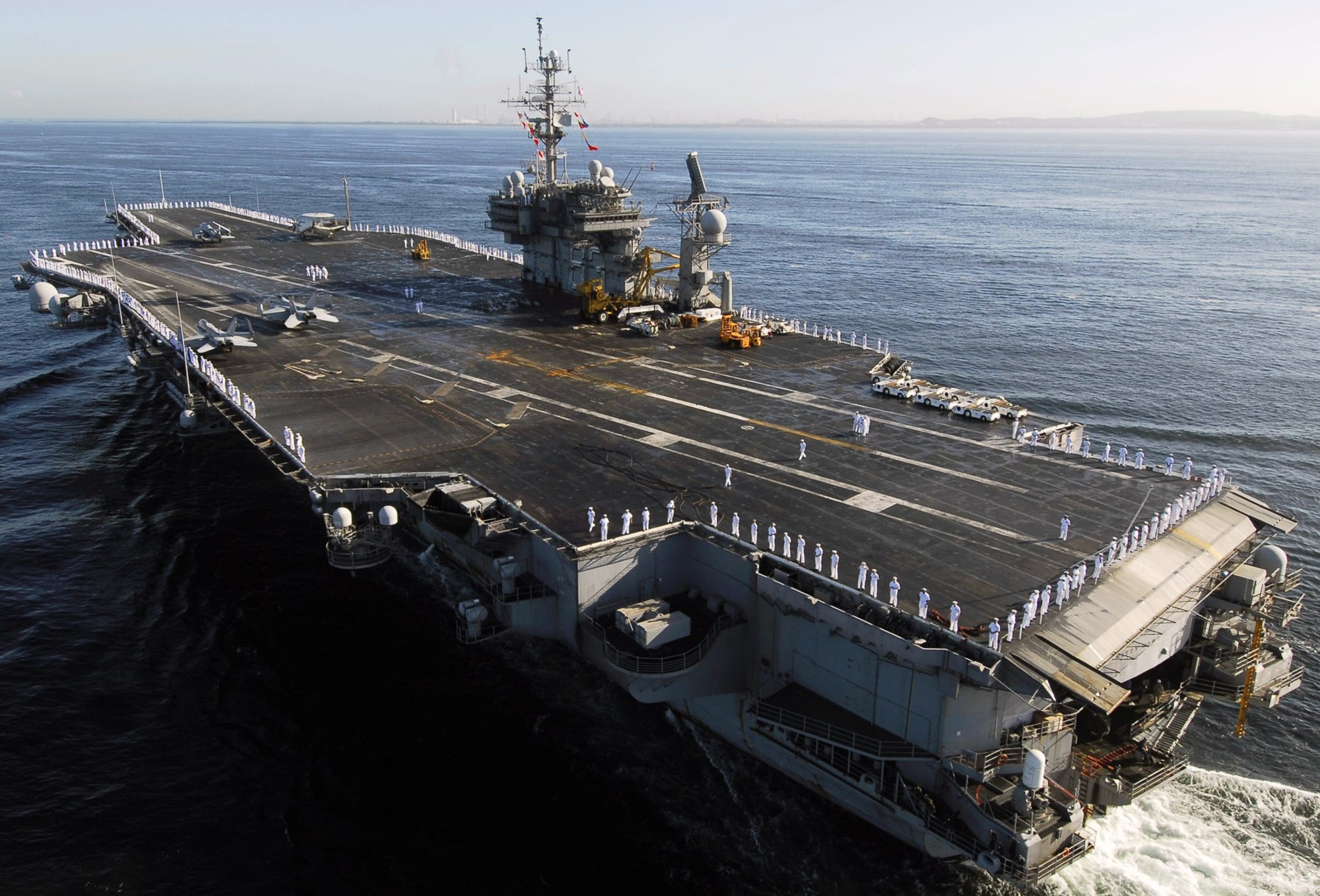 approaching Yokosuka, Japan - September 2007  approaching Yokosuka, Japan - September 2007 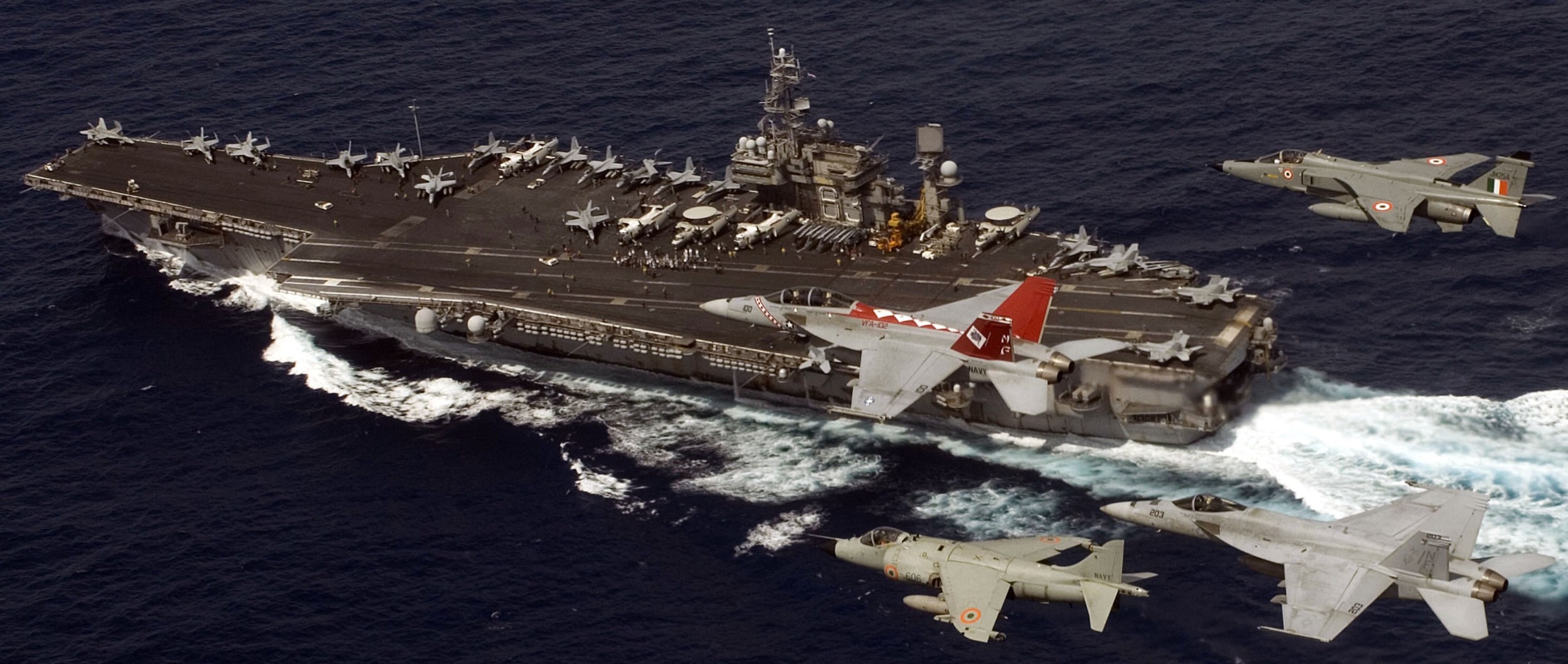 with CVW-5 embarked and with Indian Forces aircraft in formation - Bay of Bengal - September 2007 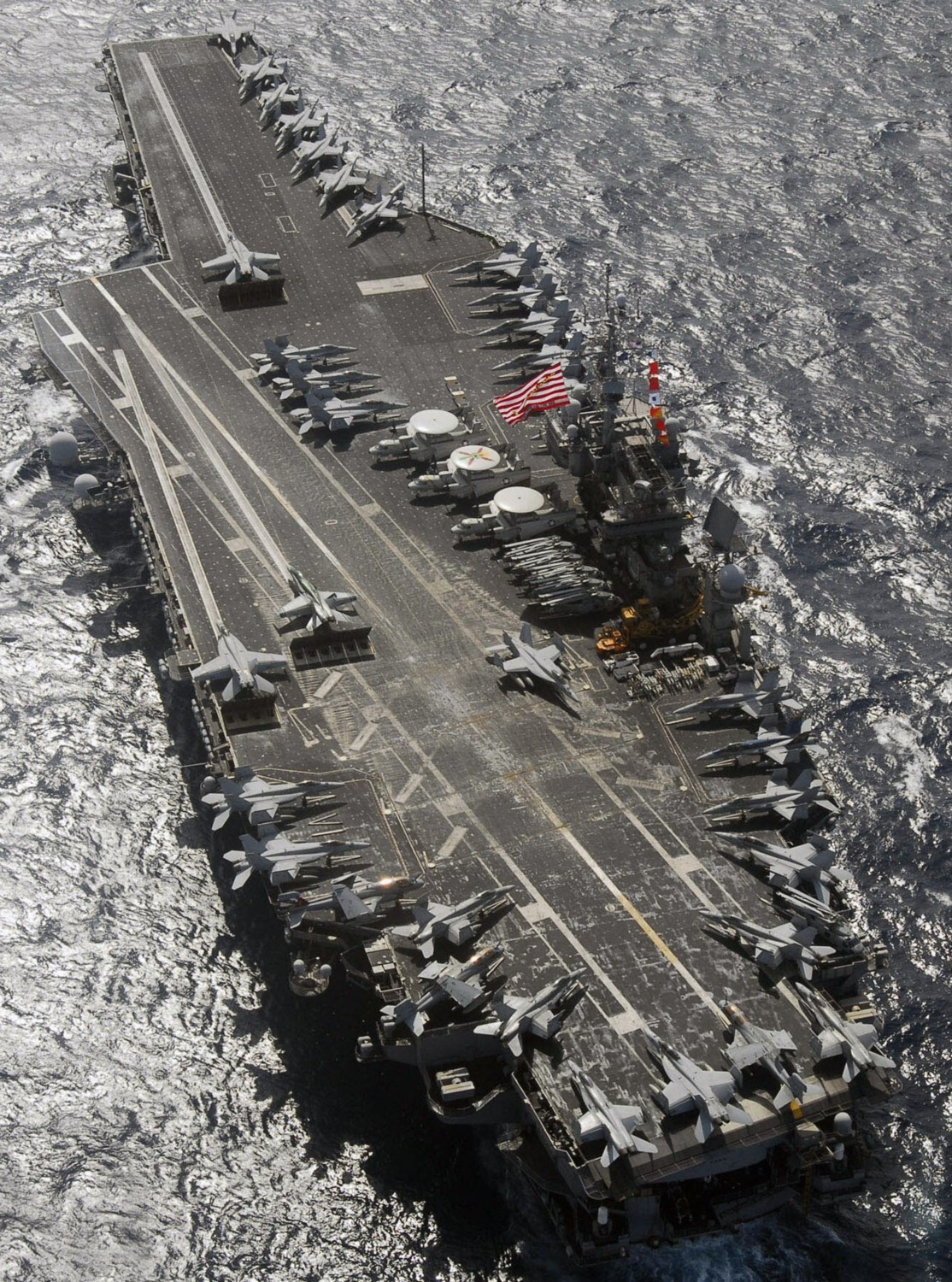 with CVW-5 embarked during exercise Malabar 07-2 - Bay of Bengal - September 2007 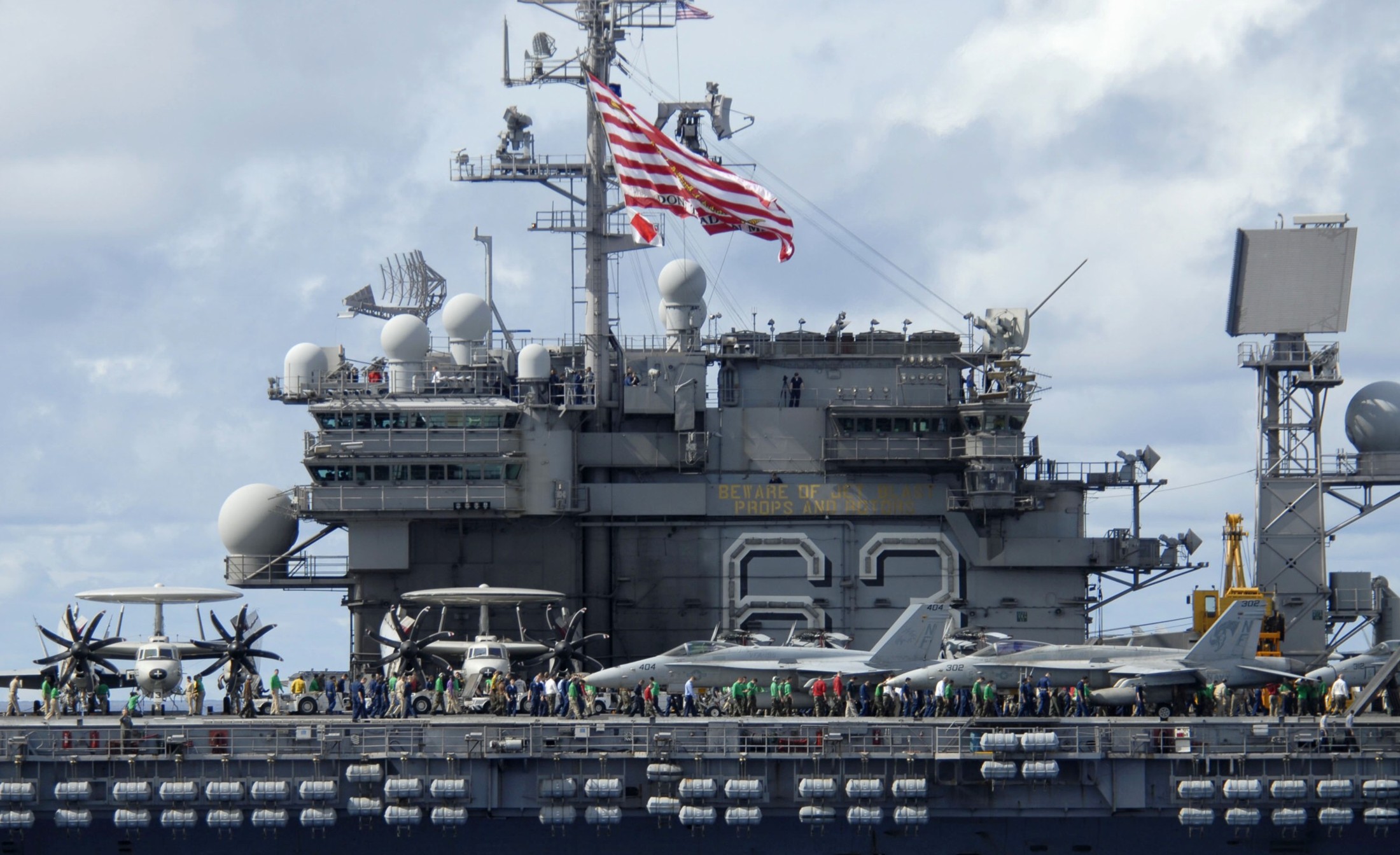 with CVW-5 embarked during exercise Alliant Shield 07 - Pacific Ocean - August 2007 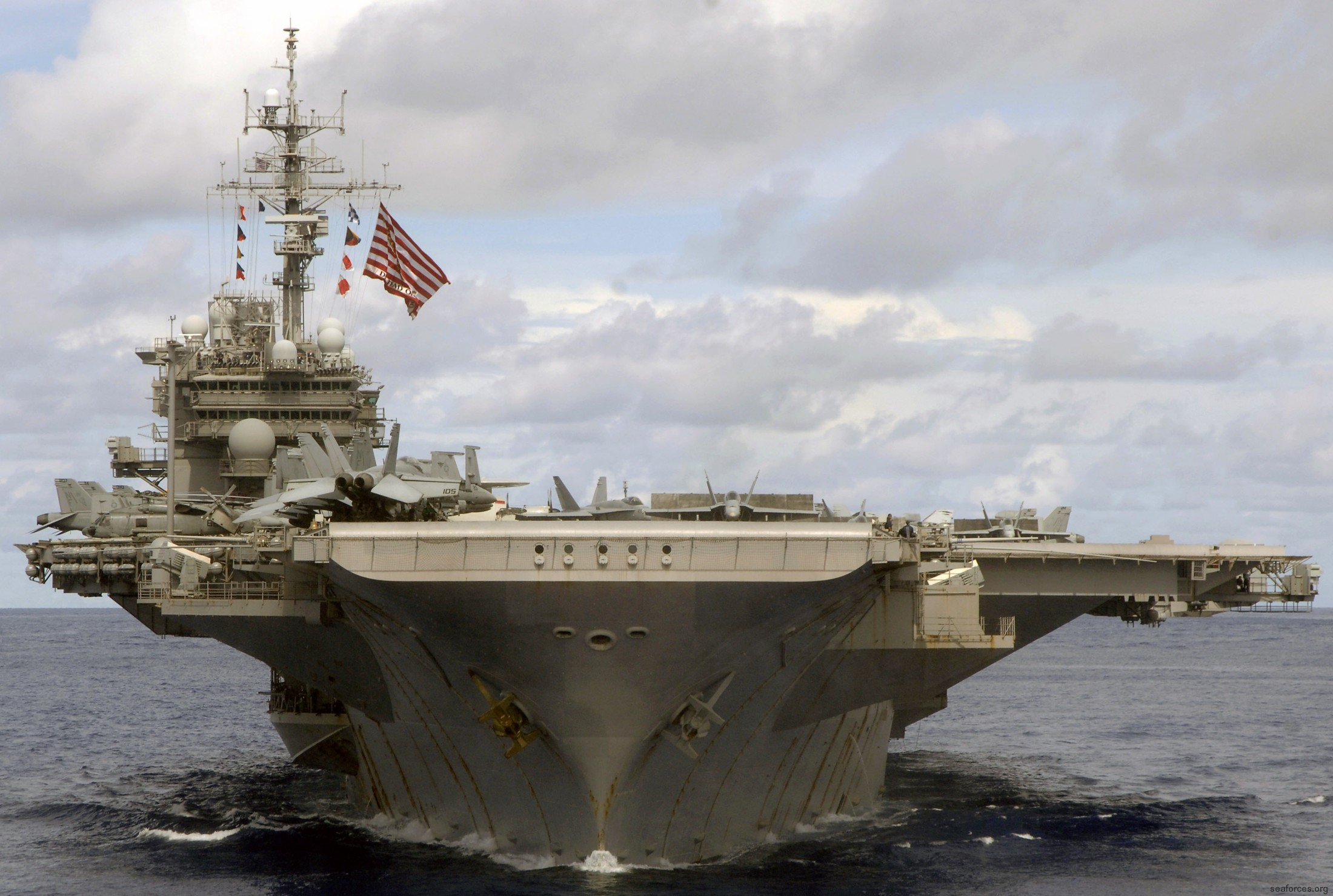 with CVW-5 embarked during exercise Alliant Shield 07 - Pacific Ocean - August 2007 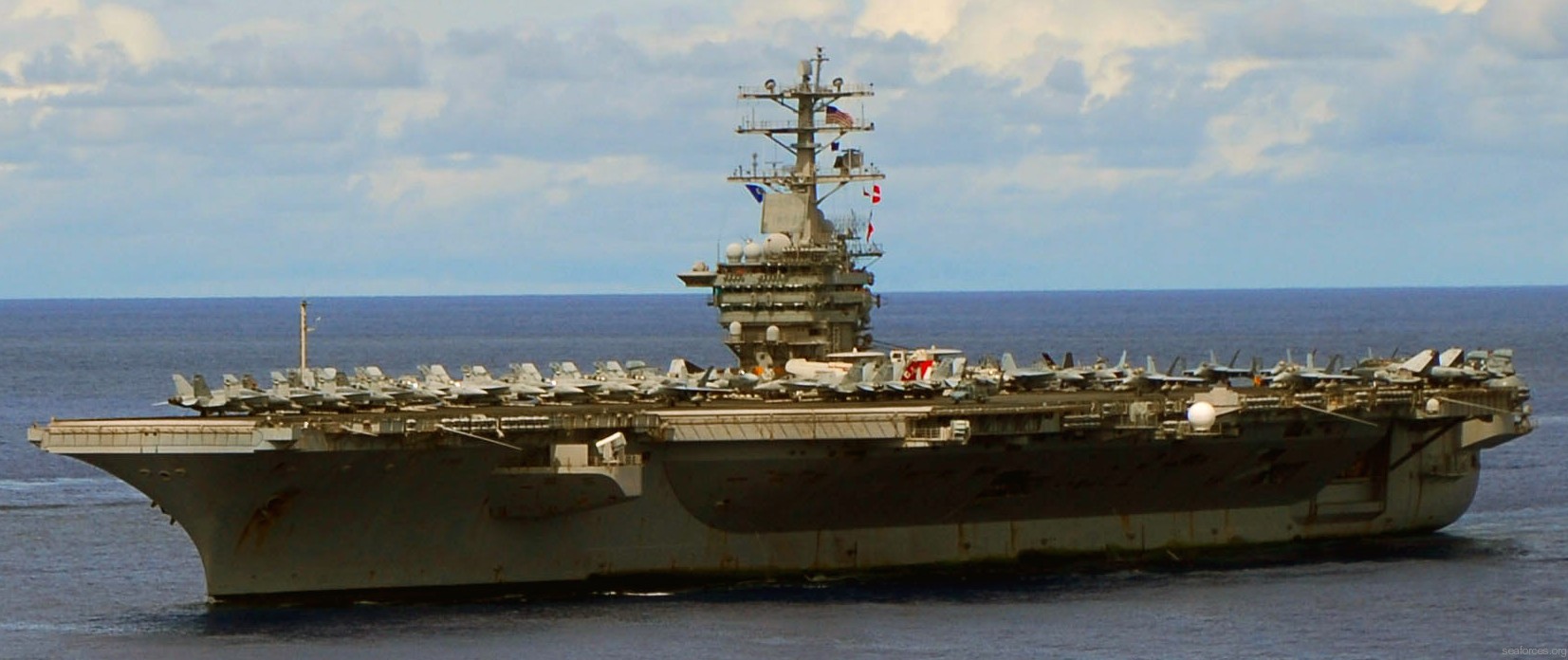 with CVW-5 embarked during exercise Alliant Shield 07 - Pacific Ocean - August 2007 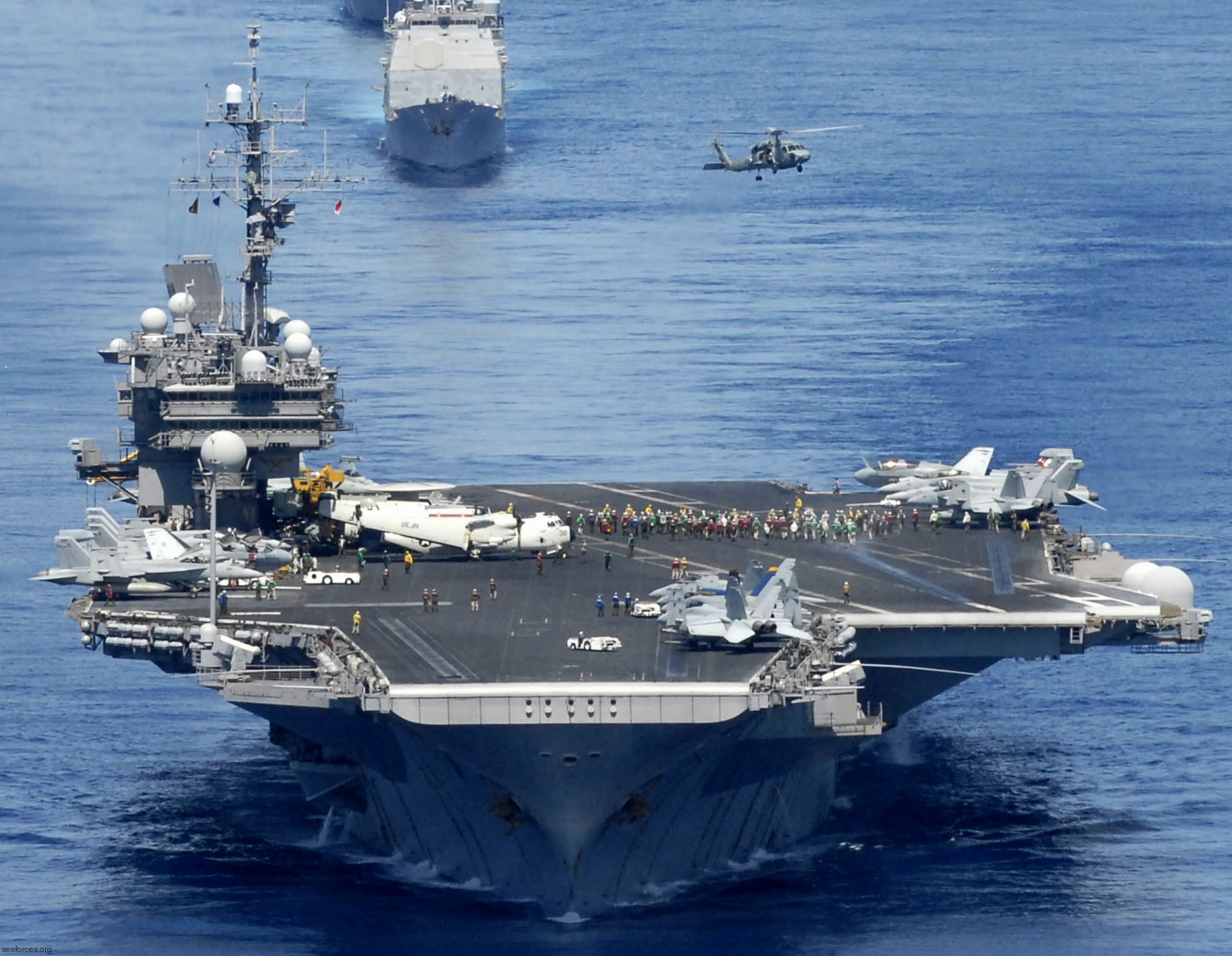 with CVW-5 embarked - Pacific Ocean - August 2007 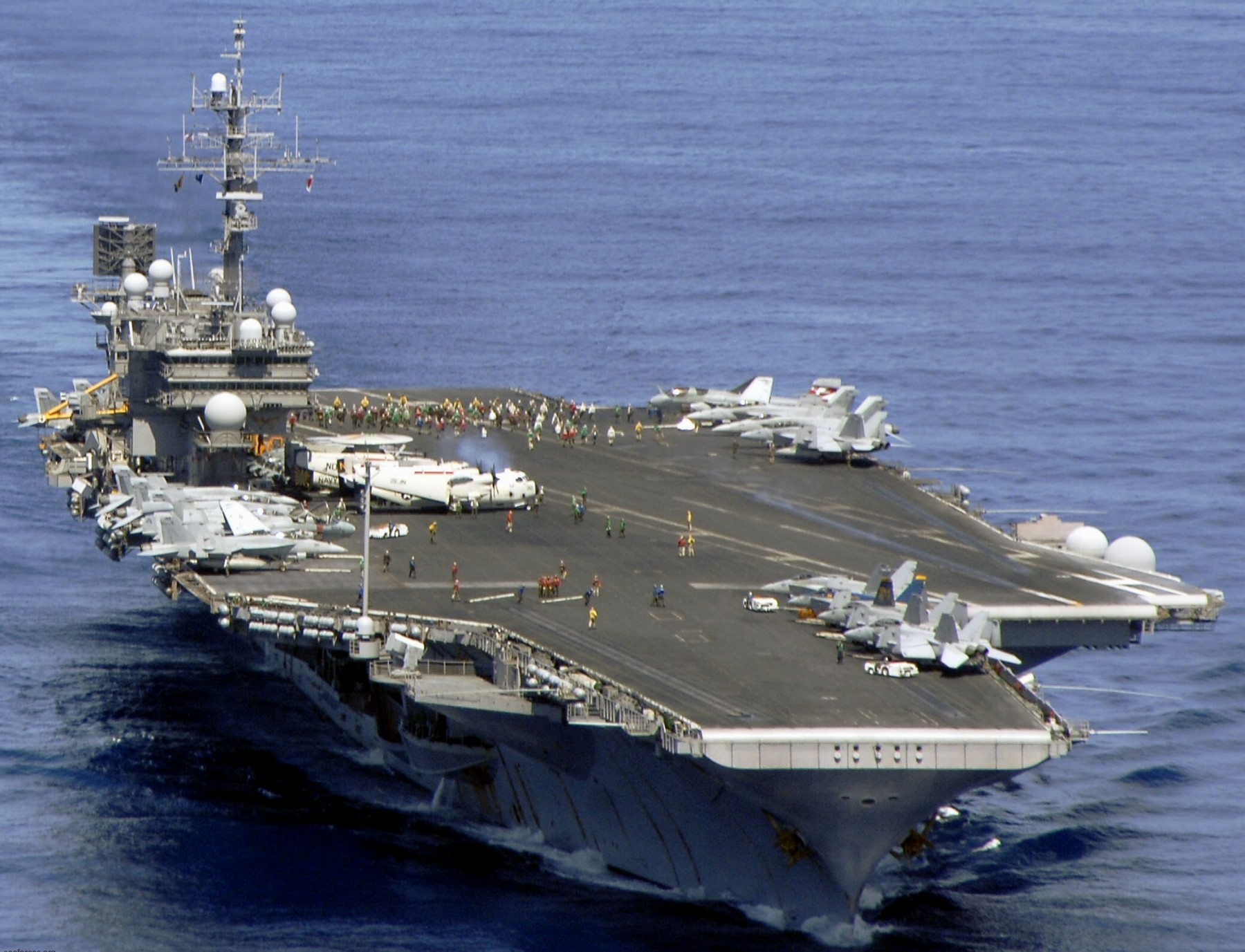 with CVW-5 embarked - Pacific Ocean - August 2007  with CVW-5 embarked - Pacific Ocean - August 2007 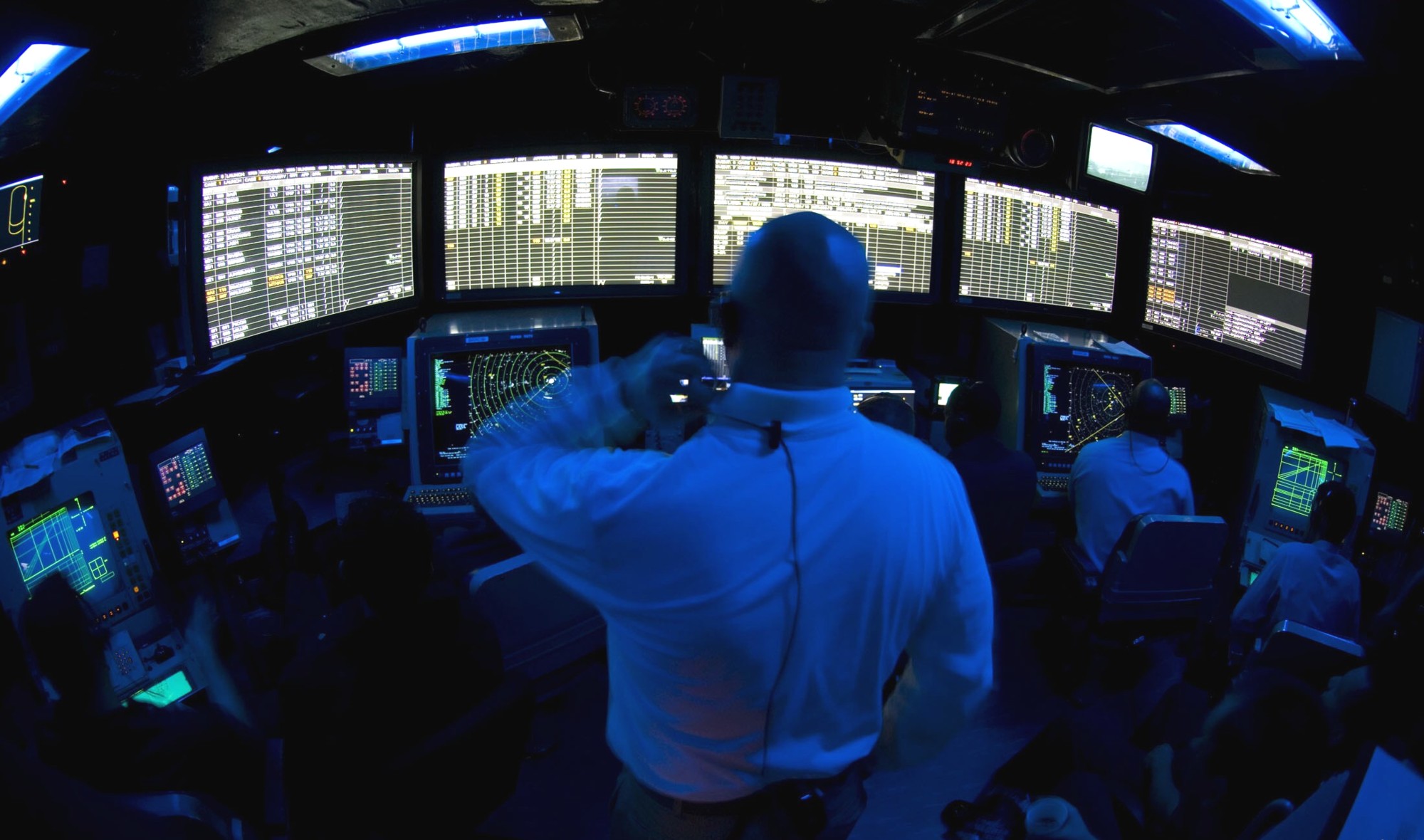 Carrier Air Traffic Control Center (CATCC) - August 2007 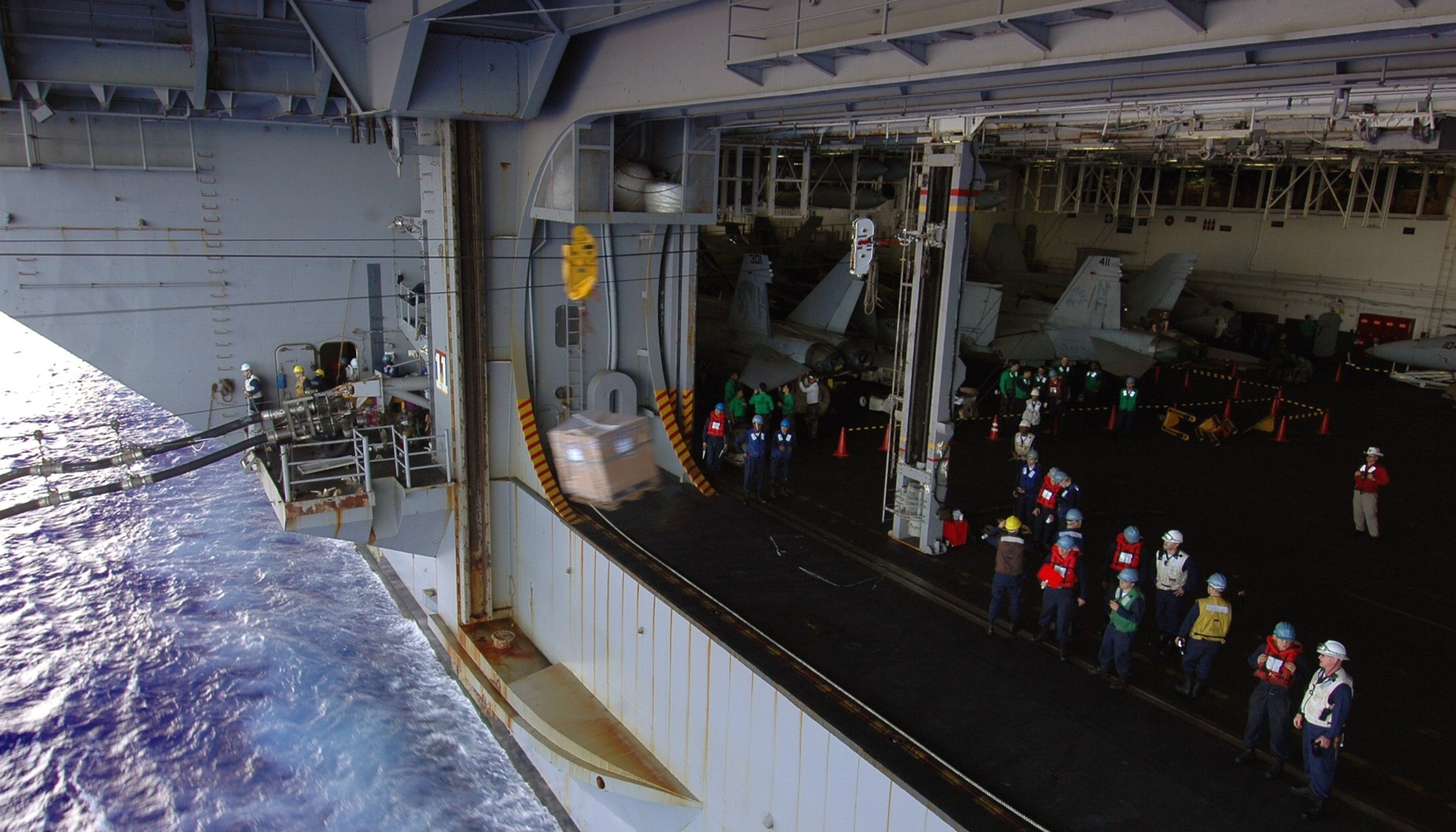 replenishment at sea (RAS) - August 2007 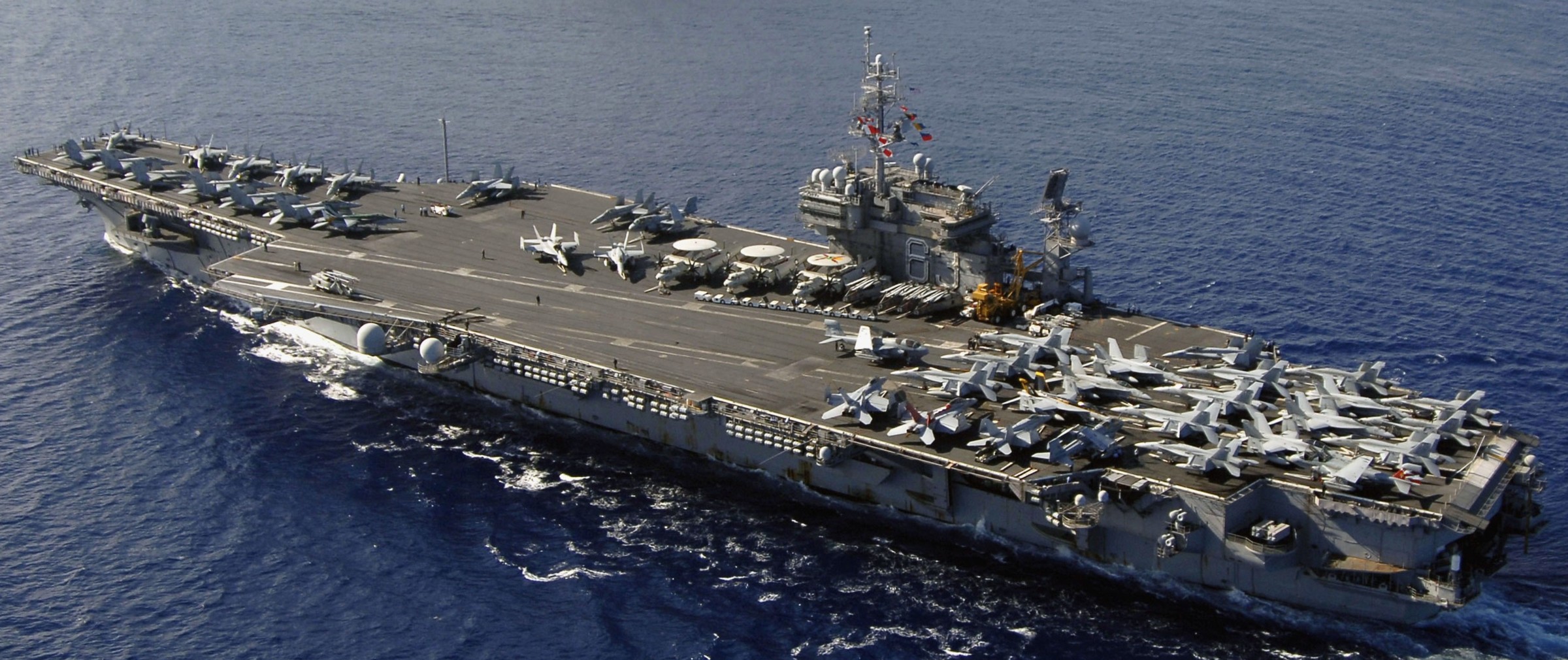 with CVW-5 embarked - Santa Rita, Guam - June 2007 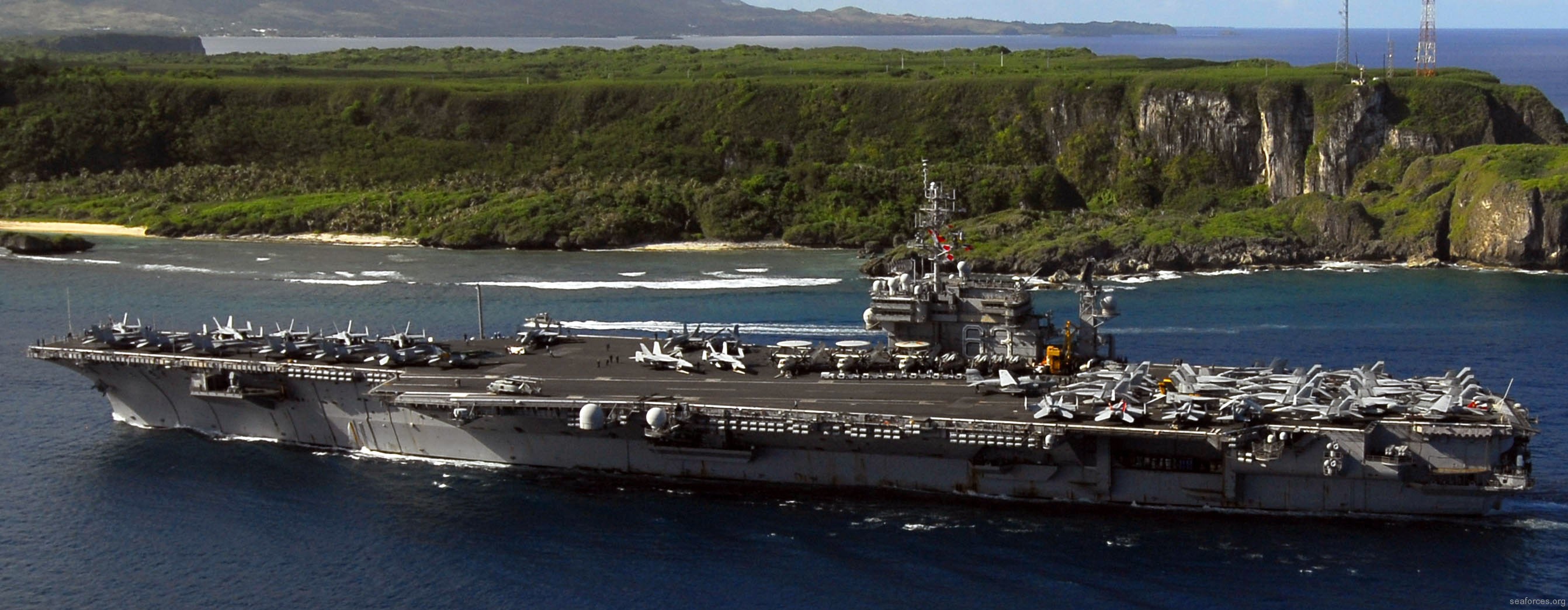 with CVW-5 embarked - Santa Rita, Guam - June 2007 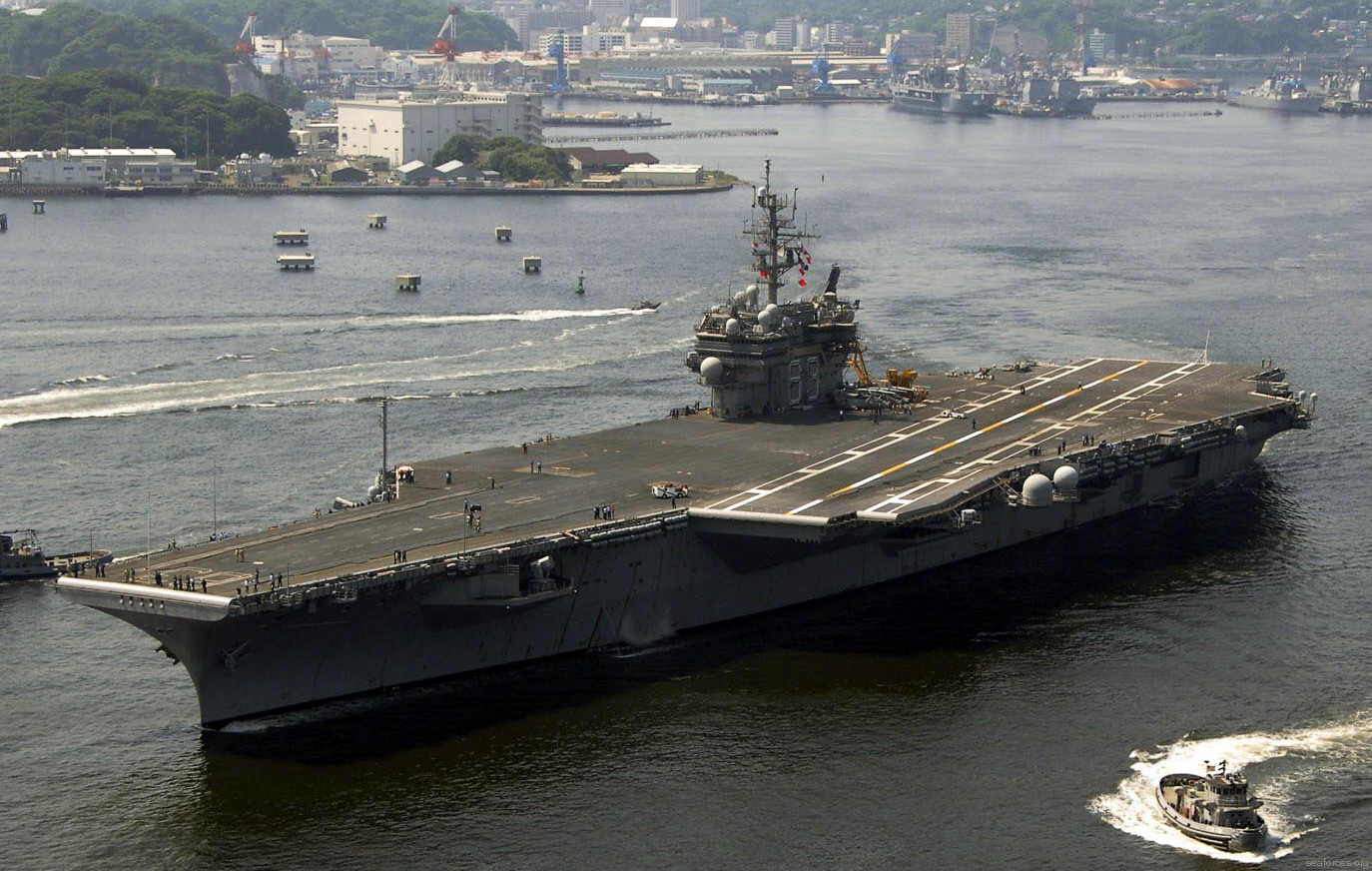 departing Yokosuka, Japan - May 2007 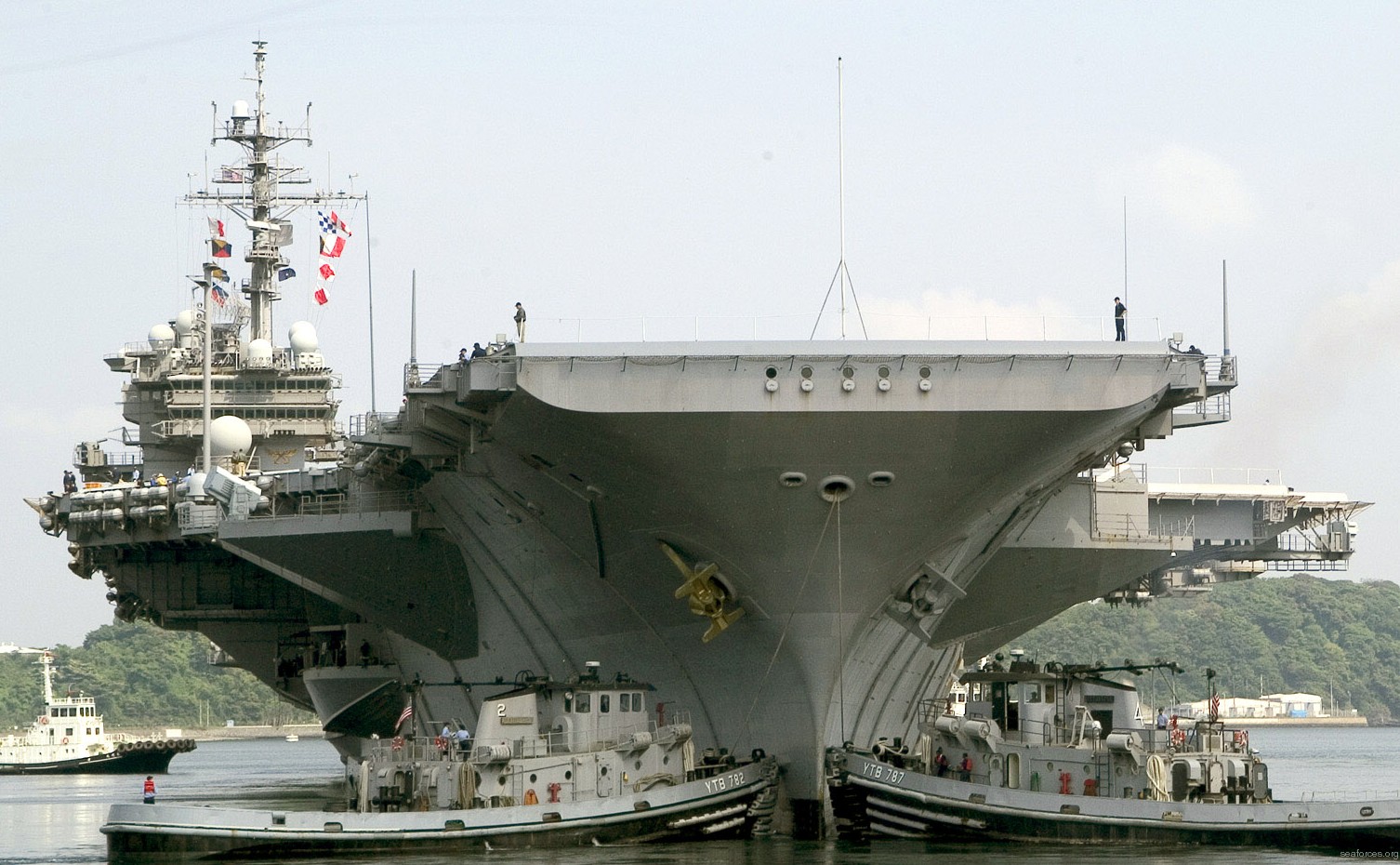 departing Yokosuka, Japan - May 2007 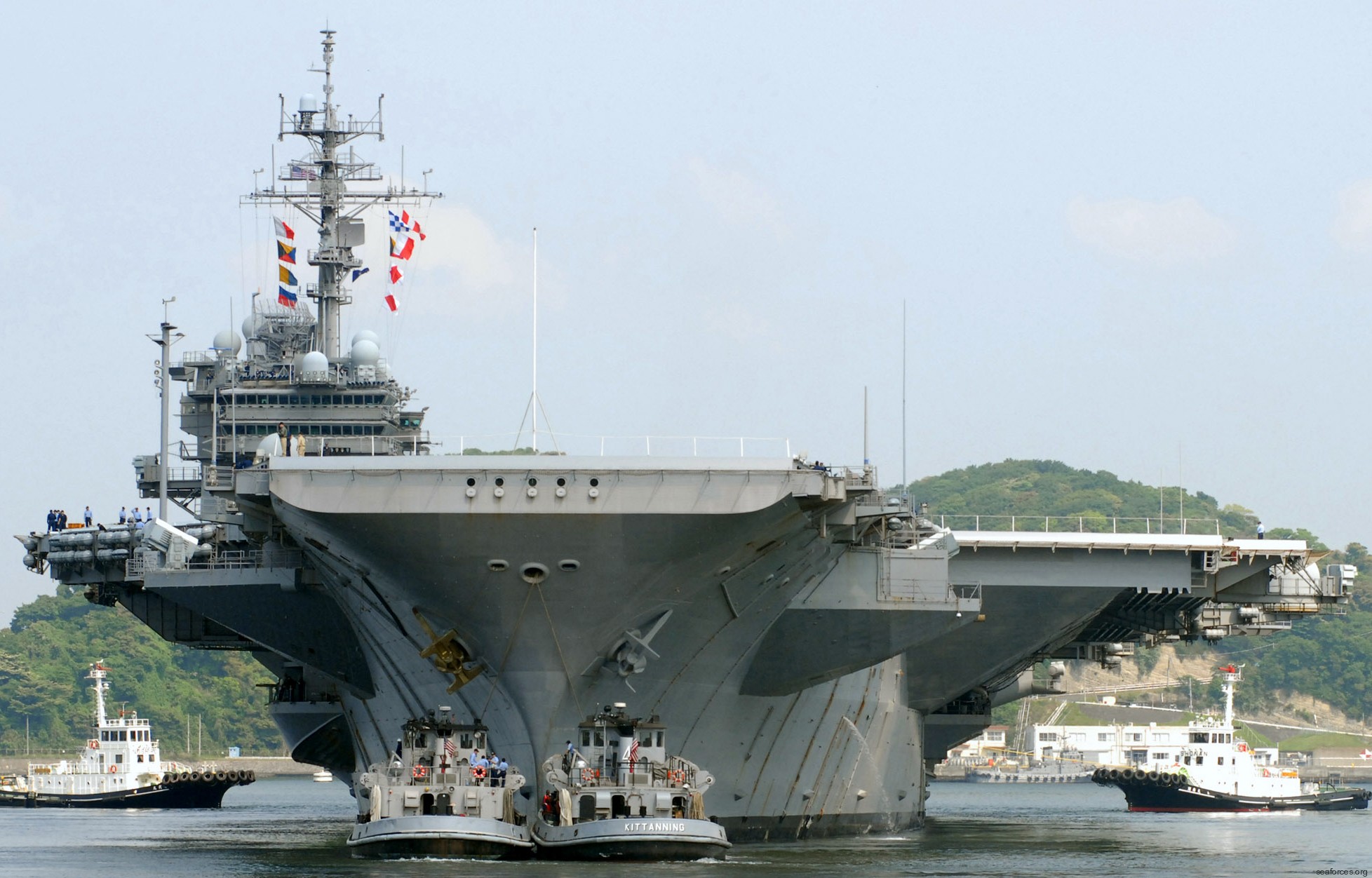 departing Yokosuka, Japan - May 2007 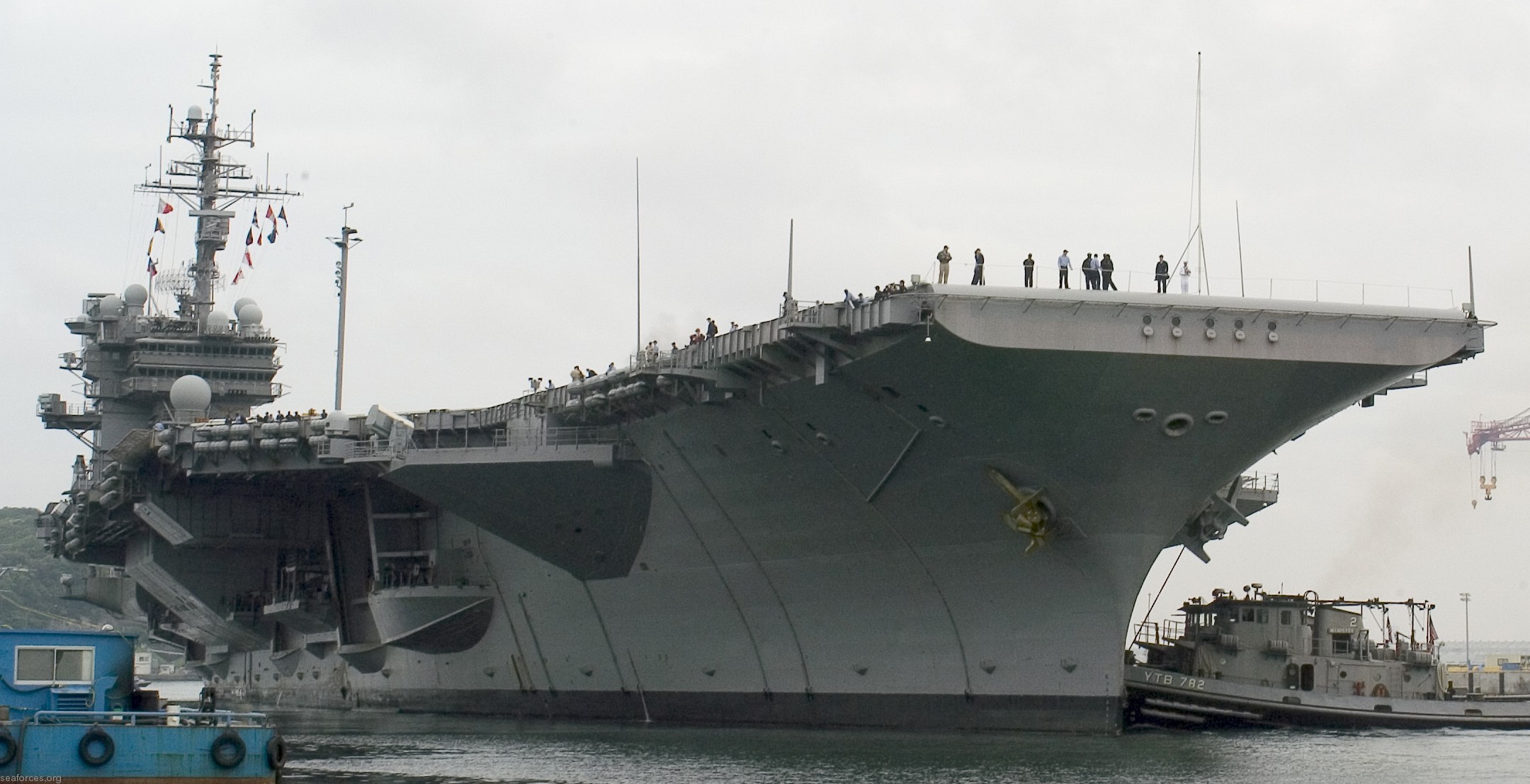 Yokosuka, Japan - May 2007 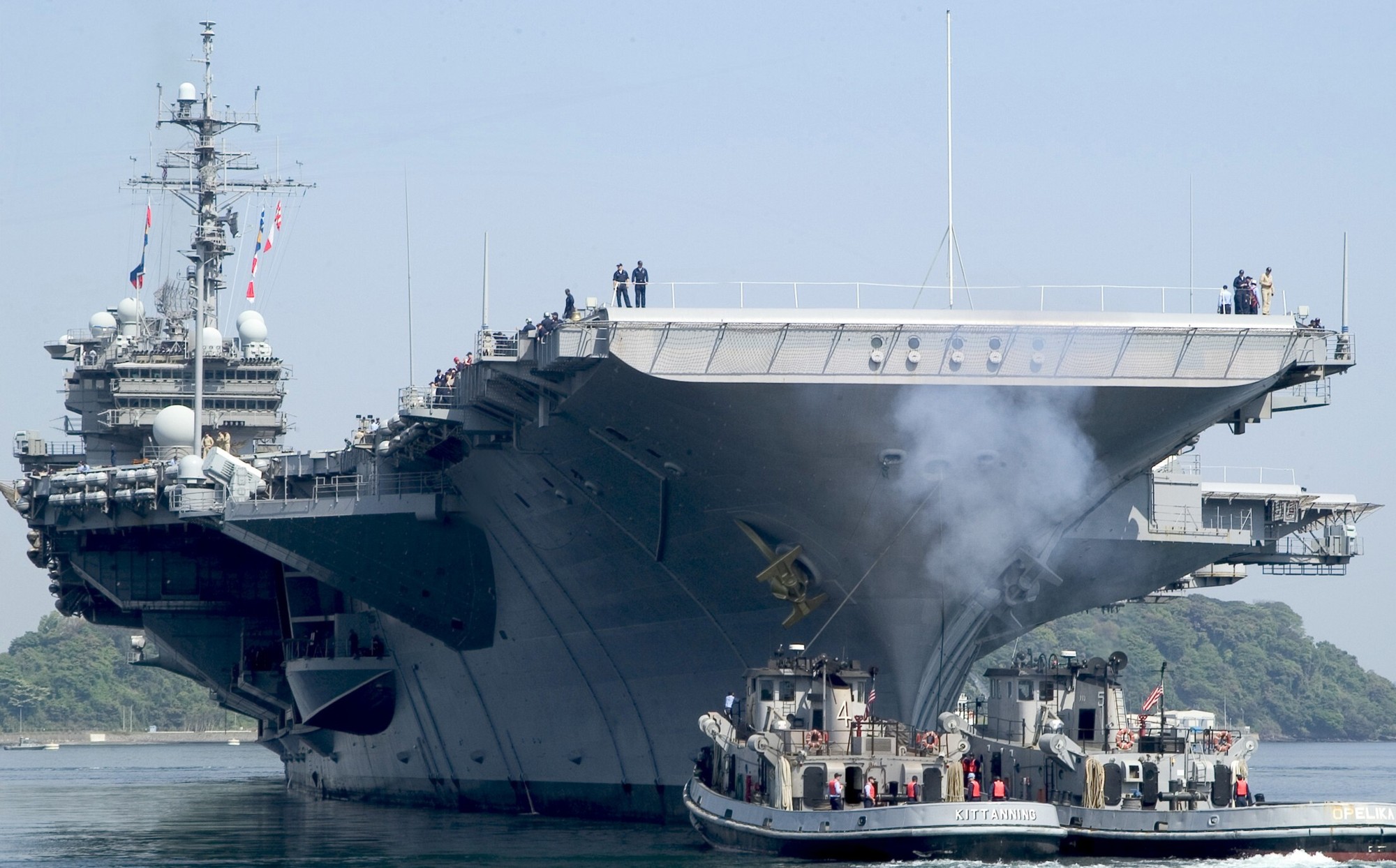 Yokosuka, Japan - May 2007 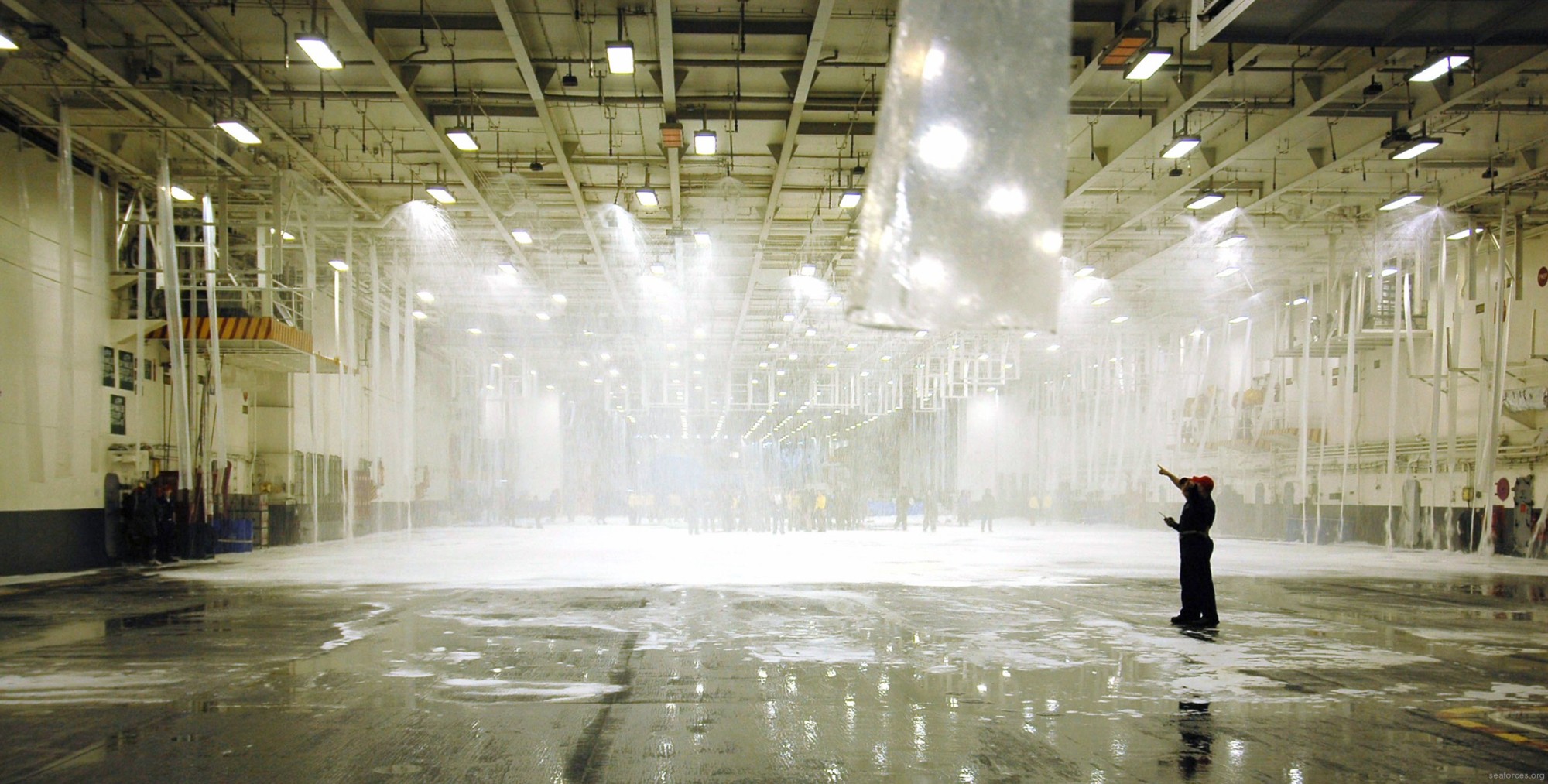 aqueous film forming foam (AFFF) fire suppression system tests in hangar bay 1 - May 2007 > continue - CV 63 image page 2 < > go to CV 63 image page 3 < > go to CV 63 image page 4 < |
||
|
Kitty Hawk, Dare County, North Carolina: (36°4′37″N 75°42′17″W) USS Kitty Hawk Joins in Celebrating the "Centennial of Flight" During the late 1500's, European colonists began to settle along the Outer Banks in North Carolina. By the early 1700s, settlers established a community in an area north of Cape Hatteras. For about 200 years, the people of Kitty Hawk lived comfortably in relative seclusion. The people supported themselves by living off the bounty of the land. By the late 19th century, whaling, boat building, and the U.S. Coast Guard, which opened a station on Kitty Hawk beach in 1874, supplemented the economy. It was to this community that two brothers from Dayton, Ohio, came in September 1900, looking for low hills, steady winds and wide-open spaces. The place they found was Kill Devil Hills, located just south of Kitty Hawk. It was here that Orville and Wilbur Wright began experiments that would revolutionize travel. On Oct. 8, 1902, the Wright brothers flew their glider with a steerable rudder. This was the key to "controlled flight." They had perfected three-axis control of an aircraft. Several aviation historians attribute this technology developed by the Wrights to be one of the most significant milestones in aviation history. The 1902 Wright Glider paved the way for modern "powered flight." Later, through experimentation with kites, gliders and a redesigned wind tunnel, the Wright brothers were able to design and build a wing that produced enough lift for a powered takeoff. With further testing, the brothers were able to refine the flight controls. On the morning of Dec. 17, 1903, the Wright brothers achieved the first-ever recorded successful controlled, powered flights aboard the 1903 Wright Flyer. In all, they completed four flights, the longest of which lasted 57 seconds. At about the same time, the economy of Kitty Hawk began to wither. Ironically, the very success of the Wright brothers was a contributing factor, as fewer people were now relying on the sea to move goods. By the 1920s, the citizens of Kitty Hawk embarked on a far-reaching program to promote tourism and recreation in the area, helped by the postwar boom in the 1940s. Today, we celebrate the "Centennial of Flight," as thousands of tourists flock each year to the town immortalized as the birthplace of aviation. USS Kitty Hawk joins in that celebration with our namesake city. Recently, a USS Kitty Hawk-based F/A-18C Hornet aviator from Carrier Air Wing 5, returned to Kitty Hawk, N.C., to help commemorate 100 years of controlled flight by flying a replica of the 1902 Wright Glider during "Return to Kitty Hawk," a commemorative event Oct. 5-8, 2002, at Jockey's Ridge State Park, three miles south of Kitty Hawk, N.C. The officers and sailors of USS Kitty Hawk are proud to serve aboard the oldest active ship in the U.S. Navy, commissioned April 29, 1961 and named for the site of the first successful powered flight by the Wright brothers in 1903 - Kitty Hawk, North Carolina. |
||
|
USS Kitty Hawk (CVA / CV 63): Chronology and Significant Events: 29 Apr 1961: During her commissioning, ADM Arleigh A. Burke, CNO, hailed Kitty Hawk as the "forerunner of a new and greatly improved line of carriers." 15 Jun 1961: Responding to ongoing media allegations of construction problems associated with purportedly inferior workmanship performed by New York Shipbuilding Corp., Secretary of the Navy John B. Connally, Jr., admitted: "A large number of discrepancies and deficiencies have shown up in the Kitty Hawk." Adding that all new ships can expect defects, Connally nonetheless indicated that further investigation was required. 15 Jul-Aug 1961: Completing her fitting out availability, Kitty Hawk sailed, with CVW-11 embarked, from Philadelphia Naval Shipyard for training off the east coast, completing her shakedown cruise off Naval Station (NS) Guantnamo Bay, Cuba. 17 Jul 1961: A Grumman C-1A Trader (designated a TF-1, however, on 18 September 1962, when the Department of Defense issued a joint regulation establishing a uniform system of designating military aircraft. For simplicity, all aircraft references hereinafter employ that system), CDR J.M. Thomas and LCDR P.A. Peck, completed the first [at sea aircraft] launch and recovery at 1144. 22 Jul 1961: Robert K. Huntington (DD-781) became the first destroyer to come alongside Kitty Hawk, completing a highline transfer. 23 Jul 1961: Kitty Hawk conducted her initial underway replenishment, with oiler Neosho (AO-143). 11 Aug-1 Nov 1961: Kitty Hawk sailed around Cape Horn to Naval Air Station (NAS) North Island, Calif., calling en route at Port of Spain, Trinidad, Rio de Janeiro, Brazil, Valparaiso, Chile, and Callao, Peru. LT Clayton R. Wylie, VA-115, accomplished the 1,000th arrested landing on board in Aircraft No. 507, a Douglas A-1H Skyraider (BuNo 139769, 11 September). Kitty Hawk crossed the equator for the first time (22 September). The ship "rounded the Horn," being assigned to the Pacific Fleet (8 October). As the carrier entered a 42-foot deep channel in San Diego harbor newly dredged to accommodate her, a swing band on board a nearby ship broke into its rendition of "California Here I Come." 18 Nov 1961: Admiral George W. Anderson, CNO, and an entourage of senior officials viewed anti-submarine warfare demonstrations by a task force comprising guided missile light cruiser Topeka (CLG-8), guided missile destroyer Henry B. Wilson (DDG-7), guided missile frigate Preble (DLG-15), and submarine Blueback (SS-581), in the Southern California Operations Area. 23 Nov 1961-May 1962: The ship entered San Francisco Bay Naval Shipyard, Hunters Point, Calif., for post shakedown cruise repairs. 21 Dec 1961: The Navy and New York Shipbuilding Corp. reached a final contract price for the ship of approximately $178 million. This figure reflected the "final settlement of all claims and counterclaims pertaining to Kitty Hawk," including allegations of cost overruns, delays, and purportedly inferior workmanship performed by that company. 7 Oct 1962: Kitty Hawk relieved carrier Midway (CVA-41) in the Seventh Fleet's area of responsibility (AOR). During this WestPac deployment the ship made her first visit to Fleet Activities (FA), Yokosuka, Japan. 13 Oct 1962: Kitty Hawk became Seventh Fleet flagship for the day while hosting the change of command as VADM Thomas H. Moorer relieved ADM William A. Schoech as Commander, Seventh Fleet. 3-6 Dec 1962: High-ranking guests from nine Asian nations plus the United Kingdom, France, Australia, and New Zealand observed a Commander-in-Chief Pacific Fleet (CINCPAC) weapons demonstration from the ship. 7 Dec 1962: LT(JG) Ray Barnes, VA-113, became the ship's first jet centurion by completing his 100th arrested landing, in a Douglas A-4C Skyhawk. 19 Dec 1962: The ship participated in Blue Sky, a major strike exercise with the Taiwanese. 7 Jan 1963: LT William C. Gideon, VF-114, accomplished the 10,000th arrested landing on board in Aircraft No. 408, an F-4B. 27 Jan-2 Feb 1963: During Picture Window III, a multi threat exercise off northern Japan, the ship experienced her first overflights by Soviet bombers. 6-7 June 1963: President John F. Kennedy and an entourage that included the CNO and other members of the Joint Chiefs of Staff, together with Secretary of the Navy Fred Korth, visited Kitty Hawk overnight, viewing a First Fleet weapons demonstration. The crew commemorated the occasion by referring to the ship as the "Floating White House." Operating with the carrier were 31 other vessels; including anti-submarine warfare support aircraft carrier Bennington (CVS-20), amphibious assault ship Iwo Jima (LPH-2), heavy cruiser Helena (CA-75), Topeka, and amphibious force flagship Eldorado (AGC-11). Referring to the Cuban Missile Crisis the previous autumn, the President used the occasion to note: "Events of October 1962 indicated, as they had all through history, that control of the sea means security. Control of the seas can mean peace. Control of the seas can mean victory. The United States must control the seas if it is to protect your security." Writing to Generalissimo Chiang Kai Shek of Taiwan, the President remarked that seeing Kitty Hawk and her crew at sea gives real meaning to the phrase, "Our first Line of Defense..." An engraved steel plaque, laid in her flight deck, commemorated the Chief Executive's visit. 4-5 Aug 1963: During Project Whale Tale, Article 352, a Lockheed U-2A Dragon Lady high-altitude reconnaissance and surveillance aircraft, was evaluated for "carrier suitability" on board Kitty Hawk. Pilot Bob Schumacher accomplished four practice launches and approaches in N315X, the code number used for the U-2A from the Office of Naval Research, a cover for its actual CIA assignment. 2-4 Dec 1963: Kitty Hawk participated in Big Dipper, an amphibious exercise with the Taiwanese demonstrating how "American forces can answer the call from a besieged ally." Her aircraft provided close air support and reconnaissance for assault troops. 6 Dec 1963: LT George C. Creighton, III, VA-113, became Kitty Hawk's first jet double-centurion by completing his 200th arrested landing on board. LTs Marvin I. Clark and Thomas C. Kennedy of the same flight landed within seconds of LT Creighton, also qualifying as double-centurions. 1-5 Mar 1964: Kitty Hawk participated in Backpack, an amphibious exercise with Taiwanese forces. 4 Mar 1964: LCDR William B. Davis, VA-113, made the ship's 25,000th trap, in Aircraft No. 301, an A-4C. 3-7 Apr 1964: Kitty Hawk participated in two exercises, Crazy Horse (3-5 April) off Okinawa, Japan, and Newboy, an air defense exercise on the 7th off the Philippines. 21 Apr 1964: Following an abortive rightist coup against the Laotian government on 19 April, communist Pathet Lao guerillas threatened that regime. Kitty Hawk steamed to the South China Sea to provide a stabilizing presence in the region. On 18 May, her aircraft began flying low-level aerial reconnaissance missions over Laos, determining that the communists were infiltrating into the area from North Vietnam, part of the system eventually known as the Ho Chi Minh Trail. Three days later, the Seventh Fleet initiated a standing carrier presence at Yankee Station in the Gulf of Tonkin (established as the primary operations area from which carriers would launch strikes against North Vietnam). 6 Jun 1964: Machine gun (MG) and 37 mm anti-aircraft artillery (AAA) fire downed Cork Tip, a Ling-Temco-Vought RF-8A Crusader (BuNo 146823), LT Charles F. Klusmann, Light Photographic Squadron (VFP)-63 Det C, while he was flying a Yankee Team [reconnaissance] mission, about 10 miles south of Ban Ban on Route 7, east of the Plaines des Jarres, Laos. Injured during his ejection, Klusmann became the first Naval Aviator taken by the enemy in Southeast Asia when he fell into the hands of the Pathet Lao. However, after enduring 86 brutal days of captivity (including being caged on display), he escaped. Evading his captors, the intrepid pilot miraculously reached Site 32, the village of Baum Long, on 1 September, where an Air America, an "air proprietary" owned and operated by the CIA-combat search and rescue (CSAR) Pilatus PC-6A Turbo Porter, staging from Udorn Royal Thai AFB, Thailand, rescued Klusmann, who was later awarded the Distinguished Flying Cross (DFC) for his exploit. 10-11 May 1964: The ship conducted joint operations with British carrier HMS Victorious (R-38) off Japan. 7-8 Jun 1964: Old Nick, an F-8D (BuNo 147064), CDR Lynn W. Doyle, VF-111, was shot down while escorting a photo reconnaissance mission over Laos. CVW-11 aircrew joined with those from CVW-14, embarked in attack aircraft carrier Constellation (CVA-64), to blast Pathet Lao AAA positions, enabling Doyle to evade communist troops for almost 17 hours and escape via an Air America CSAR helo. 15 Jun 1964: VADM Roy L. Johnson relieved VADM Moorer as Com7thFlt, on board. 15 Aug 1964-28 Apr 1965: The ship received a $14 million overhaul at Puget Sound Naval Shipyard (PSNS), Bremerton, Wash. En route, icebreaker Staten Island (AGB-5) took her under tow while off Newport, Ore., a unique three-hour experiment designed to establish if a super-carrier in distress could be aided by a smaller vessel. 4 Sep 1964-10 Jan 1965: Kitty Hawk lay in Dry Dock No. 6, PSNS. 3-8 Mar 1965: Kitty Hawk completed post overhaul sea trials. 21-22 Jun 1965: A Grumman E-2A Hawkeye, LT George G. Koppmann, Carrier Airborne Early Warning Squadron (VAW)-11 Det C, made the first operational landing of that aircraft on board Kitty Hawk, completing the ship-s initial E-2 catapult launch the next day. Jul 1965: A sequence from the Walt Disney motion picture Lt. Robin Carusoe, USN was filmed on board over a five-day period. Two chimpanzees were the highlight to the crew among the embarked guests. On 25 June 1966, Kitty Hawk hosted the world premier of the movie within Hanger Bay No. 1, converted into a "gala" 1,804-seat theater, as the ship lay moored to Pier Mike, November, NAS North Island. Simultaneously, the motion picture was shown on board Constellation, operating off Vietnam, allowing the film to honor those serving by being released concurrently on ships moored and underway. 23 Nov 1965: While en route to Vietnamese waters, RADM James R. Reedy, Commander, Attack Carrier Striking Forces, Seventh Fleet, broke his flag in Kitty Hawk. During part of this deployment, CVWs-11 and -15 (the latter embarked in Constellation) took part in an experimental aircraft camouflage evaluation; half of its aircraft operated with their upper fuselages painted in the new scheme. 26 Nov-1 Dec 1965: Aircrew began flying against the Viet Cong (VC) in South Vietnam. On the inaugural effort, they completed 90 attack sorties, dropping more than 140 tons of ordnance. 2-24 Dec 1965: Kitty Hawk conducted her initial operations against the North Vietnamese from Yankee Station. On the 2 nd, aircraft hit communist trans-shipment points (used to ship military supplies) and storage facilities. Linfield 412, however, an F-4B (BuNo 152220), CDR Carl B. Austin, and LT(JG) Jacob D. Logan, VF-114, did not return, probably "due to collision with ground during penetration of undercast," while on a flak suppression run over North Vietnam, 17°57'N, 106°31'E. 6 Dec 1965: During the morning a flash fire erupted in No. 3 Main Machinery Room, during air operations on Yankee Station. Two Sailors, FA William D. "Billy" Heeper and FN Charles A. Philhewer, died, and 29 suffered injuries, with two men, FA Henry H. Powell and Grumman Aircraft Co. representative Edward B. Scherer, being injured seriously in the "smoke-clogged fire below decks." The crew regained control of the space, however, and flight operations continued without interruption. 8-10 Dec 1965: Under Secretary of the Navy Robert H.B. Baldwin and his entourage visited the ship. 20 Dec 1965: Flint River 605, a North American RA-5C Vigilante (BuNo 151624), LCDR Guy D. Johnson, and LT(JG) Lee E. Nordahl, Reconnaissance Attack Squadron (RVAH)-13, was lost while on a photographic reconnaissance mission over Uong Bi Thermal Power Plant (the first North Vietnamese industrial target authorized to be struck by naval aircraft), 15 miles northeast of Haiphong, North Vietnam, 20°51'N, 107°4'E. 22 Dec 1965: A "massive coordinated strike" by 110 aircraft from attack aircraft carriers Enterprise, Kitty Hawk and Ticonderoga (CVA-14) against the Uong Bi plant "virtually" destroyed the facility, temporarily disrupting approximately two-thirds of the power to Hanoi and Haiphong. A salvo of three SAMs bracketed Flint River 603, however, an RA-5C (BuNo 151632), LCDR Max D. Lukenbach, and LT(JG) Glenn H. Daigle, RVAH-13. One detonated below the Vigilante and shot it down, while it was making a photo reconnaissance pass over Hai Duong Railroad Bridge, North Vietnam, 20°59'N, 106°24'E. Daigle survived but was captured, and did not return to the U.S. until 12 Feb 1973. A SAM most likely downed Buckeye 801, an A-6A (BuNo 151781), CDR Billie J. Cartwright, and LT Edward F. Gold, Attack Squadron (VA)-85, during a radar systems attack on the Haiphong Highway Bridge, 21°13'N, 106°57'E. Jan-Mar 1966: "Frequent periods of low ceiling in the I Corps area" and "non-availability of Forward Air Controllers" handicapped operations following the stand down observed due to the Tet (Vietnamese lunar holiday) truce. 31 Jan 1966: Linfield 402, an F-4B (BuNo 152233), LT William F. Klumpp, II, and LT(JG) Joseph N. Stineman, VF-114, was hit by North Vietnamese automatic weapons fire while on an armed reconnaissance mission, 17°23'N, 105°43'E. Klumpp attempted to maintain control but when still four miles out, Linfield 402 suffered a "complete hydraulic failure" and crashed at sea. A Kaman UH-2 Seasprite planeguard, HC-1 Det 1, Unit C, Kitty Hawk and a Sikorsky SH-3A Sea King, Helicopter Antisubmarine Squadron (HS)-2, embarked in antisubmarine warfare support aircraft carrier Hornet (CVS-12), rescued the men at about 1500. 1 Feb 1966: Arab 513, a Douglas A-1H Skyraider (BuNo 142038), LT(JG) Brian S. Eakin, VA-115, was shot down by 12.7 mm fire while strafing Pathet Lao automatic weapons emplacements in Laos, 17°29'N, 105°38'E. Following a "compulsory egress," Eakin escaped from his pursuers on the ground for about 35 minutes, long enough to enable a USAF Sikorsky HH-3C Jolly Green Giant CSAR helo to recover and transport him to Nakhon Phanom Royal Thai AFB, Thailand. 3 Feb 1966: "Bad weather" reduced aerial operations until this date, when the elements "opened for a few hours." Aircrew took advantage of that window of opportunity and flew 170 sorties, 49 of them attack. 3 Feb 1966: Flint River 605, an RA-5C (BuNo 151625), LT Gerald L. Coffee, and LT(JG) Robert T. Hanson, Jr., RVAH-13, was shot down by AAA while making a photo reconnaissance flight near Cap Bouton, North Vietnam, 19°12'N, 105°45'E. The SAR resulted in a vicious melee as destroyer Brinkley Bass (DD-887) and guided missile destroyer Waddell (DDG-24), the latter "straddled" by enemy salvoes, "slugged it out" with communist batteries. A total of 33 Navy and USAF aircraft were "diverted to suppress enemy fire" while a USAF Grumman HU-16 Albatross attempted to locate the downed crew. Coffee survived but was captured, not returning home until 12 February 1973. 18 Feb 1966: Buckeye 812, an A-6A (BuNo 151797), LT(JG) Joseph V. Murray, and LT(JG) Thomas A. Schroeffel, VA-85, was lost during a low level run on the Xom Lom Barracks, North Vietnam, 20°54'N, 104°32'E. Pulling out of its dive too late, Buckeye 812 struck the ground in a "nose high attitude" approximately 500 yards beyond its initial two 1,000-pound bomb blasts, triggering the explosion of its remaining four 1,000 pounders. 22 Feb-5 Mar 1966: Aircrew "averaged 100 direct air support sorties per day." Mar 1966: Flying "just off the deck" through heavy rain while encountering poor visibility, A-1Hs from VA-115 "tore into" Cap Chao radar site, eight miles southwest of Than Hoa, with air-to-ground rockets. 5 Mar 1966: Linfield 413, an F-4B (BuNo 152224), LCDR Malcolm N. Guess, and LT Ross E. Pile, VF-114, crashed due to probable communist AW fire that caused a "loss of hydraulic pressure and control effectiveness," South Vietnam, 10°24'N, 106°06'E. Both men were rescued by USAF CSAR helos and flown to Vinh Long Airfield, and thence on to the 3rd Field Hospital. 10 Mar 1966: Aircrew flew close air support in support of the "beleaguered" Special Forces camp, A Shau, South Vietnam, which was under attack by the communists. 14 Mar 1966: SAR helo crews conducted the "daring rescue" of two USAF aircrewmen after their aircraft was shot down, both being extricated from their predicament within range of enemy shore batteries. Apr 1966: During JunkEx, daily strikes against North Vietnamese waterborne traffic in the Vinh area supplying communist forces in South Vietnam hit over 200 craft. 3 Apr 1966: LT Felix E. Templeton, VF-114, flying an F-4B, became Kitty Hawk's first triple centurion by making his 300th arrested landing on board. LT Templeton had also made the ship-s 16,000th trap, in Aircraft No. 401, an F-4B, on 17 Aug 1963. 12 Apr 1966: Holly Green 3, a Douglas KA-3B Skywarrior (BuNo 142653), LCDR William A. Glasson, Jr., LT(JG) Larry M. Jordan, ATR2 Reuben B. Harris, and PR2 Kenneth W. Pugh, Heavy Attack Squadron (VAH)-4 Det C, failed to reach the ship en route from NAS Cubi Point, due to undetermined causes, near Hainan Island, China, approximately 21°8'N, 111°17'E. Enterprise assisted in the SAR. 15 Apr 1966: Aircrew responded to a SAR for a downed USAF F-4C Phantom II, silencing one 57 mm and two 37 mm AAA sites nearby. 15 Apr 1966: The crew endured one of the ship's deadliest accidents. Angel 38, a UH-2B, (BuNo 150162), LT(JG) Michael R. Zerbe, LT Richard C. Cline, and ADJ1 Hugh E. Coleman, HC-1 Det C, launched at 1017 to test their Seasprite following an "engine and azmiuth assembly change." While lifting off from the flight deck, Angel 38 apparently experienced its "left wing down with a slight yaw rotation counter clockwise and slight at drift." Suddenly pitching forward and "violently" rolling left, the helo struck the deck, disintegrating the rotor blades, with fragments flying across the deck and felling Sailors. Going over the port side, the helo rolled over and turned about 150°, settling "rapidly" into the water, the survivors swimming to the surface. LT(JG) Zerbe, and AN David J. Underhill, VF-213, died in the tragic mishap, while LT Cline, ADJ1 Coleman, AN R.H. Boone, VF-114, AN T.S. Jones, ship's company, and AN Walter D. Needham, VF-213, suffered injuries. 17 Apr 1966: Aircraft dropped the second and third spans of the five span steel Hai Duong Railroad and Highway Bridge, about 30 nautical miles east of Hanoi, into the channel of the Song Thai Binh, also "cratering" the eastern bridge abutment and approaches. Flak suppressing aircraft "silenced" one 37 mm and six automatic weapons sites with multiple rocket hits. This was considered a major success in the war on North Vietnamese lines of communication. 17 Apr 1966: Arab 511, an A-1H (BuNo 135398), LT(JG) William L. Tromp, VA-115, went down following a night attack on coastal targets, near approximately 18°18'N, 106°10'E. Arab 506, his wingman, overheard LT(JG) Tromp shout "cockpit emergency" on his radio, a SAM alert causing the remaining pilots to disengage and "head out to sea," however, the cause of LT(JG) Tromp's loss was undetermined, though "combat associated." Anti-submarine warfare support aircraft carrier Yorktown (CVS-10) assisted with the SAR. 17 Apr 1966: Buckeye 814, a Grumman A-6A Intruder (BuNo 151794), LCDR Samuel L. Sayers, and LCDR Charles D. Hawkins, Jr., VA-85, was shot down by 37 mm AAA while en route to hit a North Vietnamese SAM site. LCDR Sayers attempted to fly to Da Nang Air Base (AB), South Vietnam, but hydraulic failure forced the crew to eject at sea, both men being recovered after 20 minutes in the water by a USAF HU-16. 18 Apr 1966: Intelligence revealed that the North Vietnamese were repairing the damage at Uong Bi Thermal Power Plant, and a pair of A-6As, VA-85, executed a surprise midnight attack against the factory. Making radar system deliveries, the Intruder crews placed 26,000 pounds of ordnance on target, "sending showers of sparks and raging fires leaping into the air." 19 Apr 1966: Aircraft hit the Cam Pha Port Facility, North Vietnam. The "precipitous" departure of a Polish merchantman, and subsequent protests from the Polish government, indicated the strike's "inhibiting effect" on East Bloc logistical support for the North Vietnamese. That same day, an RA-5C, LCDR Raymond C. Vehorn and LT(JG) John H. Hurlburt, RVAH-13, accomplished the 50,000th arrested landing on board. 20 Apr 1966: Battle Cry 314, an A-4C (BuNo 148512), CDR John N. Abbott, VA-113, the division lead of an attack element of an eight plane strike, was shot down by AAA while making an armed reconnaissance over the Vinh Son Highway Bridge, North Vietnam, 18-53°N, 105-37°E. Abbott was captured by the enemy but died in captivity. While orbiting Battle Cry 314 to protect Abbott after his crash, Battle Cry 303, another A-4C (BuNo 149495), LT(JG) Harry G. Welch, VA-113, was hit by probable 37 mm AAA. Welch was able to return to the vicinity of Kitty Hawk after his initial fire went out, subsequently losing throttle control as the flames burst forth afresh, forcing him to eject at 1500, 18°22'N, 107'E, being recovered by the ship's planeguard helo. 21 Apr 1966: Buckeye 806, an A-6A (BuNo 151798), CDR Jack E. Keller, and LCDR Ellis E. Austin, VA-85, was shot down by possible AW fire during a night systems attack in the vicinity of Tan Loc Barracks and Supply Area, North Vietnam, 18°49'N, 105°4'E. Buckeye 813, his wingman, observed a "bright flash near target." 22 Apr 1966: Buckeye 805, an A-6A (BuNo 151785), LCDR Robert F. Weimorts, and LT(JG) William B. Nickerson, VA-85, was leading a two-Intruder strike mission against the Vinh Complex, North Vietnam, when it was shot down by possible AAA, crashing into the water near 18°33'N, 106'E. 26 Apr 1966: Linfield 414, an F-4B (BuNo 152241), LT Norman W. Smith, and LT(JG) Roger Blake, VF-114, was hit by AAA (possibly target debris) during its "run-in to target" over North Vietnam. Returning to the ship streaming fuel and with "hung" [unexpended] ordnance, both men ejected near Kitty Hawk and were recovered by her planeguard UH-2A. 27 Apr 1966: Buckeye 811, an A-6A (BuNo 151788), LT William R. Westerman, Jr., and LT(JG) Brian E. Westin, VA-85, was shot down by AAA "during retirement from target" on an armed reconnaissance mission. Both men ejected over water near 18°40'N, 106°5'E, LT Westerman being "seriously wounded," recovered by an SH-3 and flown to Topeka. On 21 June 1966, LT(JG)Westin was later awarded the Navy Cross for his intrepidity and courage during the battle. 28 Apr 1966: Black Lion 111, an F-4B (BuNo 150645), LT Raymond A. Schiltz, and LT(JG) Douglas C. Lewis, VF-213, was shot down by AAA while on an armed reconnaissance against cargo junks, making a rocket attack against nearby AW emplacements. The crew ejected about five minutes after being hit, while returning to the ship, at approximately 19°21'N, 106°45'E, Fetch 68, a Navy SAR helo, recovered both men and flew them to Topeka. 18 May 1966: Black Lion 113, an F-4B (BuNo 152257), LCDR Carl W. Sommers, II, and LCDR William K. Sullivan, VF-213, was shot down by Pathet Lao automatic weapons fire while searching for Gomby 19, a downed aircraft, near Mugia Pass, Laos, 17°11'N, 106°6'E. Ejecting, both men were recovered by a USAF Jolly Green Giant and taken to Da Nang. 2 Jun 1966: CTF 77 and ComCarDiv-5 staff transferred to Constellation, Kitty Hawk's "relieving carrier" in WestPac. During the recently completed deployment, aircrew flew 9,223 combat and 1,485 support sorties (over 2,000 during the initial line period) in Rolling Thunder, Blue Tree, Barrel Roll, Steel Tiger, Yankee Team, and "in-country support" missions. Major communist targets included Cam Pha Port Facility, Vinh Son Highway Bridge, Uong Bi Thermal Power Plant, and Hai Duong Railroad-Highway Bridge. Lesser targets included Nam Dinh Boat Repair Facility, Thanh Hoa Petroleum-Oil-Lubricants (POL) Storage Area, Thanh Hoa Railroad-Highway Bridge, Hon Gay Army Barracks, "Multiple Waterborne Craft in the Vinh area," and lines of communication in the Mugia and Nape Passes, inland waterways, and Routes 1, 1A, and 15. Kitty Hawk faced continual "harassment," however, by Soviet intelligence gathering trawlers (Auxiliaries, General, Intelligence, or AGIs). In most instances, the trawlers "deliberately" interposed themselves in "burdened" positions, disregarding International Rules of the Road. 29 Jul 1966: VADM Bernard F. Roeder relieved VADM Lawson P. Ramage, Commander, First Fleet, in a ceremony on board Kitty Hawk. 29 Aug-2 Sep 1966: The Grumman C-2A Greyhound underwent extensive carrier suitability tests, two Greyhounds operating on board Kitty Hawk in the Southern California Operations Area. 13-20 Oct 1966: Kitty Hawk participated in Baseline II, a "major" First Fleet exercise. 5 Nov 1966-19 Jun 1967: During Kitty Hawk's second WestPac tour of the Vietnam War, the ship spent 117 days on Yankee Station. CVW-11 aircraft flew 5,466 combat and 4,887 support sorties, dropping 11,780.64 tons of ordnance on a "resourceful and determined enemy." "On the line" for 117 days, Kitty Hawk conducted key strikes, a total of 38, against North Vietnamese targets near Haiphong, Kep, Bac Giang, Hon Gai, Van Dien, Thai Nguyen, Thanh Hoa, and Ninh Binh, together with 15 mining missions. 16-17 Nov 1966: Soviet Tupolev Tu-95 Bear and Myasishchev Mi-4 Bison bombers overflew the ship. Normal occurrences when carriers deployed near foreign shores, such overflights heightened Cold War tensions. 18 Nov 1966: Kitty Hawk crossed the International Date Line, entering the Seventh Fleet's AOR, arriving the next day at Yokosuka, to relieve Constellation as flagship of RADM David C. Richardson, Commander, Attack Carrier Striking Force, Seventh Fleet. Dec 1966: Despite "poor weather," Intruders maintained steady pressure on NVN targets "both day and night." 9 Dec 1966: A C-2A, LCDR Jack M. Wilbern, Fleet Tactical Support Squadron (VR)-50, made the first Greyhound carrier onboard delivery (COD) in the combat zone on board Kitty Hawk, from NAS Cubi Point, Philippines, in the Gulf of Tonkin. 17 Dec 1966: An A-6A, VA-85, participated in an Alpha [maximum effort] strike against the Haiphong SAM Assembly Area. 20 Dec 1966: Two F-4Bs, LT Hugh D. Wisely and LT(JG) David L. Jordon, VF-114, and LT David A. McRae, and ENS David N. Nichols, VF-213, intercepted and shot down a pair of North Vietnamese Antonov An-2 Colts with AIM-7E Sparrow air-to-air missiles. Both Phantom IIs scrambled during the early morning hours in response to unidentified aircraft on radar screens, tracking the Colts to a position 25 miles east-northeast of Thanh Hoa, North Vietnam, where the F-4Bs downed them. "I saw the missile explode," Wisely later recalled, "and saw an explosion as the plane erupted." 21 Dec 1966: War Paint 303, an A-4C (BuNo 148507), LT(JG) Danny E. Glenn, VA-144, was shot down by AAA during an armed reconnaissance mission over North Vietnam, 18°9'N, 106°9'E. Glenn shouted "I-m hit!" over his radio, War Paint 316, another Skyhawk, transmitting "Eject, you-re on fire." Glenn was captured and did not return home until 4 April 1973. 23 Dec 1966: Destroyer O'Brien (DD-725) on patrol about 21 miles north of Dong Hai, North Vietnam, came under heavy fire by enemy 57 mm shore batteries at 1046, receiving three direct hits that killed DC3 Antone Perry, Jr., and FA Thomas L. Tiglas; and wounded BT1 Clayton C. Olsen, BT3 Robert H. Scudder, FN William C. Wehunt and FA Ronald D. Henson. Aircraft from Kitty Hawk and Enterprise diverted from their primary targets to aid O'Brien, and, along with the destroyer's guns, silenced the batteries. 19 Jan-14 Feb 1967: During this line period aircraft flew 752 combat missions in support of Operation Rolling Thunder, 229 supporting Steel Tiger, eight combat missions over South Vietnam, and 833 support missions. 19-21 Jan 1967: Heavy attacks with other naval aircraft struck enemy facilities at Dong Phong Thuong the first two days, followed by three bridges at Ninh Binh on the 21st. 19 Jan 1967: Buckeye 510, an A-6A (BuNo 151590), CDR Allen C. Brady, and LCDR William P. Yarbrough, VA-85, was shot down by AAA during a strike against the Dong Phong Thuong Transportation Complex, North Vietnam, 19°58'N, 105°52'E. Approximately six miles out, the Intruders heard an APR-27 warbler (indicating a probable SAM launching), the A-6s "commencing hard, descending turns." While doing so, enemy rounds struck Buckeye 510, separating the aircraft and "causing two airborne fireballs." Yarbrough died but Brady survived, only to be taken prisoner. He did not return home until 4 April 1973. 21 Jan 1967: Montana 415, an A-4C (BuNo 145144), LT(JG) Jerry F. Hogan, VA-112, was lost during an armed reconnaissance mission over the Song Yen River, North Vietnam, 19°37'N, 105°48'E. While dropping flares over a ferry landing, LT(JG) Hogan noted several barges, calling "Rolling in" over his radio for his bombing run. Following the impact of his bombs, however, he emitted no further transmissions. That same day, Montana 406, an A-4C, ENS John A. Lockard, VA-112, was hit by enemy flak while on a three-carrier strike against the rail and bridge complexes at Ninh Binh. With his fire warning light on, a loss of hydraulic pressure and his tail hook damaged, Lockard made the ship's first barricade arrestment, during the morning watch. 4 Feb 1967: Black Lion 102, an F-4B (BuNo 153007), LT Donald E. Thompson, and LT Allan P. Collamore, VF-213, was lost during an armed coastal reconnaissance just north of Hon Me Island, North Vietnam, 20°5'N, 106°15'E. Black Lion 105, the wingman of the two-Intruder strike, observed lights on the highway below, initiating flare-dropping passes to detect enemy movement. When Black Lion 102 went down, Black Lion 105 witnessed a "large explosion on the ground." 8-12 Feb 1967: The ship observed the Tet truce, confining air operations to Steel Tiger and reconnaissance flights. 3-5 Mar 1967: Approaching their drop zones at night in "heavy weather" and at low altitude, Intruders, VA-85, laid three fields of Mk 50/52 mines in the Ma, Kien, and Cua Sot Rivers. On the 5th, a Douglas A-3B Skywarrior flew a mining mission to the Song Ma River, North Vietnam, the first such use of Skywarriors from the carrier. 3-28 Mar 1967: Aircrew flew 877 combat missions in support of Rolling Thunder, 332 in support of Steel Tiger, 64 combat missions over South Vietnam, and 1,023 support missions. North Vietnamese targets included both power plant and oil installations at Haiphong, together with Kep Airfield, a power plant at Bac Giang, a vehicle repair and SAM assembly plant at Thanh Hoa, as well as an army supply facility and a vehicle depot, at Van Dien. 8 Mar 1967: Holly Green 5, an A-3B (BuNo 144627), LCDR Carroll O. Crain, Jr., LT(JG) George F. Pawlish, ATN2 Ronald E. Galvin, VAH-4 Det C, went down at sea en route to a mining mission over the Kien Qiang River, North Vietnam, 17°48'N, 106°38'E. Though due to "unknown causes," Holly Green 5's loss is considered combat-related, in all probability due to enemy ground fire. 9 Mar 1967: Flint River 605, an RA-5C (BuNo 151627), CDR Charles L. Putnam, and LT(JG) Francis S. Prendergast, RVAH-13, was shot down by AW fire during a photo reconnaissance mission over North Vietnam, 19°58'N, 106°5'E. Diverting from their original rendezvous point, about 20 nautical miles north of Hon Me Island, due to weather, the flight (including Black Lion 106, their F-4B, VF-213, escort) began an alternative mission paralleling the coast on a northerly heading, when Black Lion 106 witnessed a burst of enemy fire at Flint River 605. "Almost immediately," an observer later reported, "Flint River was engulfed in flames and pitched up." The Vigilante exploded "almost simultaneously." Putnam is believed to have been taken by North Vietnamese militia but died in captivity. Prendergast was also seized but strafing runs by Viceroy A-1H/Js, VA-52, flying from Ticonderoga, enabled him to overpower his captors. After his "daring and heroic escape," he was recovered by Loose Foot, a Navy CSAR helo, the latter exchanging small arms fire with the North Vietnamese. LT(JG) Prendergast was awarded the Navy Cross for this mission, and CDR Putnam received the Distinguished Flying Cross for two previous strikes, on 2 and 20 Jan 1967. 10-11 Mar 1967: Aircrew "hammered" a thermal power plant, ship repair facility and military buildings, Hon Gai, 25 miles east of Haiphong. "As the strike aircraft approached their roll-in point," remarked CDR Marion L. "Lee" Minnis, CO, VA-112, "I fired my first Bullpup for a direct hit on the flak site I was to cover. It will be a while before those guns fire again." The pilots followed the strike by dropping or damaging "Numerous bridges" at Ninh Binh the next day. 18-26 Mar 1967: CVW-11 blasted the iron and steel complex at Thai Nguyen, 35 miles north of Hanoi. A night strike by A-6As from VA-85 on the 18th blasted the combine with 1,000-pound bombs. "The flashes from the bomb explosions were so bright," reflected one of the pilots, LT(JG) Roger W. Brodt, "that they washed out the red lights of our cockpit instruments." On the 24th, Buckeye 511, an A-6A (BuNo 151587), LCDR John C. Ellison, and LT(JG) James E. Plowman, VA-85, went down during a "night, four-plane coordinated attack" against the Bac Giang Thermal Power Plant, in the vicinity of 21°25'N, 106°57'E. Overpass 706, an E-2A, received Buckeye 511's last known transmission, "Bombs away," followed by an ominous silence. 27 Mar 1967: Montana 415, an A-4C (BuNo 148519), LT Alexander J. Palenscar, VA-112, was lost (probably at sea) following a strike against the Dao My Highway Bridge, North Vietnam. Montana 410, his wingman, overheard Montana 415 call out "Rolling in," the final transmission received from the doomed Skyhawk. 12-28 Apr 1967: Aircrew flew 819 combat missions supporting Rolling Thunder, 178 for Steel Tiger, 16 over South Vietnam, and 663 support missions. 24 Apr 1967: Following a strike against Kep Airfield, North Vietnam, two VF-114 Phantom IIs engaged two flights of North Vietnamese Mikoyan Gurevich (MiG)-17 Frescos, one flight of four Frescos "low over the ground" and the other flight of three "directly ahead." The two Phantom IIs shot down a pair of Frescos with AIM-9B Sidewinder air-to-air missiles: LT Hugh D. Wisely, and LT(JG) David L. Jordon; and Linfield 210 (BuNo 153000), LCDR Charles E. Southwick, and ENS James W. Laing. Linfield 210, however, experienced fuel exhaustion and ditched in the sea, near 20°39'N, 107°13'E, both men being rescued by a Navy SAR helo. Also on that day, Buckeye 512, an A-6A (BuNo 152589), LT(JG) Lewis I. Williams, Jr., and LT(JG) Michael D. Christian, VA-85, was shot down by AAA over North Vietnam, 21-24°N, 106-19°E. Both men were captured, and did not return to the U.S. until 4 April 1973. 26 Apr 1967: While flying as part of the crew of an SH-3A, HS-2, during the rescue of a pilot shot down over North Vietnam, LT(JG) Thomas E. Pettis, spotted the man in the water, both directing the helo to the victim and directing the rescue combat air patrol aircraft, while returning the enemy's fire with his own automatic weapons. Pettis received the DFC for his extraordinary efforts during the rescue. 9-23 May 1967: Aircrew flew 830 combat missions supporting Rolling Thunder, 40 Steel Tiger combat missions, two combat missions over South Vietnam, and 526 support missions. 10 May 1967: ADM Roy L. Johnson, CINCPAC, recommended to Secretary of the Navy Paul H. Nitze that Kitty Hawk, CVW-11 and Commander, Carrier Division (COMCARDIV)-5 be awarded the Navy Unit Commendation, emphasizing the ship's "outstanding support" and her "responsiveness-evidenced" by launching 4,544 combat sorties during the 4 December 1966-28 April 1967 period. Aircrew "repeatedly encountered intense AAA fire, enemy fighters and surface-to-air missiles-during many difficult months of combat operations in extremely poor weather," in particular, noting the strikes against the "heavily defended Haiphong area." 14 May 1967: Linfield 201, an F-4B (BuNo 153001), LCDR Charles E. Southwick, and LT David J. Rollins, VF-114, was shot down during a flak suppression run against suspected AAA/SAM sites covering Ham Rong Bridge, near Thanh Hoa, 19°47'N, 105°50'E. Both men, captured, did not return home until 4 April 1973. Meanwhile, Flint River 602, an RA-5C (BuNo 150826), LCDR James L. Griffin, and LT Jack Walters, RVAH-13, was downed (most likely by AAA) during a bomb assessment run over North Vietnam, 21°5'N, 105°51'E. Both Griffin and Walters died in prison camp. 19 May 1967: Linfield 204, an F-4B (BuNo 153004), LT(JG) Joseph C. Plumb, and LT(JG) Gareth L. Anderson, VF-114, was shot down by one of "numerous" SAMs fired at attacking aircraft, despite "violent jinking" [evasive maneuvering], while on a strike against the Van Dien SAM Support Depot, North Vietnam, 20°48'N, 105°44'E. Both men were taken by the enemy, enduring captivity until returning to the U.S., on 18 February and 4 April 1973, respectively. 21 May 1967: Linfield 213, an F-4B (BuNo 153040), LT Hugh D. Wisely and ENS James W. Laing, VF-114, was hit by AAA during a strike over Hanoi. By "skillful maneuvering of an almost uncontrollable aircraft," LT Wisely managed to fly the stricken Phantom II to northeastern Laos, 20°7'N, 104°30'E, where both men ejected. An SH-3A, LT David R. Georgius, LT(JG) Payne, AX2 Kome, and AE3 Ray, HS-2, flew across North Vietnam to attempt the CSAR, however, were hit three times by 37 and 57 mm AAA. Undaunted, the crew continued its mission, but fuel starvation due to ruptured fuel cells compelled them to land in Laos. All of the stranded crews were recovered by Big Mother and USAF Jolly Green Giant SAR helos. LT Georgius was awarded the Silver Star for this action. 22-23 May 1967: Big Mother 69, an SH-3A, LT(JG) Stephen L. Porch and his crew, HS-2, attempted a nighttime CSAR over North Vietnam for Twerps 2, a USAF F-4C, 1st LT David L. Baldwin, downed by "enemy action" after encountering "an intense wall of flak." Receiving North Vietnamese small arms, automatic weapons and 75 mm fire, Porch and his crew located the pilot and tried to retrieve him, only disengaging when a crewman was wounded and the crewman's radar altimeter was knocked out. Porch and his co-pilot, LT(JG) Stuart B. Williams, were each awarded the Silver Star. 16 Jun 1967: Kitty Hawk collided with oiler Platte (AO-24) during a refueling in the mid-Pacific. Kitty Hawk suffered "very light damage" and no casualties, steaming on to San Diego, while Platte sustained "moderate to severe damage," continuing to Pearl Harbor, Hawaii, for repairs. 26 Jun-24 Aug 1967: The ship completed a Restricted Availability Period (RAV), Long Beach Naval Shipyard, Calif. 24 Sep-10 Oct 1967: She completed another RAV, Long Beach Naval Shipyard. 25-30 Oct 1967: Kitty Hawk participated in StrikEx 2-67, a major exercise in the Southern California Operations Area. 17 Nov 1967: Two F-4s intercepted two Soviet Tu-95s inbound, at 75 nautical miles, at an altitude of 20,000 feet, 31°30'N, 166°37'E. The Bears closed the ship, orbiting her three times, before coming about. Later that afternoon, two Phantom IIs intercepted one Tu-95 and two Mi-4 Bisons at 56 nautical miles at 32,000 feet, 31°55'N, 165°51'E. Appearing to control the Bisons, the Bear descended to 15,000, flying a "racetrack" pattern, before the trio of Soviet bombers departed. 30 Nov 1967: ADM John J. Hyland relieved ADM Roy L. Johnson as CINCPAC, during a ceremony on board the ship. 18-19 Dec 1967: A serious Class A and C fire broke out in compartment 02-177-6-V, utilized for tire storage, spreading smoke and heat throughout the 02 and 03 levels, while Kitty Hawk lay moored at Subic Bay. "Medical facilities were taxed to the utmost during the first six hours," the crew fighting the blaze for nine hours, though securing the next afternoon. Some 125 Sailors sustained injuries due to smoke inhalation, none seriously. All returned to duty. 23 Dec 1967-21 Feb 1968: CVW-11 flew 5,406 combat sorties and "ranged the length of North Vietnam," principally striking enemy power plants, rail yards, and lines of communication. Major targets attacked included both Vinh and Kien An Airfields, along with Long Vi thermal and Ban Thack hydro power plants, as well as the Hanoi port facility and communications center. 27 Dec 1967: Linfield 205, an F-4B (BuNo 153005), LCDR Leonard M. Lee, and LT(JG) Roger B. Innes, VF-114, was lost (to unknown causes) during an armed reconnaissance mission over North Vietnam, in the vicinity of 19°6'N, 105°44'E. 31 Dec 1967: Flying Ace 501, an A-6A (BuNo 152917), LCDR John D. Peace, and LT Gordon S. Perisho, VA-75, was lost (to unknown causes) during a strike against a cave storage complex near Vinh, 18°42'N, 105°37'E. January-Mar 1968: Aircrew from Kitty Hawk, Coral Sea (CVA-43) and Ticonderoga battered communist forces besieging the Khe Sanh Combat Base during the enemy's abortive Tet Offensive, also later supporting Operation Niagara, the relief of the marine garrison. Nighttime missions restricted by weather focused upon the "A-6 package," consisting of A-6A/B, F-4B barrier combat air patrol (BarCAP), E-2A, EA-1F, and KA-3B tanker aircraft. These strikes prompted VADM William F. Bringle, Commander, Seventh Fleet, to remark, "I wish to express my admiration for your spirit, hard work and self sacrifice during these last two months." Aircraft from Kitty Hawk flew more than 1,200 sorties during this period. 3 Jan 1968: Montana 405, an A-4C (BuNo 148486), LCDR Edward D. Estes, VA-112, was shot down by a SAM during a mission near Haiphong, 20°40'N, 106°31'E. Estes was captured and did not return home until 14 March 1973. 5 Jan 1968: War Paint 304, an A-4E (BuNo 152074), CDR Robert J. Schweitzer, VA-144, was shot down (probable AAA) while retiring from dive bombing a North Vietnamese SAM site, 20°49'N, 106°41'E. Schweitzer was taken by the enemy, and did not return to the U.S. until 14 March 1973. 13 Jan 1968: Undeterred by heavy monsoon rain, A-6s struck an enemy truck convoy utilizing the inclement weather to infiltrate supplies through the North Vietnamese lower "Panhandle," as well as hitting the Duc Vong cave storage area 11 miles northeast of Vinh. "The visibility was almost zero," commented LCDR Anthony C. "Tony" Casciarto, one of the bombardier-navigators on the mission, "which made the weather perfect for our A-6s." 16 Jan 1968: At 0712, Kitty Hawk's C-1A (BuNo 146054), LT Orville D. Cooley, LCDR William J. Thompson, LT Robert M. Korbelak, WO1 James G. Hambley, GMT1 Robert D. Jackson, AO3 William H. Reedy, Jr., AT3 Charles R. Francis, QMSN Robert E. Masterson, MSSN Ralph L. Blakeslee, SN John P. Sterling, launched for a VIP flight to Da Nang. Veering to the port side, probably due to a damp deck from a "light rain" 10 minutes before, the Greyhound struck the Fresnel Lens, crashing into the sea, killing LCDR Thompson, LT Cooley, and AO3 Reedy. A plane guard UH-2C, piloted by LCDR L.F. Wright, HC-1 Det 63, together with a UH-2A, piloted by LT(JG) R.B. Lewis, HC-7 Det 101, guided missile light cruiser Providence (CLG 6), and destroyer Rogers (DD-876), spotted the Greyhound's tail section before it sank beneath the waves, rescuing the seven survivors. 6 Feb 1968: Intruder pilots from VA-75, penetrated heavy communist defenses to strike the rail yard and station at Hai Duong. "They could hear us coming in and were shooting where we would have to fly to reach our target," recalled LT Fred L. Hewitt, III, "So we just flew through their wall of flak. Their blasts were going off so close to the plane it was making us bounce." 24 Feb 1968: CDR Jerrold M. Zacharias, and LCDR Michael L. Hall, VA-75, were each awarded the Navy Cross for their roles in planning and executing a "coordinated" A-6A night low-level strike with VA-35 against the "highly defended" port facilities at Hanoi, enduring a "barrage" of SAMs. Both men were temporarily detached to Enterprise for the operation, returning to the ship via NAS Cubi Point, Philippines. 4-27 Mar 1968: Aircrew flew 2,202 combat sorties during the ship's second line period in Vietnamese waters of this deployment. 6 Mar 1968: Flying Ace 511, an A-6A (BuNo 152922), LT Richard C. Nelson, and LT Gilbert L. Mitchell, VA-75, was lost (unknown causes) during a strike against the Haiphong Railroad Yard. A communist broadcast boasted of having "blasted down on the spot one A-6 jet, the 200th U.S. plane downed over the port city." 13 Mar 1968: War Paint 300, an A-4E (BuNo 152088), LT Robert E. Curtis, VA-144, was shot down by AW fire while strafing a "suspected storage area" approximately 20 miles west of Khe Sanh, subsequently escaping to eject over Laos, 16°29'N, 106°20'E. Evading the enemy for 30 minutes, LT Curtis was rescued by a USAF Jolly Green Giant and flown to Da Nang. 22 Mar 1968: A South Vietnamese delegation led by that country's Vice President Nguyen C. Ky and Prime Minister Nguyen V. Loc, presented awards to Sailors on board. 31 Mar–May 1968: Following President Lyndon B. Johnson’s announcement to limit bombing north of the 20th parallel, aircraft concentrated their strikes upon the North Vietnamese “panhandle,” hitting communist lines of communication and supplies, including a camouflaged MiG-17 on the ground. In addition, aircrew struck Hanoi’s radio-communications center. 12 Apr–1 May 1968: Aircrew flew 2,150 combat sorties during Kitty Hawk’s third line period of this WestPac deployment. 28 Apr 1968: War Paint 303, an A-4E (BuNo 151070), LCDR Robert Saavedra, VA-144, was lost (unknown causes) during a night armed reconnaissance mission over North Vietnam, 18º10’N, 105º53’E. While approaching Route 151, LCDR Saavedra reported vehicular traffic and began “rolling-in” for an attack. At 0253, however, War Paint 310, another Skyhawk, observed a large explosion and fire at that position, the flames visible through light ground fog for almost an hour. 13 May–1 Jun 1968: Aircrew flew 2,300 combat sorties. During this WestPac deployment CVW-11 dropped 16,022.0 tons of ordnance on the enemy. 16–17 May 1968: CVW-11 aircraft knocked out the Da Linh ground control equipment site, mobile radar used to track U.S. aircraft, followed the next day by a similar strike against the Vinh SAM site, comprising four launchers. 18 May 1968: Glen Rock 606, an RA-5C (BuNo 149283), CDR Charlie N. James, Jr., and LCDR Vincent D. Monroe, RVAH-11, was shot down by AAA while on an armed reconnaissance mission over North Vietnam, crashing “in a ball of flame,” 18º58’N, 105º18’E. CDR James was taken by the enemy and did not return to the U.S. until 14 Mar 1973. 18 May 1968: The crew received a message from GEN William C. Westmoreland, U.S.A., Commander, Military Assistance Command, Vietnam (MACV): “…61 days on the line, a record for the Vietnam conflict. My congratulations to all concerned.” 1 Jun 1968: Recovering her last strike aircraft, Kitty Hawk came about from Yankee Station. Jan 1969: Some of the crew participated as extras in the filming of the movie Too Late the Heroes, while in the Subic Bay area. 9 Jan 1969: The Presidential Unit Citation, covering 23 Dec 1967 - 1 Jun 1968, was awarded to the ship and CVW-11 for their exceptional performance during the fierce fighting of the enemy’s Tet Offensive, in part noting that they “succeeded in inflicting extensive damage and destruction to sites and installations vital to the enemy’s operations.” ADM Hyland noted during the award ceremony: “The ship is recognized in professional circles as having been on Yankee Station during the toughest part of the war and against the most heavily defended area in the world.” Kitty Hawk launched 185 major strikes, 150 of them against northern North Vietnam, hitting the Hanoi and Haiphong areas 65 times. Due to fluid enemy tactics additional emphasis was placed upon “lucrative targets of a fleeting nature.” 14 Jan 1969: Two Soviet Bear Ds approached the ship while she was approximately 105 nautical miles north-northwest of Wake Island. Intercepted by the F-4B CAP at 88 nautical miles, the Russians came about eight miles later, being escorted out of the area by the Phantom IIs, though illuminating the latter with a flashlight. 28 Jan–28 Feb 1969: Kitty Hawk completed her first line period of the WestPac deployment. 15 Feb 1969: Canyon Passage 412, an LTV A-7A Corsair II (BuNo 153181), LT(JG) William C. Niedecken, VA-105, was shot down (probable AAA) while flying a night strike against a truck park in Laos, 16º20’N, 106º32’E. While pulling out from his strafing run, LT(JG) Niedecken transmitted: “Two off, I’m taking fire.” 13 Mar–4 Apr 1969: The ship made her second line period of this deployment. Apr 1969: Guided missile frigate Mahan (DLG-11) suffered a boiler casualty. Repairs were beyond the capabilities of her crew while underway and they requested assistance from Kitty Hawk’s engineering department. A helo transferred SF1 Grover C. Fisher over to Mahan, who affected the repairs in a “short time.” 3 Apr 1969: Cupcake 507, an A-6A (BuNo 155587), LT John F. Ricci, and LCDR Edward G. Redden, VA-65, was downed by AAA during a “straight and level bombing run” over Laos, 17º35’N, 105º39’E. USAF Jolly Green Giants 19 and 36 recovered both men, respectively, who were injured during their descent and entangled in their parachutes and by the dense jungle, flying them to Nakhon Phanom. 14 Apr 1969: PR-21, an unarmed Lockheed EC-121M Constellation (BuNo 135749), Fleet Air Reconnaissance Squadron (VQ)-1, was on a routine Peacetime Airborne Reconnaissance Program (PARPRO) reconnaissance patrol east of North Korea when North Korean MiGs shot it down. En route to Hong Kong when the incident occurred, Kitty Hawk sailed from the British colony early on the morning of the 17th, having spent less than 20 hours in port. She returned to Vietnamese waters and resumed “special operations” on Yankee Station on 18 April, temporarily relieving other carriers to respond to the crisis to the north. 18 Apr–9 May 1969: Kitty Hawk completed her third line period of this WestPac deployment. 20 Apr 1969: The largest one-day expenditure of ordnance during the cruise occurred when aircraft dropped 215 tons on the communists. 2 May 1969: Canyon Passage 413, an A-7A (BuNo 153180), CDR William J.M. O’Connor, VA-105, was shot down by 23 or 37 mm AAA during a strafing run against a suspected storage area, Laos, 16º25’N, 106º50’E. After almost an hour on the ground in enemy territory, O’Connor was recovered by a USAF helo. 10 May 1969: The ship came about for Korean waters responding to the EC-121M incident. 16 May 1969: Following two days of contingency operations in the East China Sea, Kitty Hawk arrived for upkeep in Sasebo, Japan, the first of three such visits during this deployment. 25–27 May 1969: The carrier operated with TF 71 on Defender Station in the East China Sea. 5–15 Jun 1969: Kitty Hawk steamed off Okinawa, including Defender Station on the 6th. 29 Jun–14 Jul 1969: The ship operated off Yankee Station, coming about on the evening of the 10th to avoid being “trapped” in the Tonkin Gulf by Typhoon Tess, returning to the line, 11–14 July. 27 Jul 1969: The ship sortied from Hong Kong to escape from Typhoon Viola. 29 Jul–14 Aug 1969: Kitty Hawk conducted her fifth line period of this WestPac deployment. 10 Aug 1969: CDR Sylvester R. Foley, Jr., CAG, CVW-11, completed the ship’s 100,000th arrested landing, in an A-7A Corsair II. 10–13 Sep 1969: The ship sailed from NAS North Island at 1200 for Bremerton, arriving during the afternoon at Pier 6. 11 Oct 1969–8 Mar 1970: Kitty Hawk underwent an “extensive overhaul,” Drydock No. 6, Bremerton. Light-off from cold iron status was conducted on 25 March. 28 Apr 1970: The ship completed dock trials. 16–18 May 1970: Kitty Hawk carried out sea trials. 22 Jun 1970: The ship returned to NAS North Island. 24–28 Aug 1970: During carrier qualifications, patrol gunboat Beacon (PG-99) performed as plane guard, the first time a PG did so for Kitty Hawk, which reciprocated by refueling Beacon at sea, also a first for the two ships, on the 26th. 3 Sep 1970: Kitty Hawk was the dress ship for President Richard M. Nixon’s visit with Mexican President Gustavo O. Díaz. 15 Sep 1970: Kitty Hawk completed her first JP-5 fuel underway replenishment to a destroyer type vessel, to escort ship Albert David (DE-1050). 16 Sep 1970: LT Michael V. Riggio, VF-213, made the first Mode 1 landing via the newly installed ACLS, in his F-4J. 23 Sep–2 Oct 1970: Kitty Hawk participated with two other carriers in RopEval 4-70, an “intensive readiness and operational evaluation” exercise in the Southern California Operations Area. 8–29 Dec 1970: Kitty Hawk completed her first line period of this WestPac deployment, aircrew flying 1,320 strike and 542 combat support sorties over Laos and 32 strike sorties over South Vietnam. 13 Jan–3 Feb 1971: Kitty Hawk accomplished her second line period of the deployment. Aircrew flew interdiction strikes against enemy lines of communication in Laos and South Vietnam. 21 Feb–31 Mar 1971: The ship completed her third line period of this WestPac deployment. “Heavy reaction” by North Vietnamese troops against South Vietnamese columns during Operation Lam Son 719, the latter’s ground offensive westward into southern Laos to Tchepone, “offered vulnerable targets” to aircrew, who struck tanks, trucks, and moving troops. Recovering quickly, the enemy took advantage of adverse weather to regroup with minimal interference from the air, overrunning one South Vietnamese position after another by attacking them closely enough that aircrew could not support their hard-pressed Allies without endangering friendly troops. 21 Mar 1971: Aircrew “swept” into North Vietnam against SAM support and logistic facilities in Operation Fracture Cross Alpha, a joint retaliatory operation with their USAF counterparts. 10–25 Apr 1971: During her fourth line period of this deployment, aircrew were taken under fire by North Vietnamese AAA at Quan Lang Airfield, while providing “protective reaction” for a Blue Tree RA-5C reconnaissance flight. The pilots responded by blasting the gunners, wreaking “incidental destruction” to two MiG-21F Fishbeds on strip alert. 4–16 May 1971: The ship completed her fifth line period of this WestPac deployment. 30 May 1971: ADM Elmo R. Zumwalt, Jr., CNO, visited the ship. 30 May–23 Jun 1971: Kitty Hawk accomplished her 6th and final line period of the cruise. During this WestPac deployment aircraft dropped 22,540,051 tons of ordnance on the enemy. 1 Jul 1971: Four Soviet Bear Ds attempted to overfly Kitty Hawk on a surveillance mission. Her F-4J CAP intercepted the Russians while they were still 100 nautical miles out, as she transited eastward toward the U.S. 16 Aug–19 Oct 1971: The ship completed a RAV, the first time that the “shipyard came to the ship,” all work being done at Pier Mike-November, NAS North Island. Feb 1972: During her transit into the Western Pacific, Kitty Hawk detoured 280 miles to emergency evacuate SN Jesse Harrell, suffering from acute appendicitis, from ammunition ship Vesuvius (AE-15), between Midway and Wake Islands. Harrell was returned to Vesuvius in good condition at Subic Bay. 8–25 Mar 1972: The ship completed her first line period of the cruise, all sorties being flown under “strict control” by forward air controllers (FACs). 23 Mar 1972: Jury 307, NF-307, an A-7E (BuNo 157520), LT Dennis S. Pike, VA-192, crashed while “dive bombing” targets, about 60 nautical miles southwest of Da Nang tactical air navigation (TACAN) in southeastern Laos, at 1208. Noting what he believed to be a “compressor stall” during his first run, Pike began a second run to jettison his remaining ordnance, before aborting and heading east. Responding to inquiries concerning his condition, Pike replied: “Negative, vibrations too bad, I am going to have to leave it.” At the time of writing, Pike’s status is “Presumptive finding of death.” 3 Apr–22 May 1972: Responding to the “Easter Offensive,” a North Vietnamese invasion of South Vietnam, Kitty Hawk was “recalled early” from Subic Bay, completing her second line period of the deployment. Among these operations were night diversionary strikes against SAM sites in the Vinh, Thanh Hoa, and Hai Phong areas in support of USAF Boeing B-52 Stratofortresses, and almost daily strikes against communist troops battling Allied forces in the South, with air power proving instrumental in halting the enemy’s advance. 6 Apr 1972: Chippy 415, an A-7E (BuNo 158006), CDR Mason C. Gilfry, VA-195, hit by a SAM while inbound to its target, a reconnaissance and strike against a road, crashed at sea, 17º44’N, 106º38’E. Gilfry was recovered by Big Mother 60, a Navy SAR helo. 14 Apr 1972: Linfield 203, an F-4J (BuNo 157252), LT Joseph G. Greenleaf, and LT Clemie McKinney, VF-114, the number two aircraft on a three-plane strike against a communist POL target, was shot down by 23 or 37 mm AAA, west of Quang Tri, South Vietnam, at 1530, near 16º48’N, 106º54’E. 6 May 1972: Two F-4Js from VF-114, one flown by LT Robert G. Hughes, and LT(JG) Adolph J. Cruz, and the other Phantom II operated by LCDR Kenneth W. Pettigrew, and LT(JG) Michael J. McCabe, shot down a pair of North Vietnamese MiG-21 Fishbeds with AIM-9 Sidewinders. 7 May 1972: An RA-5C (BuNo 151618), CDR Clarence R. Polfer, and LT(JG) Joseph E. Kernan, RVAH-7, was shot down (probable AAA) during a photo reconnaissance mission over North Vietnam, at 1745. Both men were captured, only returning home on 28 March 1973. 9 May 1972: Aircrew flew 17 diversionary sorties during the early morning hours supporting Operation Pocket Money, the mining of Haiphong harbor. 1–27 Jun 1972: During her third line period of the cruise, aircrew dropped 23 AGM-62A Walleye guided glide bombs, including six Walleye IIs, and 18 laser-guided bombs, in addition to standard ordnance, on North Vietnamese military targets. The presence of Chinese merchant ships at the Hon Nieu and Hon La anchorages prompted extensive reconnaissance flights over those areas. 17 Jun 1972: An A-7E (BuNo 157531), CDR Darrel D. “Bud” Owens, VA-192, was shot down by an SA-2 SAM while flying rescue combat air patrol, following the coastline south of Thanh Hoa. Owens flew the stricken Corsair II to within six nautical miles of Kitty Hawk before losing control and ejecting, 19º37’N, 105º47’E, at 0948, being recovered by Big Mother, an SH-3G SAR helo. 19 Jun 1972: Blacklion 107, an F-4J (BuNo 157273), LCDR Roy Cash, Jr., and LT Ronald J. Laib, VF-213, was damaged by 23 mm AAA while passing Hon Nieu Island, North Vietnam, during a surveillance mission. Cash flew the Phantom II to within three miles astern of Kitty Hawk, steaming in the Gulf of Tonkin, before both men were forced to eject at 0728, being recovered by a Big Mother SAR helo. 8 Jul–4 Aug 1972: The ship completed her fourth line period of the deployment. 14 Aug–5 Sep 1972: Kitty Hawk conducted her fifth line period of this WestPac deployment, departing the Gulf of Tonkin to evade Typhoon Elsie, 1–4 September. 17 Aug 1972: Linfield 211, an F-4J (BuNo 157262), CDR John R. Pitzen, and LT Orland J. Pender, Jr., VF-114, was shot down by an SA-2 SAM while on night MiG combat air patrol (MIGCAP) north of Haiphong, near 21º1’N, 106º34’E, at 0200. Both Linfield 211 and Viceroy 507, an A-6A, VA-52, it was covering while the latter struck a railroad target, received fire from four other SAMs, together with “heavy” AAA. 20 Aug 1972: Viceroy 502, an A-6A (BuNo 157018), LT Roderick B. Lester, and LT Harry S. Mossman, VA-52, was downed (probable AAA) during a night low level bombing run over Da Mon Toi, North Vietnam, 20º38’N, 107º26’E, at 0153. 22–23 Aug 1972: ADM Zumwalt, CNO, visited the ship. 15 Sep–2 Oct 1972: The carrier accomplished her sixth line period of the cruise. Focusing upon interdiction of communist lines of communication, aircrew were assigned “boxes” designating targets. Inclement weather imposed difficulties that reduced damage, however, and ABHAA T. Goetch fell overboard and was not recovered. 19 Sep 1972: Jury 304, an A-7E (BuNo 158653), LT Warren A. Robb, VA-192, was hit by 23 mm AAA while “rolling-in” on Ninh Xa Highway Bridge, North Vietnam. Robb managed to maintain control long enough to eject over the sea at 18º43’N, 106º11’E, where a Navy SAR helo rescued him. 22 Sep 1972: Four A-7Es, CDR Darrell D. “Bud” Owens, XO, LCDR Melvin Munsinger, LT William H. Shelton, and LT Michael L. Coats, VA-192, flew a night strike to within five miles of the Chinese buffer zone over North Vietnam. Penetrating the coast “about halfway” between the Chinese border and Haiphong, the men navigated through inclement weather to a highway “lit up like the Los Angeles freeway,” packed with enemy vehicles with their lights blazing. Receiving heavy AAA fire, the pilots struck as many as 20 trucks, as well as two flak sites, before making a low-level, high-speed escape with a pair of North Vietnamese MiGs searching for them. 12 Oct–4 Nov 1972: The ship completed her final line period of this deployment. The number of strike sorties was “severely” restricted by higher authority, and on the 23rd, a “no-bomb” line was established on the 20th parallel. Nonetheless, aircraft continued a limited interdiction campaign against communist lines of communication, the code name for nighttime A-6 missions being redesignated as Lurking Bertha. During this WestPac deployment aircrew dropped 26,376,608 tons of ordnance on the enemy. In addition, the ship experienced an “unusually high level of North Vietnamese MiG activity.” 11–13 Oct 1972: A series of racially motivated disturbances occurred on board. Extended deployments and long line periods had produced a nearly intolerable strain on the crew, fueled by the racial tension endemic throughout the armed forces. In a well intentioned effort to alleviate some of the tension, CAPT Marland W. Townsend inadvertently aggravated the situation by allowing African American Sailors to berth in the same sleeping quarters without other races, further segregating them from their shipmates and generating disciplinary and habitation problems in those areas. Beginning in the mess decks shortly after 1830 on the 11th, a series of incidents led to fighting between blacks and whites that spread across a number of areas of the ship, including sick bay and the flight deck. Kitty Hawk’s Marine detachment conducted patrols to restore order, following regulation crowd control procedures by attempting to prevent groups of more than three sailors to congregate, and maintained a reaction force of 12 men. Some black Sailors, however, interpreted the Leathernecks’ efforts as racist and armed themselves with aircraft tie-down chains. CAPT Townsend and CDR Benjamin W. Cloud, the XO (and black) addressed the rioters several times. “If you follow the practices of a Gandhi, and of Martin Luther King, Jr., you can live tomorrow and the next day in pride and respect,” the latter said to a group gathered on the flight deck at one point, “but if you continue to use the tactics that you are using here tonight, the only thing that you can guarantee is your death, and the further worsening of the situation that you are trying to correct.” CDR Cloud’s conciliatory efforts helped diffuse the situation promptly. “He is a brother!” one of the disaffected men responded, “Let’s do it your way. We are with you all the way.” The crowd gradually dispersed, throwing weapons overboard. Due to the great size of the ship, while many men were never aware of the riots, sleeping through them, others anxiously waited the crisis out behind secured hatches. The captain did not sound general quarters, which would have disrupted flight operations against the North Vietnamese during Operation Linebacker I, the ship resuming strikes at 0758 on the 13th. The medical department reported 47 injuries, though as many as 60 men were rumored to have been treated. The Understanding Personal Worth and Racial Dignity (UPWARD) program soon followed, establishing a medium for addressing racial concerns on board. 24 Oct 1972: Arab 501, an A-6A, VA-115, embarked on board Midway, fractured the axle of its right main gear while recovering. Skipping the arresting gear, it skidded up the flight deck into planes spotted forward. Five sailors died; 23 suffered injuries. Kitty Hawk “raced to within helo distance,” offering assistance. 2 Nov 1972: An A-7E (BuNo 157530), LT Richard G. Deremer, VA-192, was struck by AAA while bombing the Tap Phuc Railroad Bridge, North Vietnam. LT Deremer returned to within seven miles aft of the ship before ejecting. A Navy SAR helo recovered him at 1140 at 17º25’N, 107º50’E. 14–21 Nov 1972: While steaming eastward toward Pearl Harbor in company with guided missile frigate Gridley (DLG-21) and escort ship Harold E. Holt (DE-1074), the ship practiced emissions control of electronic signals, avoiding Soviet overflights. 9 Jan–10 Jul 1973: The ship completed an extended selected restricted availability (ESRA) at Hunters Point Naval Shipyard, in drydock from 14 January–28 April. 29 Apr 1973: Returning to “afloat status” from ESRA Kitty Hawk inaugurated her new role as CV (on 1 July 1975, the Navy replaced the aircraft carrier designation CVA with CV for all such ships still so designated, to improve the accuracy of ship designations reflecting their roles in modern warfare. By removing the letter A, describing attack, the new designation CV could indicate a multi-role ship capable of air, surface and ASW roles, depending upon the types of aircraft embarked and missions assigned. A massive project, Kitty Hawk began reconfiguring into a CV during this overhaul). 17 May 1973: Kitty Hawk lit off her first boiler utilizing distillate fuel. 28–29 Jun 1973: Kitty Hawk conducted sea trials off San Francisco. 11–20 Sep 1973: The ship participated in RimPac ’73, a “multi-nation” exercise involving upward of 23 ships, 200 aircraft and 14,000 sailors. 15 Oct 1973: A congressional delegation arrived on board to survey Naval Aviators relative to restructuring flight pay fleet wide. 23 Nov 1973–9 Jul 1974: The main emphasis of the ship’s ninth WestPac deployment was to establish and test doctrines for the CV concept. The demanding pace of operations in the Indian Ocean became “an engineer’s test of endurance.” Kitty Hawk spent 144 days (63%) at sea. While CVW-11 deployed with 116 aircraft assigned, due to space restrictions on board, VS-33 (S-2Gs) and HS-8 (SH-3Ds) did not deploy. 6 Dec 1973: Four F-4J Phantom IIs, VFs-114 and 213, intercepted two Soviet Tu-95 Bears shadowing Kitty Hawk, at a range of over 100 nautical miles from the carrier, escorting the “intruders” during some tense moments, before the Russians came about at 44 nautical miles. 11 Dec 1973: A Class Bravo fire erupted in No. 1 Main Machinery Room, at approximately 1800. Five of the 20 sailors on duty in that space died: FA Samuel J. Cardena, 20, FA Alan J. Champine, 18, FA Joseph P. Tulipana, 19, FR Kevin W. Johnson, 17, and FR Limm C. Schambers, 19. An additional 34 sailors were treated for smoke inhalation, several also receiving “minor injuries.” A fuel leak spraying into the machinery space from a strainer in the fuel line between the storage tanks and fuel tanks caused the inferno. The crew held memorial services on the foc’sle for their fallen shipmates the next day, at 1900. 31 Dec 1973: The first “thousandth” trap of the WestPac, her 147,000th, was accomplished two hours before midnight by a Grumman S-2G Tracker, LT Daniel George, and LT(JG) Gary L. Timmerman, Air Antisubmarine Squadron (VS)-38, the ship’s first as a CV by her anti-submarine warfare team. 22 Feb–1 May 1974: Kitty Hawk steamed in the Indian Ocean, focusing upon coordinated air operations, including “composite, power projection and sea control modes.” 12–14 Mar 1974: Kitty Hawk operated within Point Ash, Arabian Sea, emphasizing anti-submarine warfare and hydrographic operations. 27 Mar 1974: LT William P. “Maddog” Redmond, and LT(JG) Ronald L. “Killer” Miller, VF-114, completed the ship’s 150,000th landing, in an F-4J. 2–11 Apr 1974: Following a visit to Mombasa, Kenya, Kitty Hawk again operated within Point Ash. 8 Apr 1974: An entourage led by ADM Thomas H. Moorer, Chairman, JCS, and Mohammad R. Shah Pahlavi, Shah of Iran, visited the ship while she steamed in the Indian Ocean. 9–17 Apr 1975: The ship completed CompTuEx 1-75, WepTraEx, and NorEx, in The Southern California Operations Area. 21–27 Apr 1975: Kitty Hawk participated in ReadiEx 5-75 in the Southern California Operations Area. 29 May 1975: An F-4J, VF-114, experienced a “serious control malfunction” while launching and crashed about 26 miles from the ship. A plane guard Sea King from HS-8, CDR David L. Larson, LCDR Nils S. Sandberg, AW2 Rogers, and AWAN Reese, rescued the crew. 10 Jun 1975: While steaming northwest of Wake Island, the ship experienced a “major engineering casualty,” at about midnight. A steam line ruptured, followed by the malfunction of a sea valve, causing flooding in No. 1 Main Machinery Room. The ship’s explosive ordnance disposal (EOD) team and “R” Division contained the flooding by “hazardous and arduous labor,” enabling the carrier to continue operations, and there were no people casualties. Principal repairs were overseen by Ship Repair Facility (SRF) Subic Bay while moored, Alava Pier, NAS Cubi Point, Philippines, 19–30 Jun. 13 Jun 1975: Two Soviet Tu-95 Bears reconnoitered Kitty Hawk. Altogether, VF-114 intercepted Russian bombers inbound toward the carrier five times during this WestPac deployment. 23 Sep 1975: AMS3 Andrew J. Wantulok, HS-8, was killed while working on an SH-3D as the helo was preparing to launch. 27–30 Oct 1975: While transiting the Sea of Japan, entering through the Tsugaru Strait and departing via the Tsushima Strait, the ship was subject to shadowing by Russian Tupolev Tu-16 Badgers and ships, including a Kashin-class [Project 61] guided missile destroyer. 8 Nov 1975: Aircraft No. 725, an SH-3D, LCDR Sandberg, LT(JG) Osterlund, AW2 Michael S. Terrell, and AWAN Bowman, HS-8, and LT Majors, VAQ-136, was forced to “ditch” near the ship due to engine failure. Another Sea King, LCDR James B. Chester, LCDR Lynn H. Nelsen, AW3 Don S. Spaulding, and AWAN Bauer, rescued the men. 8 Mar 1976: Kitty Hawk sailed from Pier Oscar-Papa, NAS North Island, for PSNS, to begin a complex overhaul. 12 Mar–27 Sep 1976: The ship entered Drydock No. 6, PSNS, shifting to Pier 6 at the latter facility. 12–13 Mar 1977: Kitty Hawk completed dock trials and a fast cruise. 24–27 Mar 1977: The ship conducted sea trials, her first air operations in 51 weeks. 9–15 Sep 1977: CompTuEx 3-77 enabled the crew to test their mettle against “threats of graduated magnitude.” 25 Oct–1 Nov 1977: Kitty Hawk’s voyage into the Western Pacific included a MissilEx, MinEx Bravo, GunEx, BombEx, JamEx, and KomarEx. 2–23 Nov 1977: TransitEx 2-78 was a “comprehensive” anti-submarine warfare exercise. 10 Nov 1977: During the late afternoon, a pair of Soviet Tu-95 Bear Ds shadowed the ship in the vicinity of Wake Island. 6 Dec 1977: Two Russian Tu-16 Badgers conducted “close-in reconnaissance of the ship in an area northeast of Tsushima Island. 8 Feb–23 Mar 1978: Somali forces attempting to secede the Ogaden, a territory within the Horn of Africa (HOA), from Ethiopia and join it to Somalia, invaded the Ogaden. Kitty Hawk was anticipating a “lengthy port visit” in Subic Bay, however, following the collapse of the Somali invasion, she was ordered to a holding point in the South China Sea north of Singapore, to be on call to respond to the impending crisis, principally over concerns about the possible need to evacuate Americans trapped by the fighting. The ship was released prior to being sent into the Indian Ocean, on 23 March. 9 May 1978: ADM Donald C. Davis, Director, Navy Program Planning, the ship’s seventh skipper, relieved ADM Thomas B. Hayward as CINCPAC, on board Kitty Hawk while she lay moored at NS Pearl Harbor. 14–18 Jan 1979: Kitty Hawk conducted shipboard trials for A-4Ms and F-4Ss. 21 Feb 1979: An SH-3D (BuNo 154111), LT Michael T. Fuqua, 28, LT(JG) Jerome L. Kauphusman, 27, AW2 Albert C. Blondeel-Tmmerman, and AW3 Robert J. Cook, HS-8, launched at 0743. When three nautical miles off the starboard bow of Kitty Hawk, sudden engine and/or main transmission difficulties necessitated an immediate “autorotation to water.” Entering the sea at 32º9’7”N, 118º32’1”W, the Sea King floated for almost 62 minutes, rolling over at 0830 and sinking at 0858. An SH-3H, LCDR Robert F. Duggan, LT(JG) Donald E. Pletcher, AW2 Stephen Strait, and AWAN Steven Walker, HS-8, rescued the SH-3D’s entire crew by 0812. The SAR crew was backed up by an H-46, HS-10, inbound from North Island, which orbited the downed crew. 11 Mar 1979: During the midwatch, AA John Scott, V-3 Division, fell overboard, being rescued by an HS-8 Sea King: LTs Robert J. Vernon and David A. Dahmen, AW2 Phil Guinn, and AW3 Ken Fletcher. 19–20 Jun 1979: Soviet Tu-95 Bears twice reconnoitered the ship while she sailed westward. 16 Jul–15 Aug 1979: During two underway periods in the South China Sea and Gulf of Thailand, the ship located and directed rescue vessels which embarked 114 “boat people,” refugees escaping from Indochina. 23–29 Aug 1979: Super Typhoon Judy “disrupted” Fortress Gale, a large-scale amphibious exercise in the Okinawa area, forcing the ship to evade the storm. 4–8 Sep 1979: While steaming toward Subic Bay the ship encountered a transiting Soviet task group led by a Sverdlov-class cruiser. 8 Sep 1979: Old Nick 203 (NL-203), an F-14A (BuNo 160672), LT Lloyd A. Vermillion, and LT(JG) Richard W. Cummings, VF-111, launched at 1933 for a night carrier qualifications, while the ship steamed in the South China Sea. About 27 seconds into the flight, the “classic thump bang” and a series of flashes on the starboard side of the Tomcat indicated an engine fire. Unable to regain control, both men ejected, being recovered by a SAR helo. 11 Oct 1979: A ship’s engineering casualty forced aircraft aloft to divert to MCAS Iwakuni, Japan. 12–19 Oct 1979: Super Typhoon Tip slammed across the northern Pacific, passing within 90 nautical miles of Yokosuka, while Kitty Hawk lay moored at that port. At one point, the ship endured winds as high as 45 knots (gusting to 65) belying earlier criticism of her construction by suffering no damage. The crew estimated that she could experience 20–25% higher winds with “no appreciable difficulties.” 26 Oct–5 Nov 1979: During contingency operations in the wake of the assassination of South Korean President Park C. Lee, Kitty Hawk cancelled her participation of MultiPleEx 1-80 barely 10 hours into the exercise, coming about and steaming to a position in the East China Sea off Cheju Do, standing down on the 5th. Aircrew flew cyclic flight operations within the detection envelope of North Korean early warning radars, demonstrating to Pyŏngyang U.S. resolve to support the South Koreans, and helping to ease the crisis. 15–21 Nov 1979: Kitty Hawk arrived at Subic Bay, preparing for a 28 November departure for NAS North Island. During this period, however, Iran’s pro-Western government collapsed, however, forcing the Shah into exile in the U.S. Tensions among opposition groups produced a state of near-anarchy within the troubled land. One of the more radical groups, “Students Following the Imam’s Line,” blamed the U.S. for the discord, and sought to mobilize support for their policies by seizing the U.S. Embassy in Teheran, on 4 November 1979. Receiving tacit approval from the Ayatollah R. Khomeini, the extremists continued to hold 52 American hostages. America was outraged by the act, the government responding by sending Kitty Hawk to the region, which was underway on the 21st within 12 hours of receiving her orders. 28 Nov 1979: Kitty Hawk arrived in the vicinity of Diego Garcia, British Indian Ocean Territory. NL 626, an EA-6B (BuNo 158541), CDR Peter T. Rodrick, squadron CO, LCDR William J. Coffey, LT James B. Bradley, Jr., and LT(JG) John R. Chorey, VAQ-135, launched for a scheduled electronic support measures (ESM) mission, at 1324, at 07º33’S, 073º19’E. Kitty Hawk was under EMCON A conditions, which prohibited electronic emissions from either the ship or the Prowler. Within two minutes the Prowler passed close abeam of guided missile cruiser Jouett (CG-29), about eight nautical miles ahead of the carrier. The EA-6B suddenly executed a “near vertical climbing turn,” partial cloud cover obscuring further observation of the aircraft, though it is surmised that the crew was practicing a “low level ingress tactic.” Though not verified, it is believed the Prowler impacted the water at approximately 13 miles off the port beam of Kitty Hawk, 63 nautical miles from Diego Garcia, at 1505. Despite determined efforts by two SH-3Hs from the carrier and a Lockheed P-3 Orion from Diego Garcia, none of the men were recovered. 4 Dec 1979–23 Jan 1980: Kitty Hawk operated at “Camel Station,” in the northwestern Arabian Sea as flagship, TF 70 and TG 70.2 (Battle Group Bravo). Throughout the Iranian Hostage Crisis she was under “constant surveillance” by Soviet ships and submarines, and CVW-15 aircraft “intercepted and escorted frequent” Soviet Ilyushin Il-38 Mays and Il-22 Cubs flying out of Aden, South Yemen, the Mays at three-day intervals; Iranian P-3Fs on three occasions; Omani SEPECAT Jaguars six times; an Iranian Lockheed C-130 Hercules and an Egyptian Hercules, reconnoitering the carrier. Despite strenuous efforts by logistics people in the supply chain, the exigencies of the extended deployment caused numerous problems for the crew due to shortages, especially of spare parts. Aircrew conducted small arms familiarization, and 10 Leathernecks from Kitty Hawk’s Marine detachment trained as door gunners on board HS-8’s Sea Kings in preparation for “air-sea rescue missions in case of hostilities during Iranian contingencies.” In addition, following a revolution in Afghanistan beginning on 27 April 1979, and the subsequent Soviet invasion on 24 December, the U.S. decided to maintain two carrier battle groups on station in the Indian Ocean. 28 Dec 1979: During an exercise with the Pakistanis, an HS-8 SH-3H detected an “unidentified contact in international waters,” and prosecuted the contact to protect Kitty Hawk. The submarine surfaced, revealing a Pakistani Agosta-class boat. During the same evolution, a Daphne-class sub also tracked the carrier, but was herself tracked by HS-8. 29 Dec 1979: NL 521, a KA-6D (BuNo 152632), CDR Walter D. Williams, Jr., and LCDR Bruce L. Miller, VA-52, launched from No. 2 catapult on a scheduled tanker sortie, at 1415. Almost immediately, NL 521 settled off the bow, due probably to low airspeed resulting from catapult errors (129 knots was the required airspeed; the KA-6D had attained only 92). A plane guard helo (HS-8) ¼ mile aft of the ship, immediately initiated a SAR, supported by a helo from HC-1 Det 2, embarked in Midway, and by destroyer David R. Ray (DD-971). Those concerted efforts proved fruitless: neither of the men survived. 21–22 Jan 1980: Kitty Hawk experienced “provocative maneuvers close aboard” by Soviet AGI No. 477. 23 Jan 1980: Kitty Hawk conducted cross-deck and relief operations with Nimitz (CVN 68) and CVW-8. Battle Group Bravo was centered upon three carriers: Kitty Hawk, Nimitz, and Midway, together with 12 escort and support ships. The next day, Kitty Hawk came about from Camel Station, beginning her eastward transit to the U.S. 25 Jan 1980: While en route to Subic Bay, Kitty Hawk was reconnoitered by Soviet Il-38s. 1 Feb 1980: Russian Tu-95 Bears shadowed the carrier. 13 Feb 1980: A Russian Bear D reconnoitered the ship. 25 Feb 1980: Kitty Hawk returned from her WestPac/Indian Ocean deployment (having originally been scheduled only for WestPac with a return date of 17 December 1979) mooring at 1019. Secretary of the Navy Edward Hidalgo flew out to greet the crew. The ship had steamed a total of 73,435 nautical miles, logging 11,276 catapult launches and 11,242 recoveries (8,115 day/3,127 night). 24 Apr 1980: An attempted rescue mission of the hostages held by the Iranians failed, costing eight U.S. servicemen their lives. The hostages would not be released until 21 January 1981, after 444 days of grueling captivity. 27 Mar–27 Jun 1980: Kitty Hawk underwent a Ship’s Restricted Availability (SRA). 1–3 Jul 1980: The ship completed sea trials. 28 Aug 1980: During carrier qualifications in the Southern California Operations Area, 20–28 August, an RF-8G (BuNo 144615), LCDR Elliott Tozer, VFP-63, crashed into the sea off the ship’s starboard bow, at 1509, near 33º7’5”N, 117º53’6”W. Despite a determined search by plane guard helo No. 735, and the ship’s starboard motor whaleboat, LCDR Tozer was not recovered. 29 Oct 1980: An A-6 demonstrated a General Dynamics Tomahawk II medium range air-to-surface missile (MRASM) off the Southern California Operations Area, the first in a series of flight tests verifying that the aircraft/MRASM combination could withstand the stresses of catapult launchings. 23 Feb 1981: RADM Lawrence C. Chambers, ComCarGru-3, completed the ship’s 200,000th landing, in Aircraft No. 201, a Lockheed S-3A Viking, VS-29, catching the No. 3 wire at 1103. 24 Feb 1981: An A-7E, LT(JG) Louis D. Eames, Jr., VA-94, was lost at sea. LT(JG) Eames was not recovered. 15 Apr 1981: A delegation led by Secretary of the Navy John Lehman visited the ship while she was at sea en route to the Philippines, 0830–1530. 21–23 Apr 1981: Soviet Tu-95 Bears reconnoitered the ship, once on each date, the second incident while the ship conducted an air defense exercise with Ranger (CV-61) near Wake Island, as the latter returned from a WestPac tour. 26–28 Apr 1981: Russian AGI Nikolay Zubov (SSV-468) shadowed Kitty Hawk while the carrier conducted operations near Guam. 15 May 1981: Soviet Tu-95 Bears reconnoitered Kitty Hawk off Luzon, Philippines. 17 May 1981: The ship embarked 30 Vietnamese boat people, rescued by “other elements of the battle group,” transferring the refugees to replenishment oiler Wabash (AOR-5) two days later, to be debarked in Singapore on the 20th. The latter rescued an additional 44 people the previous day, sinking their small vessel to preclude her becoming a hazard to navigation. Following further “consolidation” of boat people rescued by other ships, Wabash had 150 packed on board, her crew later being awarded the Humanitarian Service Medal. 1 Jun–1 Jul 1981: Kitty Hawk operated in the northern Arabian Sea, being shadowed by Soviet Il-38 Mays on the 13th, 18th, 25th and 30th. Intercepted and escorted by the ship’s Tomcats, the Russians nonetheless flew so aggressively as to warrant the carrier filing Incident at Sea reports. 19 Jun 1981: Fetch 613, NL 611, an SH-3H (BuNo 148967), HS-4, made a “forced water landing,” at 22º3’N, 65º44’E, at 0930. The crew was rescued without injuries. 27 Jun 1981: Aircraft No. 204, an F-14A (BuNo 160674), LCDR Daniel R. McCort, and LT David L. Pittman, VF-111, crashed into the sea while landing, two miles astern of the ship, 20º12’8N, 60º2’E. Helo No. 613 recovered McCort and Pittman uninjured. 5 Aug–16 Sep 1981: Kitty Hawk again operated in the northern Arabian Sea. Soviet Mays repeatedly shadowed the crew, on the 7th, 15th, 24th, 27th, and 2, 7, and 14 September. All together, the ship’s fighters intercepted and escorted 13 Soviet Mays and five Bears, along with one Indian May, during this WestPac deployment. 7 Sep 1981: While landing, Aircraft No. 306, an A-7E (BuNo 159650), LCDR Gregory J. Gagarin, VA-22, collided with Aircraft No. 106, an F-14A (BuNo 160677), LT Charles E. Nangle, and LT William R. Minch, as the Tomcat was being respotted, at 0445. The latter’s crew ejected and were recovered, the Tomcat continuing over the side at 16º58’6”N, 61º49’E. While the Corsair II survived unscathed, AE1 Gary M. Powers, VF-51, working on the flight deck, was killed, and AEC Dennis L. Clavo, and AM2 Joseph P. Stornable, suffered minor injuries. Several hours later, AK3 Andrew J. Philliber, Tactical Electronics Warfare Squadron (VAQ)-135, fell overboard from the hanger deck. A 20-hour SAR failed to recover him. 2–5 Oct 1981: The ship embarked 43 Vietnamese refugees, disembarking them at Subic Bay. 10–11 Nov 1981: The ship conducted AdEx 82-3, an air defense exercise with Constellation, both ships being shadowed by Russian Tu-95 Bears. 6–10 Jan 1982: The ship sailed for Drydock No. 6, Bremerton, arriving at 1300 on the 10th. During her overhaul, most of the crew moved on board General Hugh J. Gaffey (IX-507) (ex-T-AP-121). The crew turned over General Hugh J. Gaffey to the crew of Constellation on 2 December. 24 Jul 1982: Drydock No. 6 was flooded. 15–19 Jan 1983: The ship conducted sea trials off Cape Flattery, Wash. 19 Jan 1983: While at passage from operating area W-237 Kitty Hawk collided with Canadian destroyer HMCS Yukon (DD-263), at 48º27’N, 125º7’2”W, at 0415. Yukon radioed the ship that the carrier “did hit but there was no hull contact only possible antenna damage.” 17–24 Mar 1983: During carrier qualifications in the Southern California Operations Area, CVW-2 embarked for the first time. 27 Jun 1983: The first McDonnell Douglas F/A-18A Hornet landed on board. 23 Jul 1983: Helo Nos 610 and 615 rescued three fishermen, Pedro Monales, Michael Fumbres, and Larry Ortiz, from their sinking 50 foot boat Raider, at 33º33’N, 119º38’W, from 2108–2336. Kitty Hawk was assigned on scene commander for the SAR. The men were brought to medical Ward I for observation due to exposure, being flown to Los Angeles by Coast Guard helo No. 1465, at 0123. 26 Jul 1983: Panther 000, the ship’s C-1A COD, made its last flight from the carrier, transferring ashore to NAF Misawa, Japan. 6 Dec 1983: AQ1 Eric L. Kunkel, VA-145, and AA Joseph R. Lozdoski, VA-146, were blown overboard by jet exhaust, at 31º47’8”N, 118º42’9”W, at 0911. Helos No. 614 and Seasnake No. 12 recovered both men, who were treated for hypothermia and exposure. 13–15 Jan 1984: Soviet AGI Nikolay Zubov trailed the carrier during TransitEx 84-8, the Kitty Hawk’s voyage into the Western Pacific. 8 Feb 1984: Soviet Tu-95 Bear Ds reconnoitered the ship, west of the International Date Line (IDL). Additional encounters with Bear Ds occurred on the 10th and 15th, 5 and 13 March, 19–22 March, and 10 April. The encounters on 15 February, 5 and 13 March, and 10 April also included Tu-142 Bear Fs; and those of 20–22 March, Tu-16 Badgers. In addition, Il-38 Mays shadowed the ship while she was in the Indian Ocean, on 17, 25, and 29 April, and 12 and 19 May, followed by an An-12 Cub on the 23rd. 8–10 Mar 1984: During TransitEx 84-2 Phase B, steaming toward Pusan, South Korea, Soviet Type 3 Alligator-class tank landing ship Aleksandr Tortsev and Mayak-class AGI Kursograf shadowed the ship. 19–21 Mar 1984: In Team Spirit 84-1, a joint exercise with the South Koreans, 43 Soviet aircraft, six ships and a submarine (see below) encountered Battle Group Bravo, the Kitty Hawk’s carrier battle group. 21 Mar 1984: While Battle Group Bravo sailed southerly courses toward the Tsushima Strait into the Yellow Sea during Exercise Team Spirit 84-1, a Soviet submarine, believed to be a Victor I-class attack boat, tentatively identified as K-314 (610), collided with the carrier while surfacing. The collision occurred at 2207, about 150 miles east of Pohang, South Korea, in the Sea of Japan, near 37º3’N, 131º54’E. CAPT Rogers, on the bridge, felt a “noticeable shudder, a fairly violent shudder,” and he and the starboard lookout saw the outline of the sub’s sail moving away from Kitty Hawk, the sub failing to display navigation lights. Aircraft Nos 615 and 616, SH-3Hs, HS-2, inspected the unlit submarine via AN/PVS-5A night vision goggles and sonobuoys without noting serious damage. Kitty Hawk and her screen stood by to render assistance–the carrier stopping–attempting to contact cruiser Petropavlovsk, the Soviet task force flagship, by flashing light. Petropavlovsk did not respond, however, and the sub remained (apparently) seaworthy. RADM Richard M. Dunleavy, Director, Carrier (CV) and Air Stations Program, later noted that during the previous three days, the sub was detected by helos launched from Battle Group Bravo “and killed more than 15 times,” the Victor I initially being sighted on the surface 50 nautical miles ahead of the carrier’s intended course before submerging, on the 19th. Responsibility for the collision lay with the Russians, who placed themselves “in a very hazardous position.” “The reason behind the Soviet submarine captain’s slip in judgment is the only mystery here,” reflected RADM James D. Watkins, CNO. “He showed uncharacteristically poor seamanship in not staying clear of Kitty Hawk. That should cause concern in Moscow.” 24 Mar 1984: While transiting the Yellow Sea, ADAA Tracy Miller, VA-146, was blown overboard by jet blast, near 34º32’8”N, 124º47’1”E, at 1017. A SAR Sea King, CDR William C. Vivian, squadron CO, LT(JG) Kenneth C. Ryan, AW2 Tom H. Miller, and AW3 S.A. McBride, HS-2, rescued Miller from the 42ºF water. 16 Apr 1984: Kitty Hawk relieved Midway on “Gonzo Station” in the north Arabian Sea. 25 Apr 1984: Two HS-2 SH-3Hs gained an unknown magnetic anomaly detection contact, tracking the sub until it entered the “buffer zone” off the coast of Oman, at which time the helos broke contact. 10 Jun 1984: America (CV 66) relieved Kitty Hawk on Gonzo Station. 30 Jun 1984: An F-14A made a barricade arrestment, due to a sheared starboard strut. 13 Jul 1984: FR Richard A. Grieger, Jr., guided missile destroyer Berkeley (DDG-15), last seen at 0100, fell overboard (probably during the mid watch), near 13º44’N, 135º39’8”E. Red Griffin 703, an S-3A, VS-38, joined ships tracking back along Berkeley’s position and intended movement (PIM) an incredible 117 miles and spotted the survivor, vectoring Hurricane Hunter 611, a SAR crew from HS-2, to rescue Grieger, at 1010. 19 Jul 1984: Soviet vessels Spassk and Sorum-class ocean tug Chlukotka (the latter KGB-manned) shadowed the carrier. 27 Jul–18 Aug 1985: During TransitEx 85-14 into WestPac, Kitty Hawk operated with battleship New Jersey (BB-62) and Constellation, conducting an anti-submarine warfare exercise with submarine Pintado (SSN-672). Russian Tu-95s monitored the ship, 9–10 August. She also participated in Busy Observer (USAF B-52s simulating Russian Bears) on 29 July. 18–19 Aug 1985: Soviet AGI Aneroid spied on the ship while she neared the Philippines. 27 Aug 1985: Two Soviet Tu-16 Badgers flying out of Vietnam shadowed Kitty Hawk. 10 Sep 1985: Two Russian Il-38s shadowed the carrier in the north Arabian Sea. 21–25 Sep 1985: Kitty Hawk operated with two Allied guided missile destroyers: French FS Du Chaya (D-630), on the 21st–22nd, and British HMS Exeter (D-89), on the 25th. 13 Sep 1985: CoMiDEastFor ordered the escort of a Military Sealift Command ship due to ongoing Iranian seizures of merchant ships. On 22 September, two ships were diverted from an anti-submarine warfare exercise with the Kitty Hawk carrier battle group to resume Persian Gulf surveillance operations. 6 Oct 1985: While transiting toward Mombasa, Kenya, the ship passed a Soviet task group based around nuclear-powered Kirov-class battlecruiser Frunze (BCGN-190), near Socotra. 28 Oct–4 Nov 1985: Kitty Hawk conducted anti-submarine warfare exercises in the Gulf of Aden. Two Russian Il-38s reconnoitered the ship and Battle Group Bravo, on the 28th, and contact was gained during the exercise on a Soviet Foxtrot-class submarine. 15 Nov 1985: The ship participated in exercise Glad Customer 86-1 with two USAF B-52s as Bears, conducting a long range turn over with Saratoga (CV-60), two days later. 9 Sep 1986: ABEAA Daniel Dixon was killed on the flight deck, during night flight operations. 3 Jan–29 Jun 1987: While changing home ports from NAS North Island to Philadelphia Naval Shipyard, Kitty Hawk completed a global circumnavigation, via the Pacific and Indian Oceans, and the Mediterranean. 27–29 Jan 1987: Kitty Hawk ended a visit to Subic Bay after only 40 hours, getting underway for the Indian Ocean in response to increased tensions there, generated by the ongoing Persian Gulf War between the Iranians and Iraqis. 31 Jan 1987: Sir Hassanal B.M. Waddaulah, Sultan of Brunei, visited the ship. 1 Feb 1987: While transiting the Strait of Malacca, underwent aerial inspection by two Indonesian ASTA N-22 Nomads. 9 Feb 1987: Kitty Hawk arrived on Gonzo Station, north Arabian Sea. The first two weeks on gonzo station consisted of five days of flying, followed by two alert fly days. After the third week, she conducted flight operations for five days during the week, the ship anchoring off al Masirah Island, Oman, for the remainder of the time. 17 Mar 1987: Kitty Hawk operated with a French task force, consisting of guided missile destroyer FS Jean de Vienne (D-643), guided missile frigate FS Commandant Bory (F-726), and replenishment tanker FS Marne (A-630). 20–28 Mar 1987: A Soviet Krivak I-class destroyer conducted “marker operations,” identifying and tracking the carrier’s position so that in the event of war, other Russian elements could attack the ship. 31 Mar 1987: A class “Bravo” fire occurred on an oil pipe on Sponson No. 7, starboard side in the hanger bay, while the ship was getting steam up for standing out from her anchorage off Masirah, 0448–0508. Prompt firefighting action by the crew contained the flames, preventing a “major disaster” without casualties. Apr–May 1987: Following Iranian test-firing of HY-2 Silkworm SSMs, endangering shipping in the Persian Gulf, Kitty Hawk was instructed to extend her operations on station there, being reinforced by additional vessels into a combined battle group. 8–13 Apr 1987: During Kitty Hawk’s visit to Karachi, Pakistan, GEN Muhammad Zia-Ul-Haq, President of Pakistan, toured the ship, on the 13th. 13–17 May 1987: Kitty Hawk operated for the first time in the Red Sea, though “restricted air space” limited flight evolutions. 17 May 1987: Kitty Hawk completed her first transit of the Suez Canal (south–north). 17–18 May 1987: Two Exocet AM39 air-to-surface missiles fired by an Iraqi Dassault-Breguet F-1 Mirage hit guided missile frigate Stark (FFG-31) while she was in international waters in the Persian Gulf, at approximately 2109 on the 17th. The attack killed 37 sailors and wounded five more, but heroic efforts by her crew saved the ship. Kitty Hawk was alerted to operate in the eastern Med for possible retaliatory strikes against the Iraqis. 20 May 1987: While anchored at Augusta Bay, Sicily, the ship turned over to Nimitz, the latter replacing Kitty Hawk in the Pacific Fleet by shifting to Nimitz’s new home port of PSNS, 1 July. 25 Nov 1987: Kitty Hawk entered Drydock No. 5, Philadelphia, beginning the heavy work phase of her $832 million Service Life Extension Program (SLEP). Approved “in concept” on 13 March 1976, SLEP added an additional 15 years to the expected [average] 30 years of operational service for Forrestal and Kitty Hawk-class carriers. 1–18 Dec 1987: The crew moved into Building 620, Philadelphia Naval Shipyard. 23 Mar 1989: The ship’s Balance Crew Training Det was established, with administrative offices in Building K-BB, NS Norfolk. 4 Dec 1989: Drydock No. 5, Philadelphia Naval Shipyard, was flooded. 17 Dec 1989: The ship undocked, returning to Drydock No. 5 and her “wet berth” the following day. 26 Jan 1990: The crew reoccupied administrative, berthing, and food services spaces in the aft compartments of the ship. 28 Apr 1990: Kitty Hawk moved from Drydock No. 5 to Pier 6E, Philadelphia Naval Shipyard. 4 Sep 1990: Secretary of the Navy announced that Kitty Hawk’s new home port would be NAS North Island, promulgated by CNO on 4 March 1991 and effective 28 August. Under the original SLEP plan she was to have been assigned to NAS Pensacola, Fla. 12 Oct 1990: The Balance Crew Training Det was disestablished. Approximately 1,400 sailors in total transitioned through the det. 27 Oct 1990: The ship conducted her first catapult dead load certification test since SLEP began. 28 Feb 1991: Due to the demands of the SLEP, program completion was extended to 31 May. On that date it was again extended, to 30 July. 29 Mar–8 Apr 1991: Kitty Hawk completed builder’s sea trials off the Virginia capes. 30 Jul 1991: Kitty Hawk sailed from Philadelphia Naval Shipyard. 2 Aug 1991: CAPT Daniel L. Rainey, Jr., CO, recommended to AirLant that the ship’s SLEP be considered complete. Assistant CNO (Air Warfare) so directed six days later. The ship then fell under the command of Commander, TF 41. 2 Aug 1991: LTs Ronald P. Townsend, and Dee L. Mewbourne, Naval Air Test Center (NATC) Patuxent River, Md., made the first trap on board since June 1987, in an A-6E, off the Virginia Capes. 5 Aug 1991: Kitty Hawk conducted her first UnRep since SLEP began, with replenishment oiler Kalamazoo (AOR-6). 9 Aug 1991: The ship arrived at NS Norfolk. During the next two months she conducted independent steaming exercises and carrier qualifications, with CVW-3 embarked. 18 Oct 1991: The ship sailed from Norfolk to NAS North Island, with CVW-15 and a detachment from Fleet Logistics Support Squadron (VR)-30 embarked. 3 Dec 1991: A class “Bravo” fire erupted around the fuel oil service strainer on the upper level, port side, No. 2 Main Machinery Room, 0410–0847, approximately 300 miles southwest of Esmeraldas, Ecuador. All of the men in the space were evacuated. Installed fire-fighting systems extinguished the fire by 0513, however, additional “de-smoking” and inspection precautions for safety ensured delays in securing. Throughout the ordeal, some sailors were treated for smoke inhalation and “heat stress”: the Fire Marshal, DC2 McGee, DC2 Seals, DC3 Baker, DC3 Hampton, DCFN Boden, DCFN Gilman, DCFN Peskenove, DCFN Snipes, and sailors Galagoes, Humphrey, Houck, Quinttontin, and Rodriguez. 5 Dec 1991: Kitty Hawk transferred from the operational control of Second Fleet to Third Fleet. 11 Dec 1991: The ship arrived at North Island after 55 days at sea. 22 Jun–24 Jul 1992: Kitty Hawk participated in RimPac 1992, in Hawaiian waters. Among elements involved of Battle Force X-Ray were nine Japanese surface ships and submarine Moshishio (SS-574). 1 Aug 1992: The ship was designated as AirPac’s “ready carrier,” requiring her to be on a 96-hour alert status. 31 Aug–10 Sep 1992: Kitty Hawk participated in FleetEx 92-2A, in The Southern California Operations Area. The ship employed operationally for her first time the Navy Tactical Combat System-Afloat 2.0 (NTCS-A 2.0). 21 Sep–1 Oct 1992: Kitty Hawk participated in FleetExs 92-2B and C, in The Southern California Operations Area. 18 Dec 1992: Kitty Hawk relieved Ranger as part of Joint Task Force (JTF) Somalia for Operation Restore Hope, humanitarian relief operations for the people of Somalia. With that country torn by internecine strife, rival warlords were seizing international relief supplies, preventing distribution to famine victims. UN forces designated United Task Force (UNITAF) intervened pursuant to UN Security Council Resolution 794; to ensure uninterrupted distribution of these supplies. During Restore Hope Kitty Hawk’s aircraft flew 446 missions in direct support of U.S. and multi-national forces protecting eight “key” UN relief centers: photo reconnaissance by F-14As, VFs-51 and 111, close air support and reconnaissance by F/A-18As, VFAs-27 and 97, and A-6Es, VA-52, and logistics flights by S-3As, VS-35, and Sikorsky SH-60F/H Seahawks, HS-4. In addition, E-2Cs, VAW-114, initially directed about 300 UN relief flights before turning them over to guided missile cruiser Leahy (CG-16) and USMC controllers on the ground for final approach guidance, due to inoperable radars at the airport at Mogadishu. Also involved were Canadian, French, Indian, and Italian naval forces. 20 Dec 1992: Two Tomcats, two Hornets, and two Intruders from Kitty Hawk and CVW-15 supported the U.S. Marine and Belgian paratrooper assault on Kisamayu, Somalia. 22 Dec 1992: Marines from the ship’s 59-man detachment joined with the ship’s EOD team and landed to provide security and EOD support during the unloading of food from relief ships at Mogadishu and Baledogle, Somalia. Their efforts proved “instrumental in securing thousands” of weapons and ordnance, including mines, SAMs, and “technical vehicles.” 24 Dec 1992: Aircrew flew close air support and reconnaissance for Marines securing Oddur, Somalia, from renegade gangs of thugs and terrorists. 25 Dec 1992: Pilots flew close air support and reconnaissance missions for multi-national forces liberating Bardera, Somalia. 26 Dec 1992: Aircraft operating from the ship provided close air support and reconnaissance for multi-national forces securing Gialalassi, Somalia. 27 Dec 1992: Iraqi jets violated the “No Fly-Zone” below the 32nd parallel, resulting in the loss of a MiG-25 Foxbat to an AIM-120 AMRAAM fired by a USAF General Dynamics F-16D Fighting Falcon. Kitty Hawk was diverted from relief efforts off Somalia and ordered to “proceed at best speed” to the Arabian Gulf, accompanied by Leahy and replenishment oiler Sacramento (AOE-1). Within 12 hours the carrier had 18 combat ready aircraft available for Operation Southern Watch (OSW). 31 Dec 1992: Kitty Hawk transited the Strait of Hormuz into the Arabian Gulf. Upon entering the region, she rendezvoused with two other ships of her group, guided missile cruiser Cowpens (CG-63) and guided missile frigate Jarrett (FFG-33). By the New Year, aircrew flew 51 combat air patrol (CAP) sorties with only limited supply support and a “skeleton maintenance organization on scene.” 13 Jan 1993: CDR Kevin J. Thomas, CO, VFA-97, embarked on board Kitty Hawk, led 110 coalition aircraft, including 35 from the carrier, together with USAF and Allied aircrew, on a night strike against Iraqi SAM and command and control sites, southern Iraq. The strike was in response to repeated Iraqi violations of UN resolutions. 18 Jan 1993: Kitty Hawk launched F-14As, F/A-18As, and E-2Cs in support of a USAF strike against Iraqi targets in northern Iraq. A planned strike by 29 aircraft from the ship was aborted, however, when the Iraqis moved mobile SAM targets in southern Iraq. 23 Jan 1993: Iraqi AAA fired on an A-6E, VA-52, and two F/A-18As, all from the ship, over southern Iraq. The Intruder crew blasted the artillery gunners with a 1,000-pound bomb. 3 Feb 1993: Winds gusting over 30 knots generated a sand storm, preventing Kitty Hawk from departing from Jebel-Ali, United Arab Emirates (UAE), during a scheduled four-day visit. The ship was unable to leave until the 5th. 14 Mar 1993: Kitty Hawk transited the Strait of Hormuz, departing the Arabian Gulf. 18 Mar 1993: The ship turned over to Nimitz in the northern Arabian Sea, departing the Commander, Naval Forces, Central Command, AOR. 11 Oct–1 Nov 1993: Internal vibrations in No. 4 Main Engine forced the ship to preempt Tailored Ship’s Training Availabilities (TSTA) in the Southern California Operations Area, returning to NAS North Island. Removing the 8-ton turbine casing on the engine revealed damage to the turbine rotor, on 15 October, which was replaced on the 1st. Initial evidence indicated that the rotor shaft was severely damaged, possibly by industrial debris left over from SLEP. 5 Jun–7 Sep 1993: The ship conducted an SRA costing approximately $30 million. 19-20 Feb 1994: A motion picture crew embarked to shoot a portion of the movie Clear and Present Danger. Included in the filming was a "B-Roll" by an F/A-18A Hornet, VFA-303, with an inert -smart- weapon. 11 Jul 1994: While approaching the "severely" pitching flight deck, Aircraft 102, an F-14A, VF-51, struck the ramp, breaking in two and exploding into a "fireball." Part of the Tomcat slid off the port side. Both men ejected and were rescued, however, the pilot landed in the "inferno," suffering severe burns. The mishap occurred about 250 nautical miles south-southwest of NAF Atsugi, Japan. 20 Jul 1994: The ship began operating with Japanese forces, followed by South Korean, the latter on the 24th. Due to the death of North Korean President Kim Il Sung, on 8 July, and North Korean intransigence regarding inspection of their nuclear program, the Korean peninsula trembled in a state of turmoil, with possible scenarios ranging from a North Korean attack against South Korea, to a coup within rival factions in Pyŏngyang. As a result, the ship operated at a high state of alert throughout this period, and later received commendation by AirPac and ComCruDesGru-5 for providing "the stability in the region" for successful negotiations that defused the crisis. Also during this deployment, Kitty Hawk led the first anti-submarine warfare prosecution of a Chinese Han-class sub contact, as well as a Russian Oscar II-class boat, the latter 7-8 July, both equipped with SSMs posing stand off threats to the carrier. 20-23 Jul 1994: Kitty Hawk participated in RaidEx 94, embarking "several hundred" Marines from SPMAGTF with their CH-53 and UN-1N helos as a launching platform to demonstrate the capabilities of Marines on board carriers. The ship's Marines acted as "protagonist terrorists" on Ie Shima, near Okinawa. 3 Sep 1994: A Seahawk, HS-4, impacted the water and sank in the East China Sea. All four crewmembers escaped uninjured and were recovered by the plane guard helo and by a rigid hull inflatable boat (RHIB). 12 Sep 1994: A South Korean entourage led by President Kim Young-sam visited the ship, while she was underway off that country. CVW-15 flew an air power demonstration. 18 Sep 1994: Kitty Hawk conducted the first test of the Threat Ballistic Missile Defense (TBMD) system on board a Pacific Fleet carrier. 15 Oct 1994: Secretary of the Navy John Dalton visited the ship, presenting awards to five crewmembers responsible for rescuing the pilot of Aircraft 102 (See 11 July 1994). 17 Oct 1994: The ship broke all of her existing records by recording 401 arrested landings on a single day, a grueling tempo hitherto unmatched since commissioning. 6 Dec 1994: Kitty Hawk recorded her 300,000th trap. 4 Mar 1995: British Prince Michael G.C. Franklin of Kent visited the ship. 22 Mar 1995: Kitty Hawk hosted a reunion by 300 survivors and their families of escort carrier Ommaney Bay (CVE-79), sunk by a Japanese Kamikaze (suicide plane) in the Sulu Sea during the liberation of Luzon, Philippines, 4 January 1945. 25 Jun 1995: EM1 Alesia Hall reported on board Kitty Hawk, beginning the integration of women into the ship-s company. 7 Sep 1995: Secretary of the Navy Dalton visited the ship. 9 Sep 1995: Kitty Hawk hosted the WWII memorial ceremony for the veterans of carrier Bunker Hill (CV-17), followed by the crew's reunion for escort carrier Chenango (AO-31/ACV/CVHE-28), on the 12th, together with a visit by Saudi Prince Abdul Kassir. 3 Nov 1995: Former President George H.W. Bush visited the ship at North Island. 16 Mar 1996: Secretary of Defense Dr. William J. Perry visited the ship, NAS North Island. 5-19 Aug 1996: Kitty Hawk participated in JTFEx 96-2, Southern California Operations Area . 22 Aug 1996: ADM Jay L. Johnson, CNO, visited the ship, NAS North Island. 20 Sep 1996: The Supply Department installed "Sailor Phones," telephone card and stamp machines, for the crew to remain in contact with familes while deployed. 17 Nov 1996: The carrier transited the Strait of Malacca. 27 Nov 1996: Kitty Hawk transited the Strait of Hormuz, entering the Arabian Gulf. 29 Nov 1996: Secretary of Defense Dr. William J. Perry visited Kitty Hawk. 3 Dec 1996: ADM Johnson held an "all hands call" on board, accompanied by a party led by VADM Thomas B. Fargo, Commander, Naval Forces, Central Command, and Fifth Fleet, 1030-1250. 16 Feb 1997: Kitty Hawk transited the Strait of Hormuz, departing the Arabian Gulf. During her deployment in the Arabian Gulf, her Surface Watch Team supported expanded UN sanctions enforcing Maritime Interception Operations (MIOs) against Iraqi smuggling, locating, tracking and identifying over 2,500 vessels. 21 May-15 Dec 1997: The ship completed Phase 1, FY 97 Complex Overhaul, NAS North Island. 14 Jul 1997: LTGEN Wu Quanxu, Deputy Chief of Staff, Chinese People-s Liberation Army (PLA), visited Kitty Hawk at North Island. Jan-Feb 1998: The ship completed Phase 2, FY 97 Complex Overhaul, a $110 million project, principally in drydock at Bremerton. 6 Jul-11 Aug 1998: Kitty Hawk sailed from North Island to assume duties as America-s only permanently forward deployed aircraft carrier from Independence (CV-62), at Yokosuka. The ship also welcomed on board CVW-5, NAF Atsugi, Japan. 20 Nov 1998: Kitty Hawk received the "First Navy Jack," designating her as the ship in active status with the "longest total period of active service" in the Fleet, FA Yokosuka. 2 Mar 1999: Kitty Hawk sailed for a planned three-month deployment that included Tandem Thrust, a multi-threat exercise off Guam. Following Tandem Thrust she was ordered to the Arabian Gulf to enforce the No-Fly Zone over Southern Iraq. CVW-5 aircrew flew over 8,800 sorties in 116 days, including 1,300 combat sorties, dropping more than 20 tons of ordnance. Kitty Hawk returned to Yokosuka on 25 Aug. 2 Jun 1999: Lightning 611, an SH-60F (BuNo 164617), HS-14, on a logistics flight, came about to rescue a man overboard, 13 miles from Kitty Hawk, in the Arabian Gulf. Several days later Lightning 611 participated in a SAR of a downed Tomcat crew, together with HSL-51. 22 Oct 1999: Kitty Hawk deployed to the Sea of Japan to participate in exercises Foal Eagle and AnnualEx 11G. 23 Feb-6 Mar 2000: The ship conducted sea trials, carrier qualifications and training in the Philippine Sea, following an SRA. 11-27 Apr 2000: Kitty Hawk completed work ups in the Guam Operating Area. Many of her aircrew operated ashore from Andersen AFB, Guam, in the Strike Fighter Advanced Readiness Program. ADM Johnson also visited the ship, at NS Apra, on the 19th. 25 Apr 2000: An SH-60F Seahawk crew, including AW2 Darren Hauptman, and AW3 Drew Ross, HS-14, rescued a man overboard, approximately 96 miles northwest of Guam in the Philippine Sea. 17-20 May 2000: The ship participated in Cobra Gold 2000, an exercise with Thai and Singaporean forces, in the Gulf of Thailand. CVW-5 aircraft also operated ashore from Korat Royal Thai AFB, about 165 miles northeast of Bangkok, Thailand. ADM Fargo, CinCPac, visited the carrier, on the 20th, and Kitty Hawk also completed TSTA. 26 Sep-20 Nov 2000: Kitty Hawk operated in Japanese waters, off Okinawa, and in the Philippine Sea. 17 Oct 2000: While operating in the Sea of Japan Kitty Hawk was overflown by a pair of Russian aircraft, allegedly a Sukhoi Su-24 Fencer and Su-27 Flanker. The overflight purportedly surprised the ship, which failed to launch her alert aircraft in time to intercept the inbound Russians, due to communications errors. Additional flyovers occurred on 12 October and 9 November 2000, without the ship being surprised. 23 Oct 2000: A fire generated by smoldering oil in the ventilation system occurred in No. 2 Air Conditioning Room, emitting dangerous white smoke into the compartment before the crew extinguished it. 6-17 Nov 2000: The carrier participated in AnnualEx, comprising multi-threat scenarios. 13 Nov 2000: During Operation Keen Sword, a training evolution, Kitty Hawk participated in a SAR with the Japanese for the pilots of two USAF F-16s out of Misawa AB that collided over the Sea of Japan, at about 0900. While the pilot of the F-16CJ Wild Weasel, COL Michael J. Lepper, Commander, 35th Operations Group, was rescued by a Japanese UH-60J from Chitose AB, Hokkaido, the other pilot, flying an F-16C, CAPT Warren Sneed, 14th Fighter Squadron, was not recovered. 2 Mar-11 Jun 2001: Kitty Hawk operated in the Philippine Sea, and off Okinawa, Thailand, Guam, and Australia. 22 Mar 2001: Kitty Hawk became the first carrier to moor at the deep-draft vessel pier, Changi Naval Base, Singapore, at 1600. On board was ADM Vern Clark, CNO. 10-22 May 2001: The ship participated in Tandem Thrust '01, a combined exercise with the Australians and Canadians, involving over 27,000 Allied people, principally along the Queensland coast of Australia, and at that nation's Shoalwater Bay Training Area. During a visit to Wooloomooloo Bay, Sydney, Kitty Hawk represented the U.S. during a ceremony commemorating the 50th anniversary of the ANZUS (Australia, New Zealand and the United States) Treaty. 11 Sep 2001: Al Qaeda terrorists attacked the U.S. Kitty Hawk was in the midst of an extensive maintenance period. Crewmembers remained on board overnight for the first three days following the brutal assaults, allowed only short visits ashore for purchases at the exchange or to secure residences. "Force protection," one observer wrote, "instantly became a buzz phrase around the ship." RADM Robert F. Willard, Deputy and Chief of Staff, CINCPAC, also Battle Watch Commander, Kitty Hawk carrier battle group, oversaw the rapid completion of the overhaul and hastened the ship-s readiness for wartime deployment. 14-16 Sep 2001: On the first weekend after 9/11, crewmembers could only go ashore with the clear understanding that they "do not stray from their residences." 21-29 Sep 2001: Kitty Hawk conducted sea trials and exercises in the Philippine Sea, in particular utilizing Iwo Jima for practice bombing. 27 Sep 2001: Kitty Hawk received notification of Operation River City, including her deployment to the northern Arabian Sea, to serve as an afloat forward staging base for special operations forces (SOF) during Operation Enduring Freedom, America's retaliation against al Qaeda. One of the nicknames the crew applied to her during River City was the "stealth carrier." To provide for embarked SOF, Kitty Hawk was reconfigured to deploy with less then 20 aircraft: Eight F/A-18Cs, three S-3Bs, two C-2As, and two SH-60Bs. 7 Oct 2001: While transiting the Strait of Malacca inbound to the Indian Ocean, Kitty Hawk and her escorts, guided missile destroyer Curtis Wilbur (DDG-54) and guided missile frigate Gary (FFG-51), rescued five people from a sinking 40-foot Indonesian fishing vessel that suffered a collision with an unidentified merchantman. 12-15 Oct 2001: The ship on-loaded TF Sword, a composite Army SOF command including approximately 600 soldiers, and 20 UH-60L Black Hawks and Boeing MH-47E Chinooks, at Masirah, having steamed over 6,000 miles in 12 days. Operational security concerns regarding TF Sword-s operations forced the crew to maintain the "five-mile bubble," maintaining station that distance from inquisitive ships. Kitty Hawk then moved to her station in the northern Arabian Sea to form TG-50.3. 19-20 Oct 2001: Operating primarily from Kitty Hawk, TF Sword raided the compound of Mullah Omar, a key Taliban leader, near Kandahar, and an airstrip near Bibi Tera, approximately 80 miles southwest of Kandahar, Afghanistan. 23 Oct 2001: GEN Tommy Franks, USA, Commander, Central Command, visited the ship. "The United States of America owes you a debt," he told the crew. "You stand tall." 1 Nov 2001: The ship introduced "Freedom Email," enabling sailors to write home after two designated sailors screened their messages for operational security considerations. 7 Nov 2001: MMFA Bryant L. Davis, Chicago, Ill., fell overboard, but despite an intensive 48 hour SAR aided by Curtis Wilbur, was not recovered. His shipmates honored MMFA Davis in a ceremony on the 11th. 29 Nov 2001: EMFN Michael J. Jakes, Jr., Brooklyn, N.Y., sustained fatal head injuries in a fall from his rack. He eventually died on 4 December after having been evacuated to the Naval Hospital, NSA Bahrain. EMFN Jakes was memorialized in a service on board, on 9 December. 6-7 Dec 2001: The ship disembarked the SOF to Masirah, coming about for Japan. During this deployment, CVW-5 flew over 600 missions, including more than 100 combat sorties, against al Qaeda terrorists and the Taliban. CAPT Patrick Driscoll, Deputy Commander, CVW-5, later received the Bronze Star for his efforts in integrating the wing into the ship-s operations, ensuring Kitty Hawk's role as an afloat forward staging base. Relaxed operational security permitted sailors to again utilize normal email and "Sailor phones." 17 Dec 2001: Kitty Hawk transited the Strait of Malacca outbound from the Indian Ocean. 20 Dec 2001: Kitty Hawk transited the Taiwan Strait northbound. 23 Dec 2001: The ship returned to Yokosuka, ending her 83-day Operation Enduring Freedom deployment. 15 Apr-5 Jun 2002: Kitty Hawk conducted training in the Western Pacific. 3 Sep 2002: RADM Willard, who had lost confidence in CAPT Thomas A. Hejl's ability to lead his crew and carry out essential missions and taskings, relieved Hejl of his command, later reflecting that it had been "one of the most unpleasant tasks I can imagine." 23 Jan- 2003: Kitty Hawk operated off the Korean Peninsula in response to rising tensions generated by North Korean military developments, primarily the latter's nuclear weapons program. The move was seen as a deterrent to forestall North Korean's taking advantage of the deployment of substantial U.S. forces for Operation Iraqi Freedom to attack neighboring South Korea. 8 Feb 2003: As of noon (EST), 398,505 aircraft had launched from Kitty Hawk's four catapults, as Catapult No. 1 logged its 150,000th. Feb-19 Mar 2003: Kitty Hawk participated in Operation Southern Watch in the Arabian Gulf, aircrew enforcing the No-Fly Zone over southern Iraq, as well as patrolling for smugglers. Iraqi AAA and SAMs regularly fired at the aircrew, though no aircraft were lost. 26 Feb 2003: Upon assuming command, CAPT Thomas A. Parker announced a new nickname for the ship: "Fightin', Bitin', Howlin', Growlin' Battle Cat." As Parker later elaborated: "This Battle Cat business is corny. It's calculated. My intentions are entirely transparent and fool no one. But the use of the name "Battle Cat" has been enthusiastically embraced by the crew." 19 Mar-18 Apr 2003: Operation Iraqi Freedom Phase I resulted in the largest deployment of combatant Naval Aviation forces since Operations Desert Shield/Desert Storm. Iraq's failure to comply with UN resolutions led Congress to authorize, in October 2002, the President to use the military to enforce Iraqi compliance with these decisions. Saddam Hussein's regime continued to disregard warnings to eliminate its offensive arsenal, and on 17 March 2003, the President issued an ultimatum demanding that Hussein and his sons leave Iraq within 48 hours. Their refusal to do so precipitated Operation Iraqi Freedom. Five carrier strike groups (during 2003, CNO directed that the terms carrier battle group and amphibious ready group be replaced respectively with carrier strike group and expeditionary strike group, to reflect the enhanced striking power of more widely distributed forces designed to be more responsive), three amphibious ready groups, and two amphibious task forces, totaling more than 200 coalition ships, deployed for Operation Iraqi Freedom. Some 780 Navy and Marine Corps aircraft flew 13,893 sorties. Abraham Lincoln (CVN-72), Constellation and Kitty Hawk carrier strike groups steamed in the Arabian Gulf, while Harry S. Truman (CVN-75) and Theodore Roosevelt (CVN-71) operated in the Med. During the first night, eight Hornets, VFAs-192 and 195, and two Tomcats, VF-154, conducted "response option strikes" against an Iraqi intelligence facility and mobile SAMs in western Iraq. CVW-5 launched 42 strike sorties in several "cycles," dropping 37 bombs against Iraqi military targets. Following the initial strikes, CAPT Parker told his crew: "We've been prowling around the Persian Gulf, looking for trouble. Beginning yesterday, we found some." In the following days, Grumman EA-6B Prowlers from VAQ-136 flew more than 500 hours and 105 combat missions, enabling USAF B-52Hs to pound the enemy without fear of SAMs, and also supported the insertion of SOF into the Al Faw Peninsula, crucial to achieving control of the southern Iraqi oil fields. 20 Mar 2003: Aircrew flew 26 sorties, dropping 37 laser-guided bombs against Iraqi military targets. About half of the missions supported Operation Iraqi Freedom, the other half flying in Operation Southern Watch. 21 Mar 2003: A mixed strike of six Hornets and Tomcats blasted Iraqi positions, returning to the ship just before sunset. 22 Mar 2003: Pilots pummeled Iraqi troops dug in around Al Basrah. "You could see the horizon was red from at least 100 miles away," noted LT Marcus Dodd, a Prowler pilot. Elsewhere in that theater, LT Thomas M. Adams, VAW-115, of La Mesa, Calif., on an exchange from Kitty Hawk with the Fleet Air Arm's A Flight No. 849 Squadron, perished in a collision between two British Royal Navy Fleet Air Arm Sikorsky AEW MK 7 Sea Kings, from aircraft carrier HMS Ark Royal (RO-7). Seven British crewmembers also died, the tragedy occurring over the Arabian Gulf at 0430. 24-25 Mar 2003: Severe sandstorms swept across central and southern Iraq, blanketing battlefields in impenetrable clouds of debris, forcing pilots to rely primarily on satellite-guided ordnance. Nonetheless, 15 aircraft dropped 25 precision-guided 1,000-pound bombs and one 2,000-pounder on Iraqi tanks, artillery, and command and control centers of the crack Medina Republican Guard armored division as the Iraqis counterattacked U.S. soldiers and Marines, ranging from the outskirts of Baghdad to up to 60 miles south of the capital, on the 24th. The next day, aircrew flew 76 sorties, including 30 close air support, 21 Hornets dropping 30 1,000-pound GPS guided bombs and four AGM-154C joint standoff weapons (JSOWs). Hornets pounded Iraqi SAMs deployed around the Medina division, launching four precision-guided 1,000-pound bombs and two JSOWs. The Iraqis fought back desperately. "There has been some missile firings in our direction, probably in the range of several hundred," noted CAPT Patrick Driscoll, CAG, CVW-5, "Most of that is barrage fire, where they put up a curtain of triple-A or missiles, hoping a percentage will hit aircraft as they fly through." 26 Mar 2003: Sandstorms blowing out to sea reached Kitty Hawk, reducing visibility from over a mile to just under 200 yards in less than an hour, and buffeting the ship with 42 mph winds. Setting the "low visibility watch" shortly after 1230, Kitty Hawk shut down flight operations for four hours during scheduled launch cycles, canceling six tactical aircraft launches and rescheduling two others. Two Hornets launching just prior to the storm's arrival over the carrier fired three JSOWs at Iraqi radar sites, but then diverted ashore to Kuwait. Four more Hornets struck an Iraqi convoy engaging soldiers of the U.S. Army's V Corps with four GPS guided 1,000-pound bombs, and four others bombed an Iraqi barracks with eight GPS guided 1,000-pound bombs. 28-29 Mar 2003: Aircrew dropped 46 bombs; six 2,000-pound "bunker-buster" target penetrators, eight JSOWs, 26 laser-guided bombs and six 500-pound unguided; against an Iraqi Baath Party HQ, SAM canisters, and a military compound, all between Karbala and Baghdad. 1-2 Apr 2003: 27 Hornets and 12 Tomcats flew 69 "dedicated strike missions' against Iraqi troops in Basrah and in and near Baghdad, dropping nearly 100,000 pounds of ordnance. 1 Apr 2003: Black Knight 104, an F-14A (BuNo 158620), LCDR Scotty "Gordo" McDonald, and LT Chad "Vinny" Vincelette, VF-154, crashed over the "pitch-black" central Iraqi desert, near Karbala, about 50 miles south of Baghdad. As the pair was completing a bombing run and seeking a tanker to refuel prior to returning to the carrier, the Tomcat experienced a mechanical failure. One engine gave out, followed by a failure in the fuel transfer system that allowed the good engine to consume all of Black Knight 104-s fuel. Both men ejected, being rescued by a USAF CSAR helo at approximately 0250, and flown to Ahmed Al Jaber AB, Kuwait. 2 Apr 2003: While flying a night close air support mission over Karbala, LT Nathan D. "O.J." White, Abilene, Texas, VFA-195, was killed when his F/A-18C was shot down by one of two Army PAC-2 Phased Array Tracking Intercept of Target (Patriot) missiles mistakenly fired at him and his wingman. 3-4 Apr 2003: Aircrew struck Iraqi fighters, vehicles, artillery, bunkers, and a probable SAM site defending Saddam International Airport, Baghdad, and a nearby military complex, with 69 bombs. 4-5 Apr 2003: EA-6Bs, VAQ-136, fired the first of six AGM-88 High-Speed Anti-Radiation Missiles (HARMs) they would launch during the campaign, hitting Iraqi SAM and AAA sites in support of a pair of Hornet missions on each night. 23 Apr 2003: Kitty Hawk came about from operations in the Arabian Gulf. During both Operation Southern Watch and Operation Iraqi Freedom in this deployment, her aircrew flew 5,375 sorties and 11,800 flight hours, dropping nearly 900,000 pounds of ordnance on military targets. 19 May-17 Oct 2003: The ship underwent a Drydock Ships Restricted Availability (DSRA), Drydock No. 6, Yokosuka, her only scheduled overhaul while being forward deployed and prior to decommissioning. The crew moved ashore, 12 July-3 October. 13-23 Oct 2003: Kitty Hawk completed sea trials. 19 Feb 2004: Aircraft No. 115, CAPT Joey Aucoin, CO, CVW-5, and LCDR Stephen Higurea, VFA-102, completed the first F/A-18F Super Hornet landing on board Kitty Hawk, at 1229. 25 Feb 2004: AN Frank Fuentesriccardi and AN Antwan Booker proved instrumental in the rescue of AM2 John A. Caldwell, who fell overboard, 0200-0300. 26 Feb 2004: Secretary of the Navy Gordon R. England visited the ship. Mar-Apr 2004: The ship completed TSTAs I and II. 14 Mar 2004: The ship's SAR SH-60B, PO1 Marc Ennis, and PO2 Aaron J. Beugler, rescued SN Michael C. Moyer after he fell overboard. 7 May-2 Oct 2004: VFA-27 transitioned from 13 F/A-18Cs to 13 F/A-18Es. This was the first squadron to so transition while deployed outside the U.S., transferring 11 Hornets to VFA-192. VFA-27 detached to NAS Lemoore, Calif., returning to NAF Atsugi and later to Kitty Hawk, a grueling trans-Pacific flight. 19 Jul-7 Sep 2004: Summer Pulse 04, an exercise designed to test the Fleet Response Plan (FRP) of the Navy's Sea Power 21 strategy, took place. Under the "six-plus-two" concept of FRP, the Navy projected power by providing six carrier strike groups in less than 30 days for contingency operations across the globe, with two more groups to follow within three months to reinforce or rotate with them, or to respond to other crises. From June-August 2004, the Enterprise, George Washington (CVN-73), Harry S. Truman, John C. Stennis (CVN-74), Kitty Hawk, Ronald Reagan (CVN-76) and John F. Kennedy CSGs deployed near-simultaneously in five theaters. Kitty Hawk also led a combined force including John C. Stennis in Joint Air and Sea Exercise '04. 21 Aug 2004: While visiting NS Apra, the ship initiated an emergency recall of the crew and sortied to avoid Super Typhoon Chaba (19W), approaching the Marianas Islands. 24 Aug 2004: The Oceanographer/Navigator of the Navy, RADM Steven J. Tomaszeski, Director, Space Information Warfare, Command and Control Division, and the ship's former skipper, flew out to her to consult with sailors tracking Super Typhoon Chaba. 16 Sep 2004-15 Jan 2005: Kitty Hawk completed an SRA at Yokosuka. 1 Nov 2004: AT1 Jose L. Gonzales collapsed at his work center. He was rushed to Naval Hospital, Yokosuka, but efforts to revive him were unsuccessful, and he was pronounced dead at 2223. 29 Jan 2005: An F/A-18F Super Hornet, LT(JG) Jon Vanbragt, and LCDR Markus Gudmundsson, VFA-102, crashed while landing, at approximately 1830, as the ship steamed about 100 miles southeast of Yokosuka. Both crewmembers were recovered by a SAR helo, AW2s Jerard Cook and Bennie Romiti, HS-14, though six Sailors sustained injuries, none life threatening. "We saw the tail of the jet floating nearby, and it looked like the ship was about to run us over," LT(JG) Vanbragt later recalled the harrowing experience, "But then we saw the rescue team coming, and we knew we would be all right." 10 Feb-28 Mar 2005: The ship cruised in the Western Pacific, including the Sea of Japan and the East and South China Seas. 12 Jun 2005: The ship participated in Talisman Saber '05, a joint U.S.-Australian exercise in Australian waters. 7-13 Aug 2005: Together with amphibious assault ship Boxer (LHD-4), Destroyer Squadron 15, the 1st Marine Air Wing (the latter including McDonnell Douglas AV-8B Harrier IIs) and the USAF, Kitty Hawk participated in Joint Air and Sea Exercise 2005 off Okinawa and Guam. The exercise tested the ship's interoperability with other services. 23 Sep 2005-31 Jan 2006: The ship completed an SRA at Ship Repair Facility (SRF), Yokosuka. 2 Dec 2005: The Navy announced that George Washington would relieve Kitty Hawk as the "forward deployed carrier" to Japan in 2008. CVW-5, however, would remain forward deployed. In October 2006, Kitty Hawk and her escort warships were undergoing exercises near Okinawa, and a Chinese Song-class submarine shadowed the group then surfaced within 5 mi (8.0 km) of the group on 26 October 2006. It was considered to be quite rare for Chinese subs to operate that far from their home ports on the mainland, though with this incident that may be changing. Reports claim that the submarine had been undetected until it surfaced. On 11 January 2007, Kitty Hawk entered a scheduled period of maintenance in Yokosuka, her place being taken by Ronald Reagan which made an unscheduled deployment three weeks later. This refit is "smaller than the one the ship completed [in 2006]", which took six months. On 5 July 2007, Kitty Hawk pulled in at Sydney, Australia, for six days of shore leave after participating in Exercise Talisman Sabre. On 21 September 2007, Kitty Hawk pulled into Yokosuka, Japan, after a four-month summer deployment. In November 2007, Kitty Hawk and other US Navy ships performed a joint military exercise, in the Bay of Bengal. Other nations that took part in this exercise were Australia, India, Japan and Singapore. Later that month, Kitty Hawk was scheduled to dock at Hong Kong for Thanksgiving. However, China denied entry to Kitty Hawk and the rest of her carrier group. China then reversed its position based on humanitarian grounds but by that time, Kitty Hawk was too far away to dock in time for the holiday. The cause of the Chinese refusal remains unclear. Kitty Hawk was deployed off the coast of China along with two other ships during the Taiwan election on 20 March 2008. After the elections, she entered Hong Kong for the last time. On 28 May 2008, Kitty Hawk departed Japan for the last time, to be replaced in Japan by George Washington. However, during George Washington's transit of the Pacific Coast of South America en route to the planned turnover with Kitty Hawk in Hawaii, a major fire broke out that led to Washington diverting to San Diego for repairs. This led to the US Navy retaining Kitty Hawk in Hawaii to take part in the RIMPAC 2008 exercises in June and July. On 7 August 2008, Kitty Hawk arrived at NAS North Island. Kitty Hawk arrived at Bremerton, Washington in September and was informally retired on 31 January 2009. 12 May 2009: Kitty Hawk was decommissioned at Puget Sound Shipyard and Intermediate Maintenance Facility. The Navy will maintain Kitty Hawk in reserve until 2017, when the Gerald R. Ford is commissioned. On 20 October 2017, Kitty Hawk was stricken from the Naval Vessel Register, and on 25 October 2017, the Navy announced its intentions to dispose of her by scrapping. On 9 March 2021, Kitty Hawk arrived at Puget Sound Naval Shipyard to be put in dry dock and have the hull scraped of marine life before being towed to her final destination. On 6 October 2021, Kitty Hawk and John F. Kennedy were sold for one cent each to International Shipbreaking Limited. On 15 January 2022, Kitty Hawk left the Puget Sound Naval Shipyard, under tow, en-route to Brownsville, Texas, for scrapping. As she is too big to transit the Panama Canal, she went instead by way of the Straits of Magellan. On 31 May 2022, Kitty Hawk arrived in Brownsville, Texas, for scrapping. Home Port Assignments - Date of change NAS North Island, Calif. - 29 Apr 1961 Puget Sound Naval Shipyard, Bremerton, Wash. - 15 Jun 1963 NAS North Island, Calif. - 1 May 1965 Puget Sound Naval Shipyard, Bremerton, Wash. - 1 Aug 1969 NAS North Island, Calif. - 3 Jul 1970 Hunters Point Naval Shipyard, Calif. - 21 Nov 1972 NAS North Island, Calif. - 30 Jun 1973 Puget Sound Naval Shipyard, Bremerton, Wash. - 17 Feb 1976 NAS North Island, Calif. - 17 Mar 1977 Puget Sound Naval Shipyard, Bremerton, Wash. - 11 Jan 1982 NAS North Island, Calif. - 24 Jan 1983 Philadelphia Naval Shipyard, Penn. - 3 Jan 1987 NAS North Island, Calif. - 28 Aug 1991 Fleet Activities Yokosuka, Japan - Aug 1998 Commanding Officers / Date assumed command: CAPT William F. Bringle - 29 Apr 1961 CAPT Walter L. Curtis, Jr. - 5 May 1962 CAPT Horace H. Epes, Jr. - 2 May 1963 CAPT John L. Butts, Jr. - 20 Apr 1964 CAPT Martin D. Carmody - 29 May 1965 CAPT Paul E. Pugh - 18 Jul 1966 CAPT Donald C. Davis - 28 Aug 1967 CAPT John F. Davis - 30 Sep 1968 CAPT Earl F. Godfrey - 15 Nov 1969 CAPT Owen H. Oberg - 12 Apr 1971 CAPT Marland W. Townsend - 5 Jun 1972 CAPT Robert E. Kirksey - 15 Nov 1973 CAPT Samuel W. Hubbard, Jr. - 15 May 1975 CAPT Edward J. Hogan, Jr. - 20 Nov 1976 CAPT W. Lewis Chatham - 30 Jun 1978 CAPT Foster S. Teague - 29 Feb 1980 CAPT Robert C. Taylor, Jr. - 25 Aug 1981 CAPT David N. Rogers - 26 May 1983 CAPT Phillip R. Wood - 28 Aug 1984 CAPT David W. Hoffman - 21 Feb 1986 CAPT Frank L. Tillotson - 21 Feb 1987 CAPT Daniel L. Rainey, Jr. - 27 Apr 1989 CAPT James I. Maslowski - 20 Dec 1991 CAPT William W. Pickavance, Jr. - 25 Jun 1993 CAPT Terry E. Magee - 27 Jan 1995 CAPT Steven J. Tomaszeski - 31 Jul 1996 CAPT Jack J. Samar, Jr. - 31 Jul 1997 CAPT Matthew W. Tuohy - 28 Jan 1999 CAPT Allen G. Myers - 27 May 2000 CAPT Thomas A. Hejl - 1 Aug 2001 CAPT Robert D. Barbaree, Jr. - 3 Sep 2002 CAPT Thomas A. Parker - 26 Feb 2003 CAPT Edward P. McNamee - 2 Jun 2005 Changes in armament and major systems (Weapons and radar/sonar equipment): Overhaul, 15 Aug 1964-28 Apr 1965, Installations: Naval Tactical Data System (NTDS); Integrated Operational Intelligence Center (Indian Ocean IC); AN/SPN-10 Automatic Landing System (ALS); and Airborne System Support Center (ASSC). Overhaul, 11 Oct 1969–8 Mar 1970, Installations: Improved Rearming Rate Package, designed to enhance her “strikedown” capabilities during UnReps, and her “strikeup capabilities, the rate at which ordnance can be taken from the magazines and readied to be hung on aircraft; No. 3 Lower Stage Weapons Elevator; and close circuit television (CCTV) in Indian Ocean IC and CIC. RAV, 16 Aug–19 Oct 1971, Installations: Versatile Avionics Shop Test (VAST) system; AN/SPN-41 Instrument Landing System (ILS); and AIMS Mk XII, Identification, Friend or Foe (IFF). Removals: AN/SLR-13 ECM; and AN/WRR-1 AEW Beacon. ESRA, 9 Jan–10 Jul 1973, Installations: Anti-Submarine Classification and Analysis Center (ASCAC); more powerful catapults and larger jet blast deflector (JBD) shields to accommodate Grumman F-14A Tomcats; three EA-6B avionics support vans and one VQ-1 sea wing van; 10 helicopter calibrating stations; AN/SPN-44 Doppler Radar in OE Division; AN/SRN-12 Navigation System; stowage for AIM-54A Phoenix air-to-air missiles and AGM-62 Walleye IIs. Redesign: No. 1 Aircraft Elevator track, angling it outboard 6º, then the only carrier so configured; Conversion: From standard “black oil” to distillate fuel. Overhaul, 17 Feb 1975–17 Mar 1976, Installations: Storage and maintenance facilities to accommodate Grumman F-14A Tomcats; two EA-6B DT Vans to provide avionics intermediate maintenance support for Prowlers; three octuple MK 29 (RIM-7H5 Basic Point Defense Missile System (BPDMS) NATO Sea Sparrow launchers; Tactical Support Center (CV-TSC), to accommodate Lockheed S-3A Vikings (WestPac, 21 May–15 Dec 1975: last deployment on board of Grumman S-2 Trackers); SPS-48A air search radar; AN/WLR-11 passive ECM system; AN/SMQ-10 Satellite Readout Equipment; three MK 91 fire control; upgraded HF and UHF and secure voice HF/UHF and VHF radio links; dual array of task lights on a fiberglass stub mast, providing full 360º arc of visibility. Removals: Terrier SAM systems; ASCAC; and AN/SPS-30. Overhaul, 6 Jan 1982–24 Jan 1983, Installations: MK 15 Mod 1 six barreled 20 mm Phalanx Close-In Weapon Systems (CIWS) on two sponsons forward at frames 25–40 portside and 35–50 starboard, extending sponson six, portside aft further back to the fantail; replaced the fixed jet engine run up platform on the fantail with a movable trailer; the magazine wet sprinkler system was converted into a dry system; AFF Bilge sprinkling and Halon fire fighting systems in all engineering spaces except No. 4 Main Machinery Room; AN/URC-9, AN/SRC-20, and AN/SRC-21 UHF line-of-sight communications capabilities were “enhanced” by replacing older equipment with AN/WSC-3; and AN/SPS-49 long range air search radar (two-dimensional), replacing AN/SPS-37. In Oct 1983, the AN/WSC-6 SHF satellite communications system, OM-55 model, was installed. Alterations: Increased weapons magazine capacity by removing aviation gas tanks; and flight deck bomb jettison ramps were widened. SLEP, 2 Jul 1987–27 Feb 1991, Installations: AN/SPN-46 Automated Carrier Landing System (ACLS), AN/SPS-48E, and AN/SPS-49(V) radar systems; operability of F/A-18 Hornets; the installation of Mk-7 jet blast deflectors behind catapults No. 2 and 4, enabling the ship to operate both F-14s and F/A-18s in afterburner from all four catapults; hull expansion; magazine side protection; propulsion plant, auxiliary and piping systems, weapons modifications; electromagnetic pulse platform level hardening was accomplished; Vulcan Phalanx 20 mm Close In Weapons System (CWIS), subsequently relocated from MT-23 to MT-25, starboard quarter; NATO Sea Sparrow missile system, anti-submarine warfare and electronic warfare modules, AN/WLR-8 electronic countermeasures (ECM) system, and crew habitability renovations. SRA, 14 Feb–26 May 1995, Installations: AN/SPS-49 (V) 5 Air search radar; and new air conditioning plant. Phase 1, FY 97 Complex Overhaul, 21 May–15 Dec 1997, Installations: Four propellers and their shafts were repaired, and the rudders were replaced with refurbished ones taken from carrier Ranger (CV-61) following the latter’s decommissioning. SRA, Summer, 2000, Installations: Ring Laser Gyro Navigation System with global positioning system (GPS) interface; and Battle Force E-Mail, a ship-to-ship, line-of-sight, HF data transmission system. SRA, 11 Jun–22 Sep 2001, Installations: RIM-116A Rolling Airframe Missile (RAM) System, a lightweight quick-reaction “fire-and-forget” missile designed to counter anti-ship missiles attacking in waves or streams, on starboard bow. Removals: One each, NATO Sea Sparrow and CIWS, due to the installation of RAM. DSRA, 19 May–17 Oct 2003, Installations: Upgrading AIMD to operate F/A-18E/Fs. source: US Naval History & Heritage Command |
||
| patches + more | ||
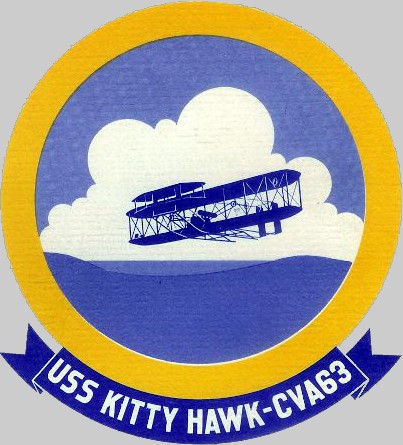
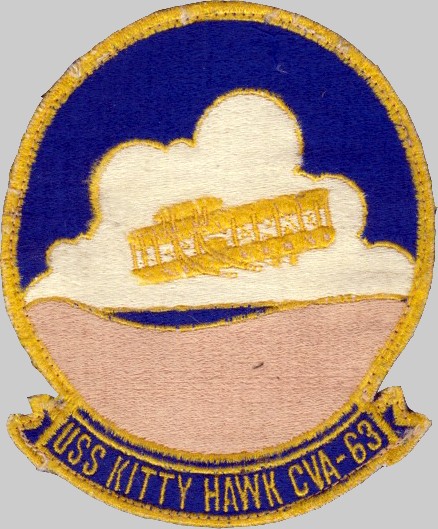 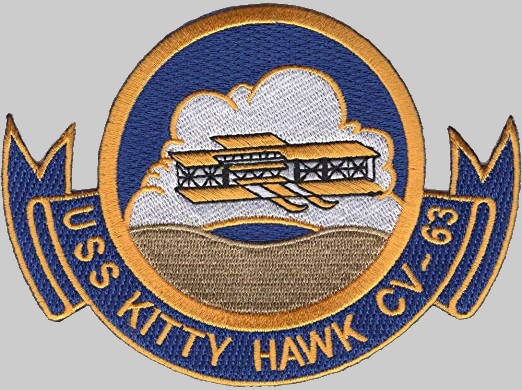 |
||
|
|
seaforces.org |
USN ships
start page | |
